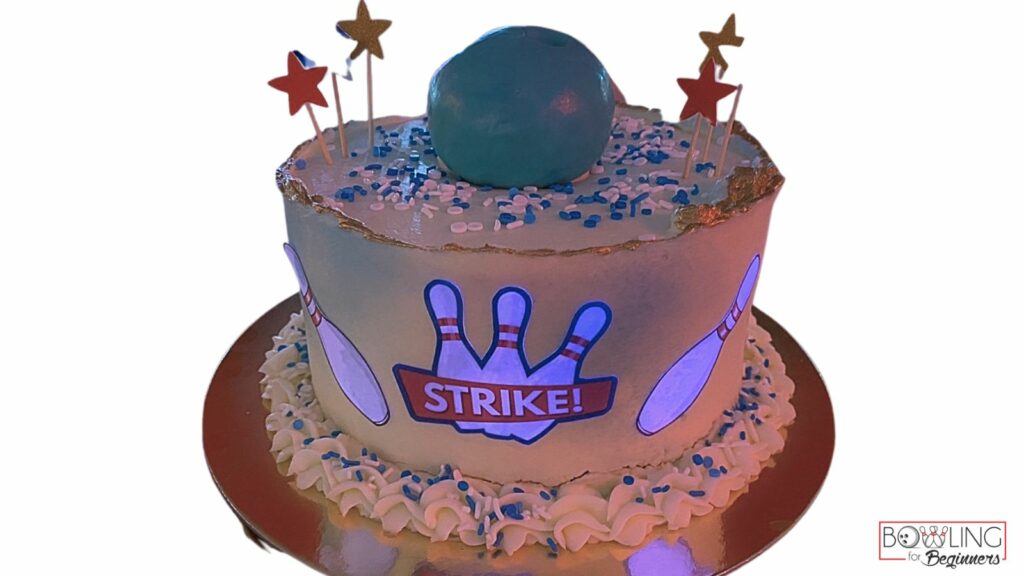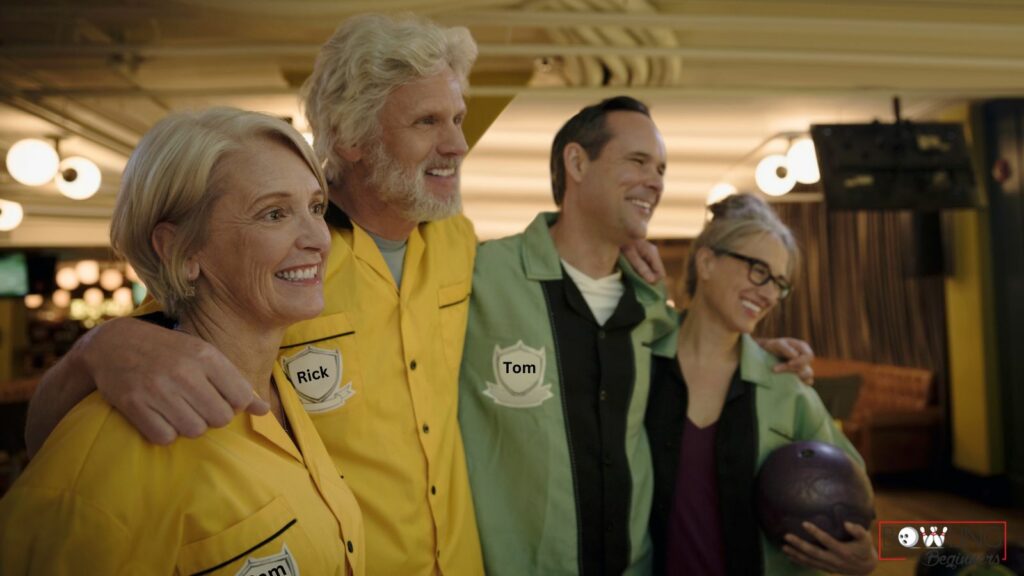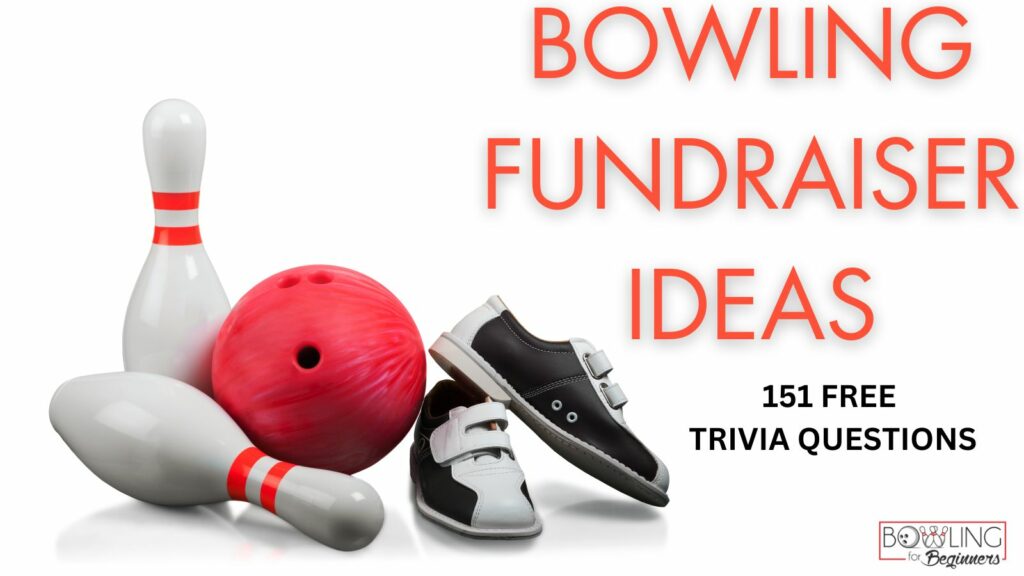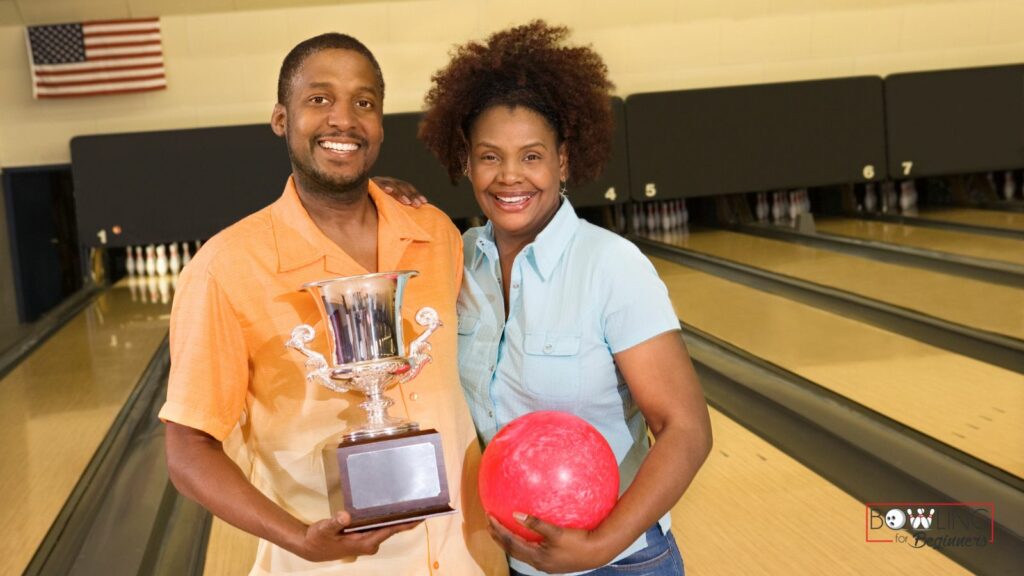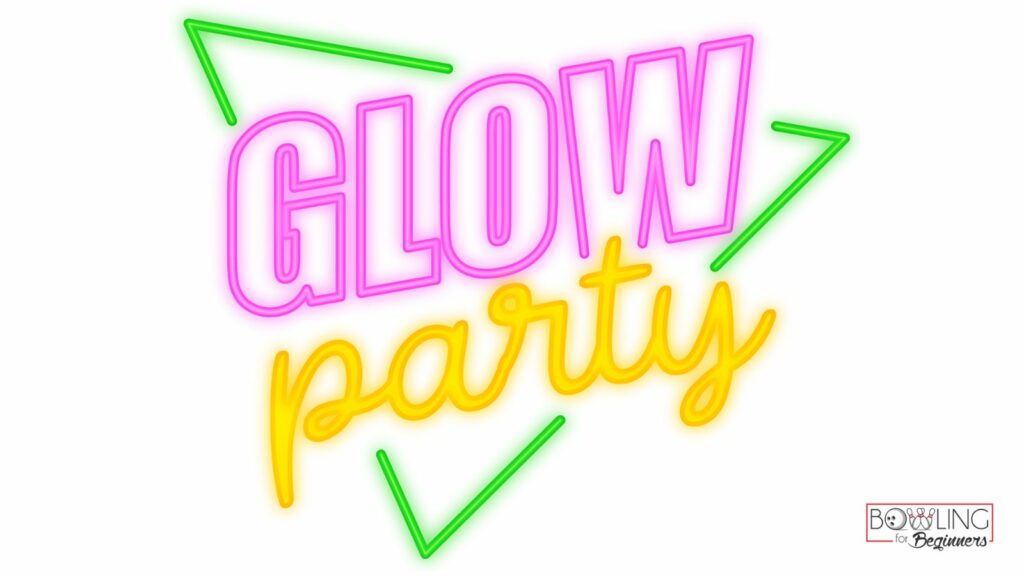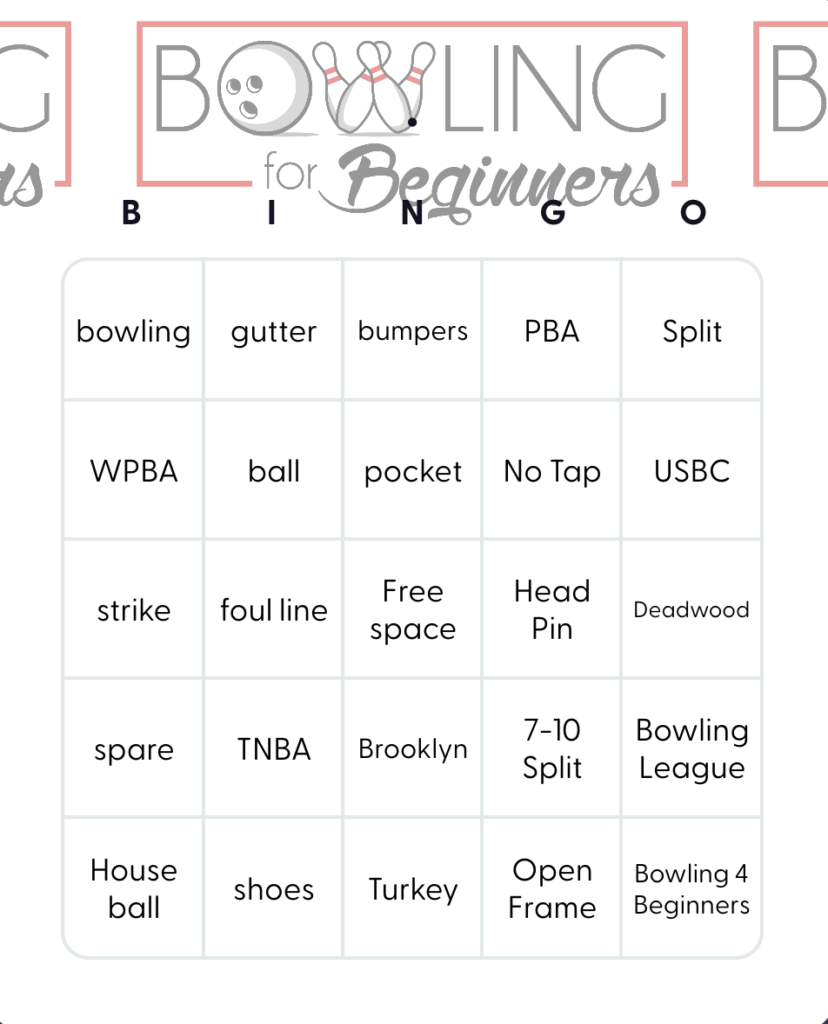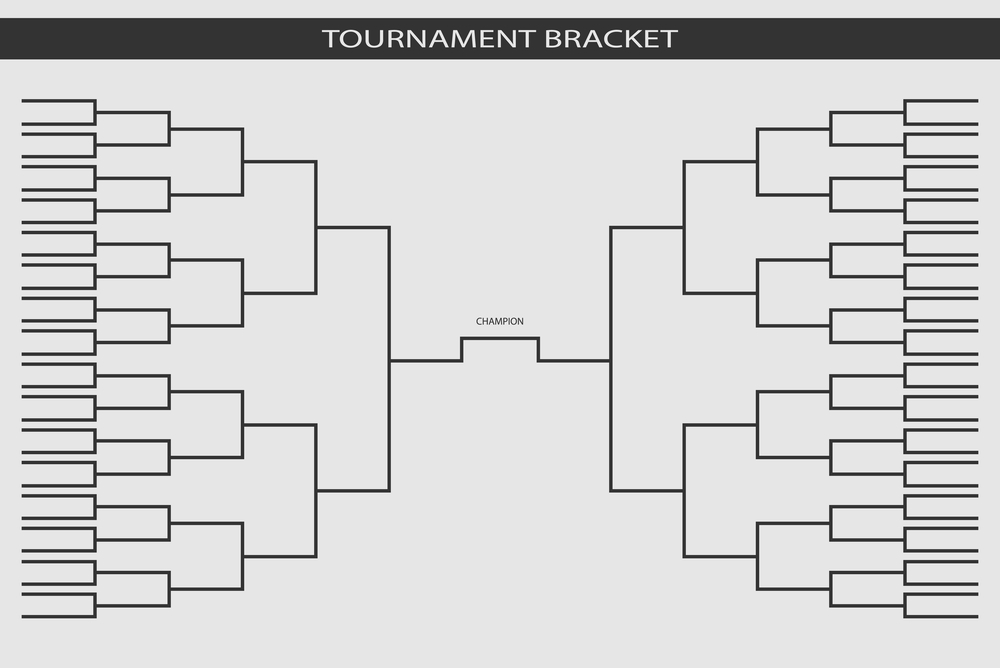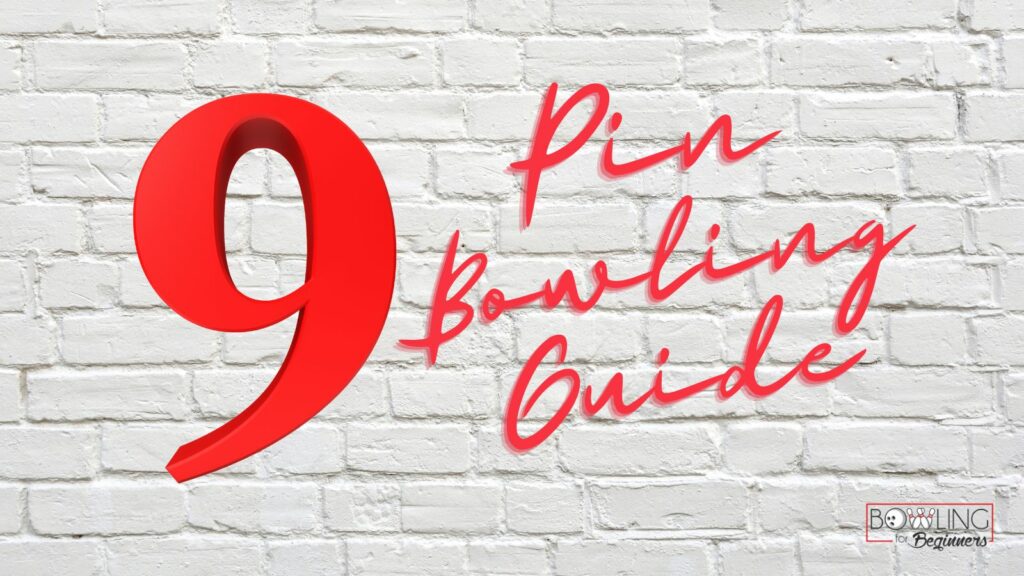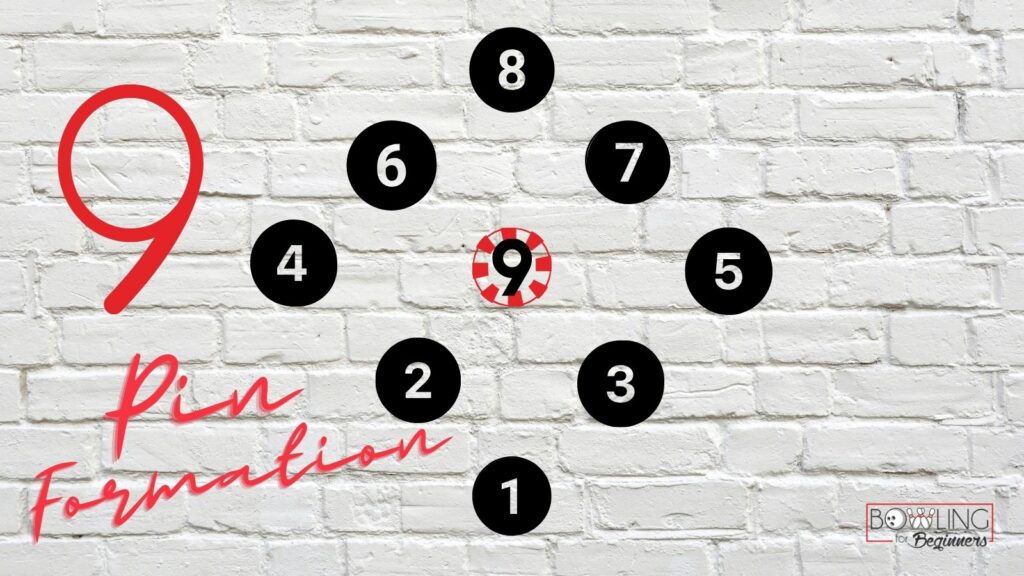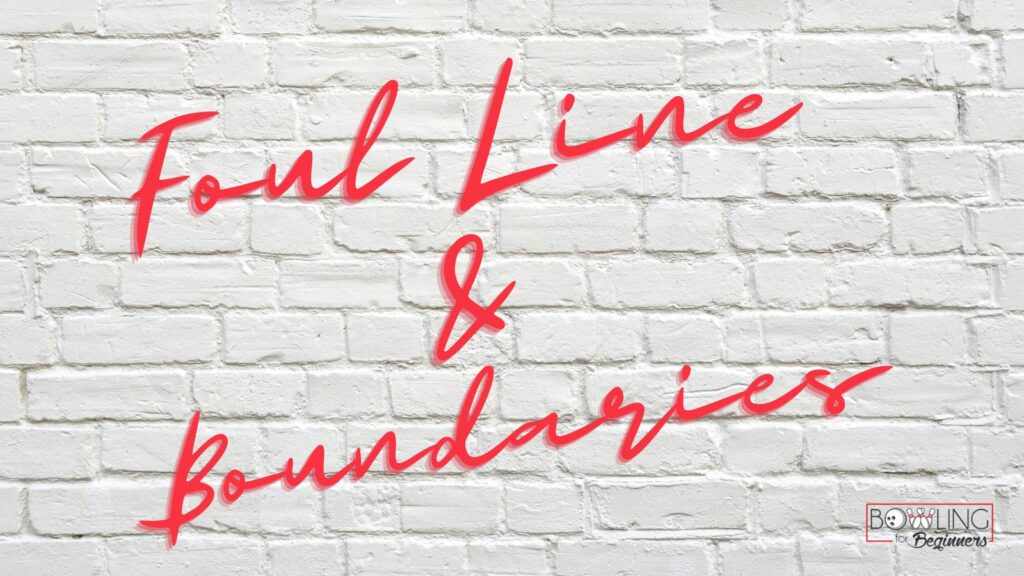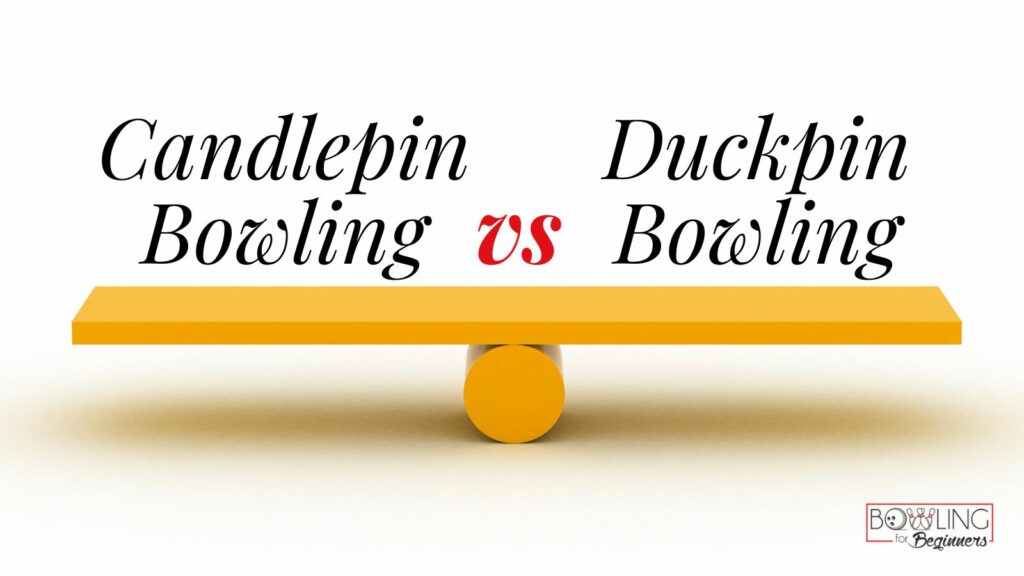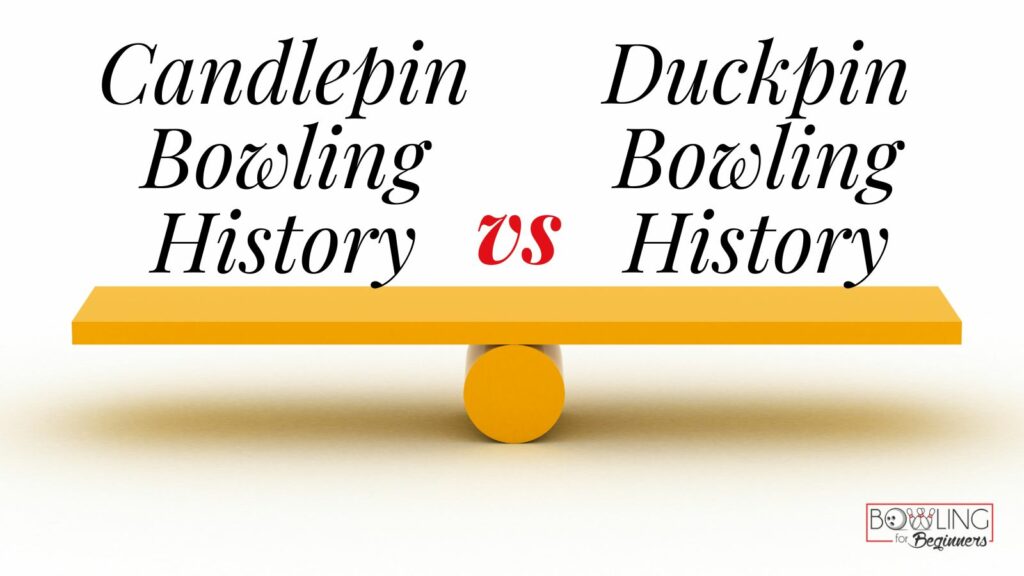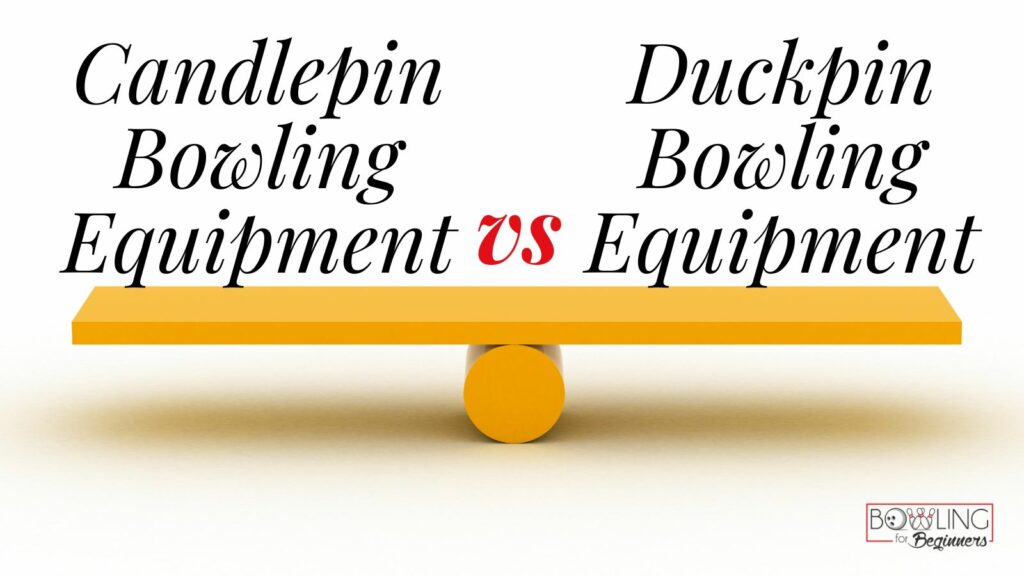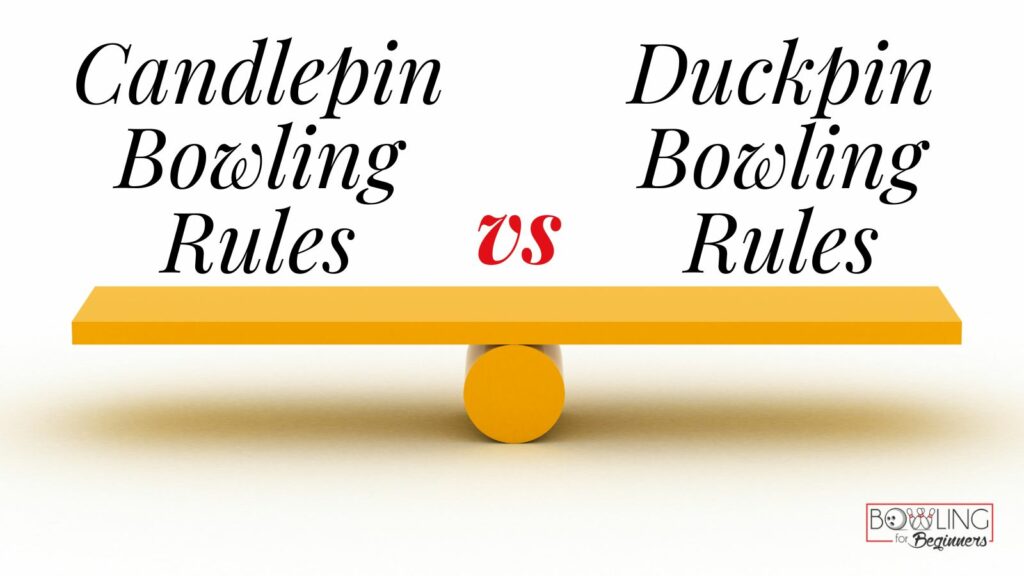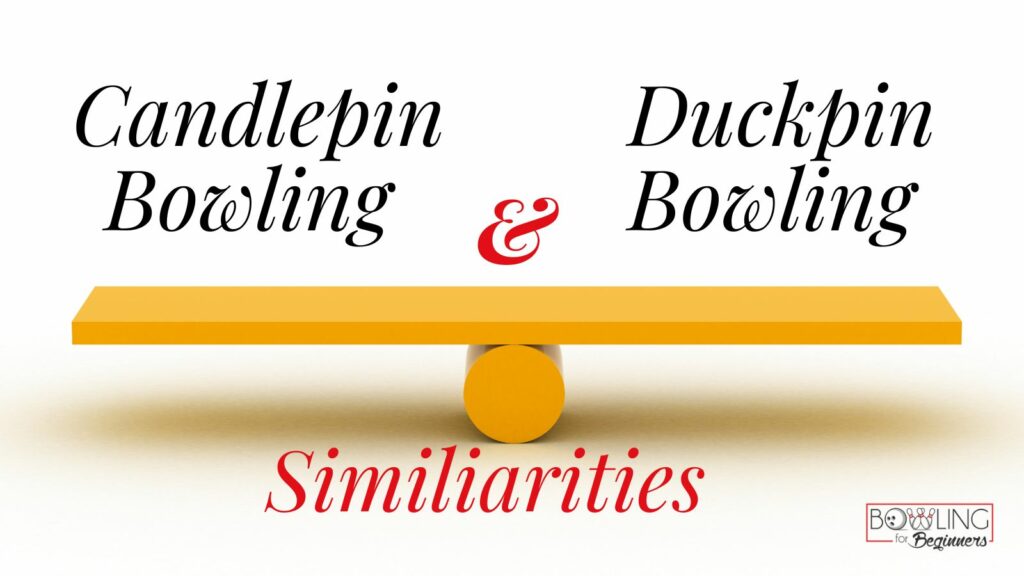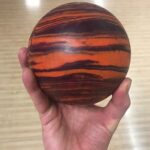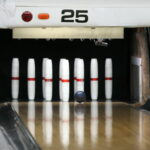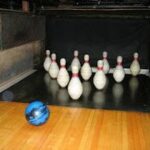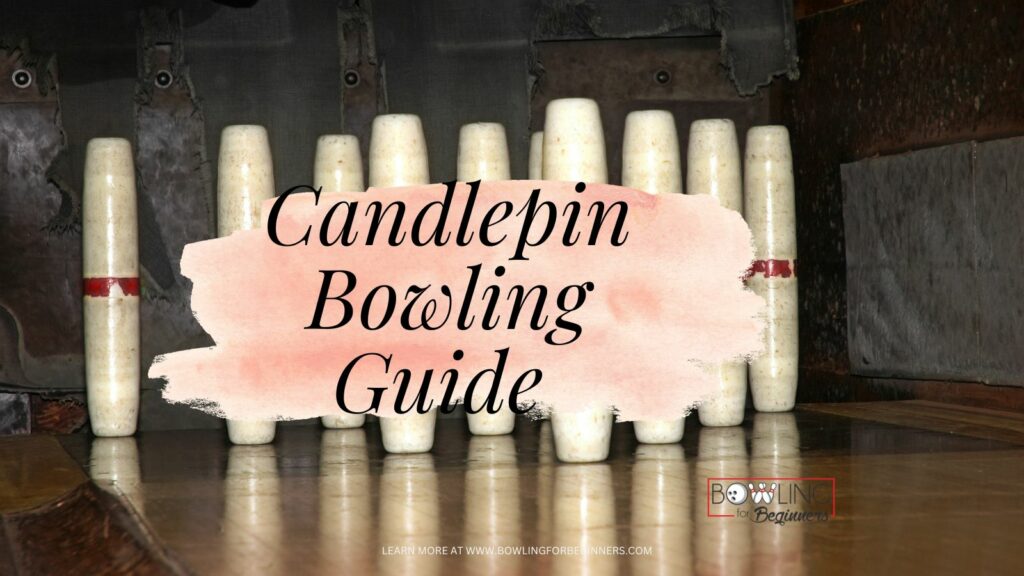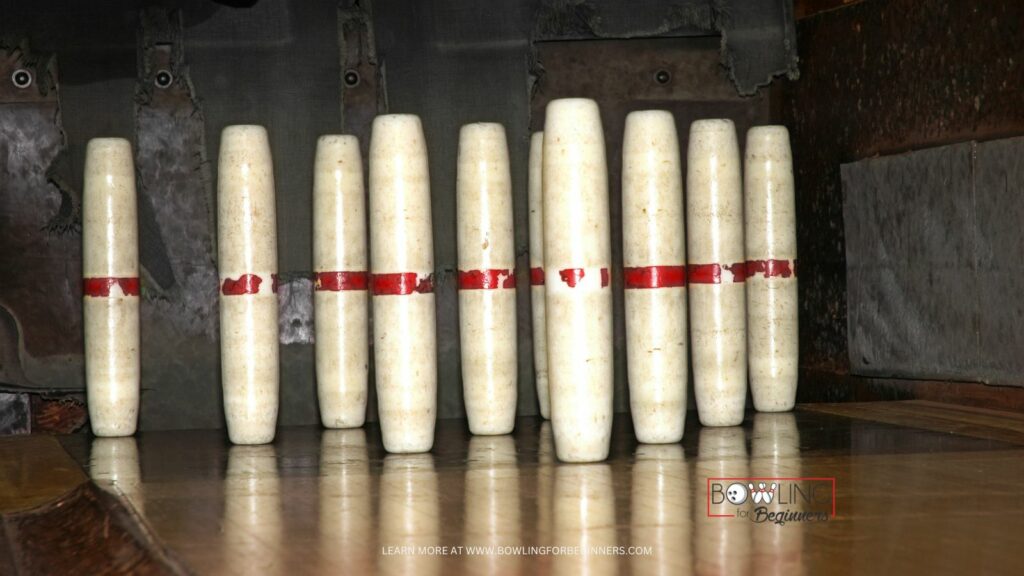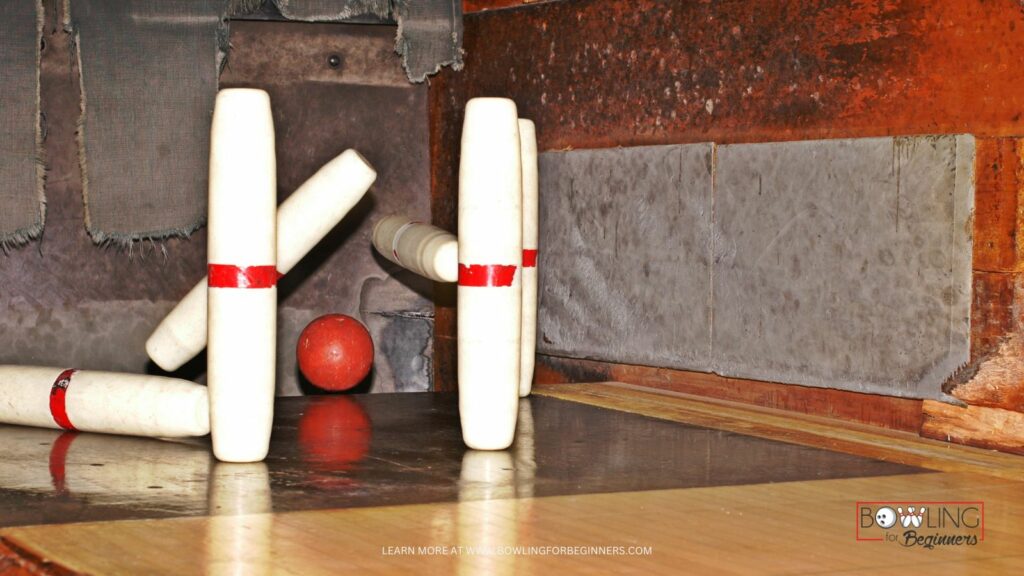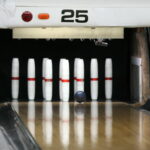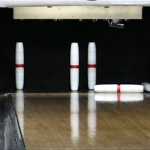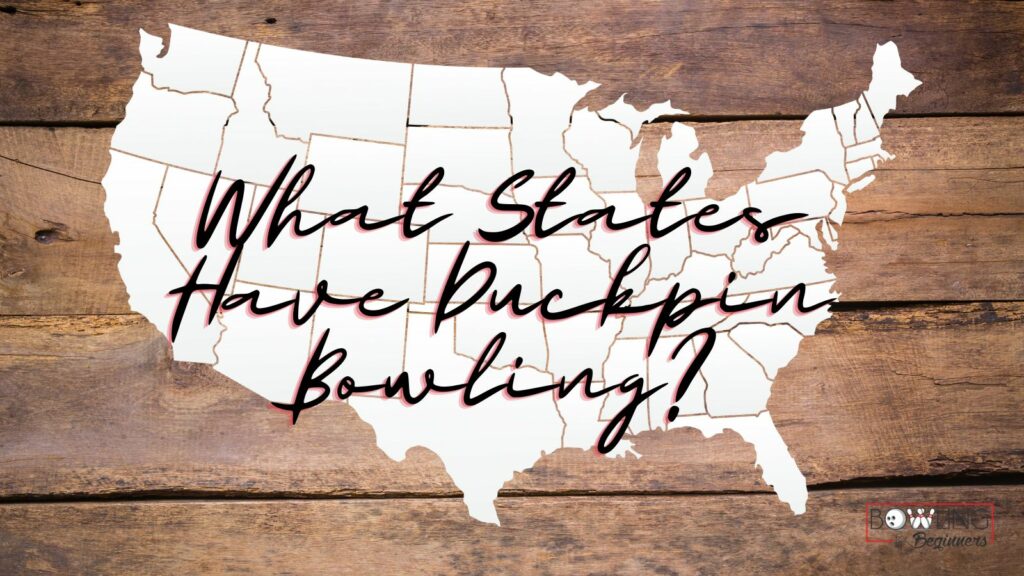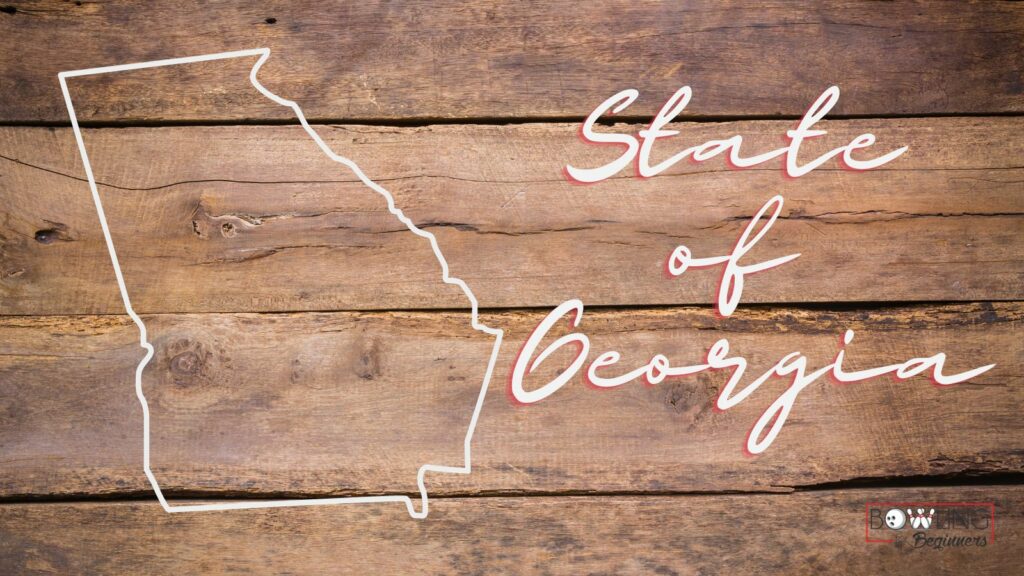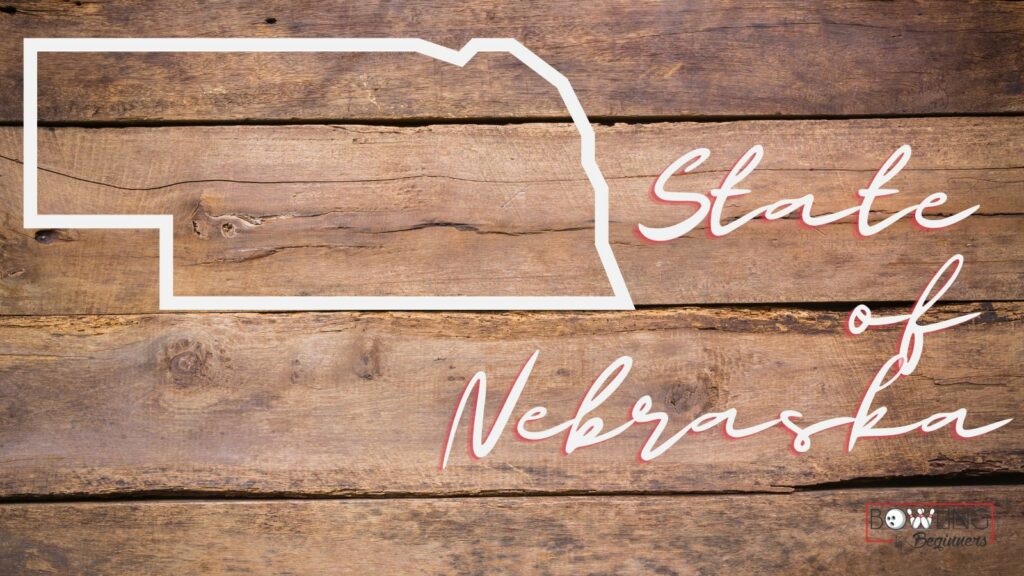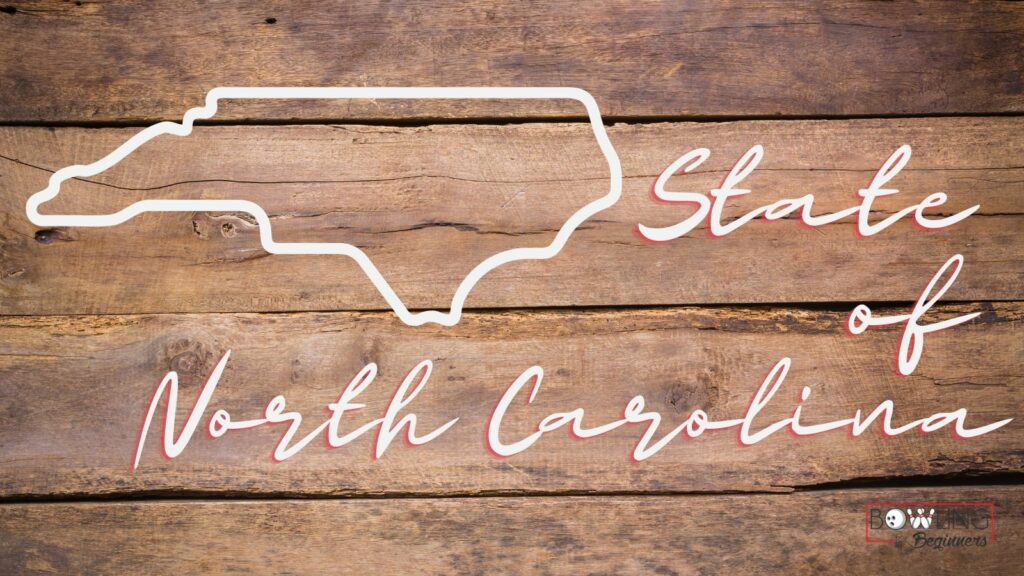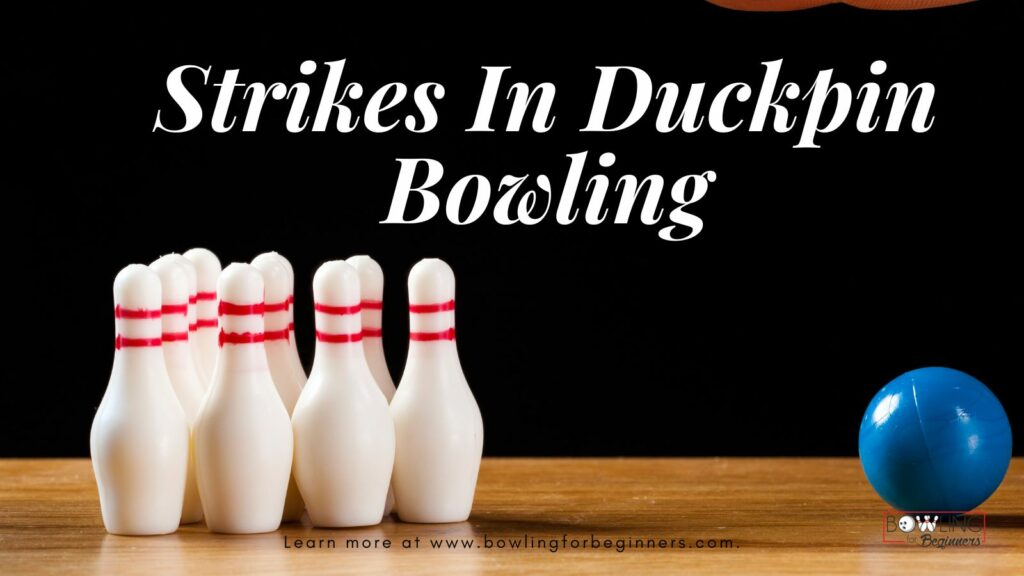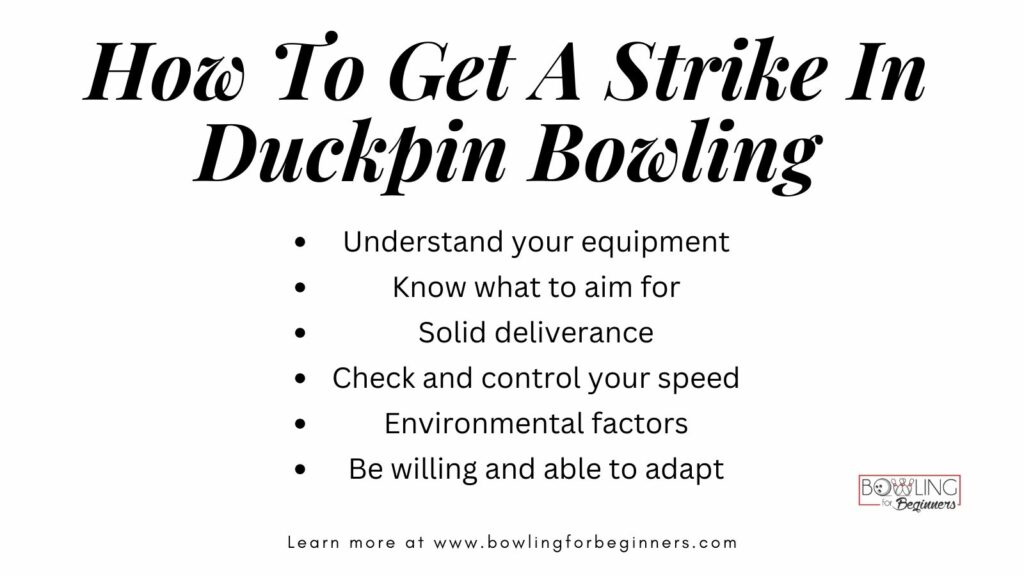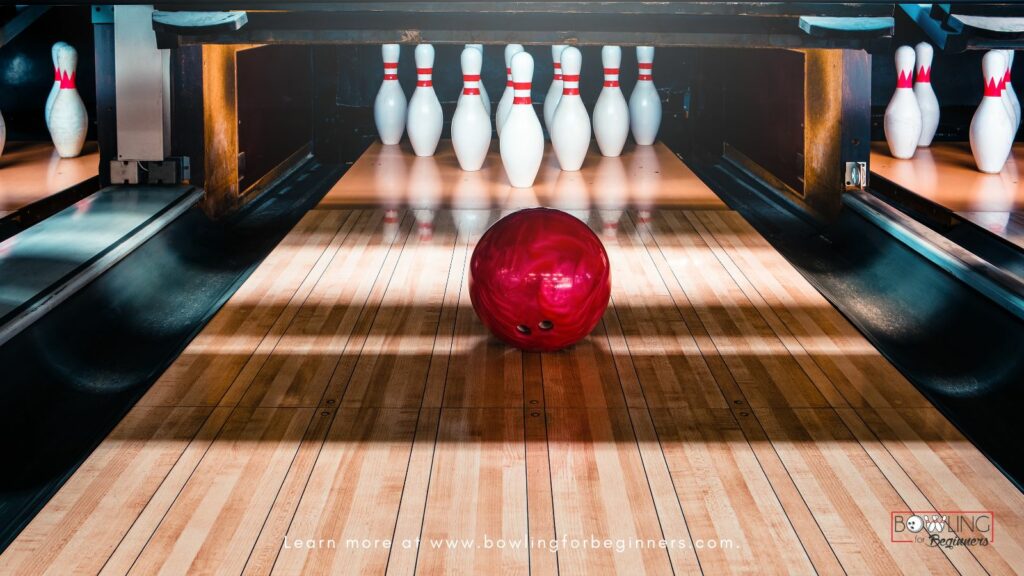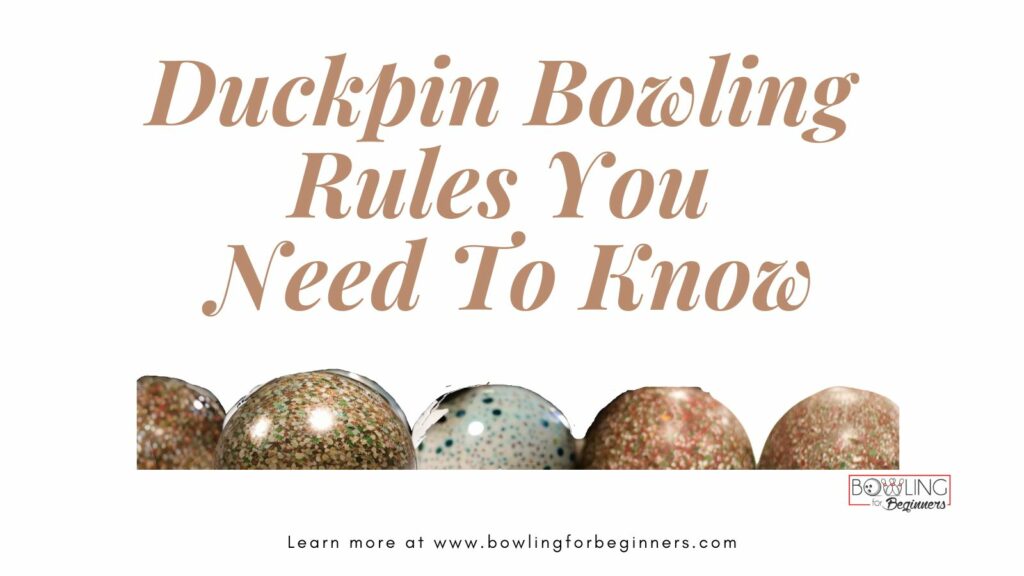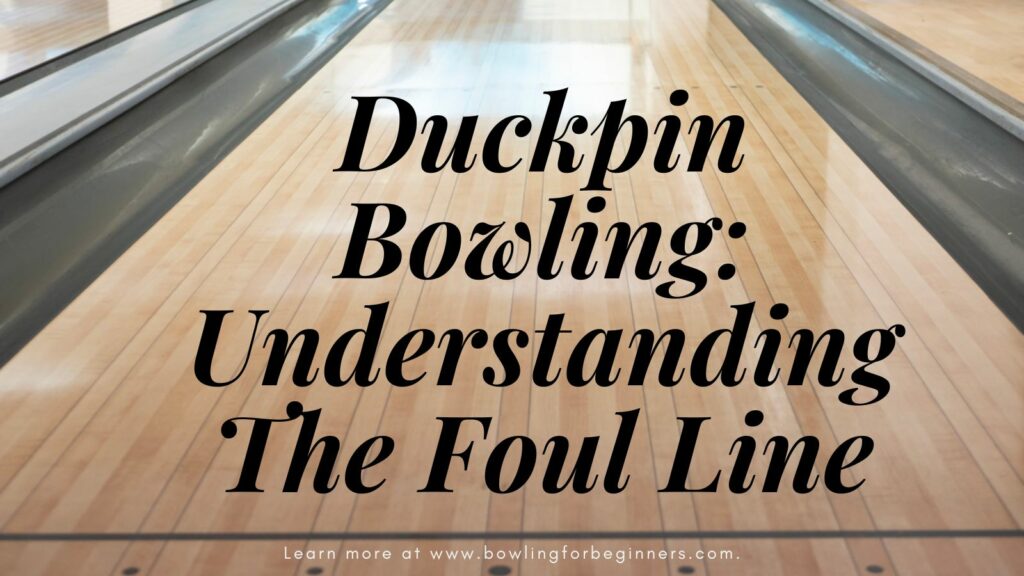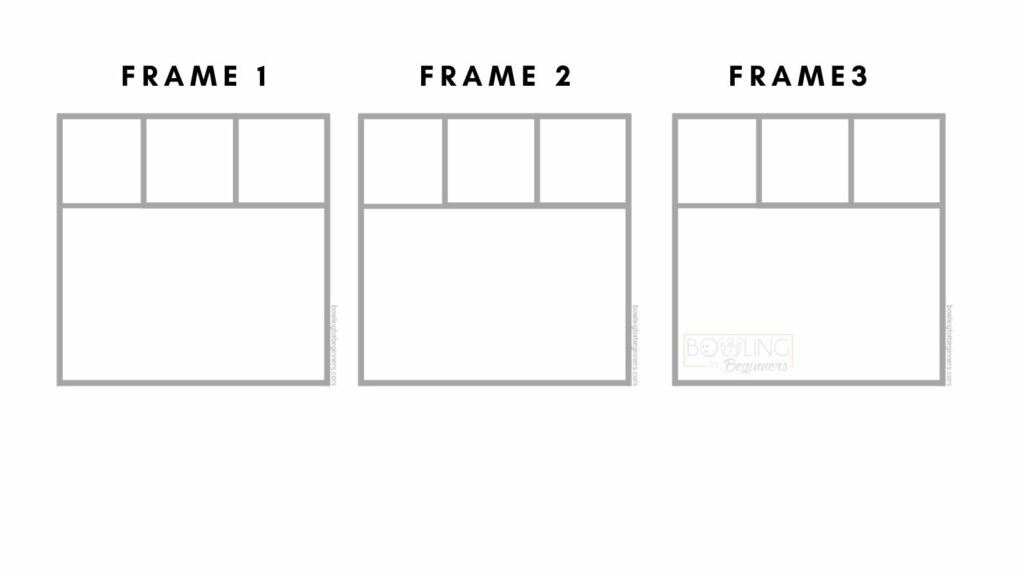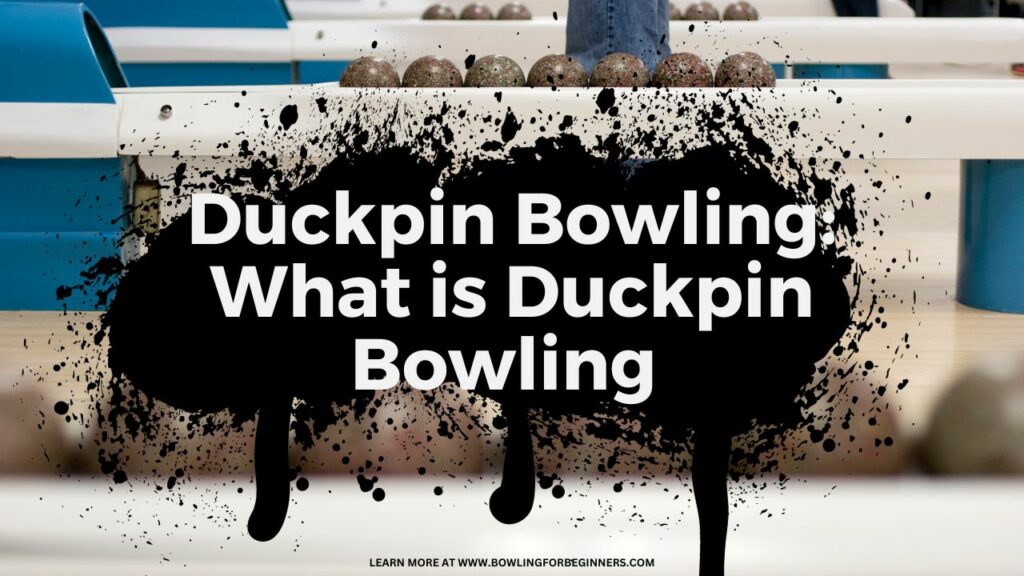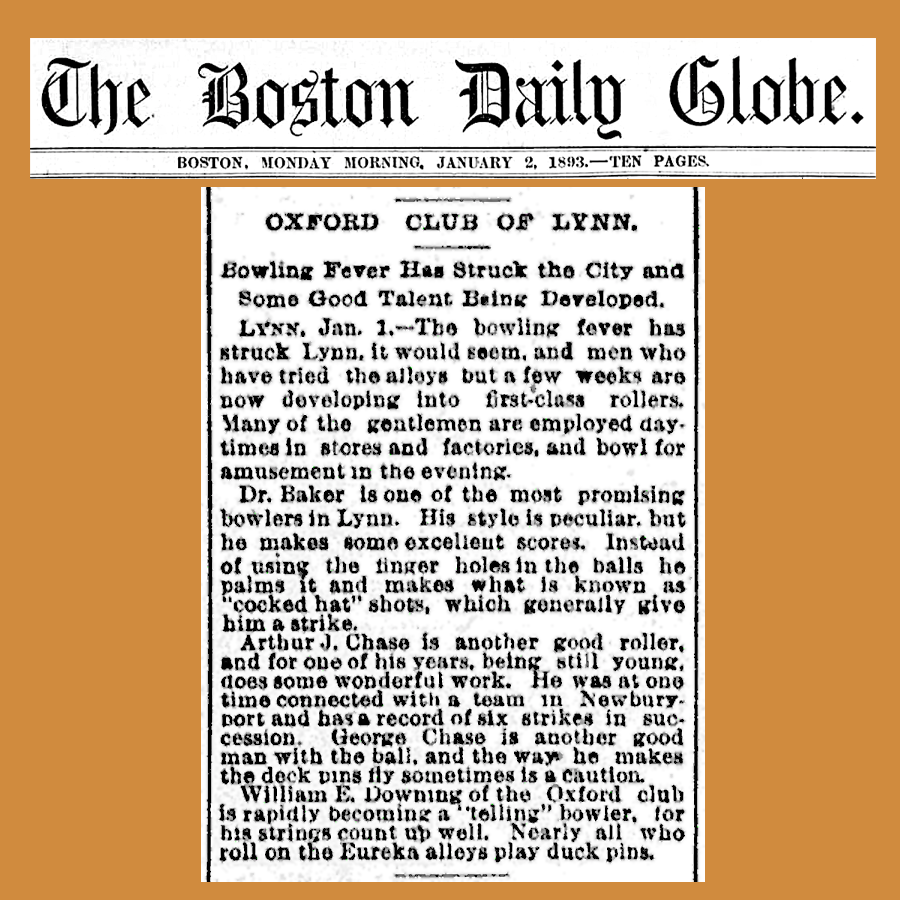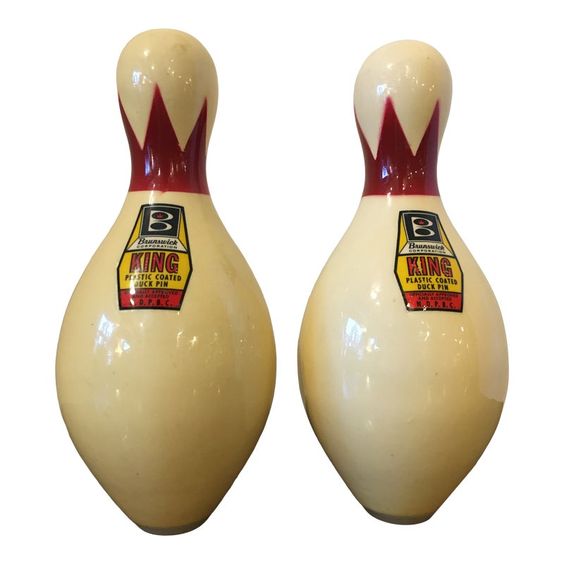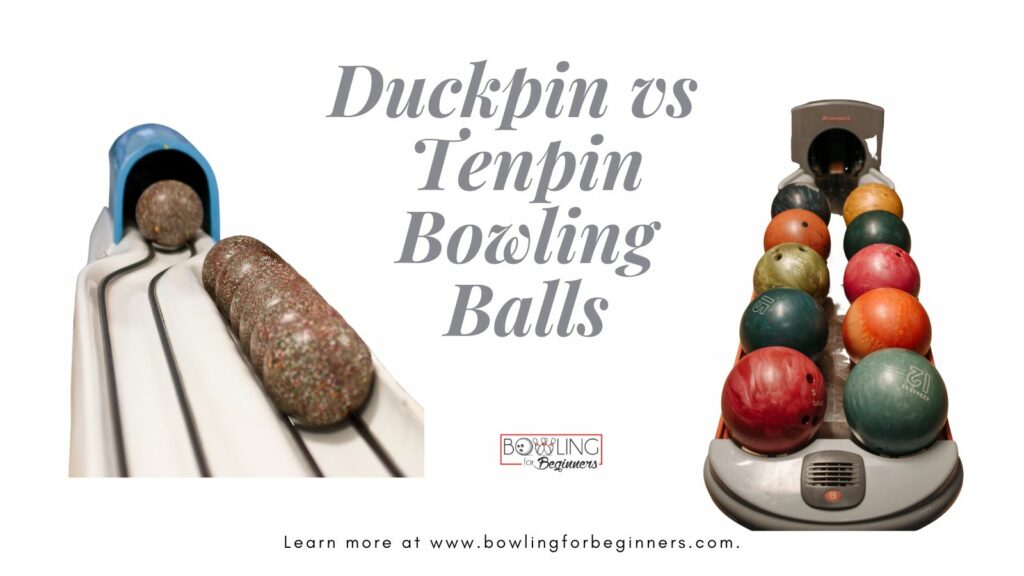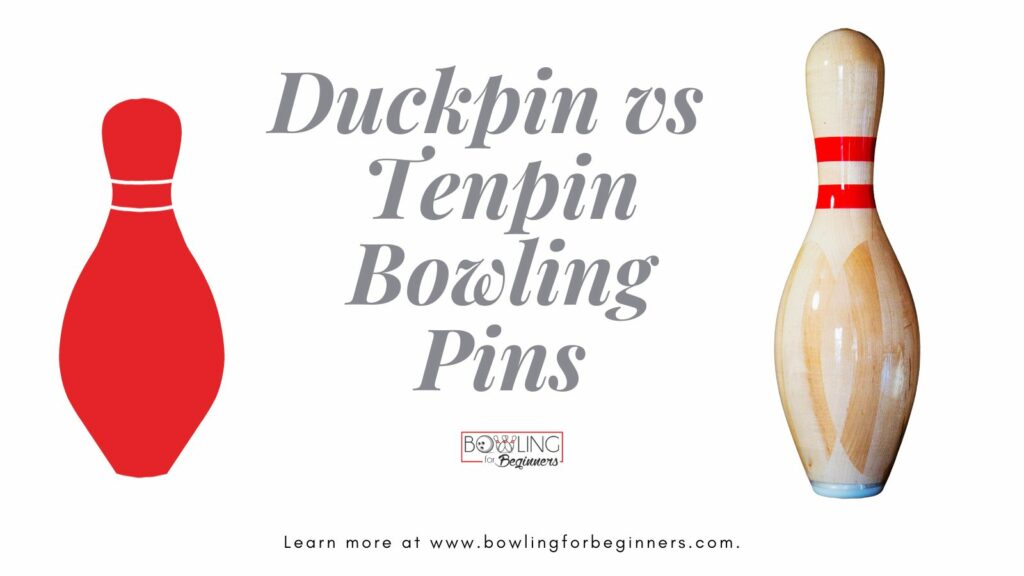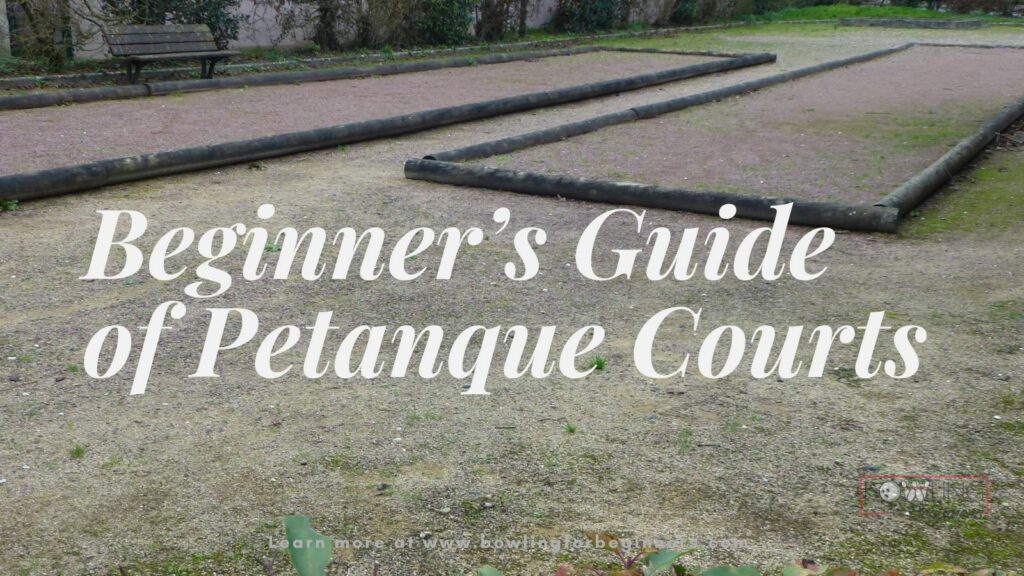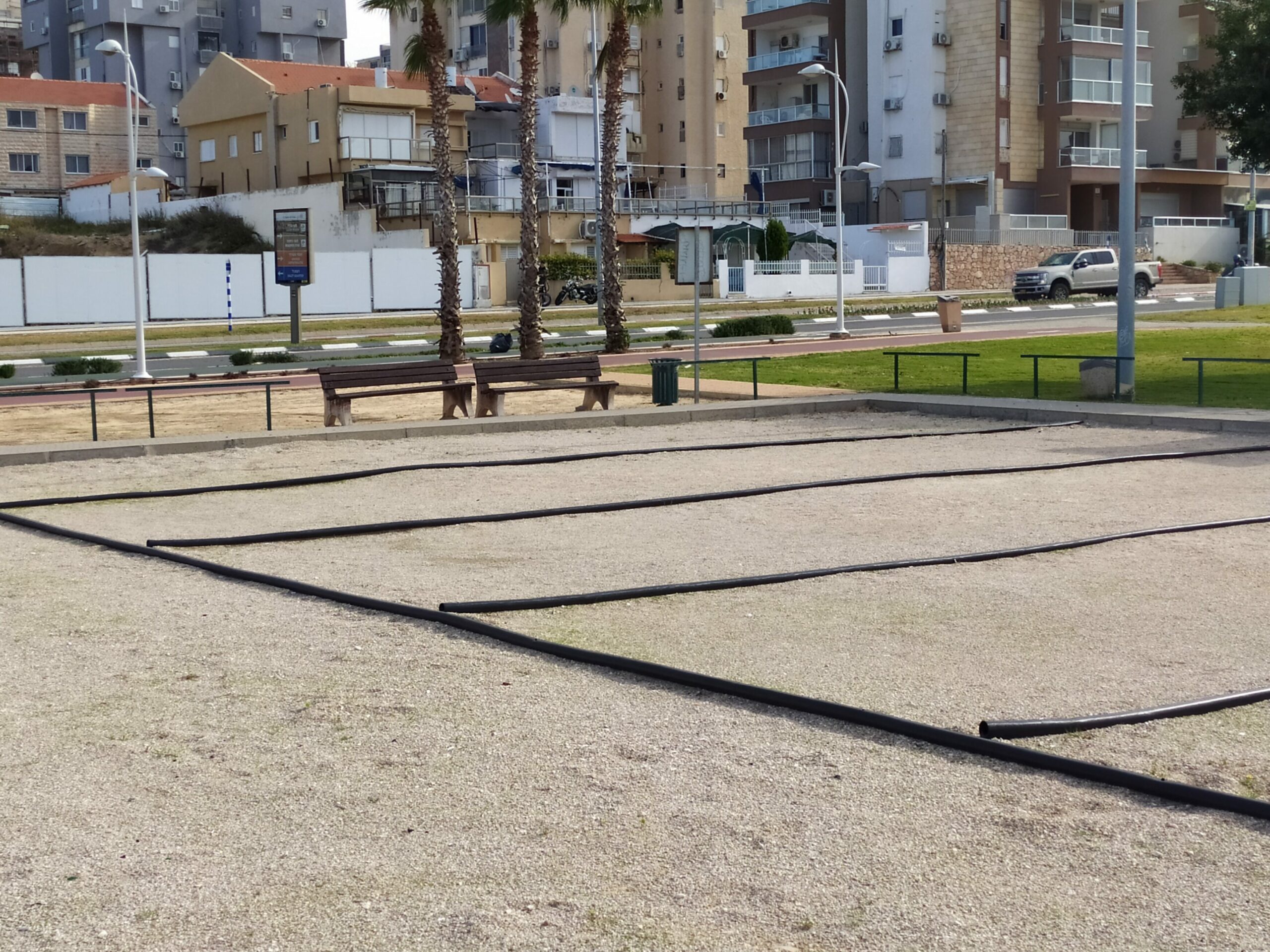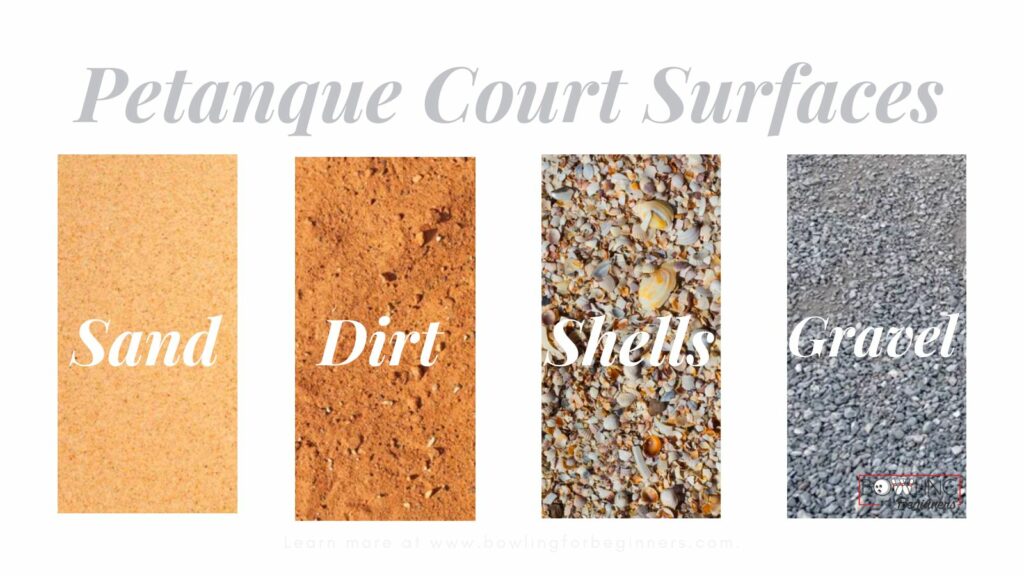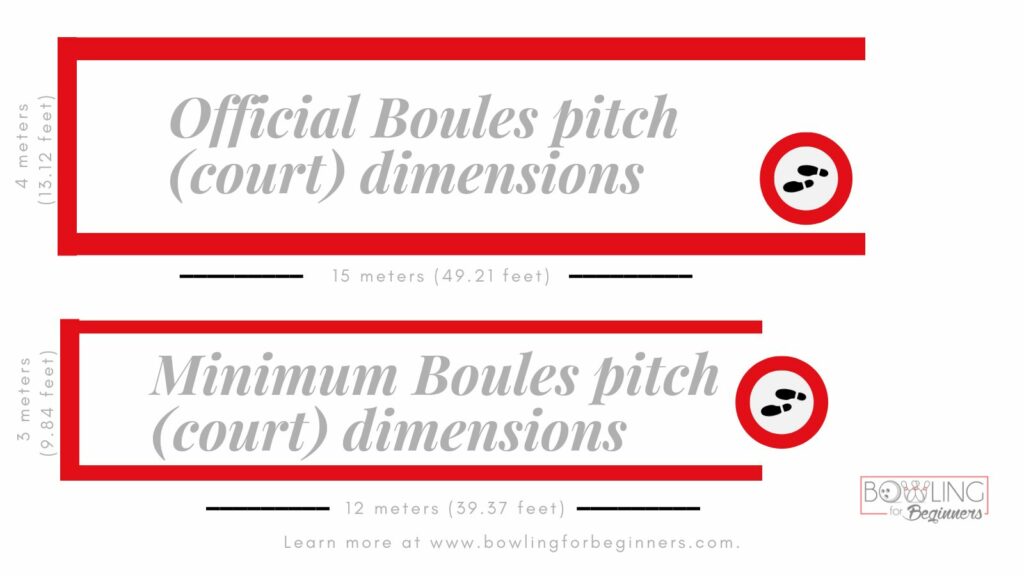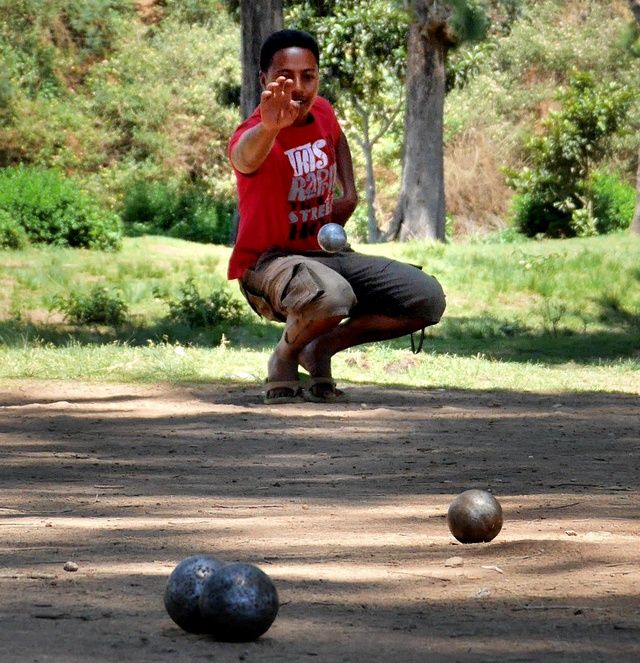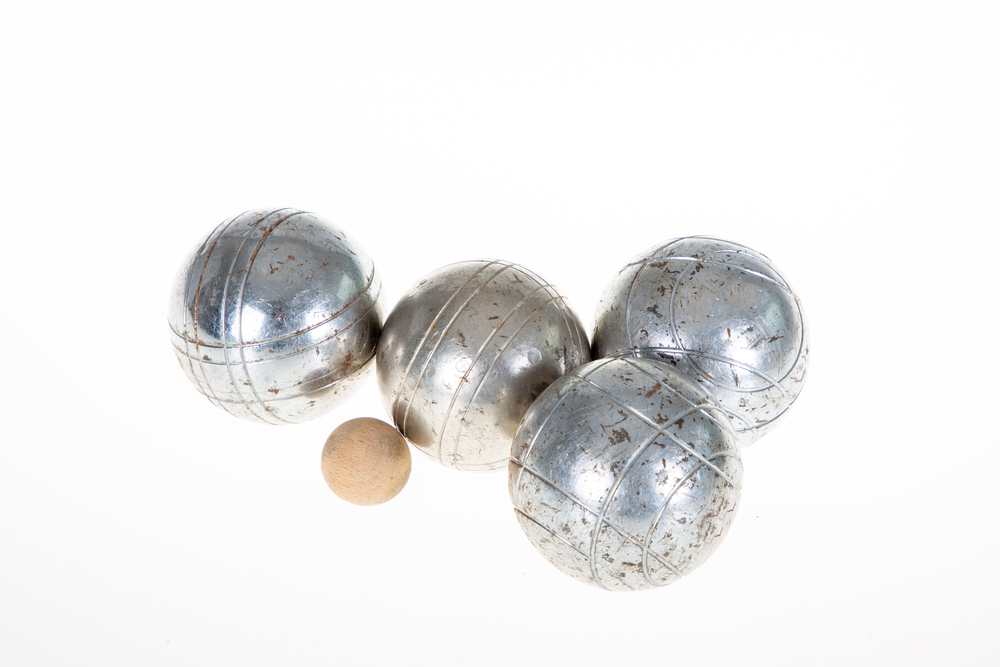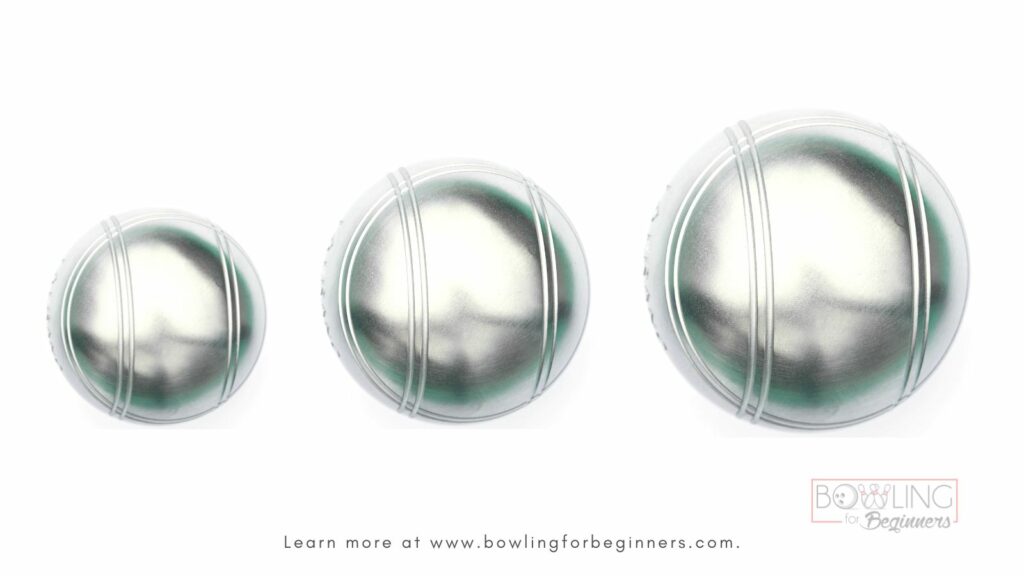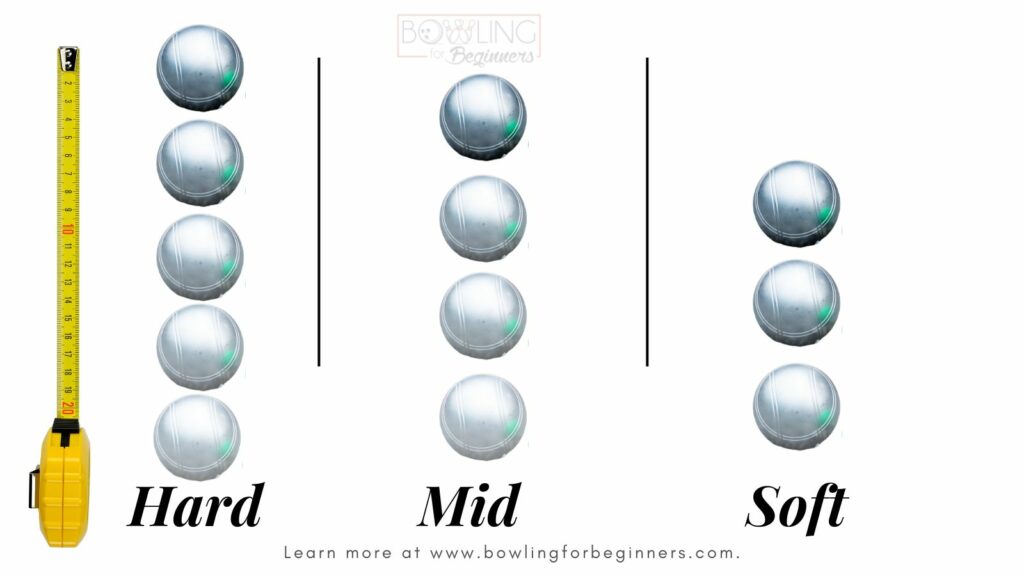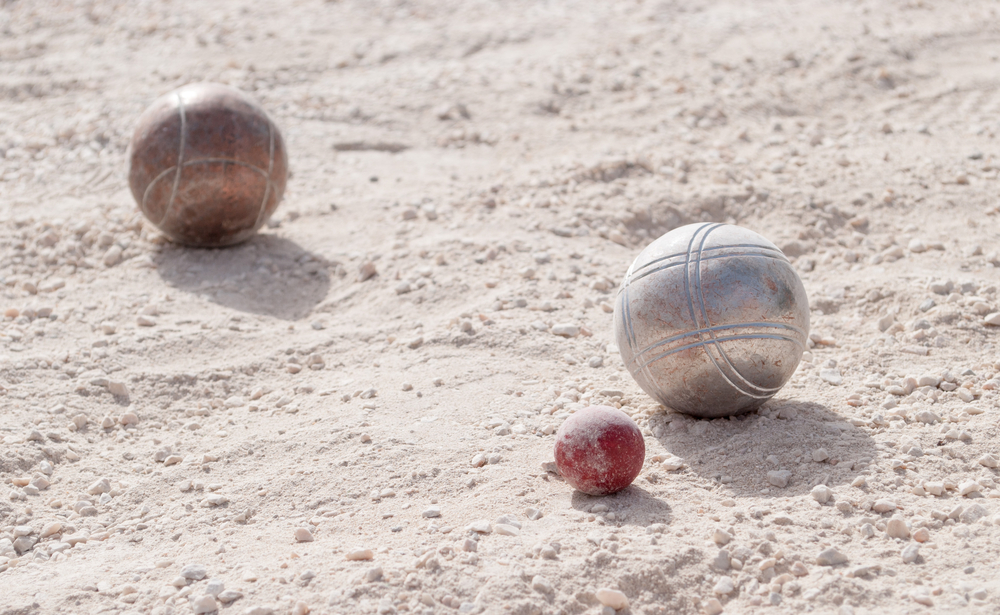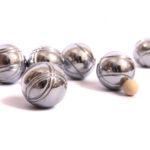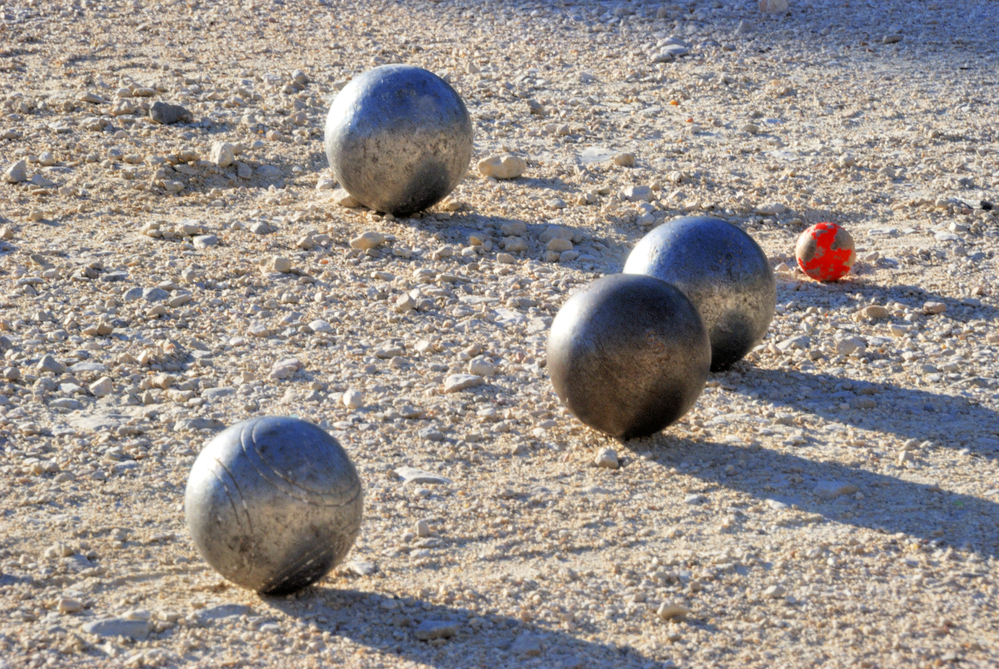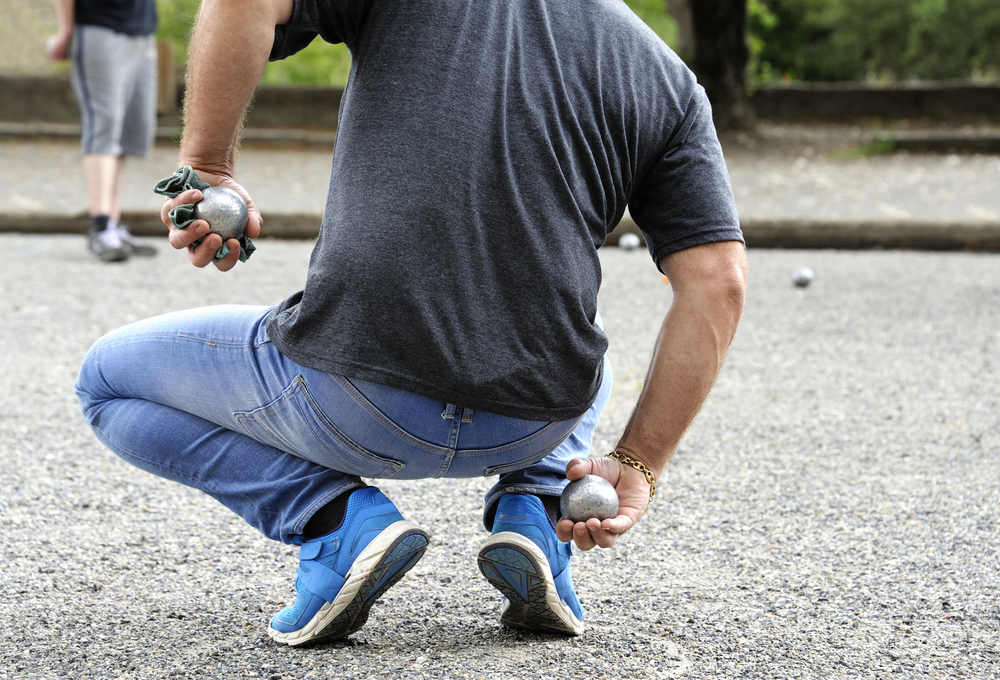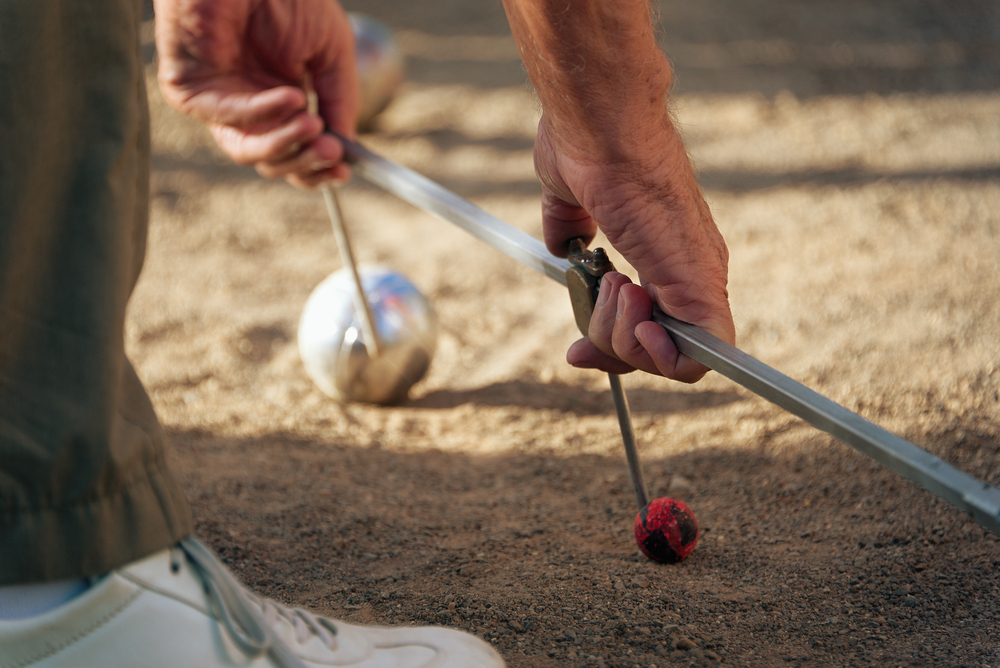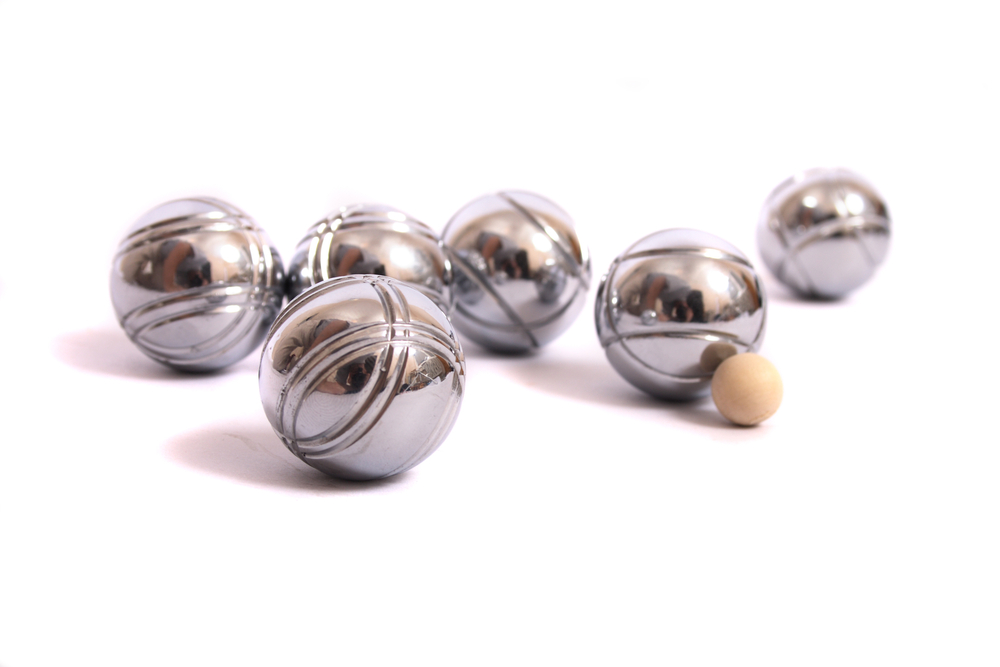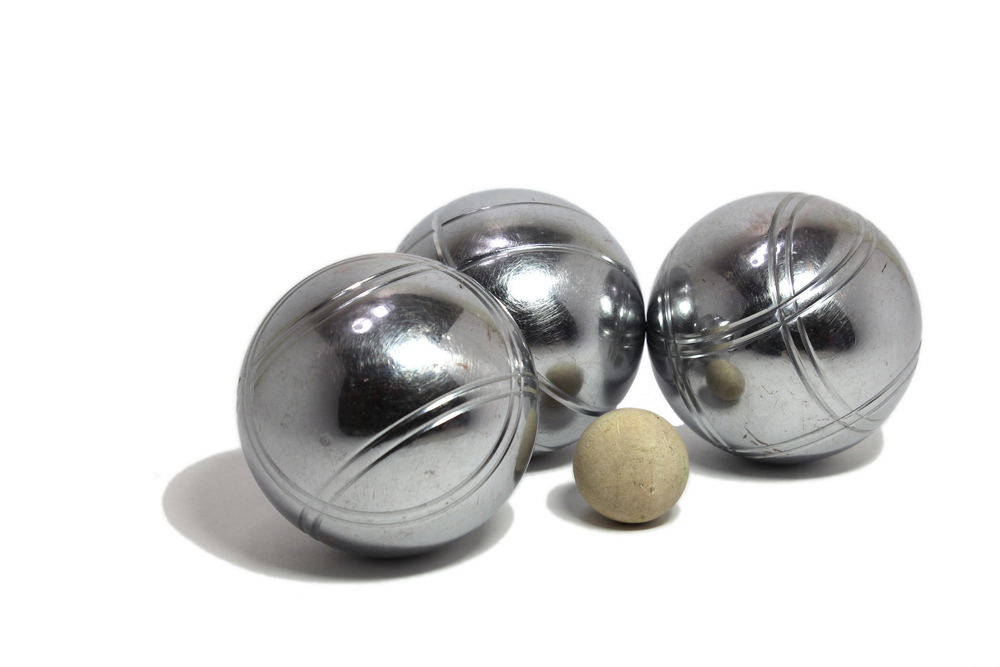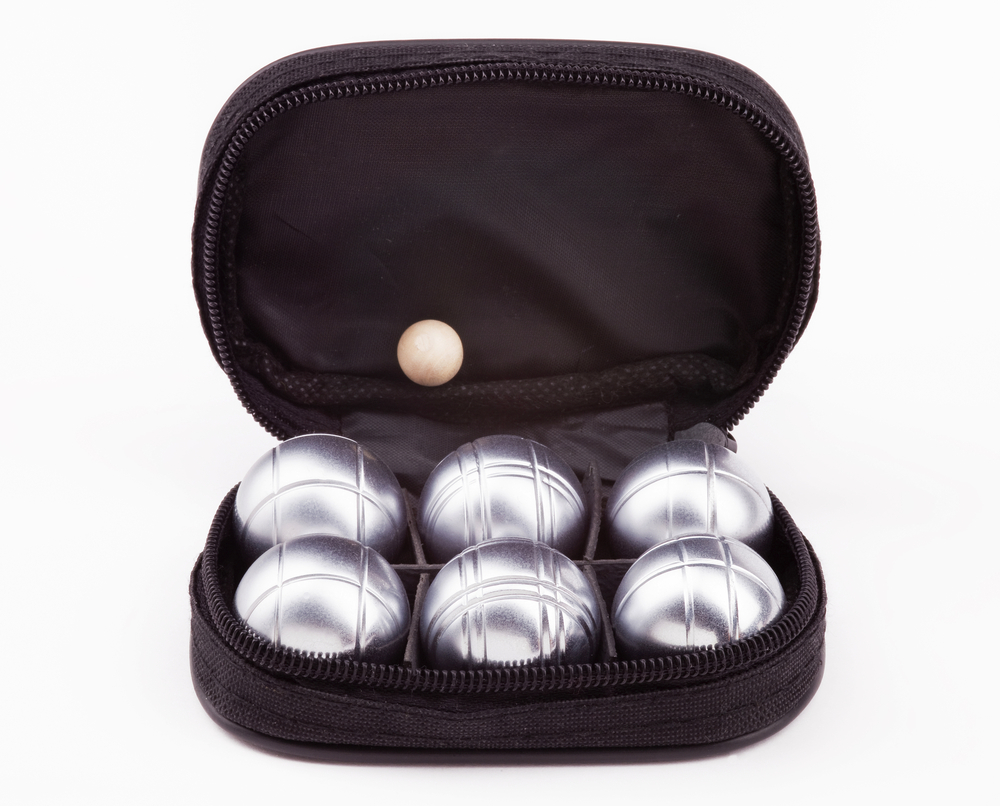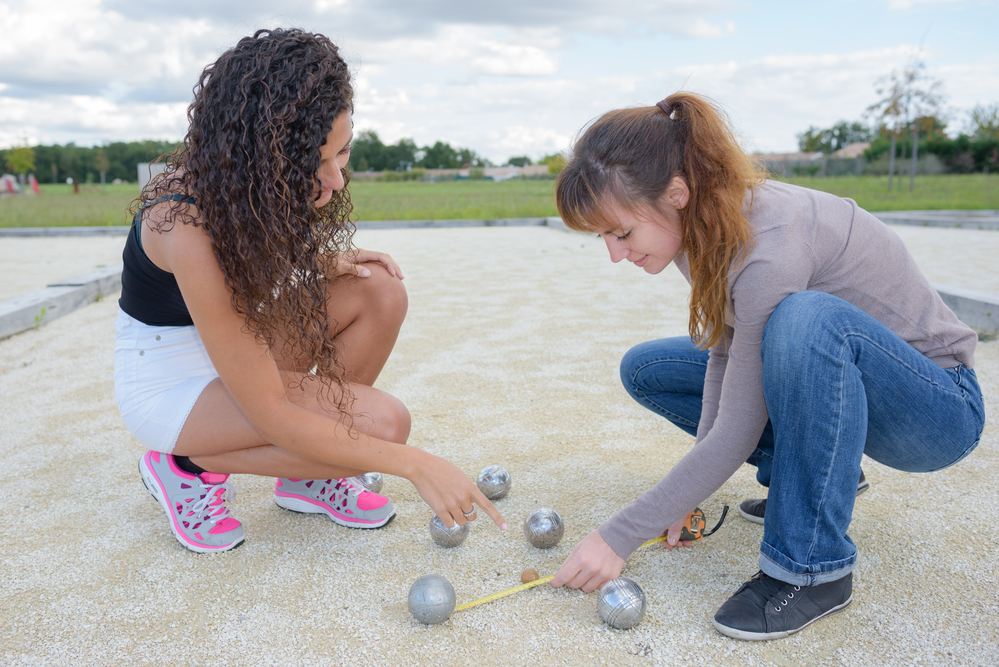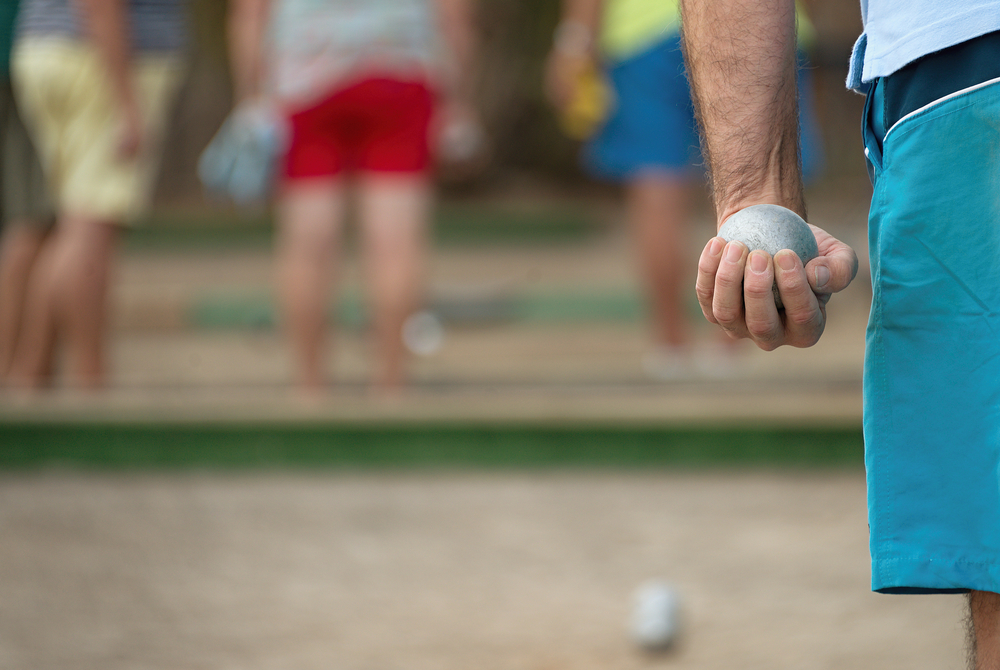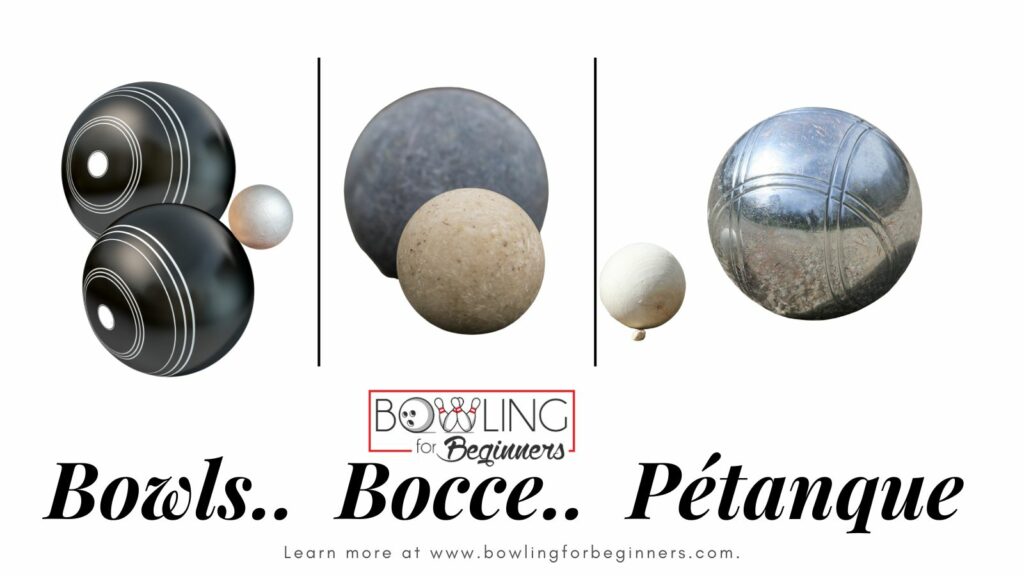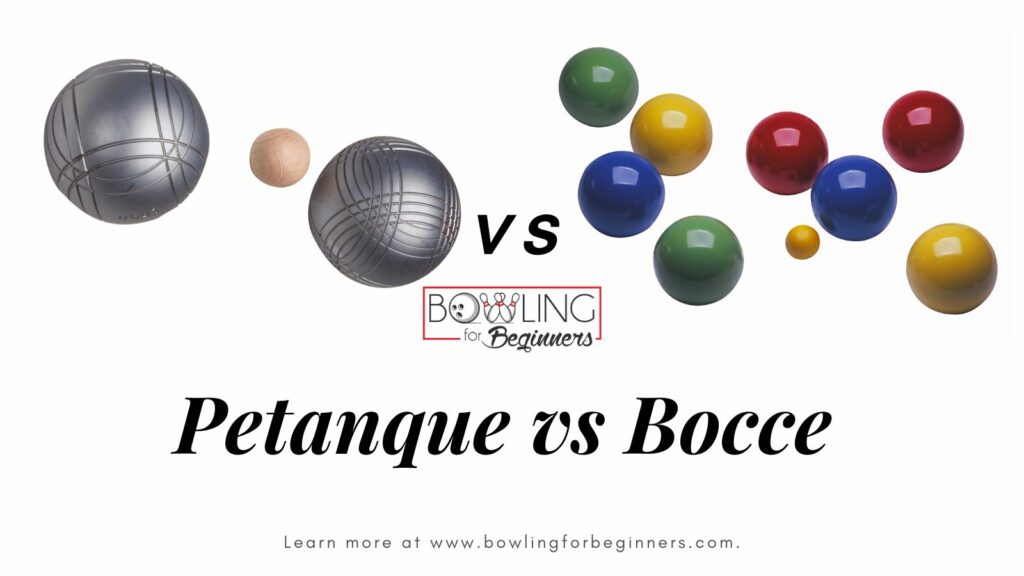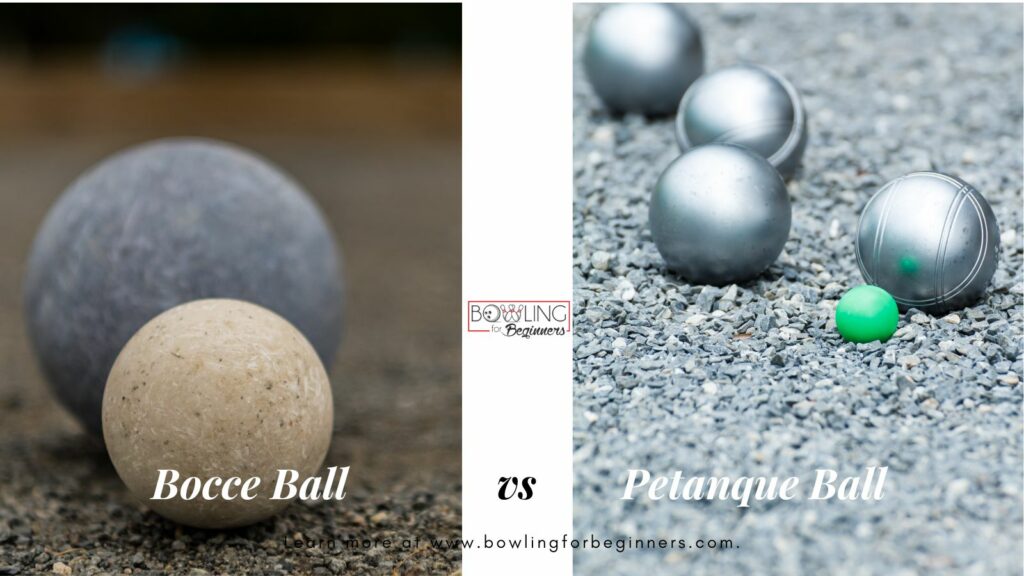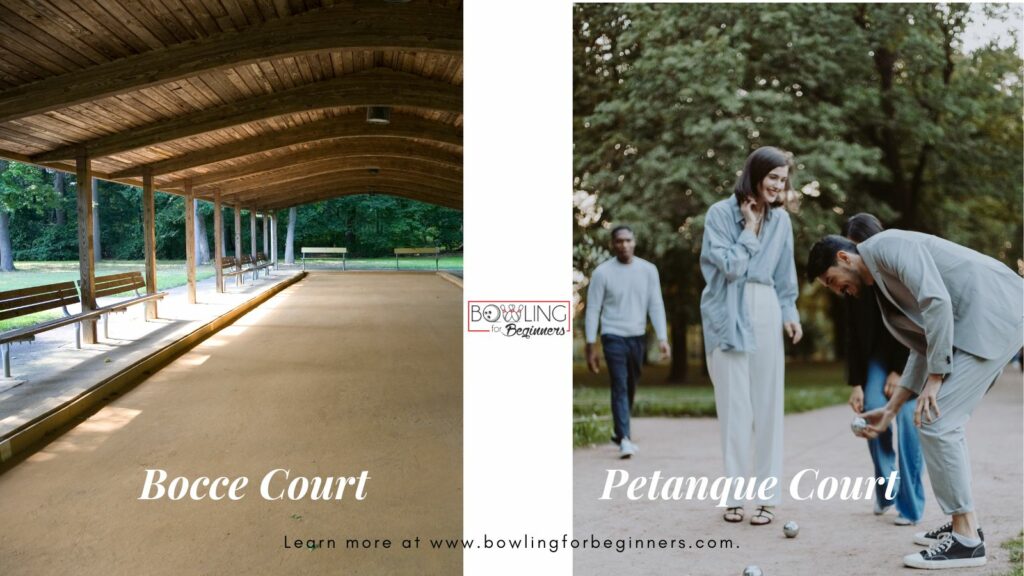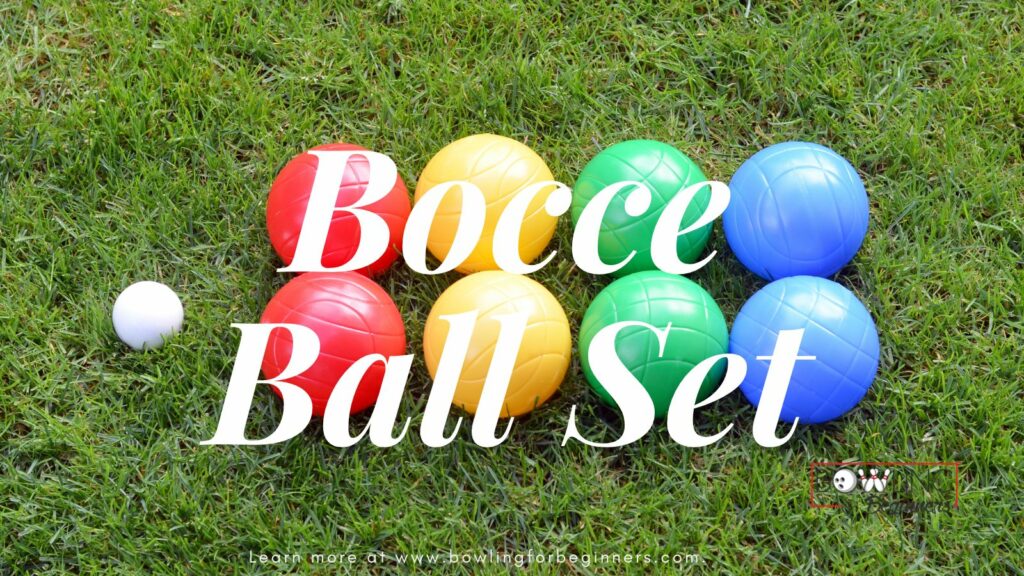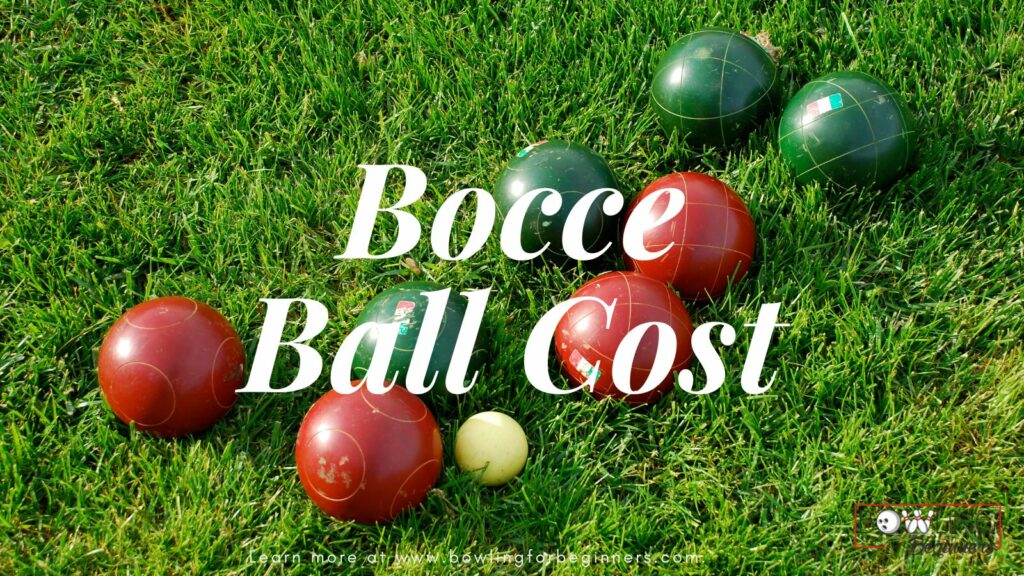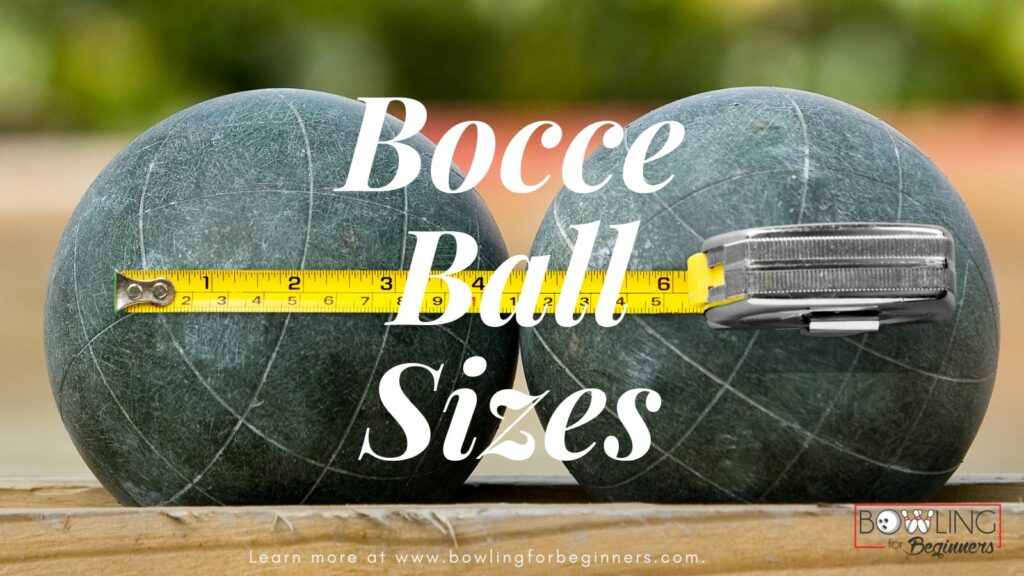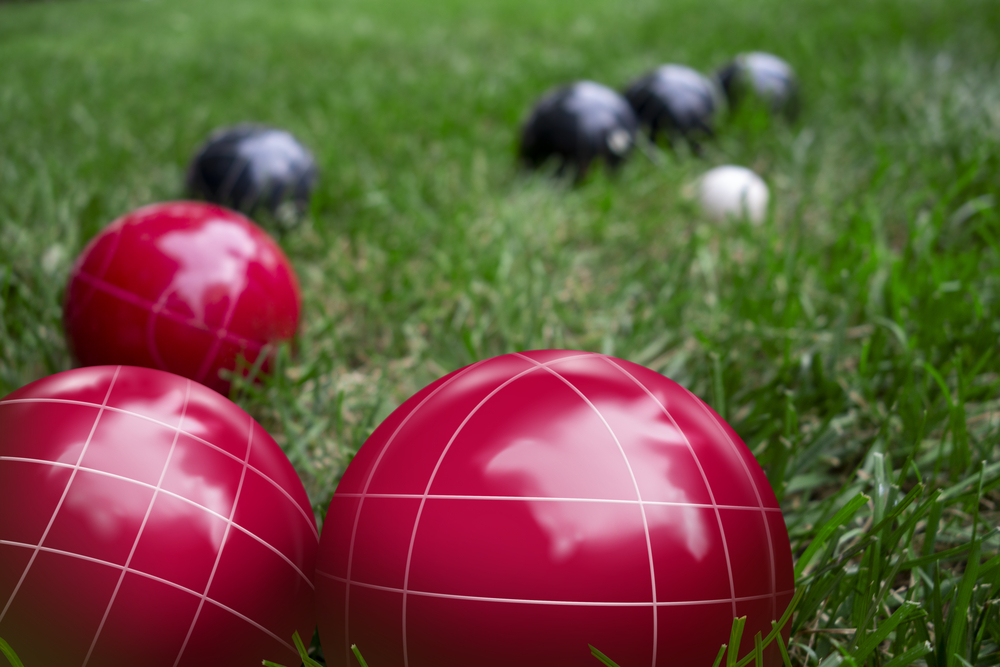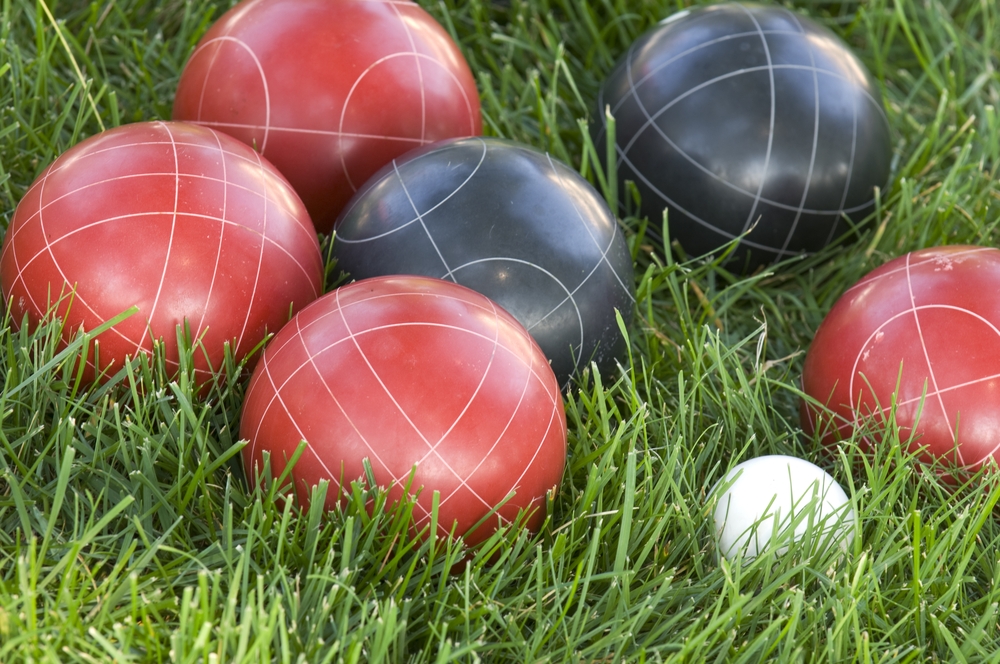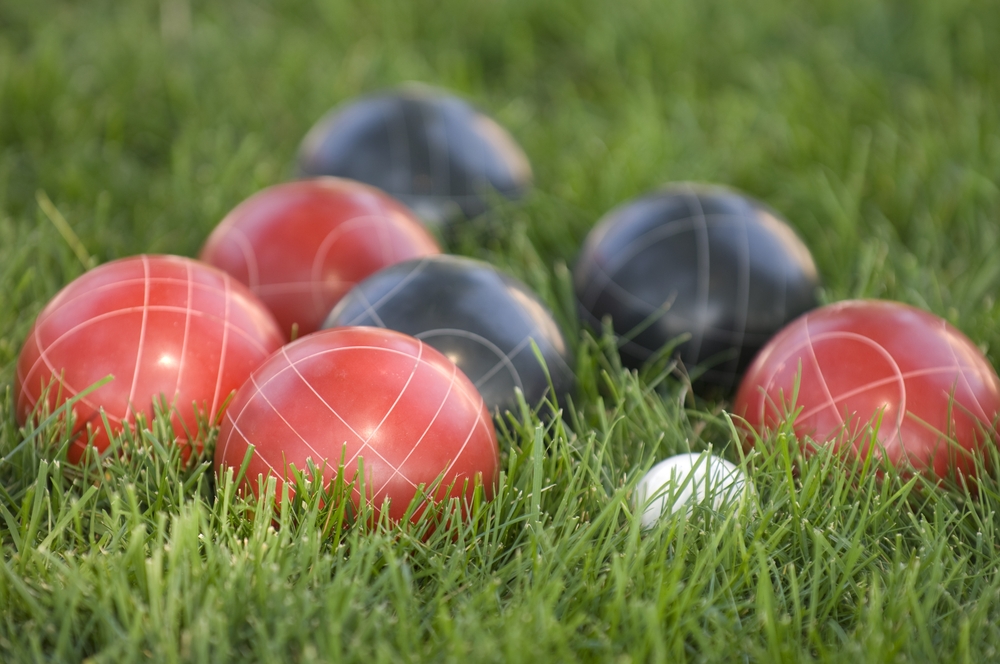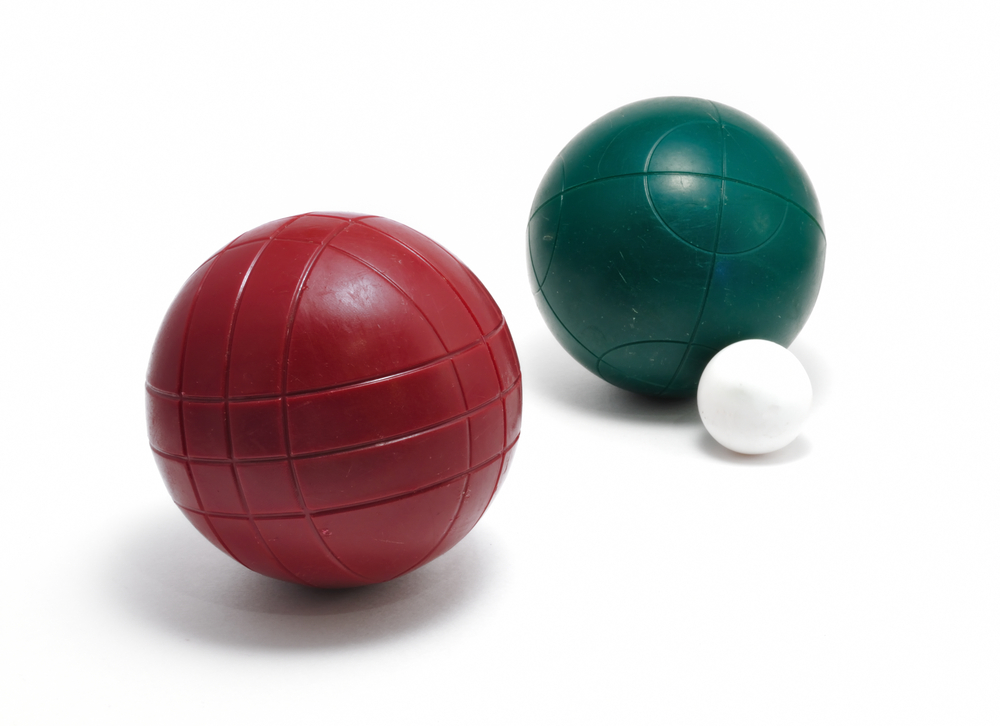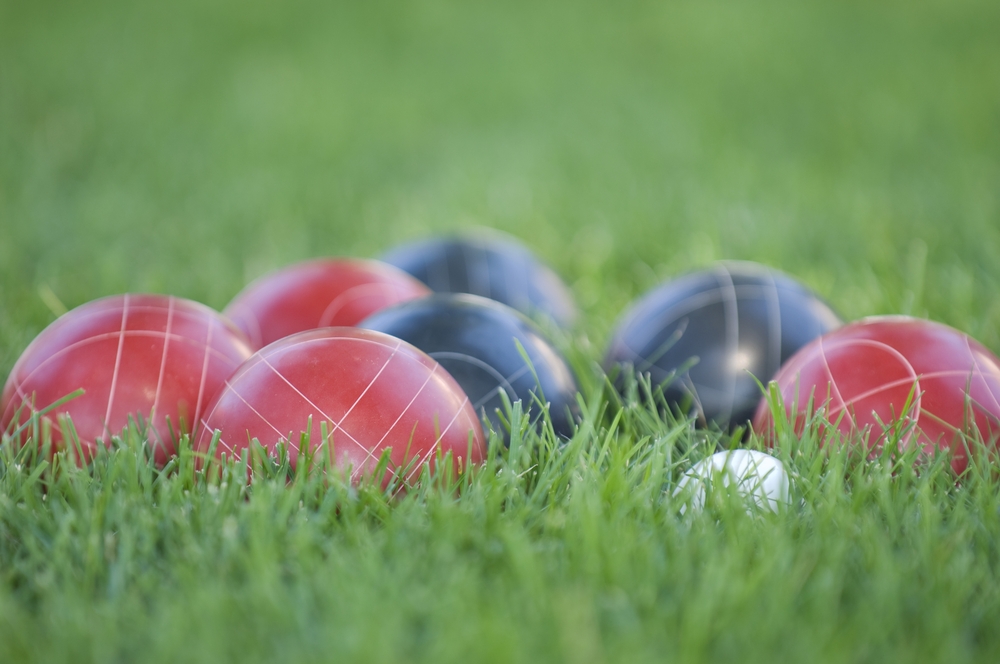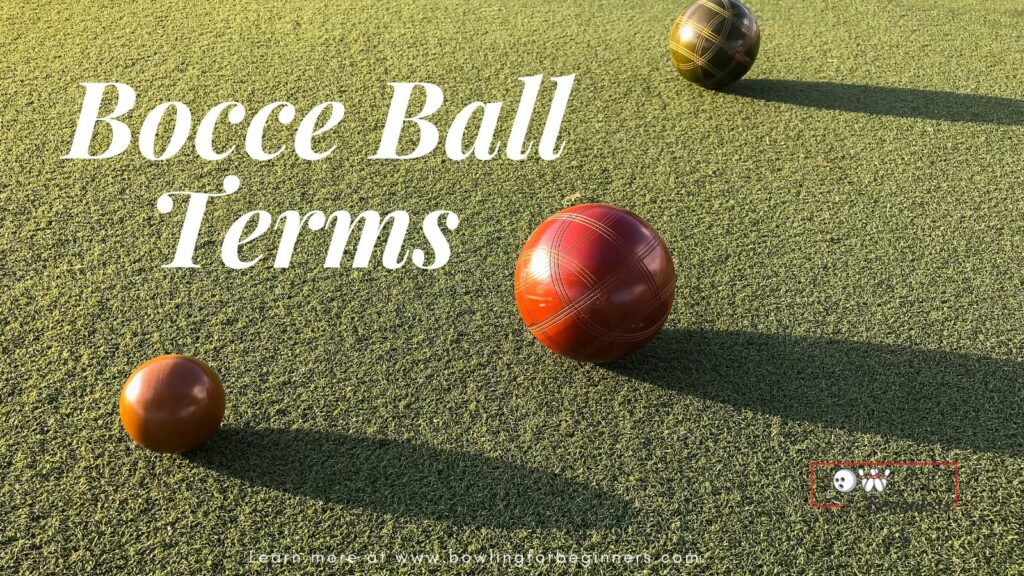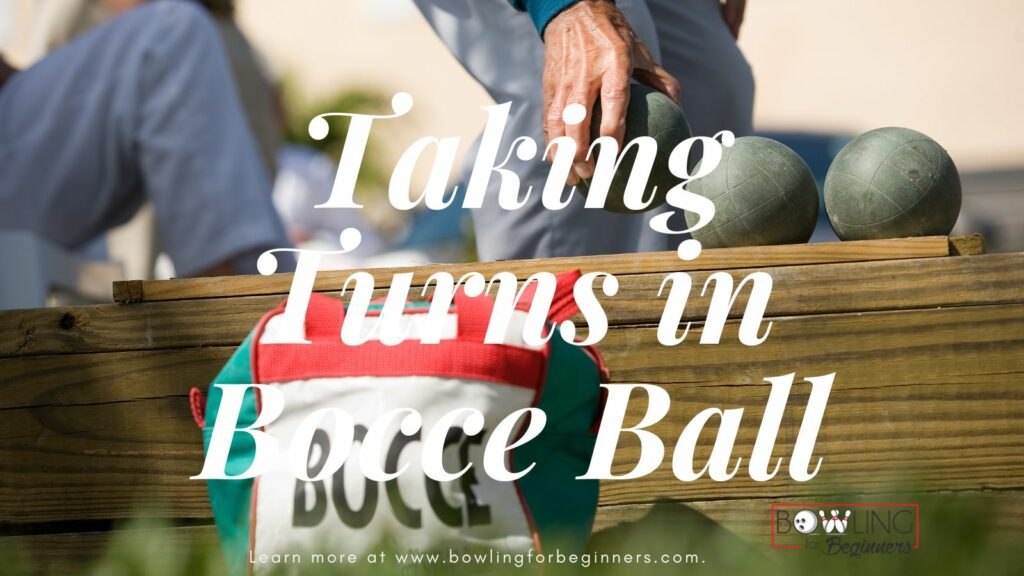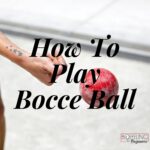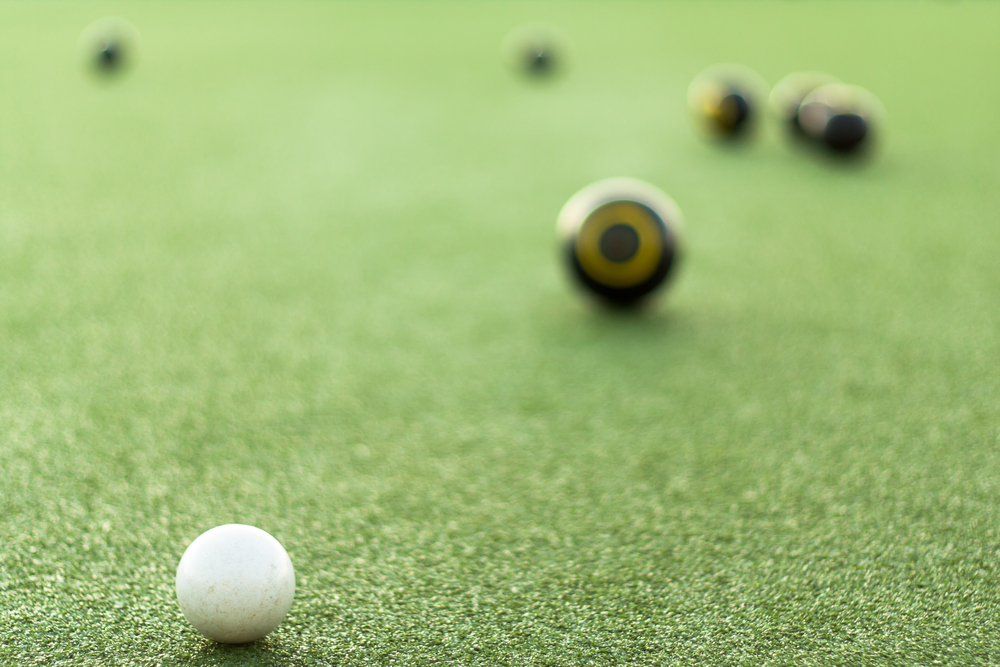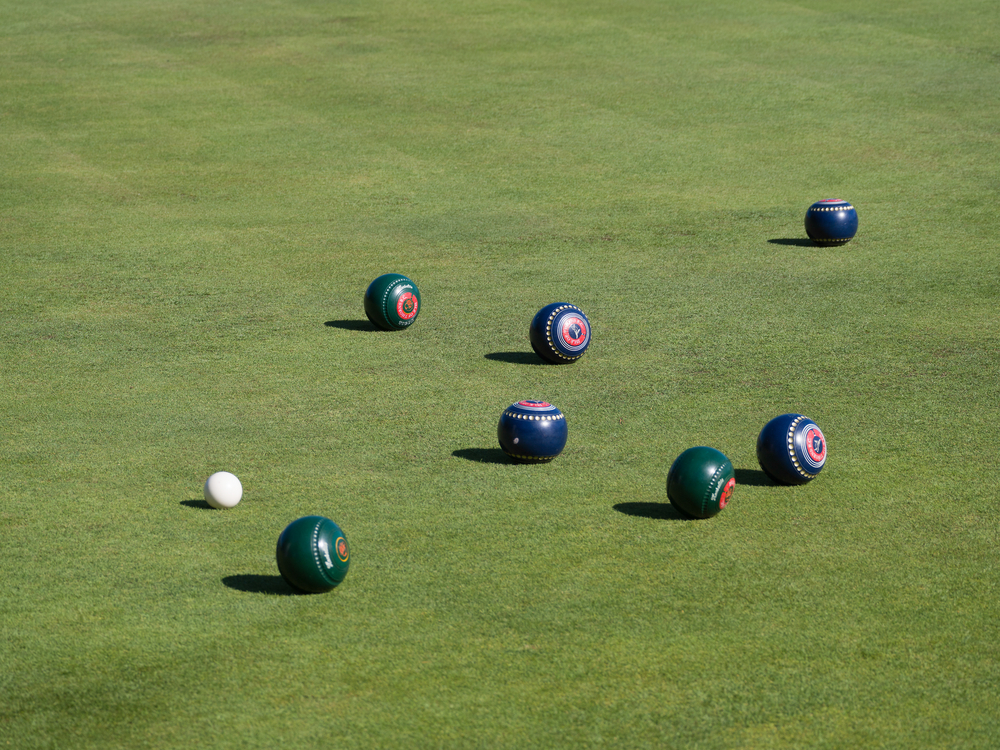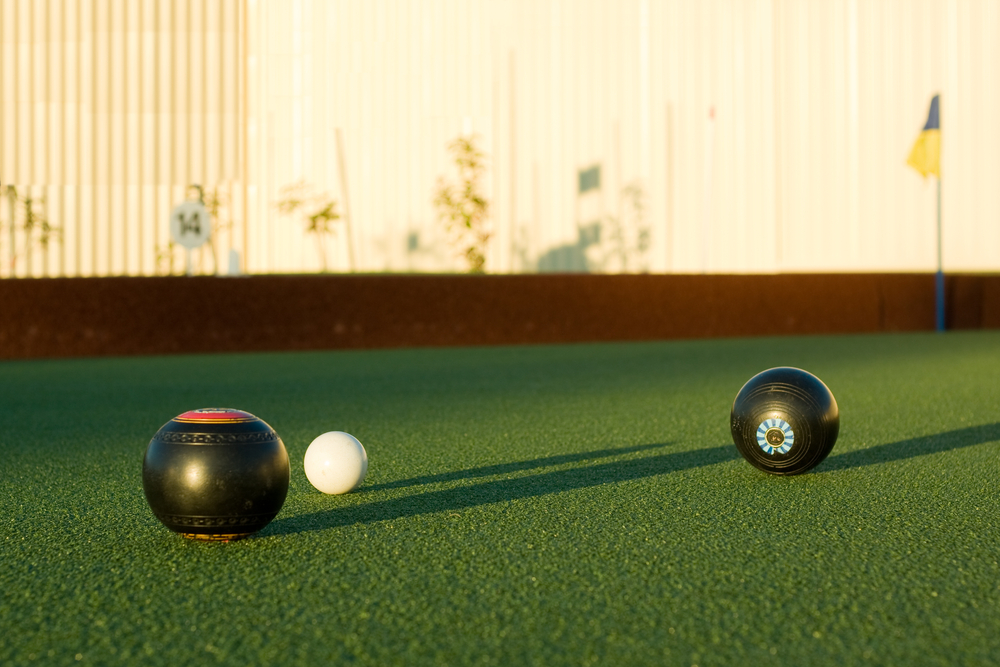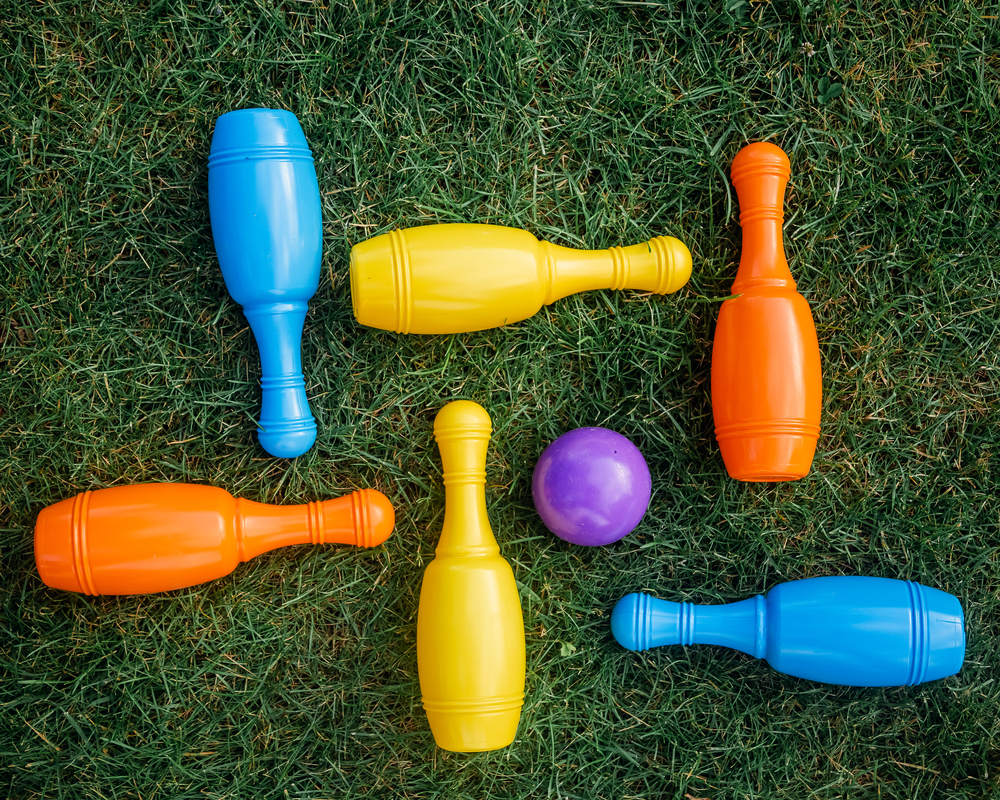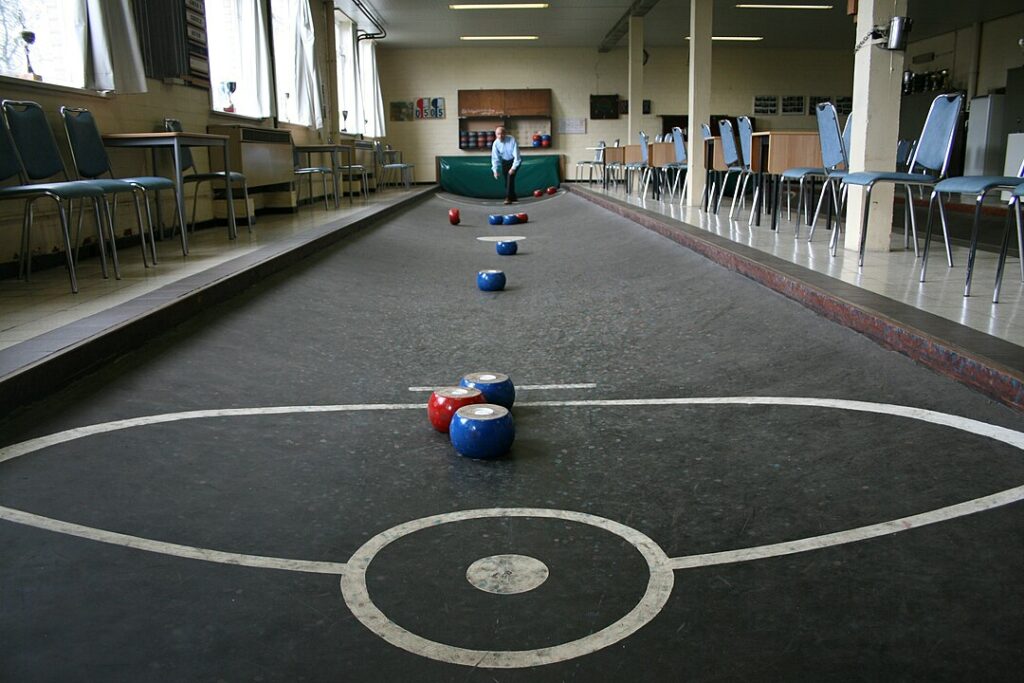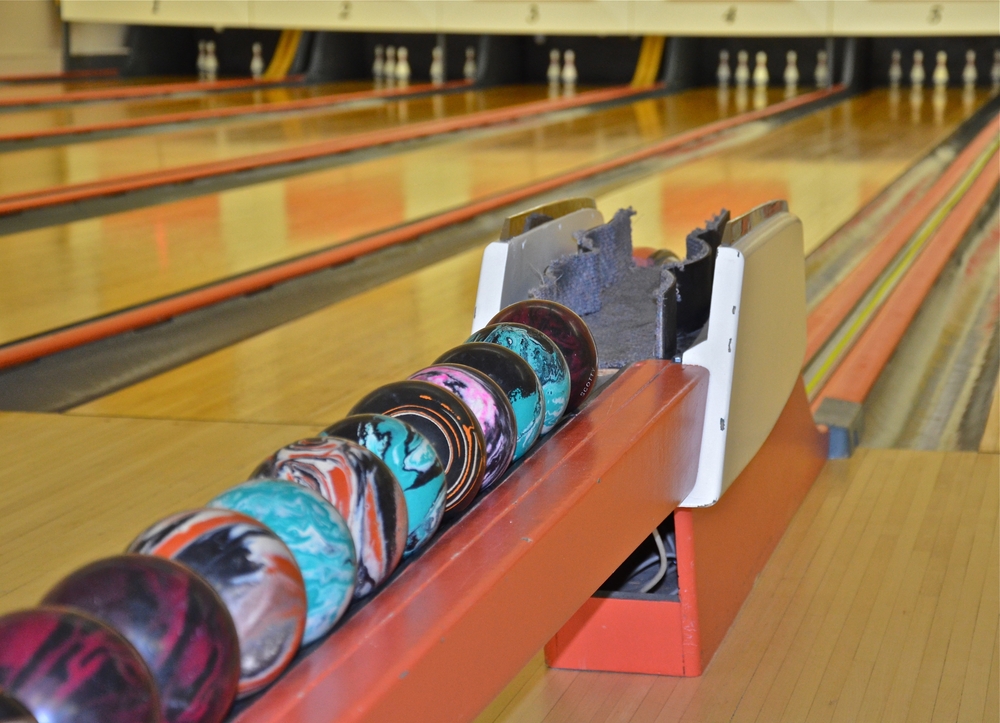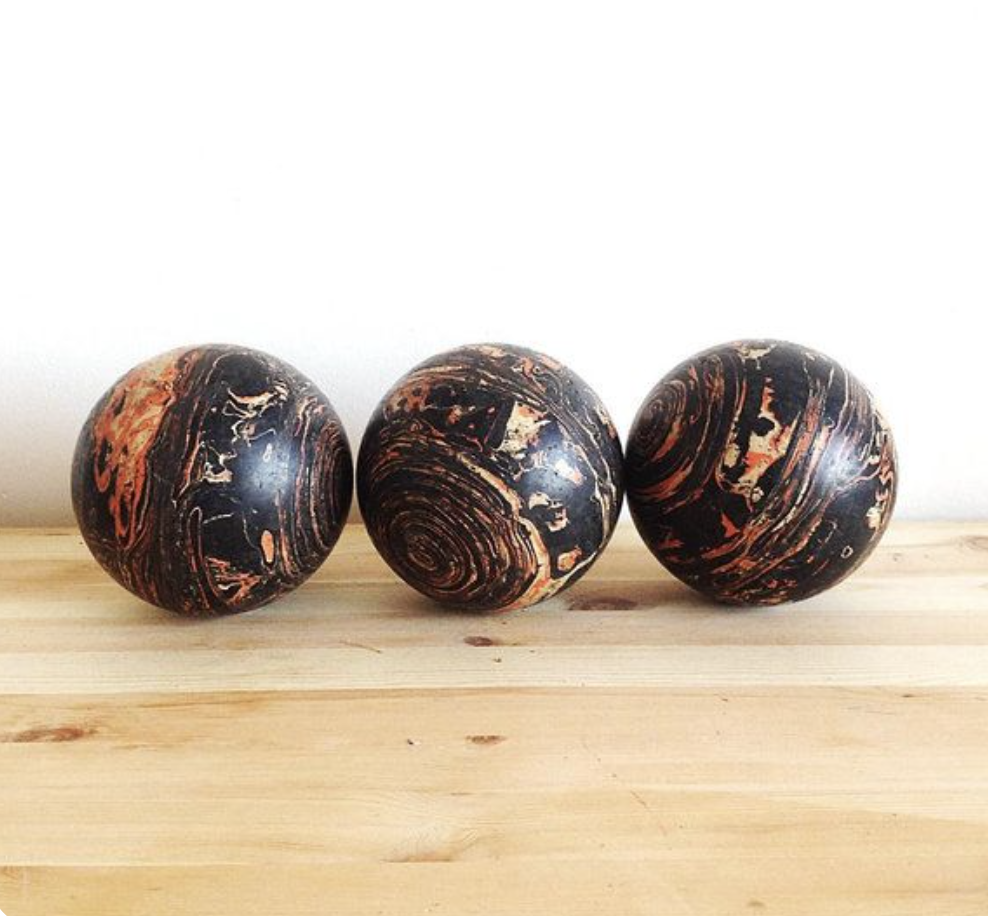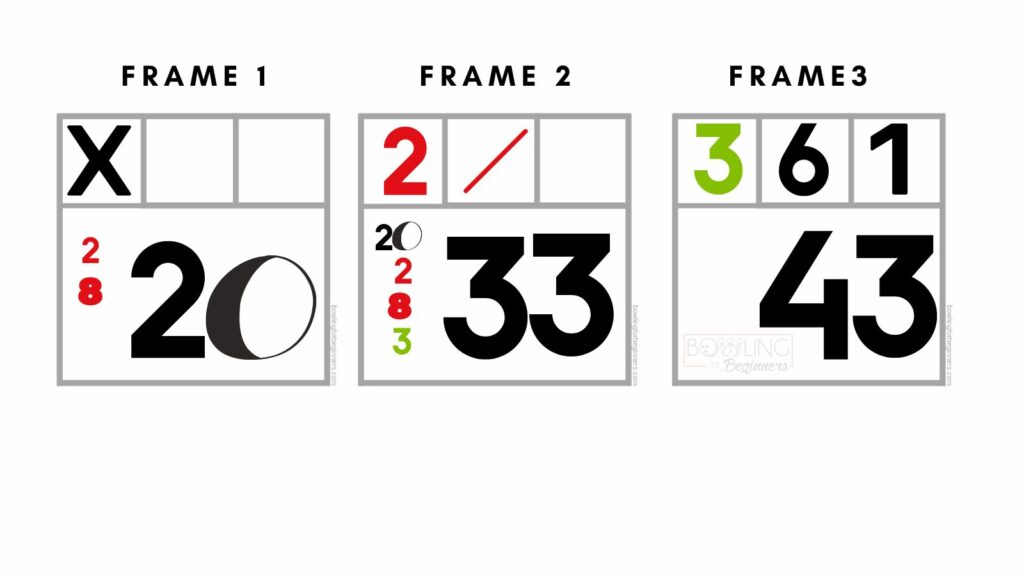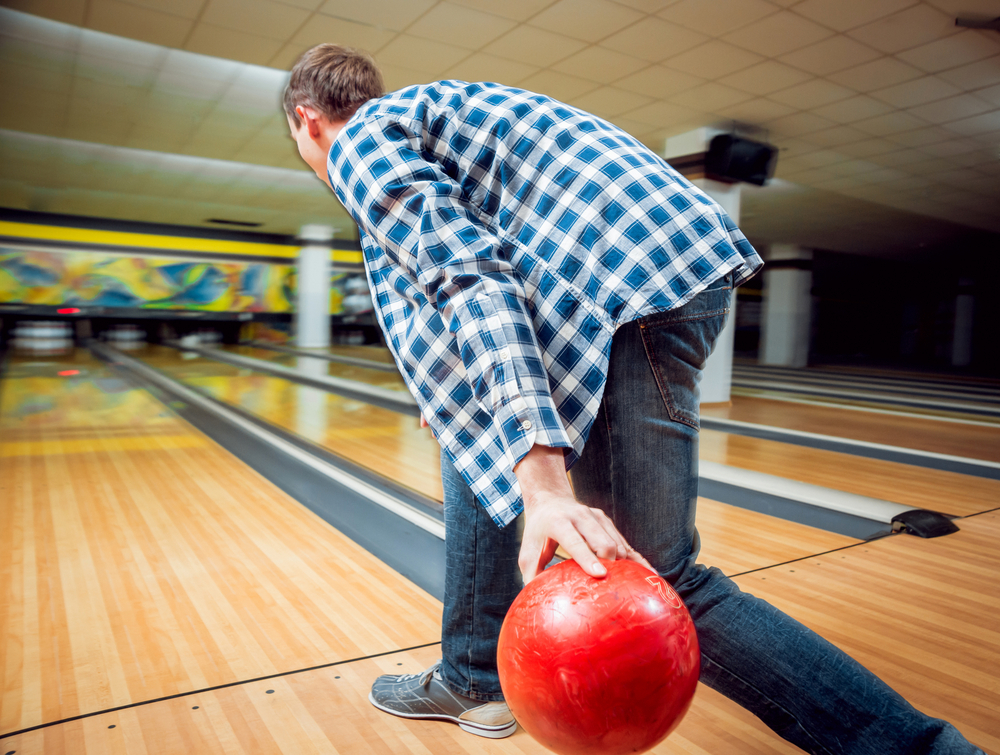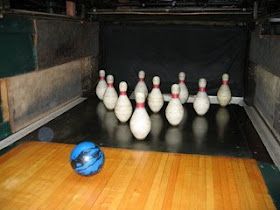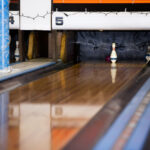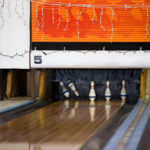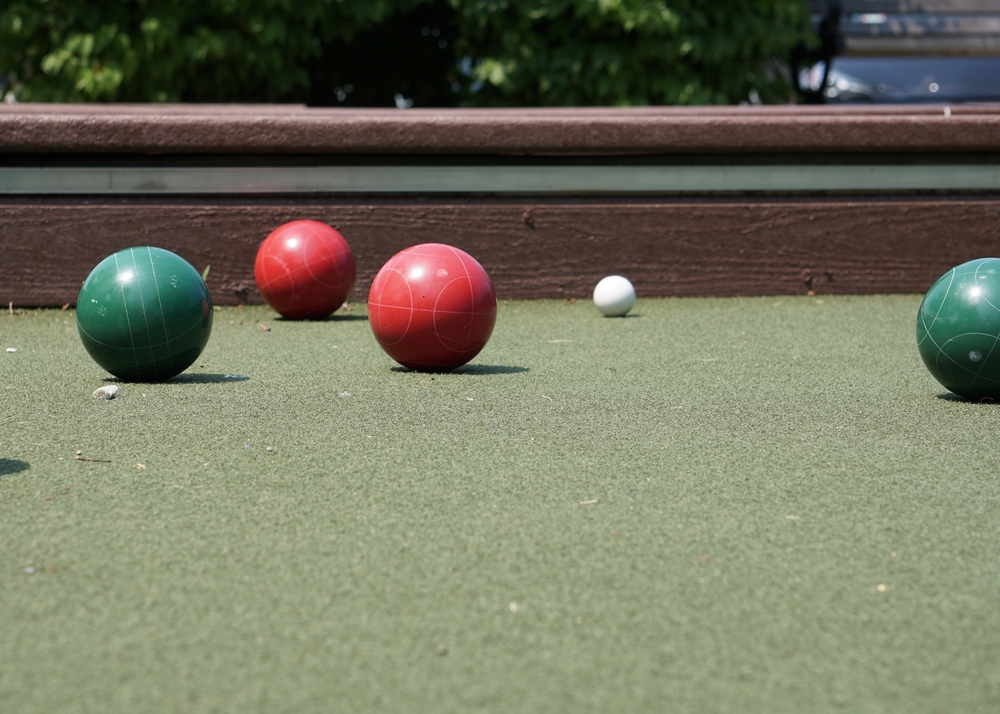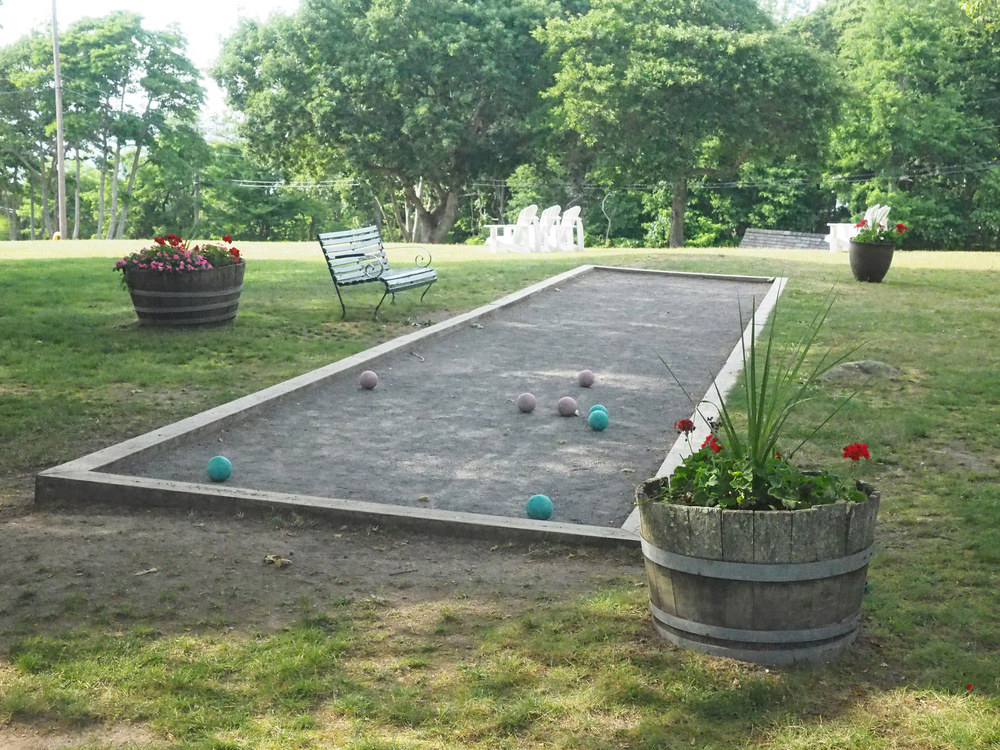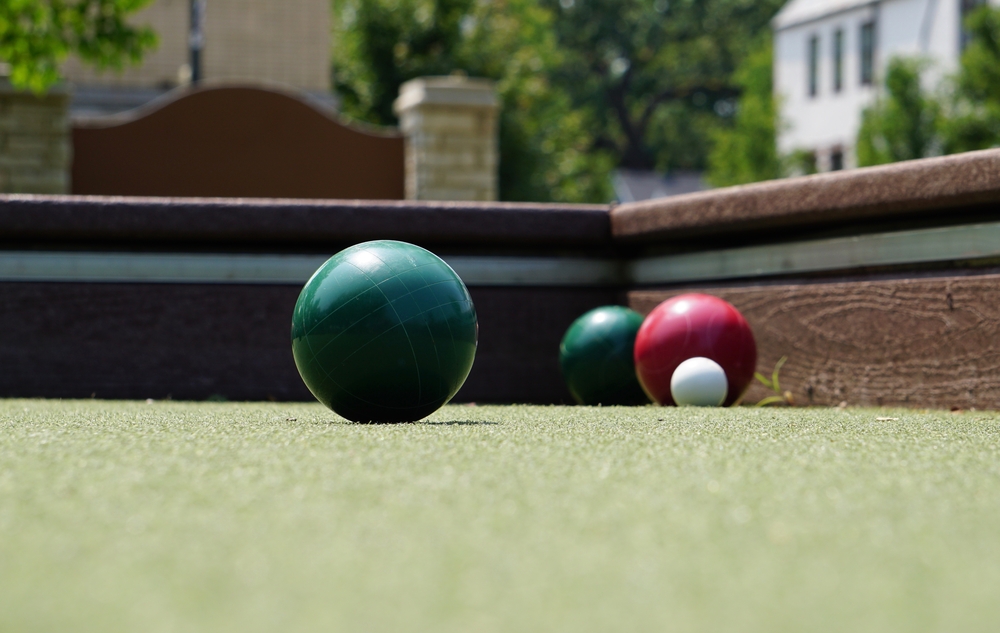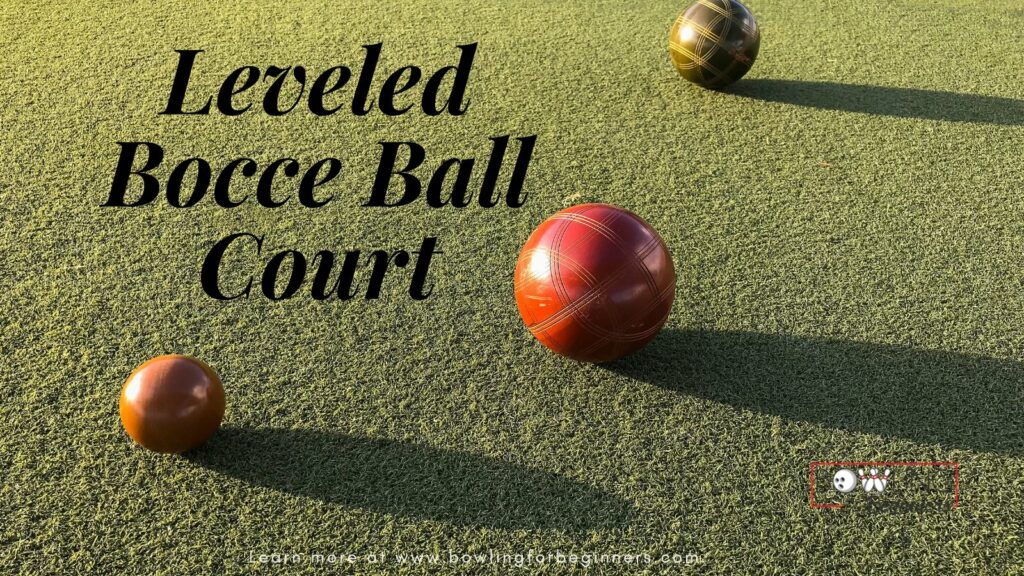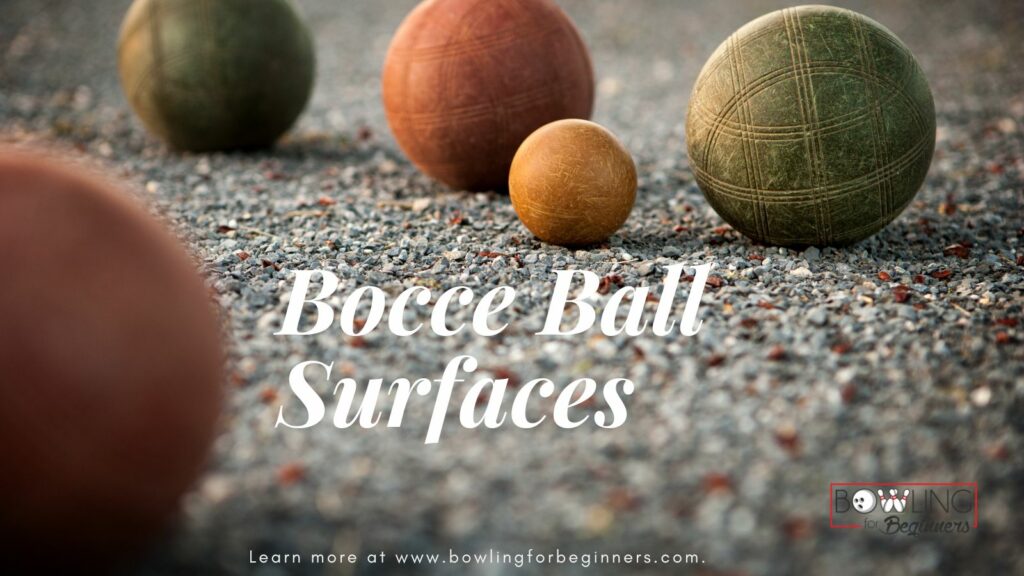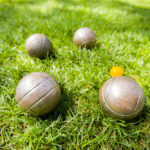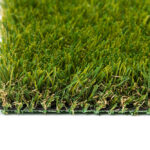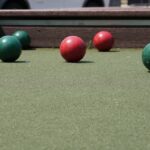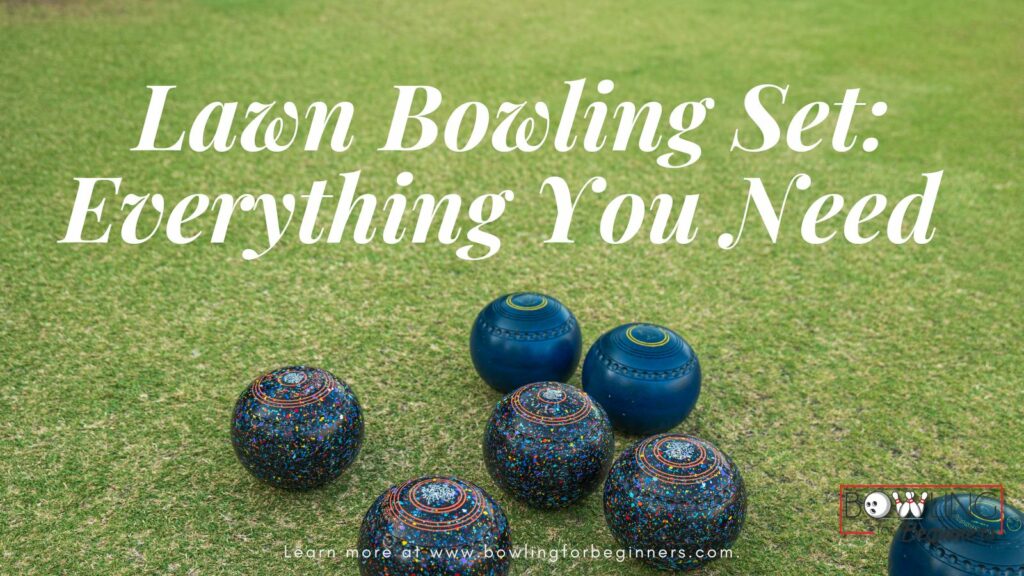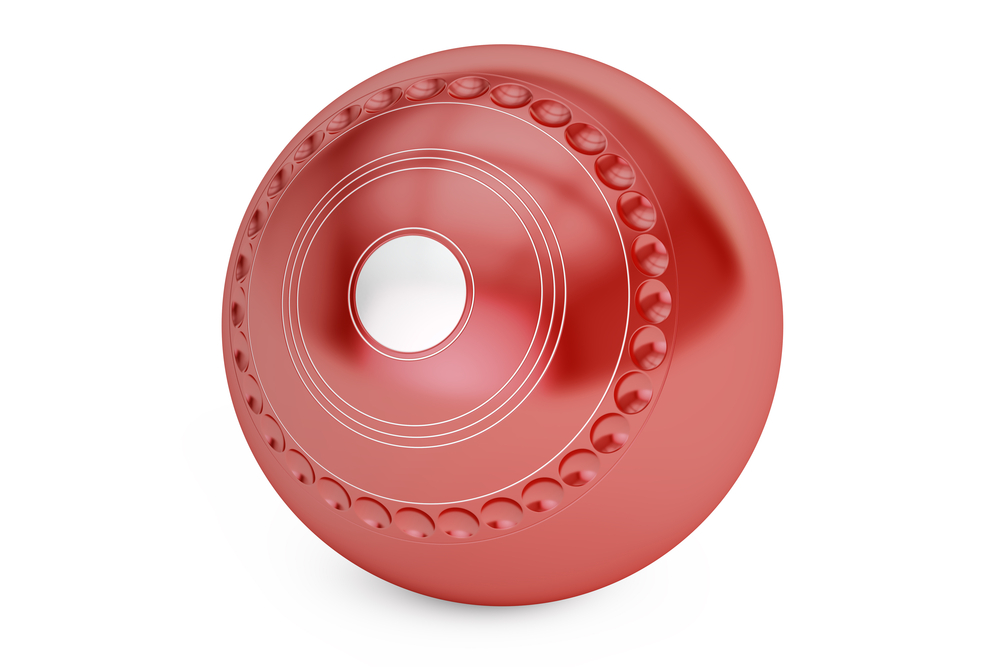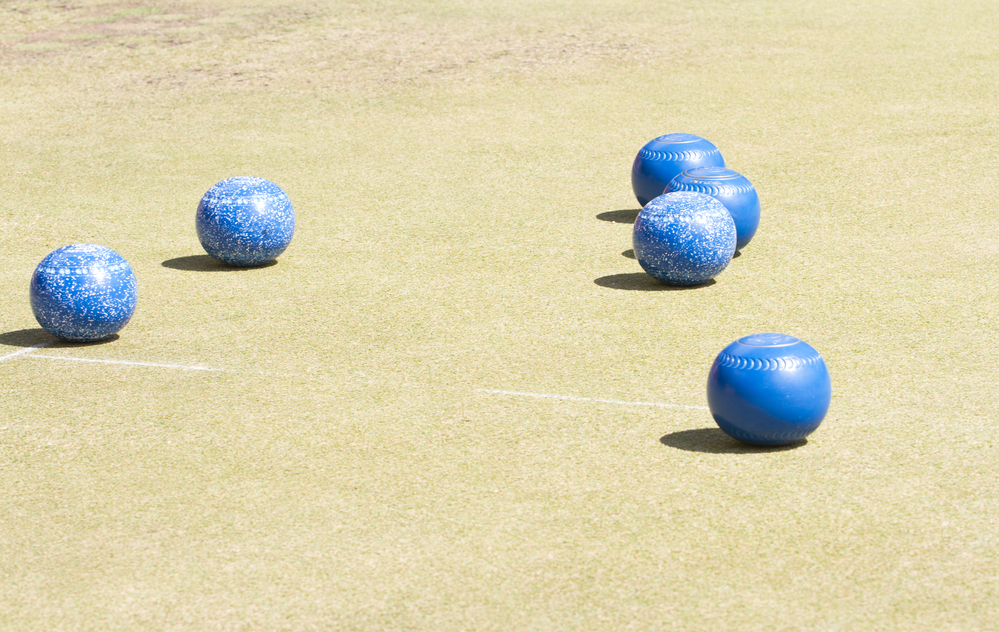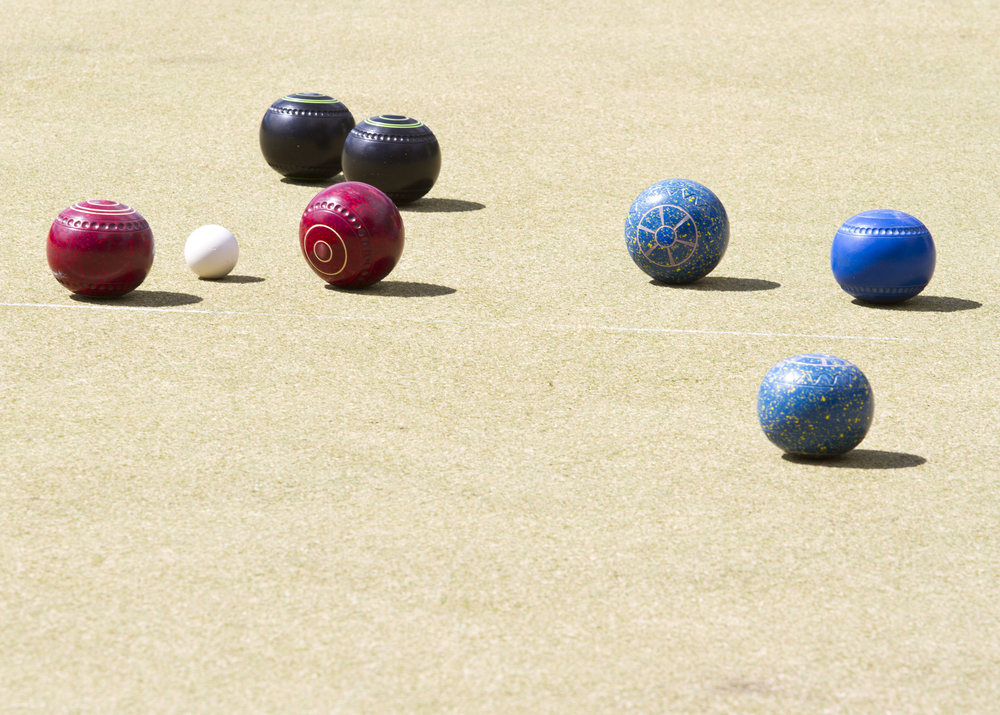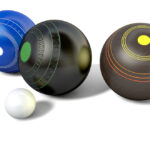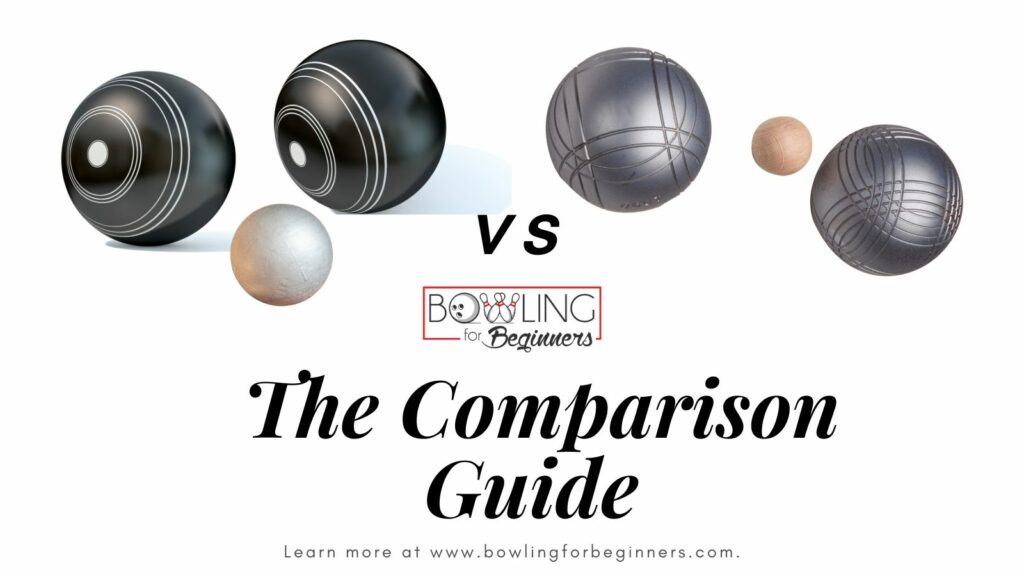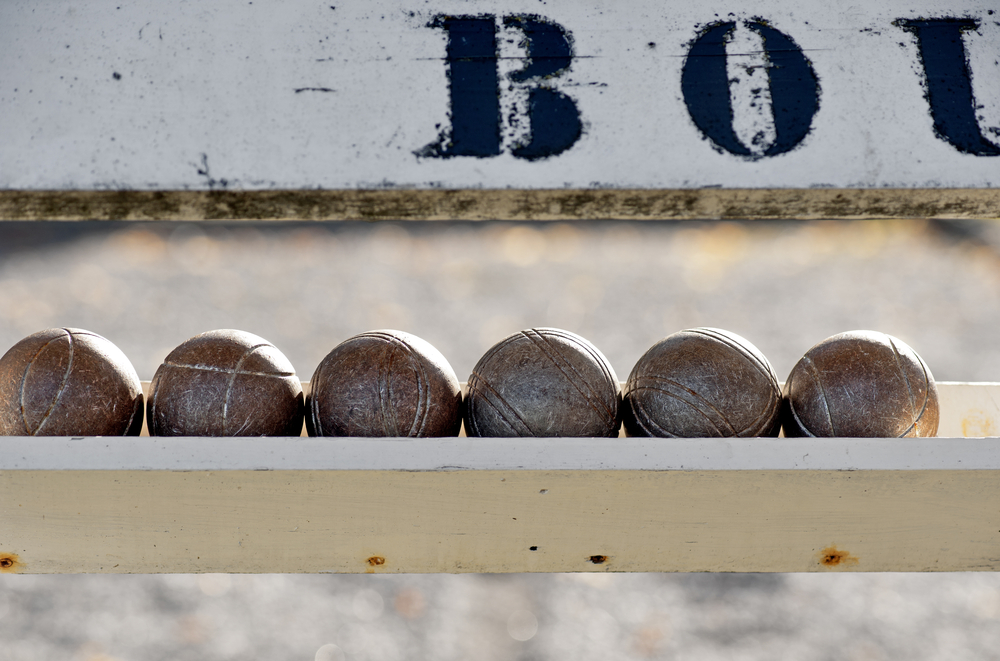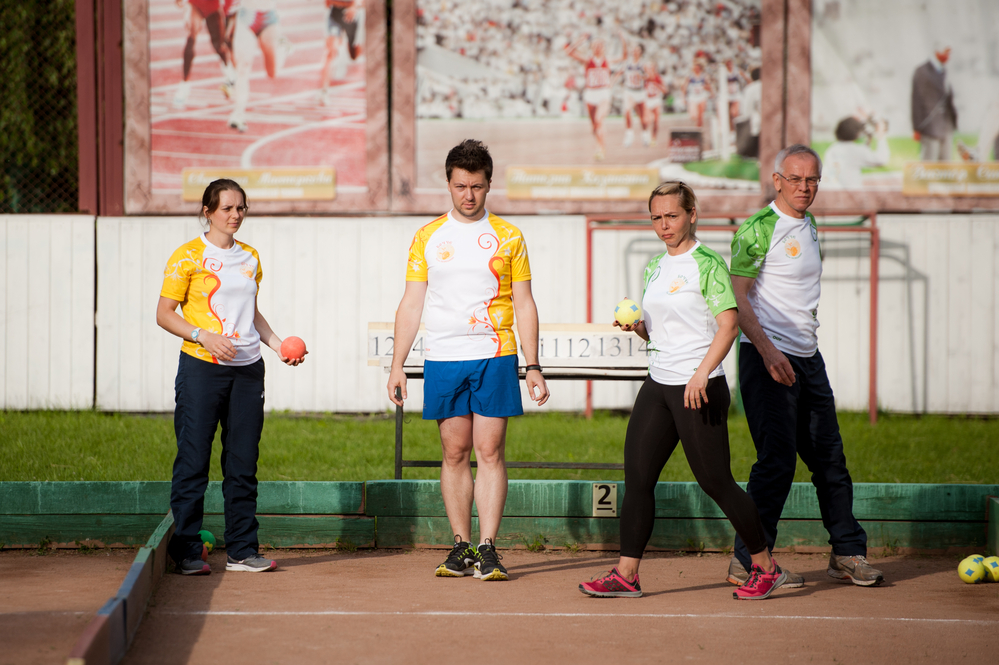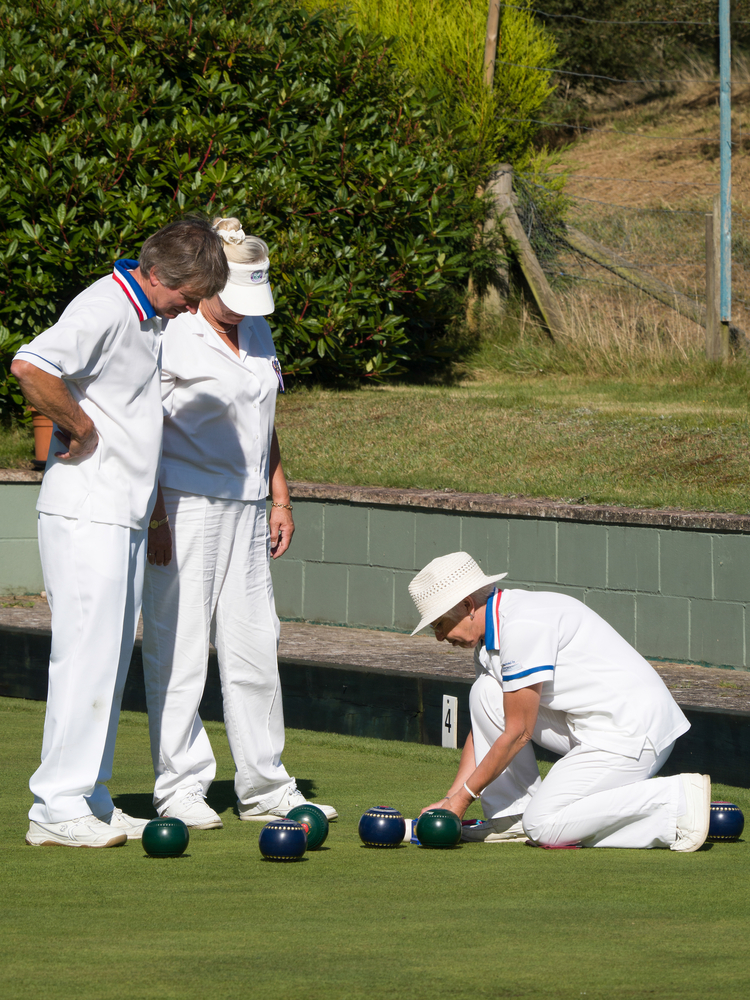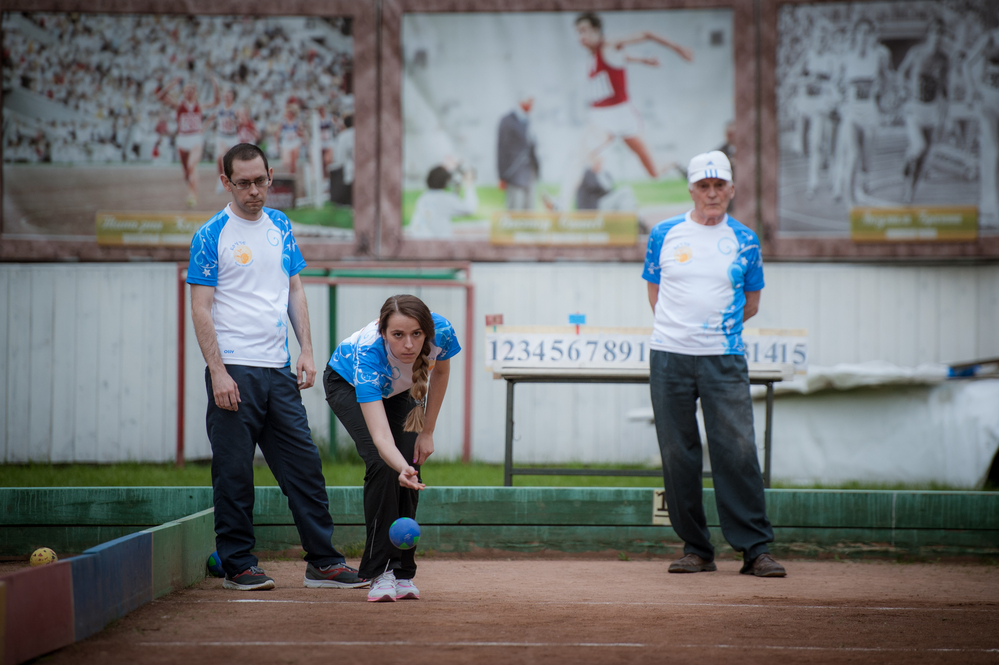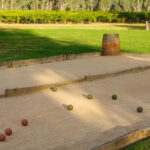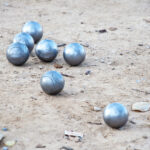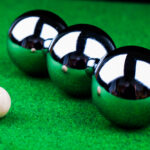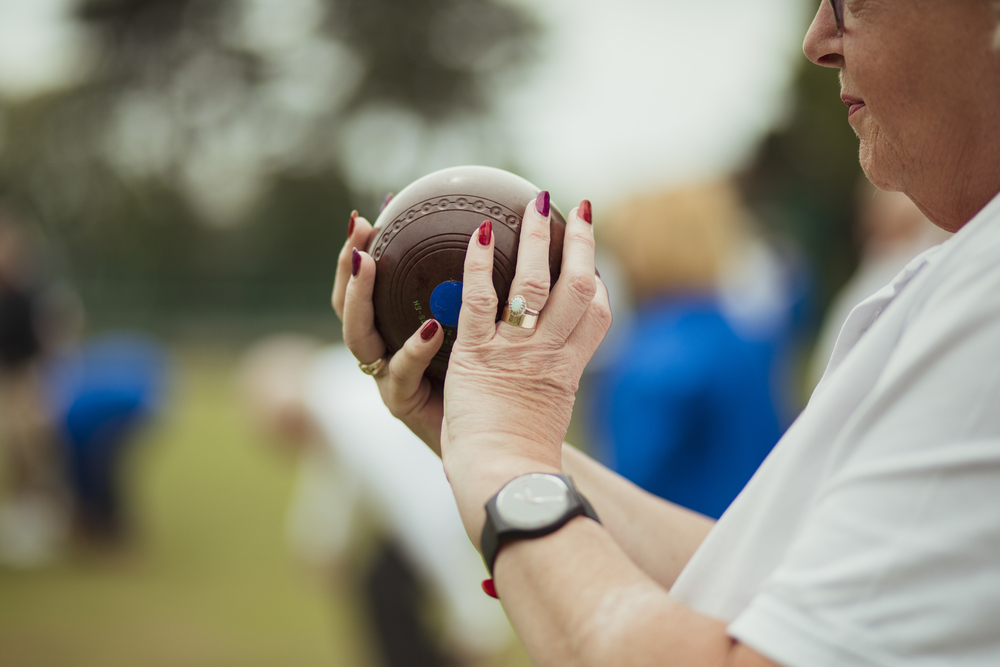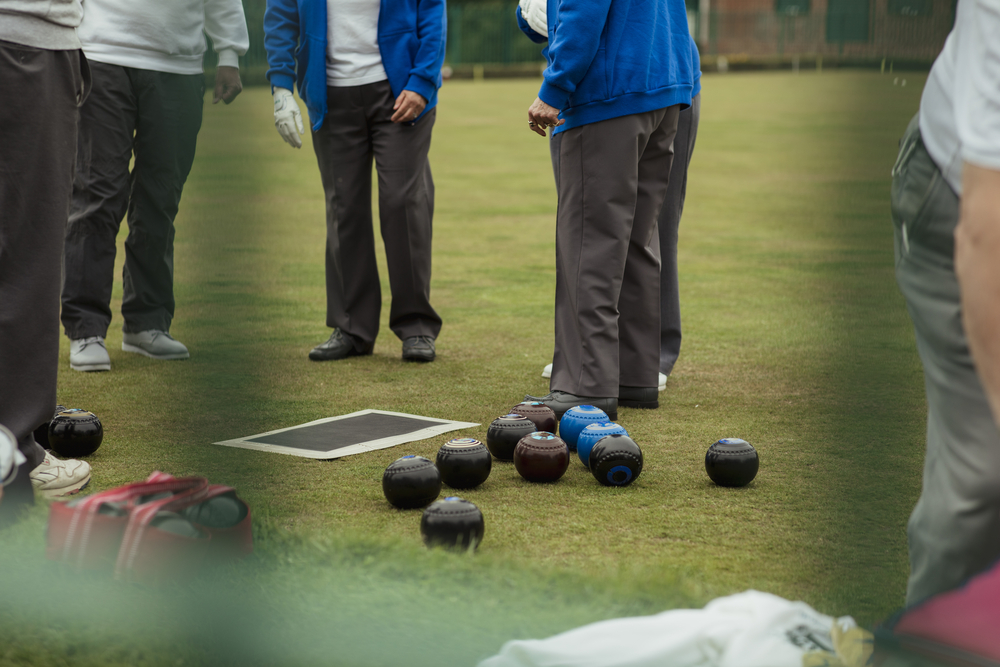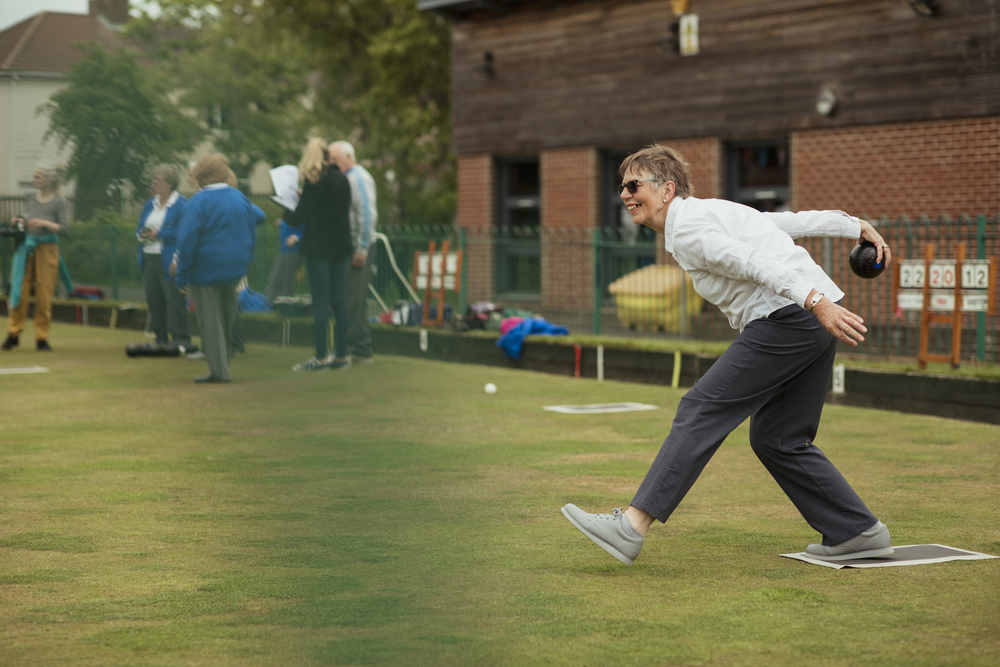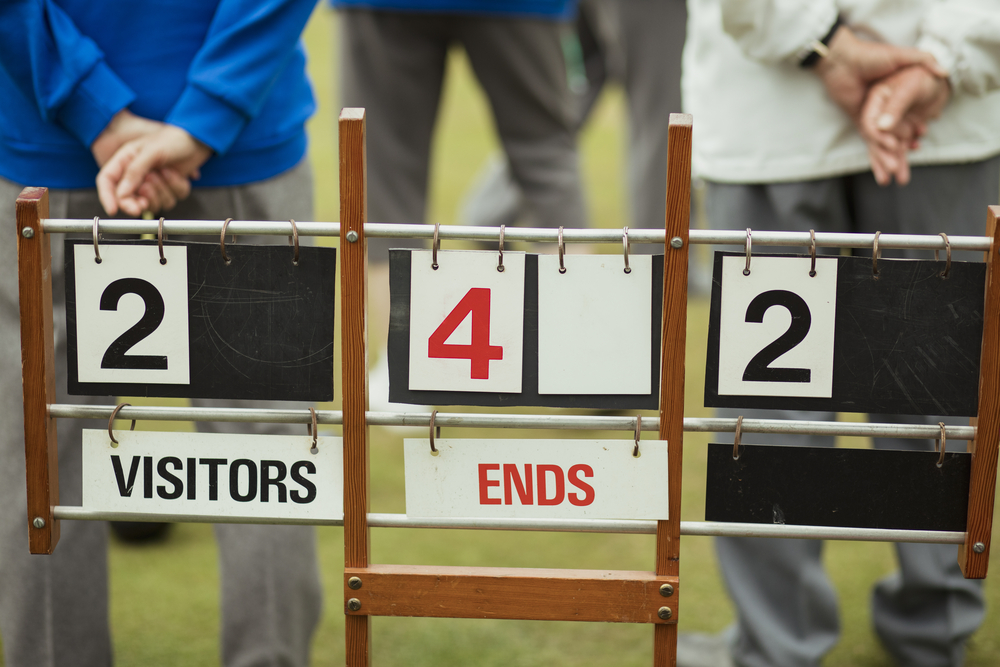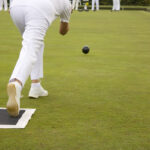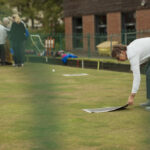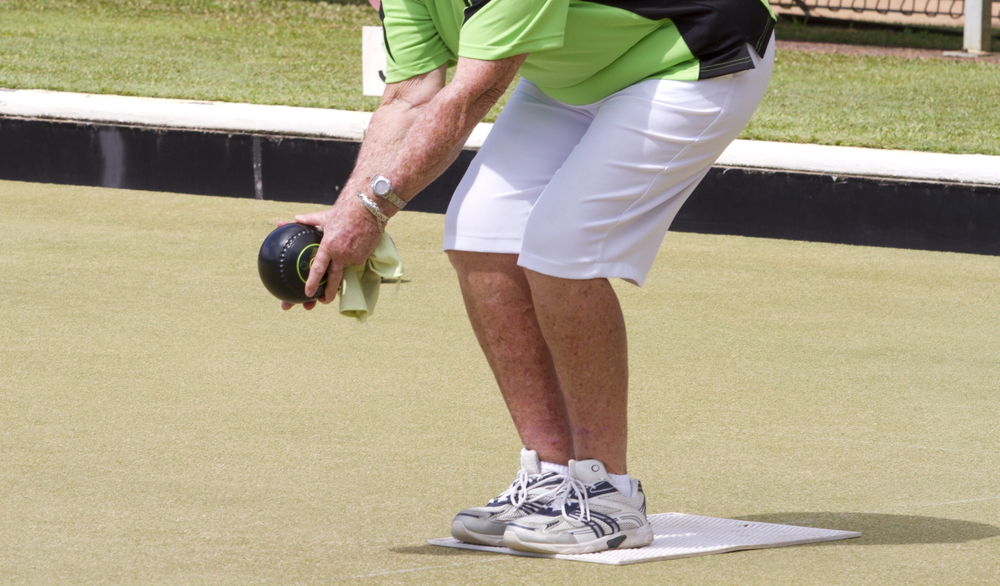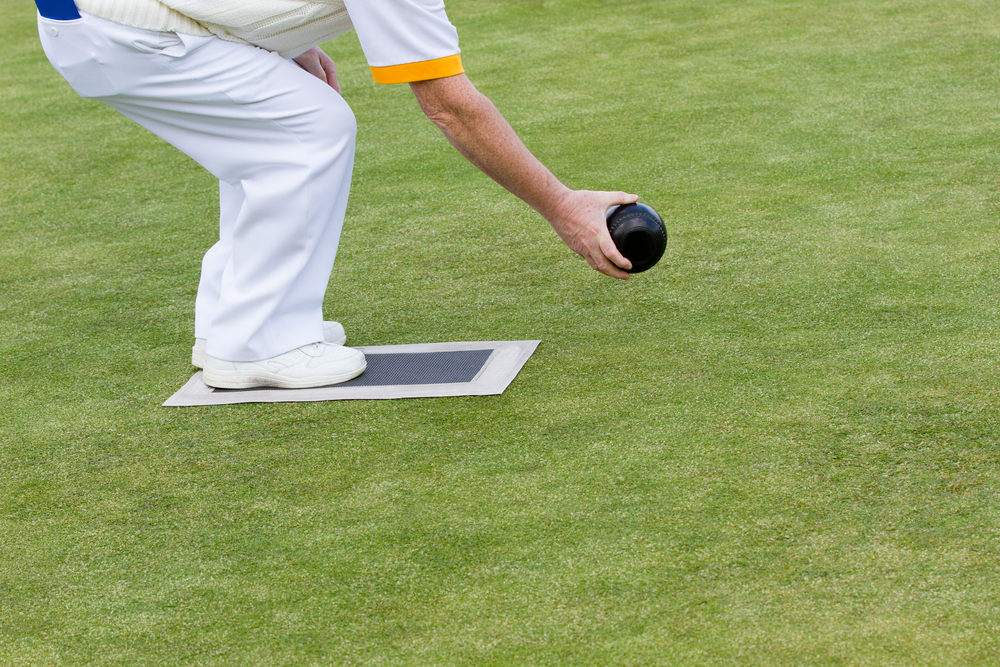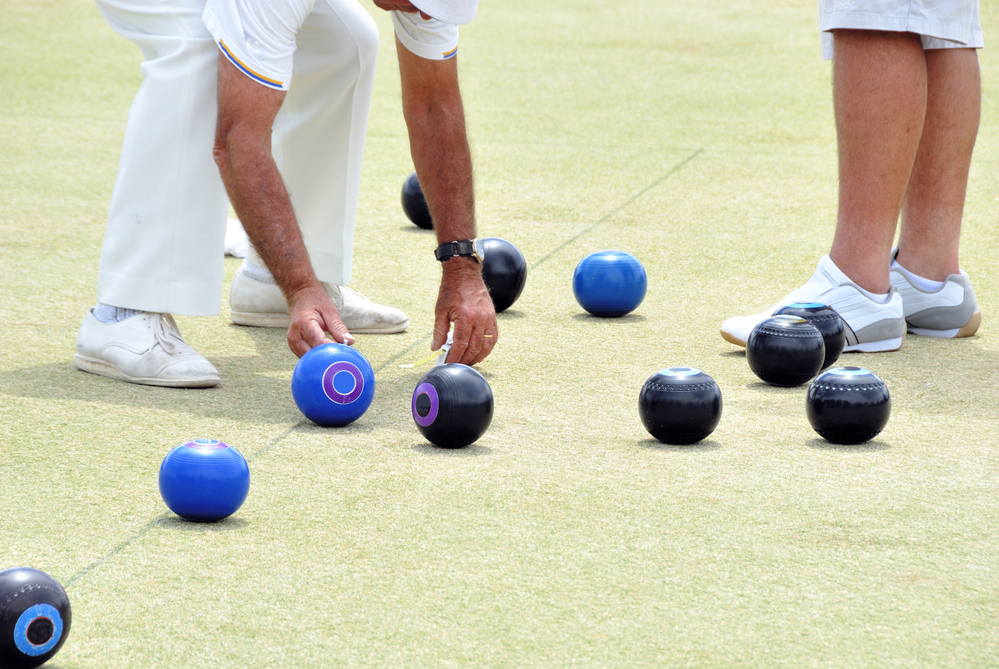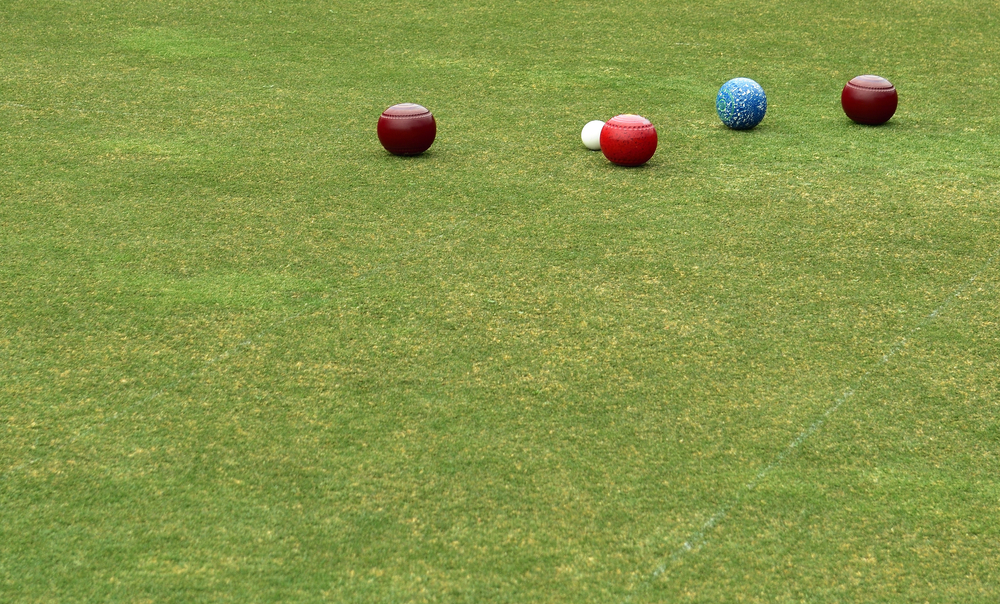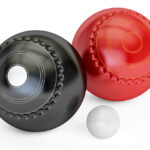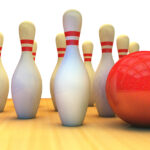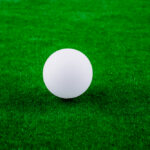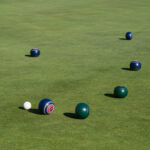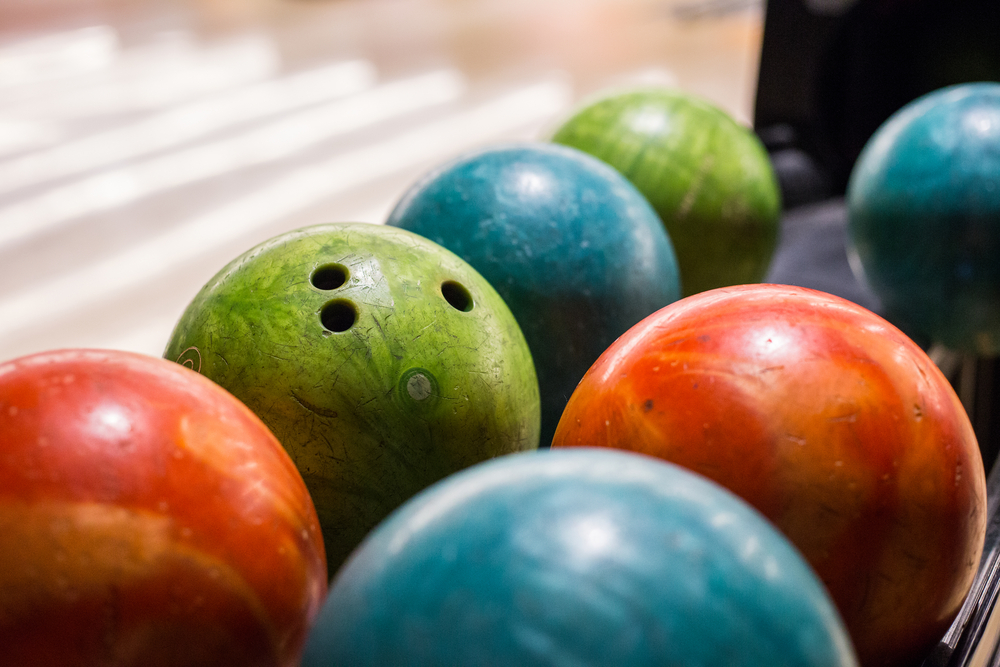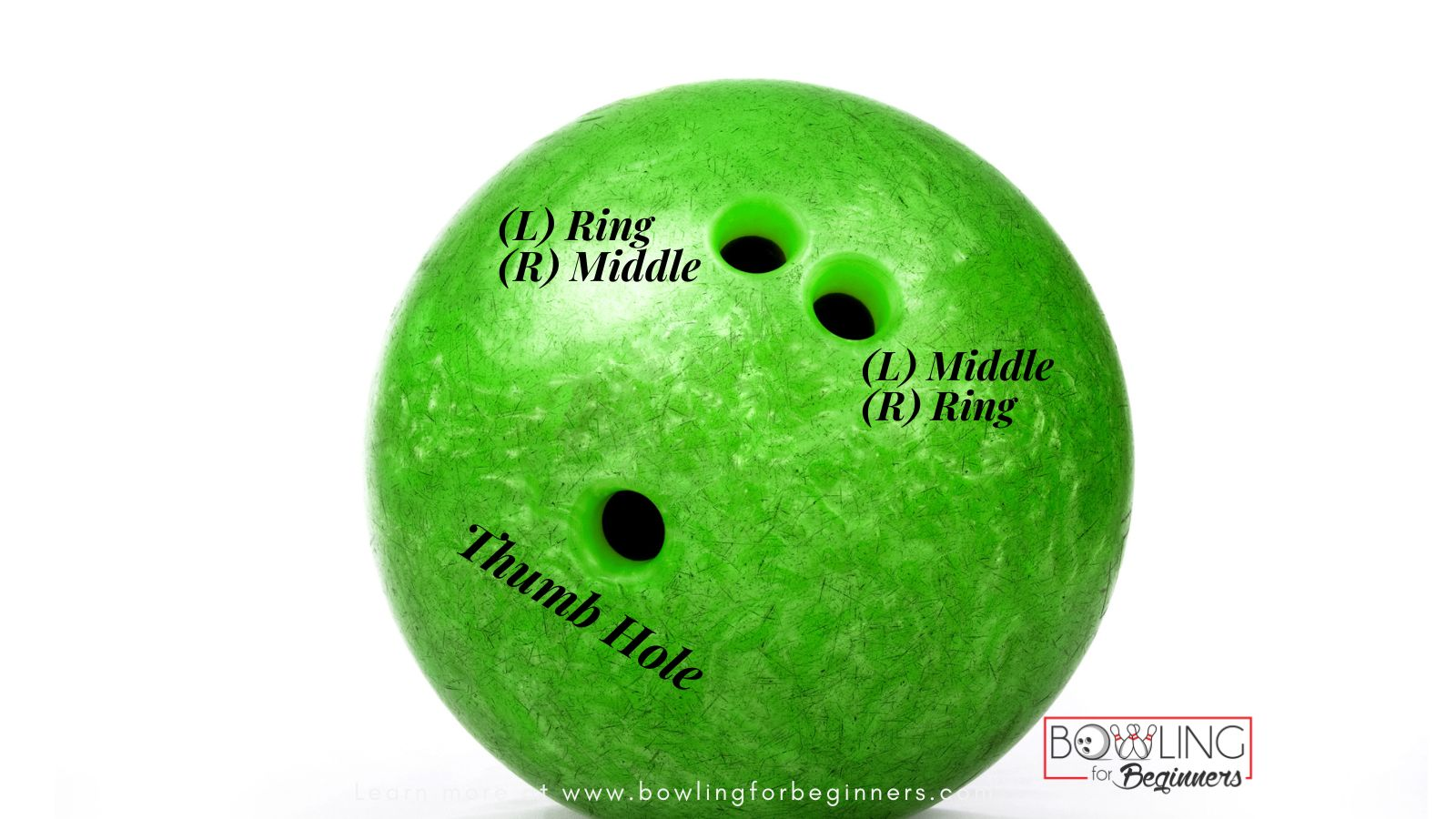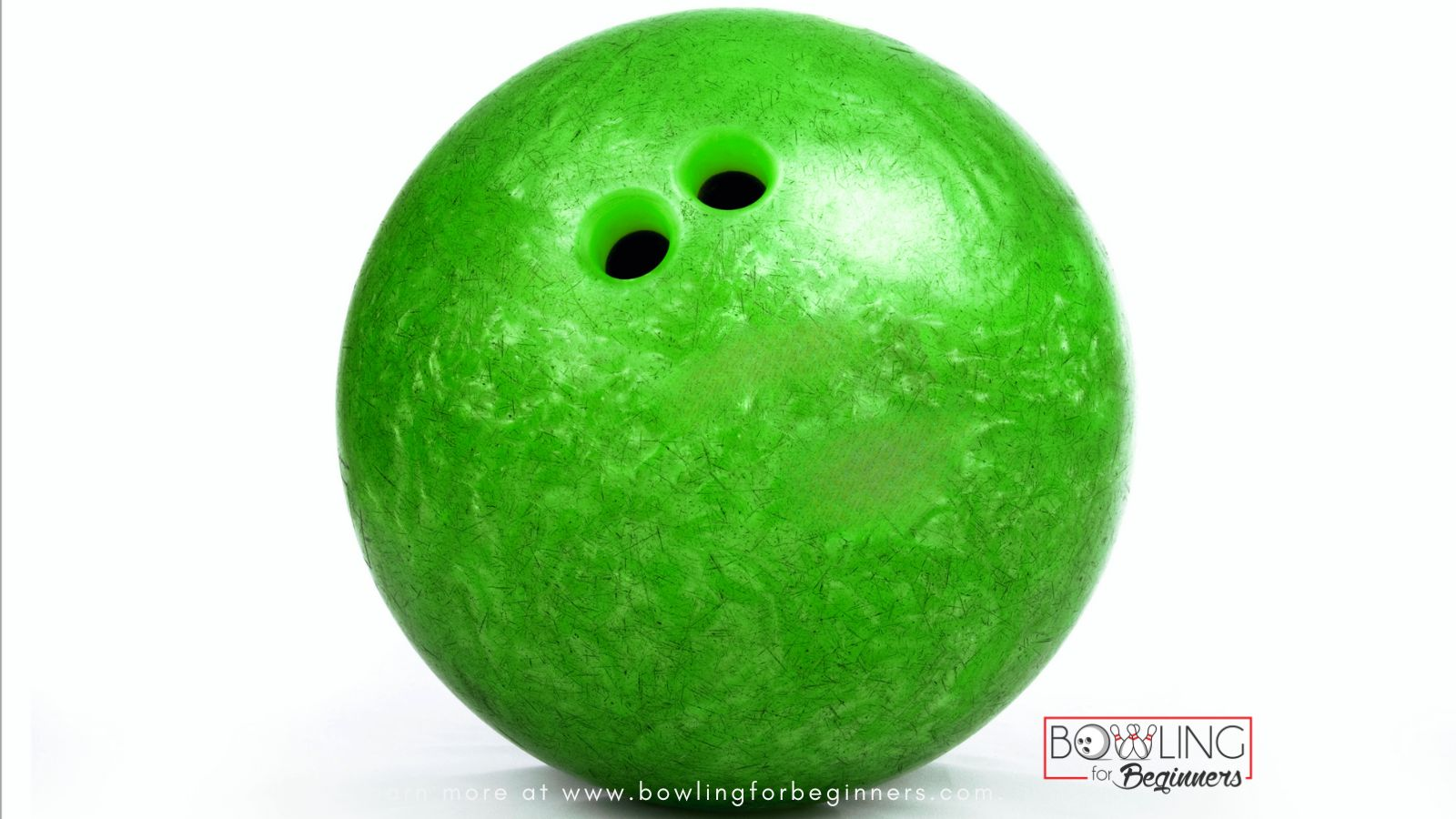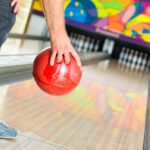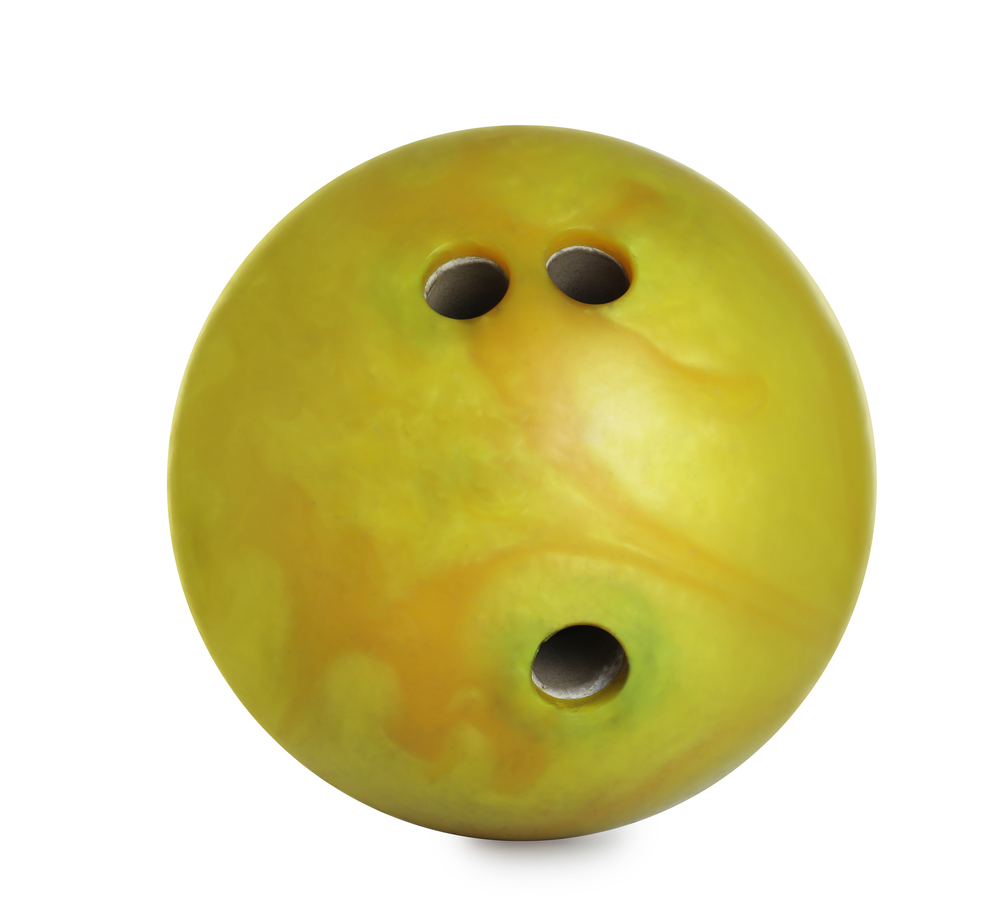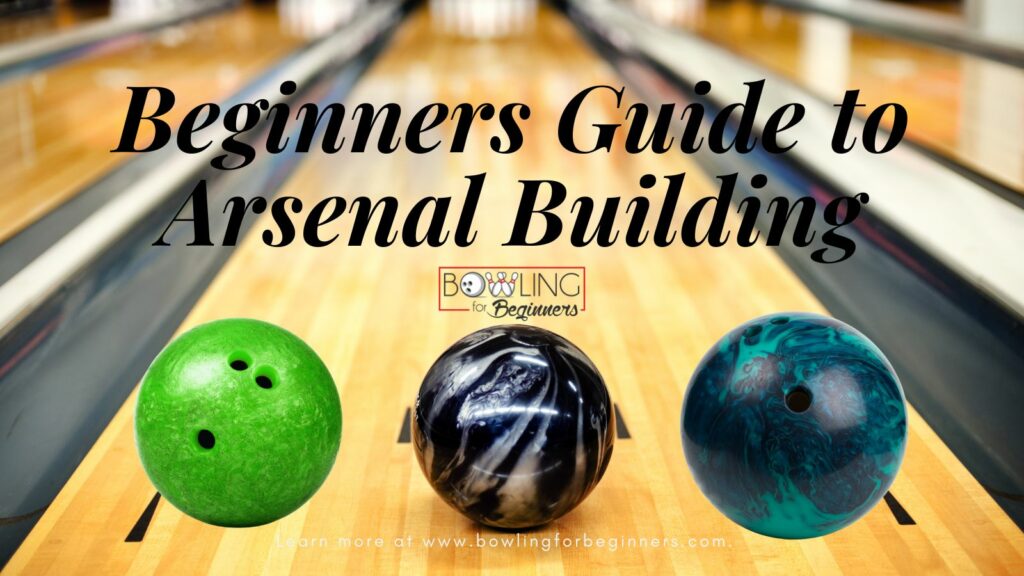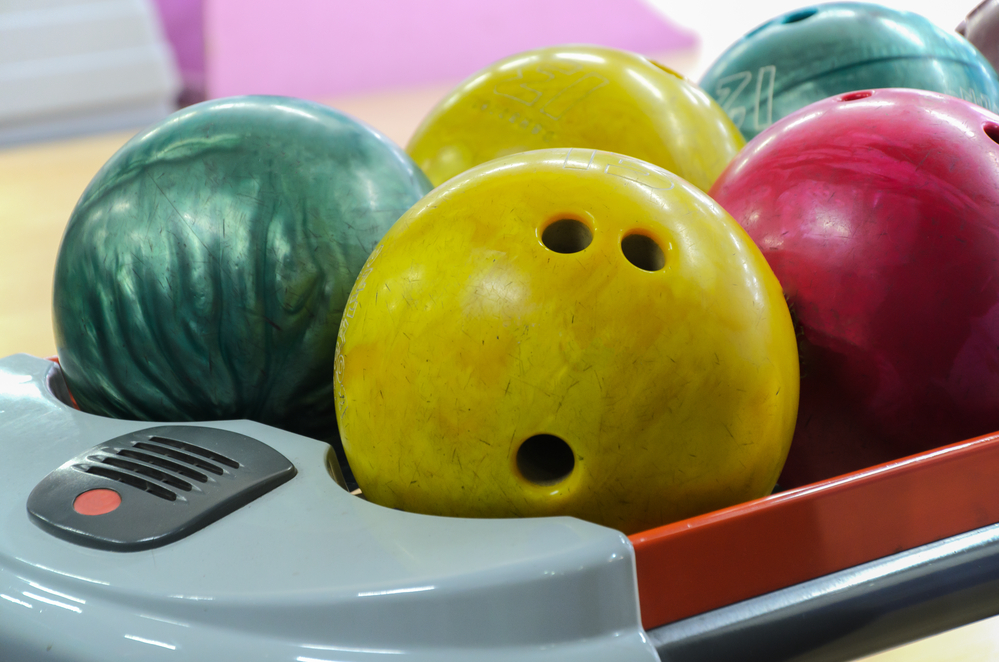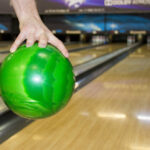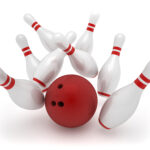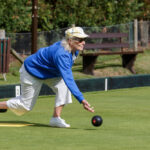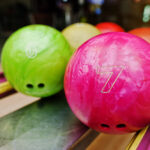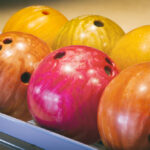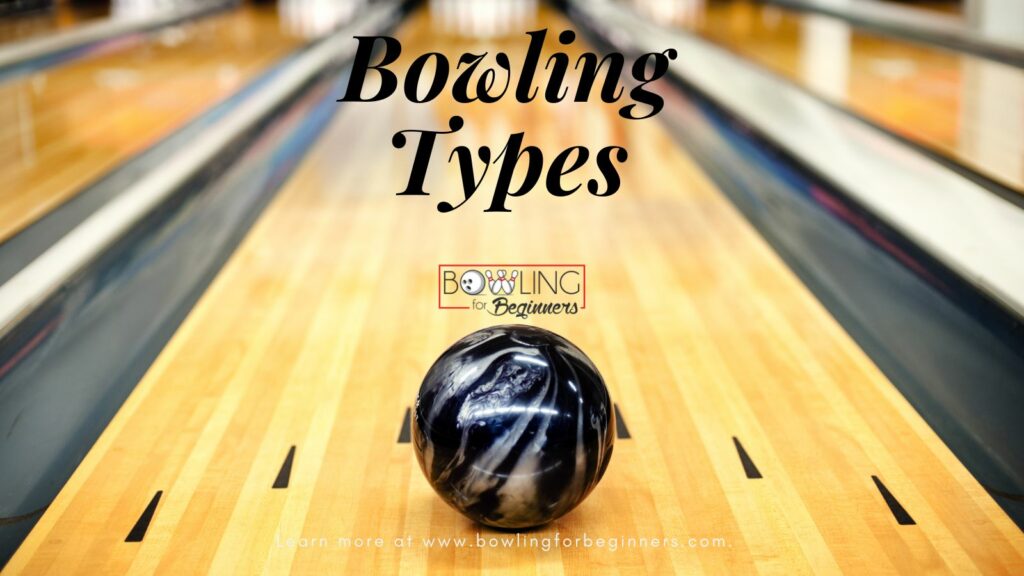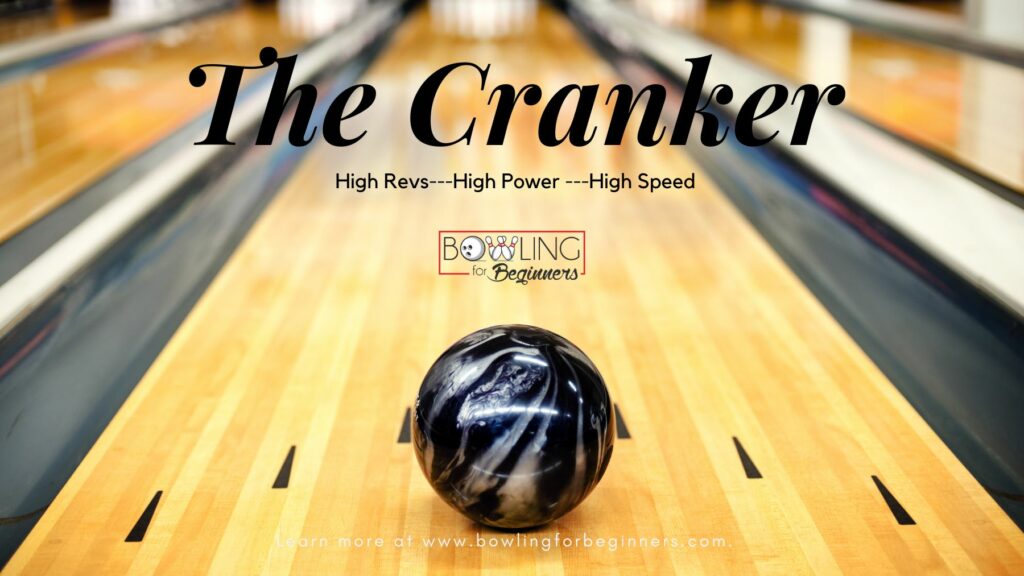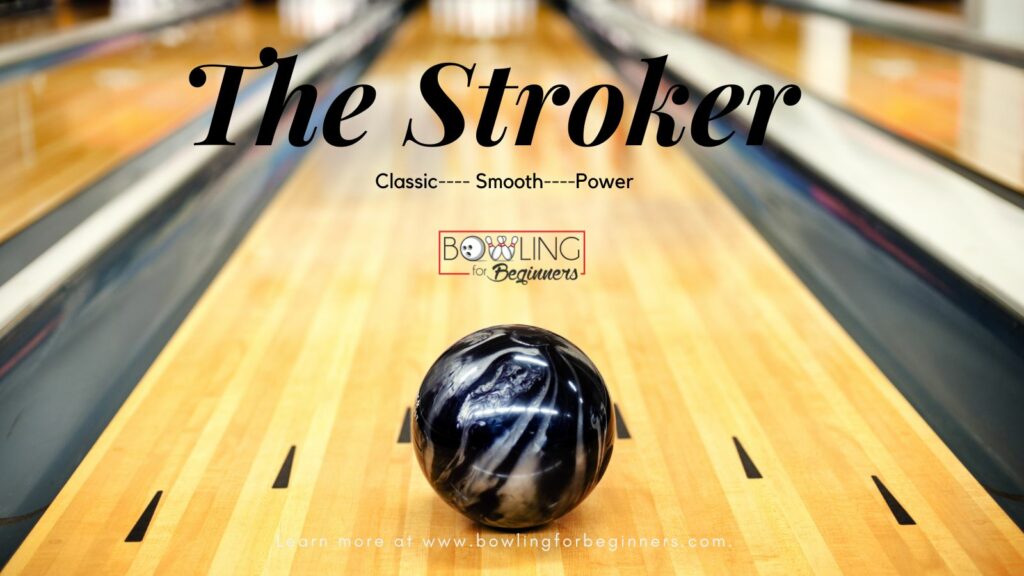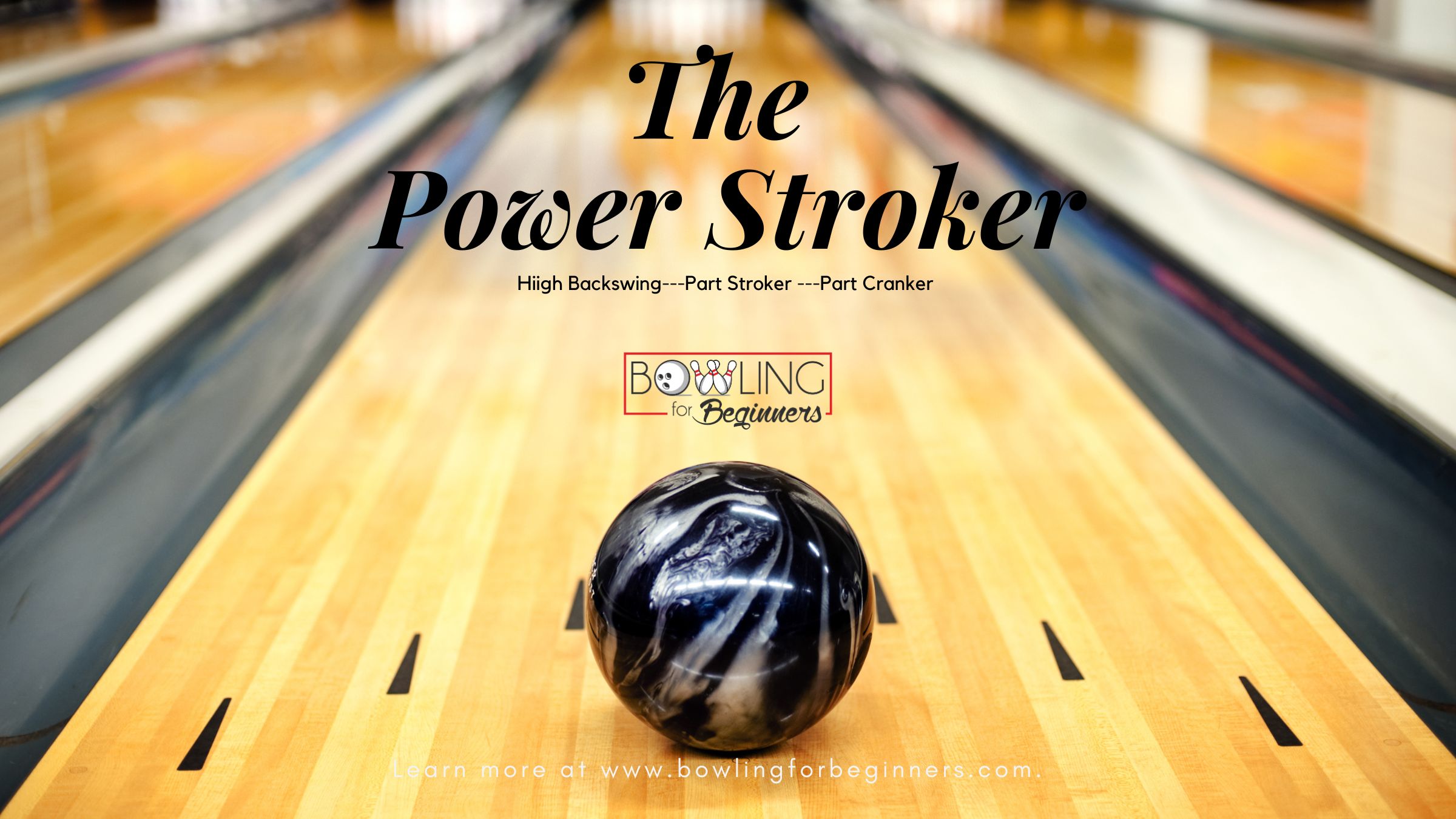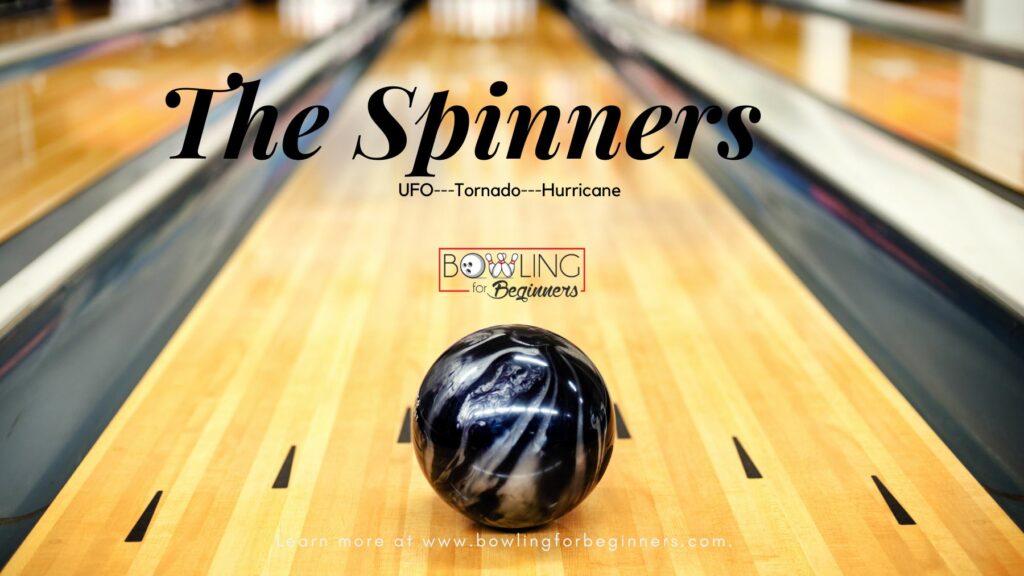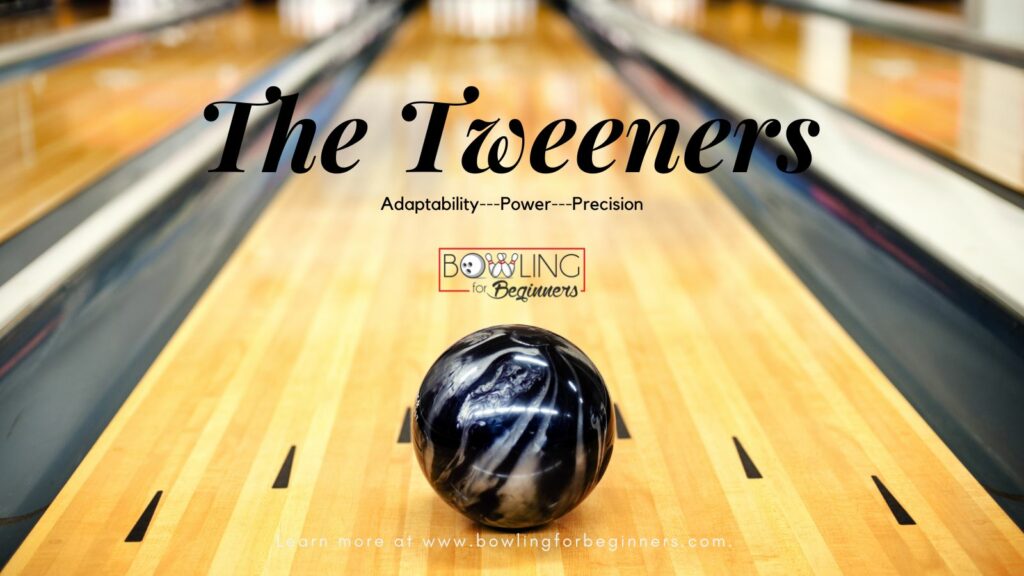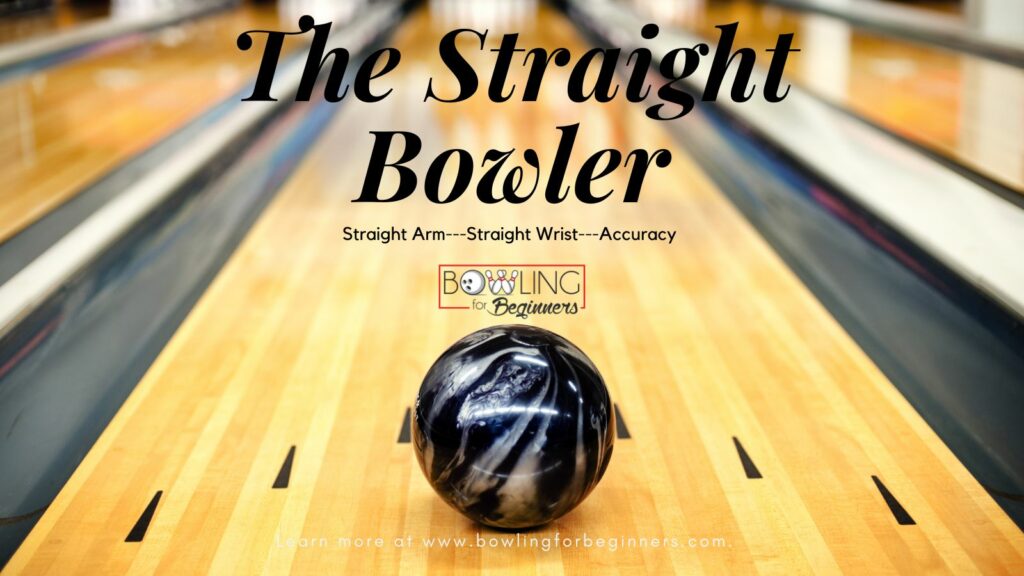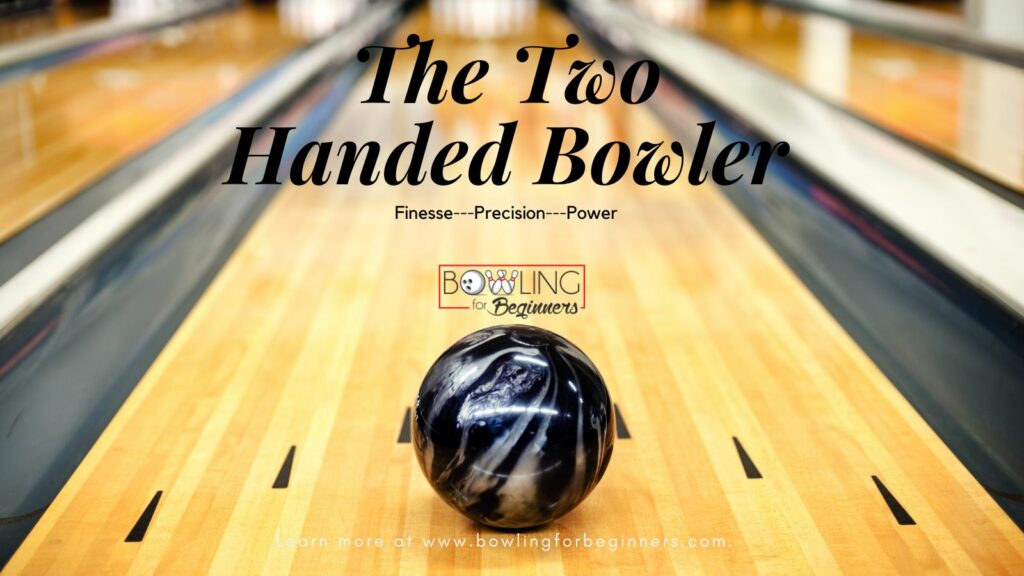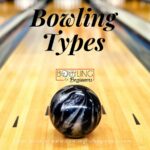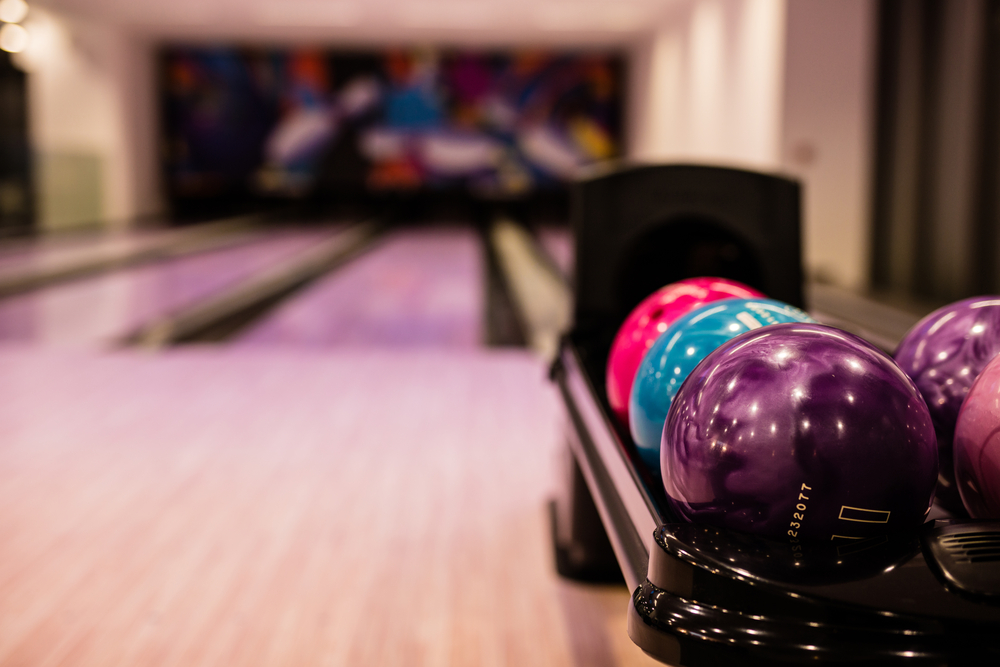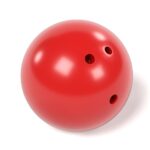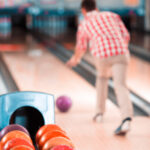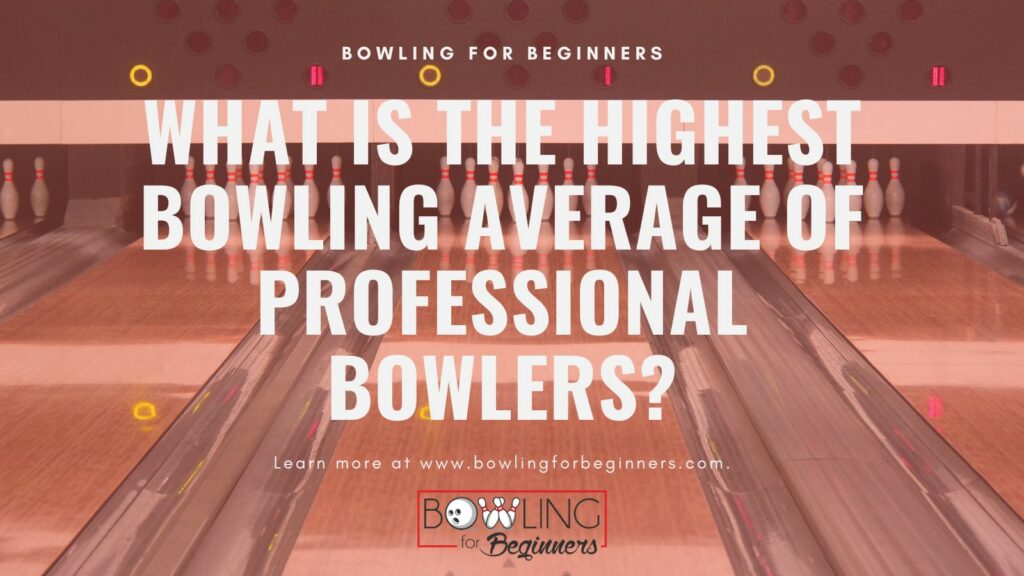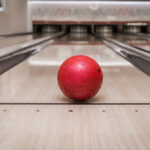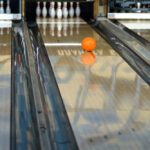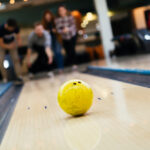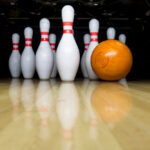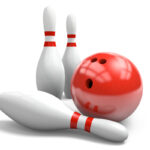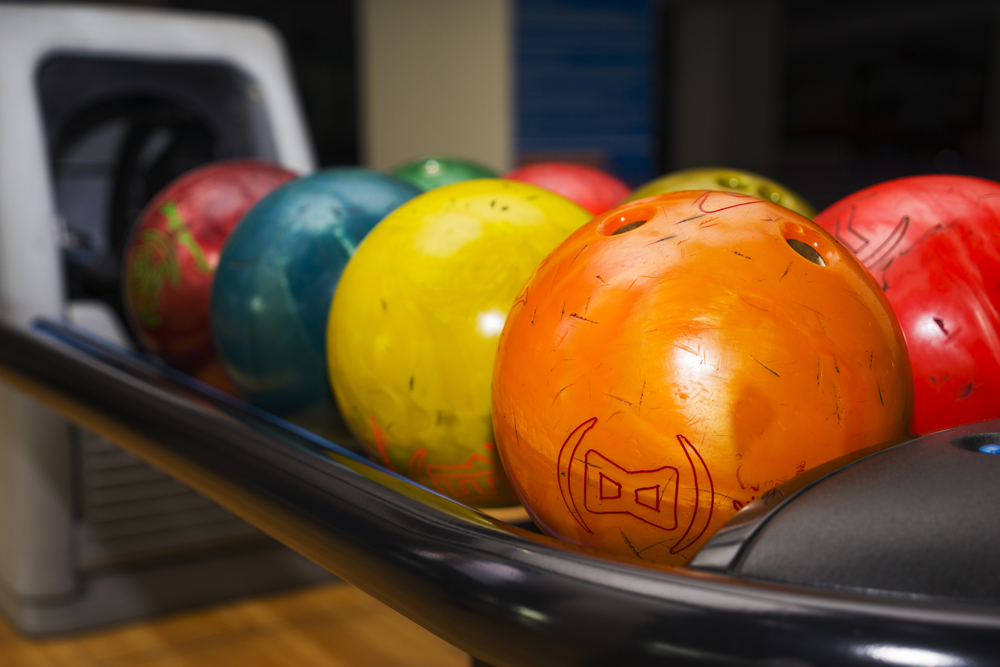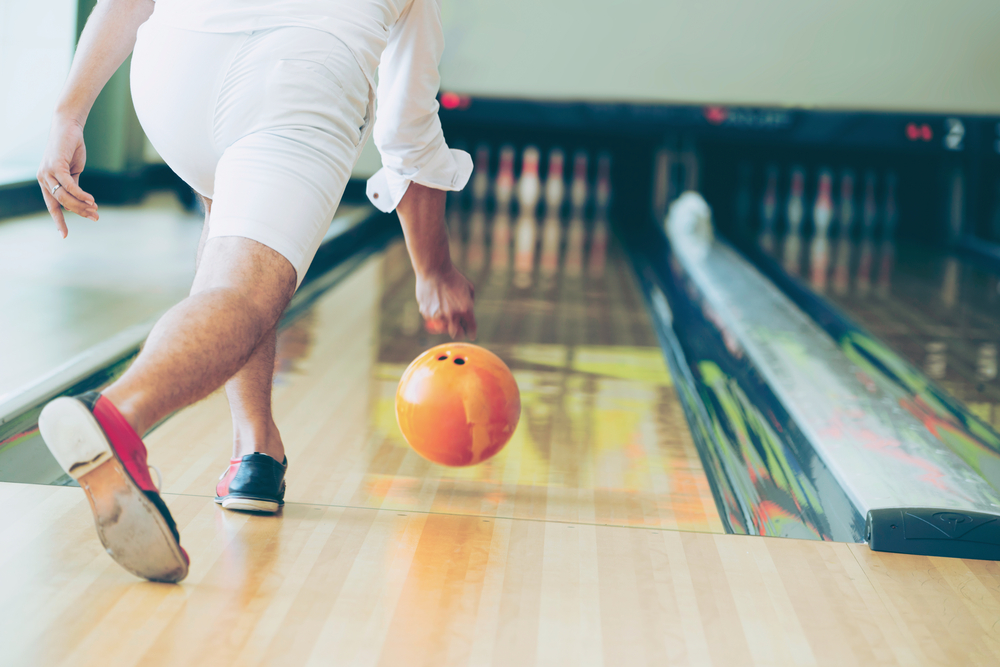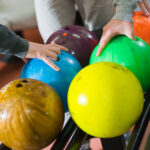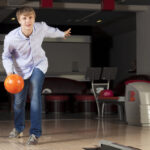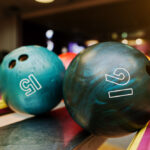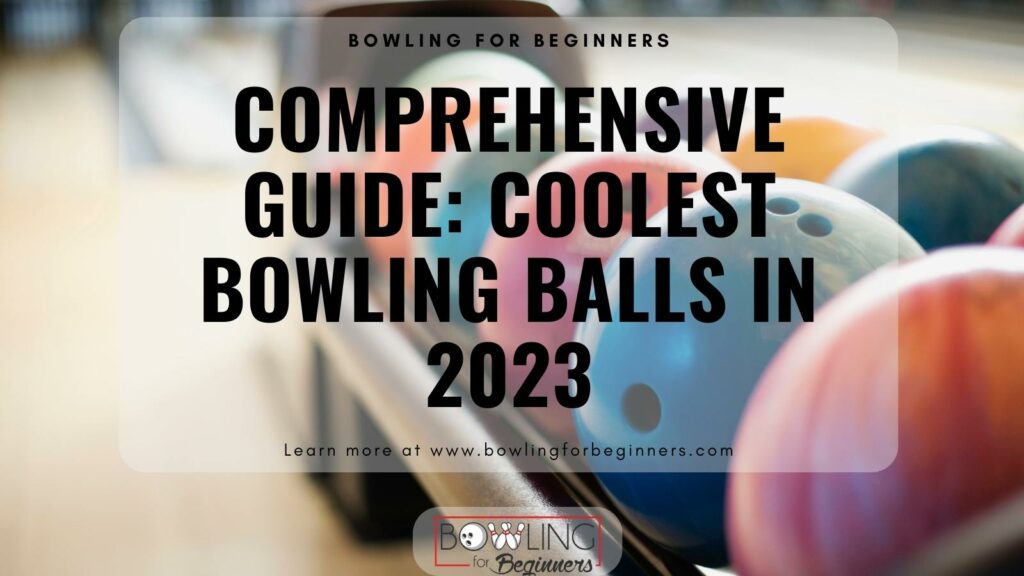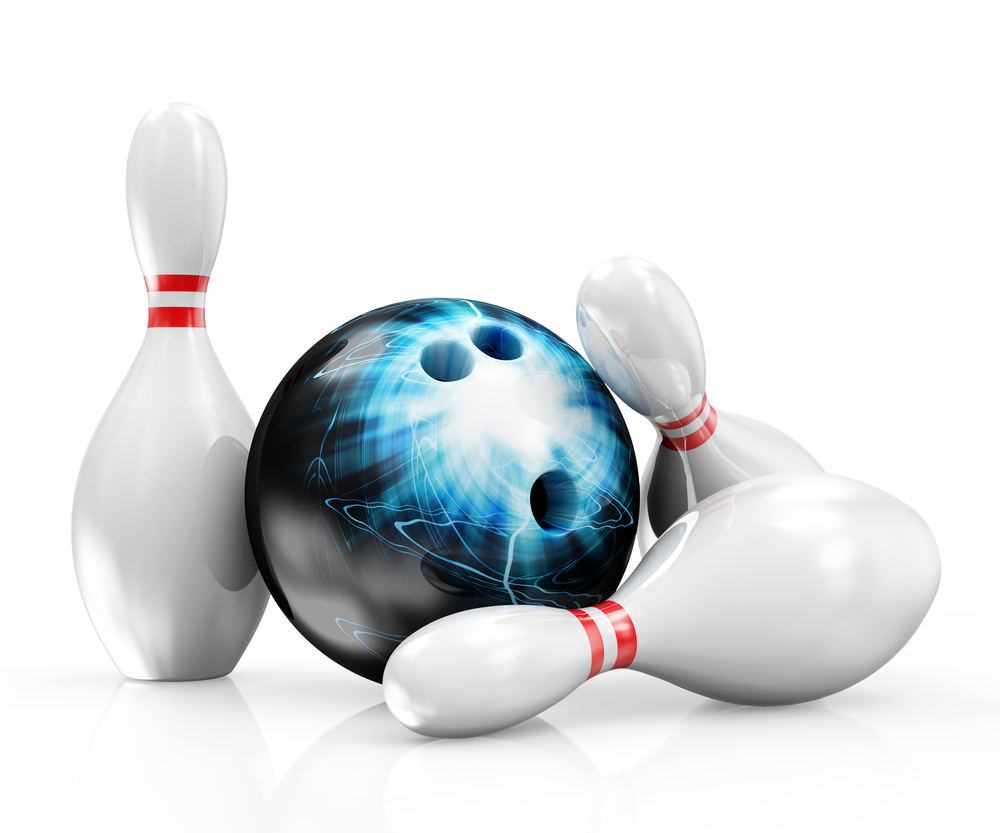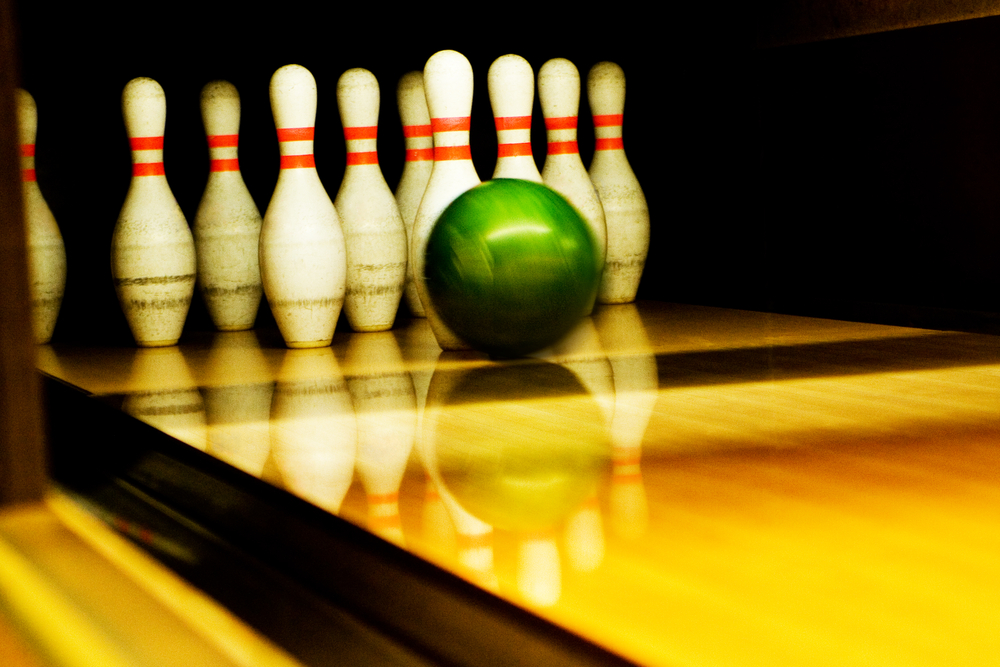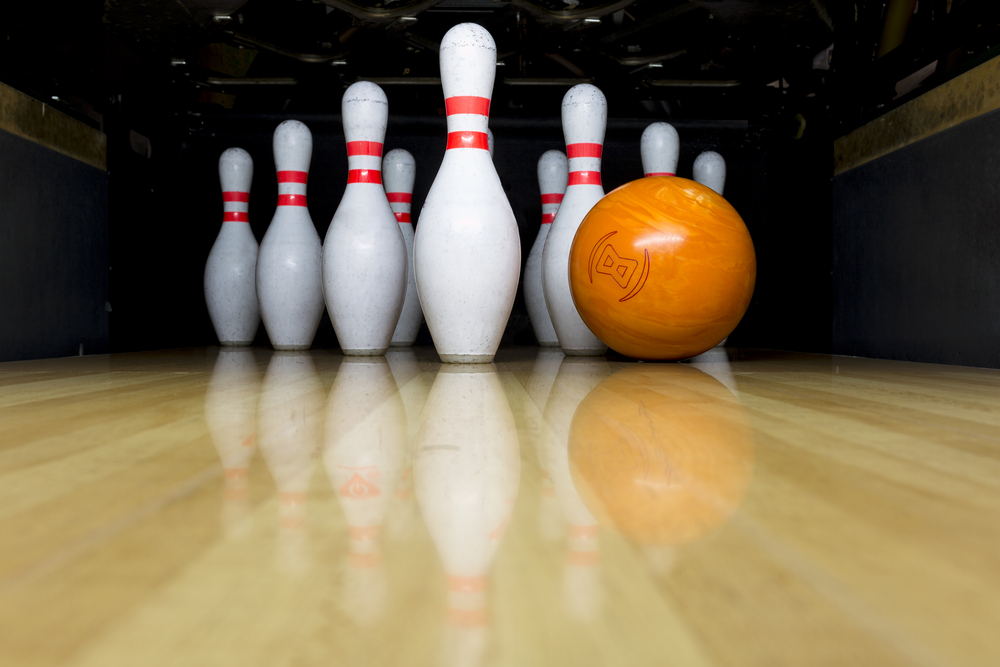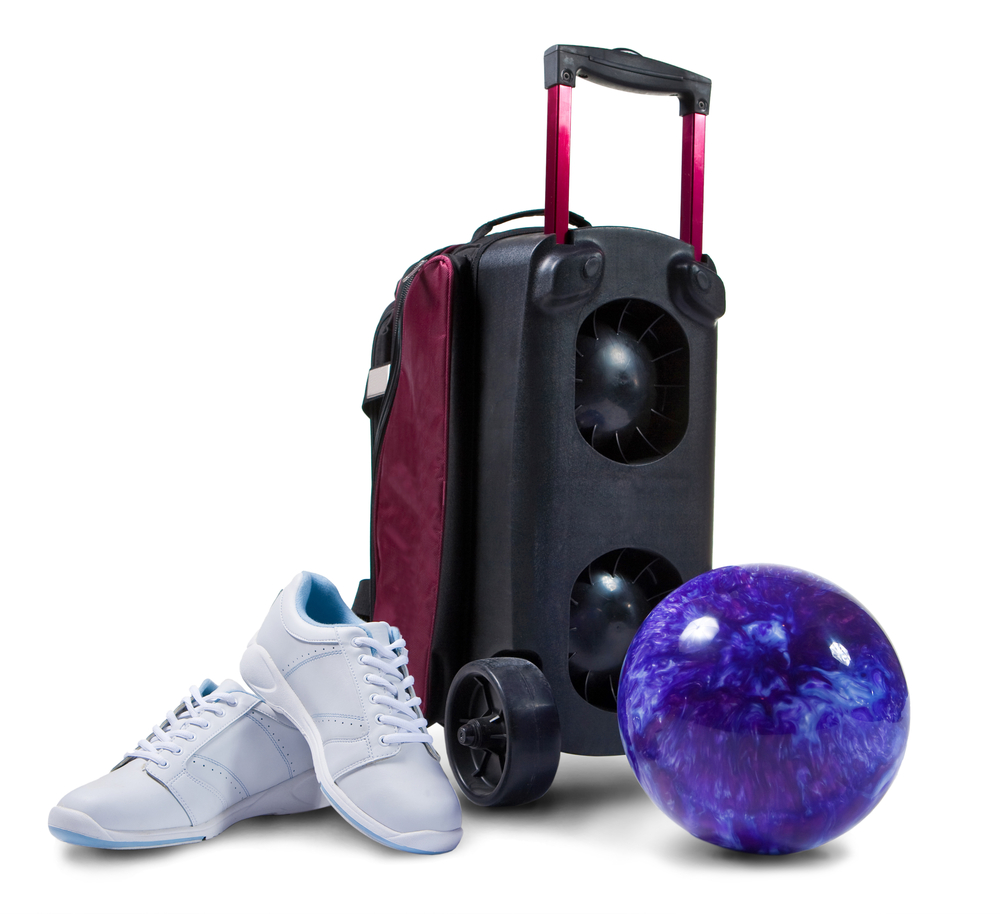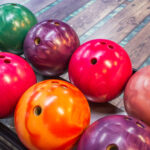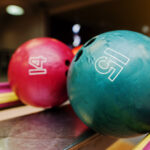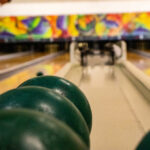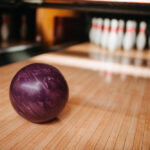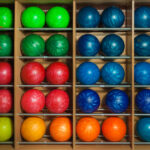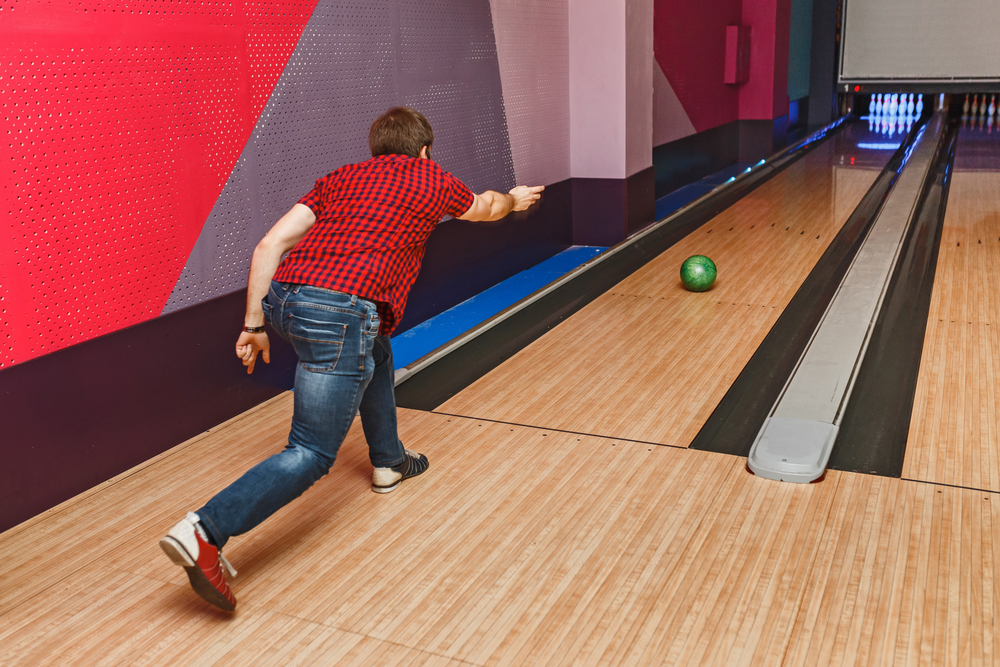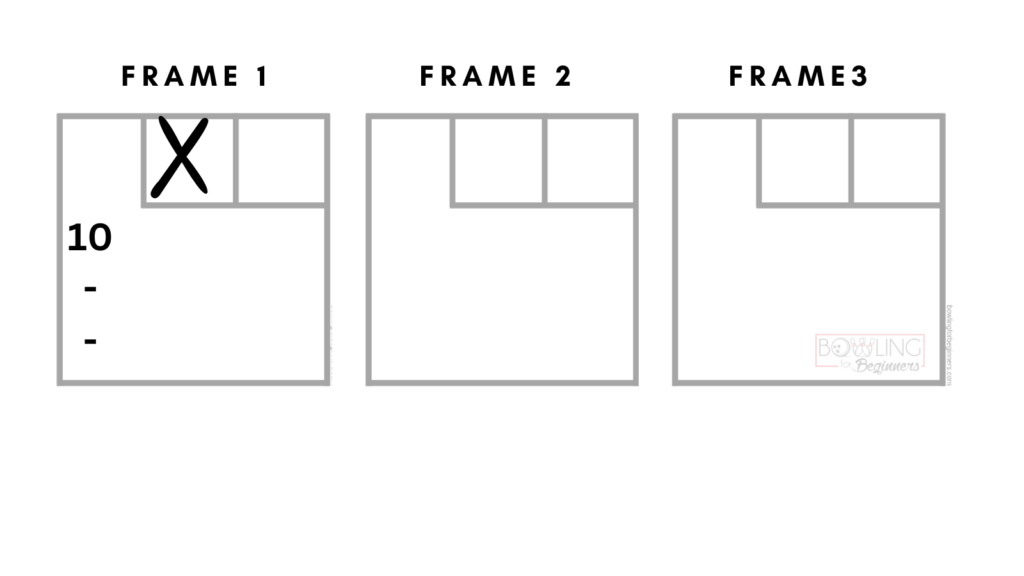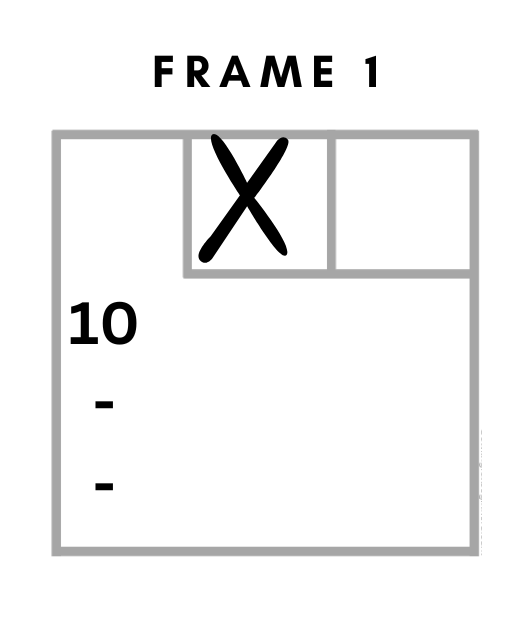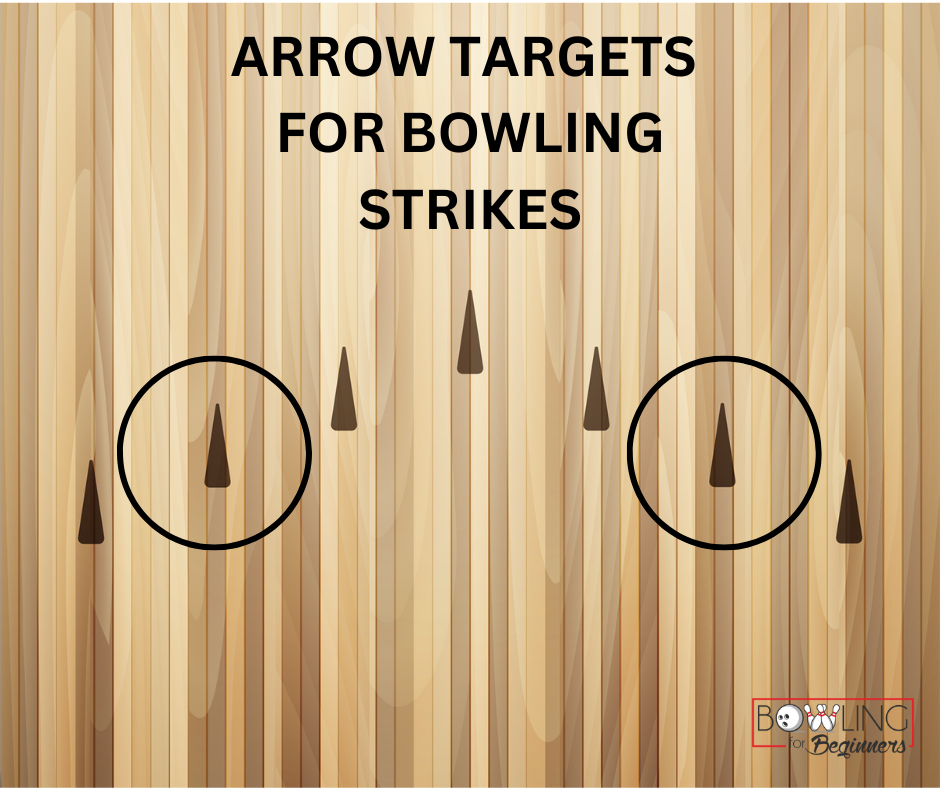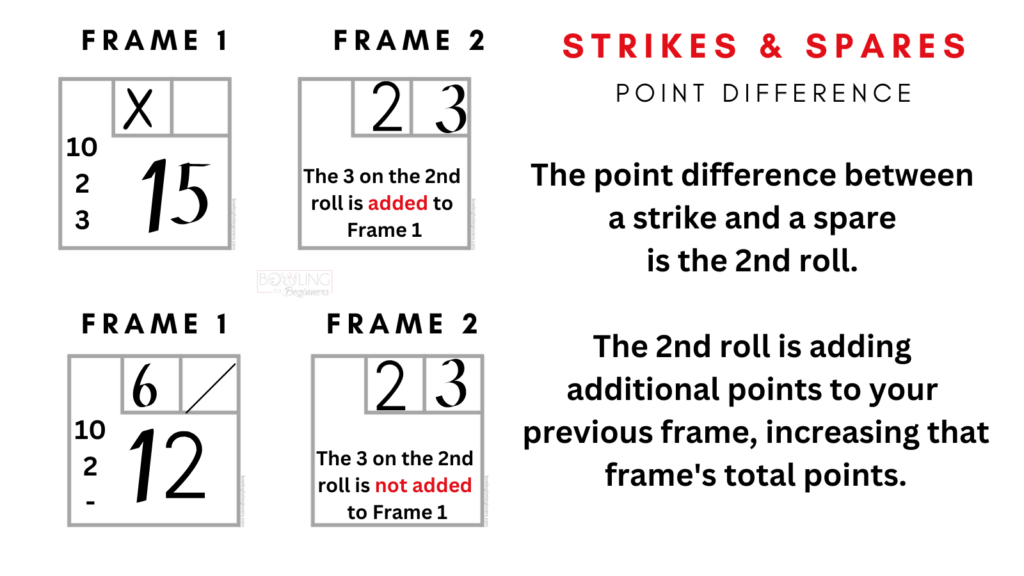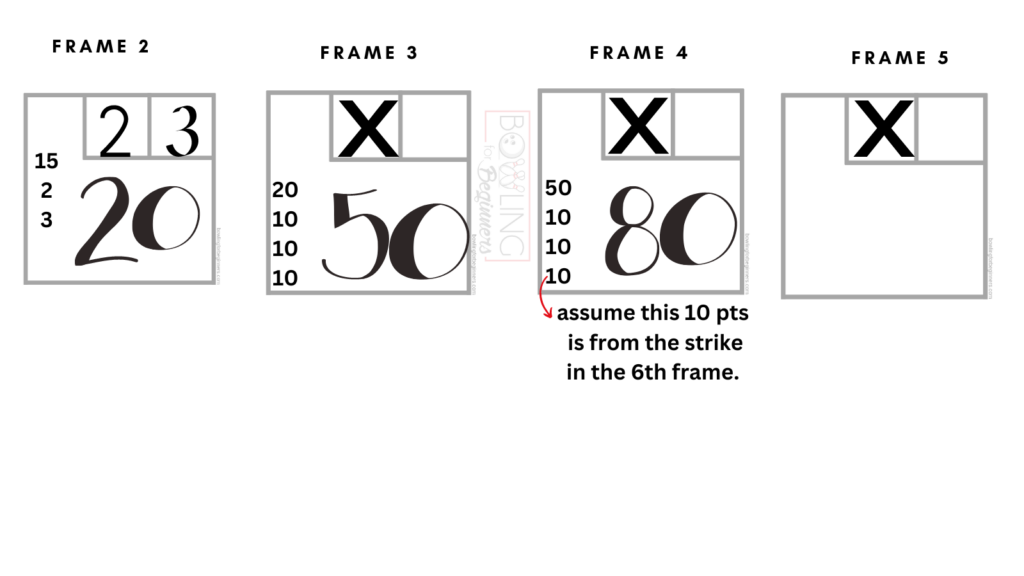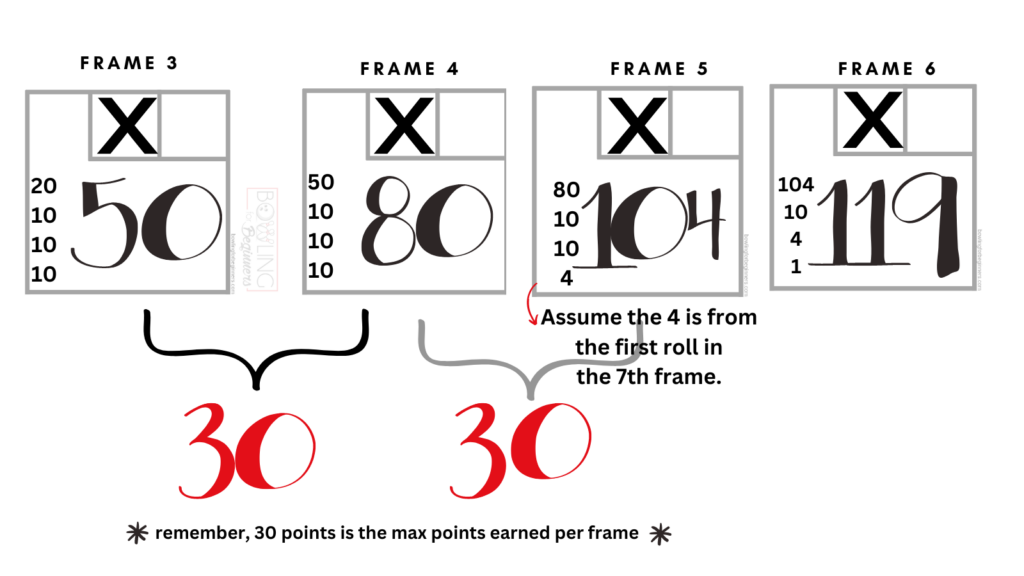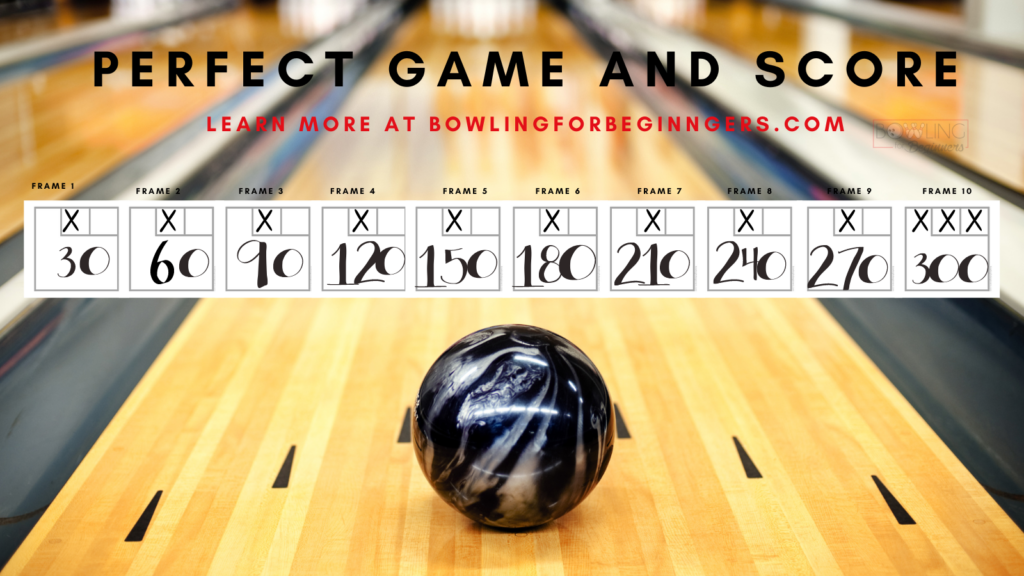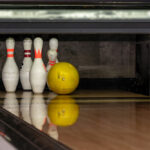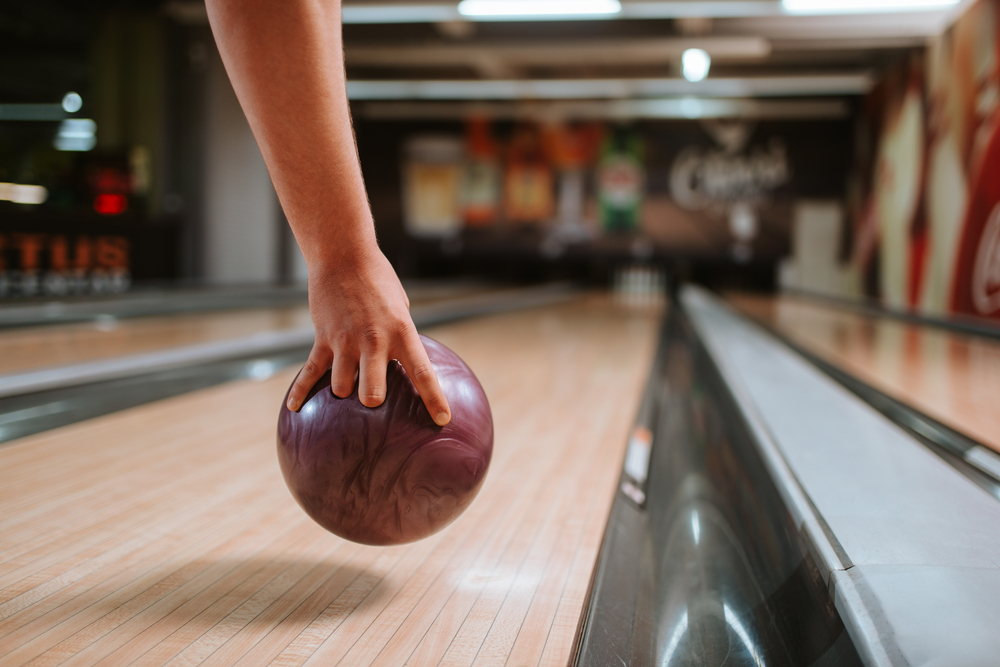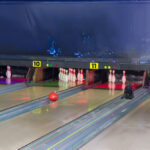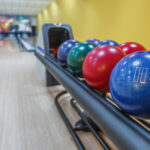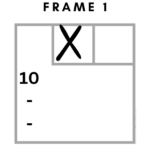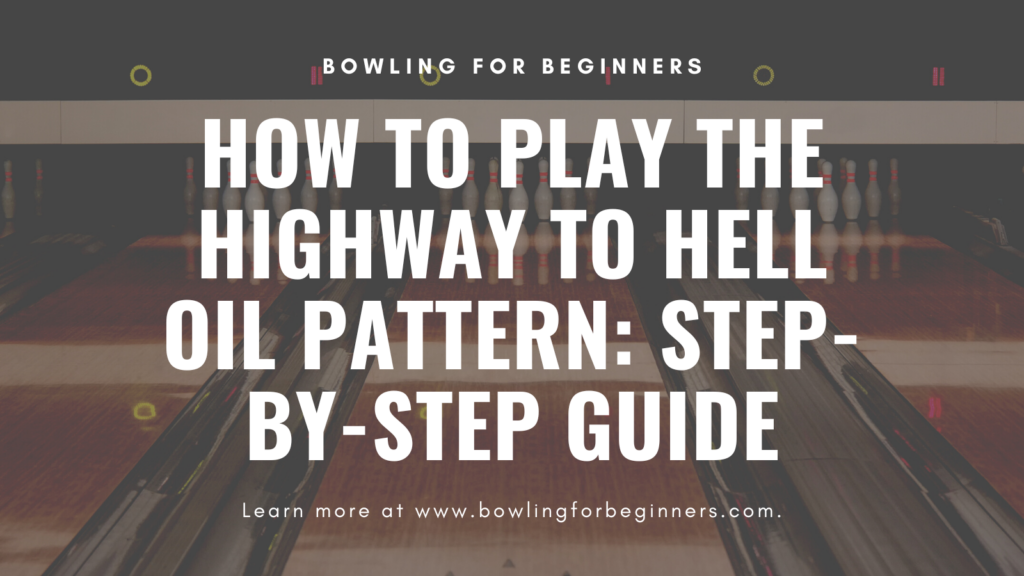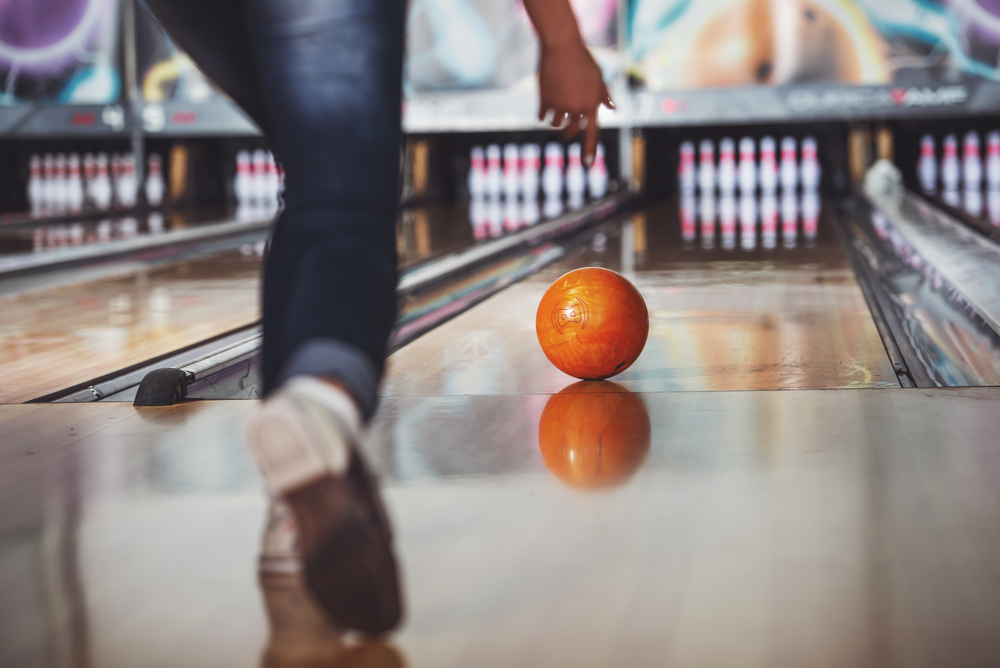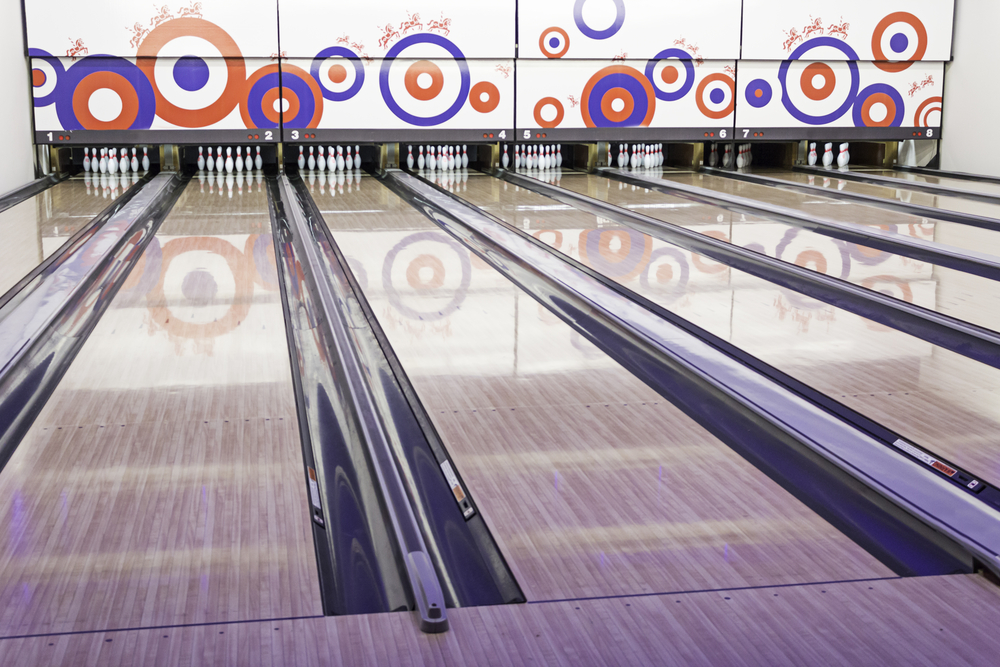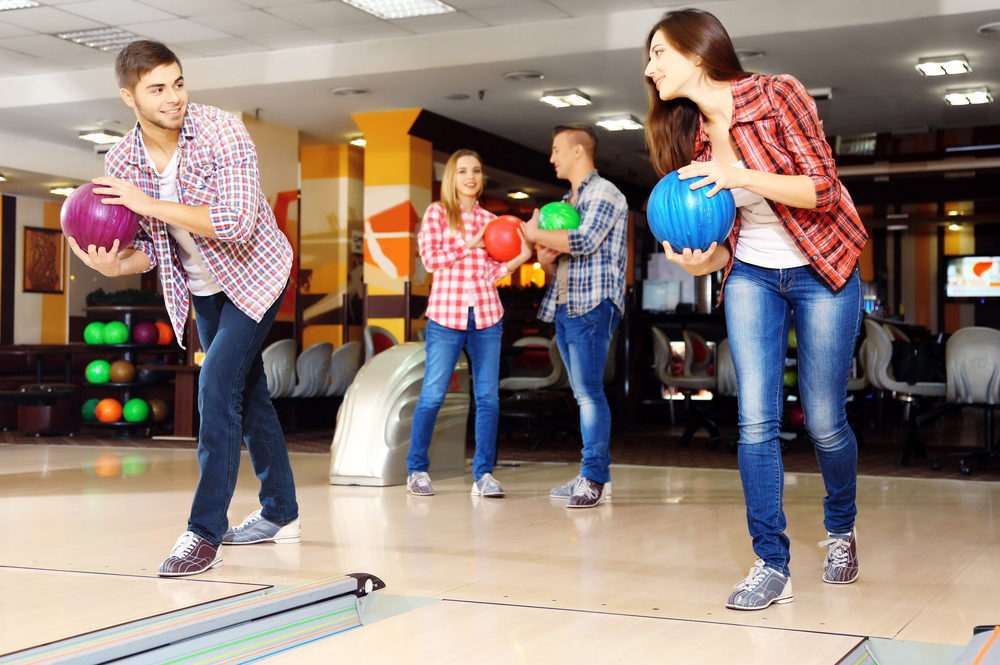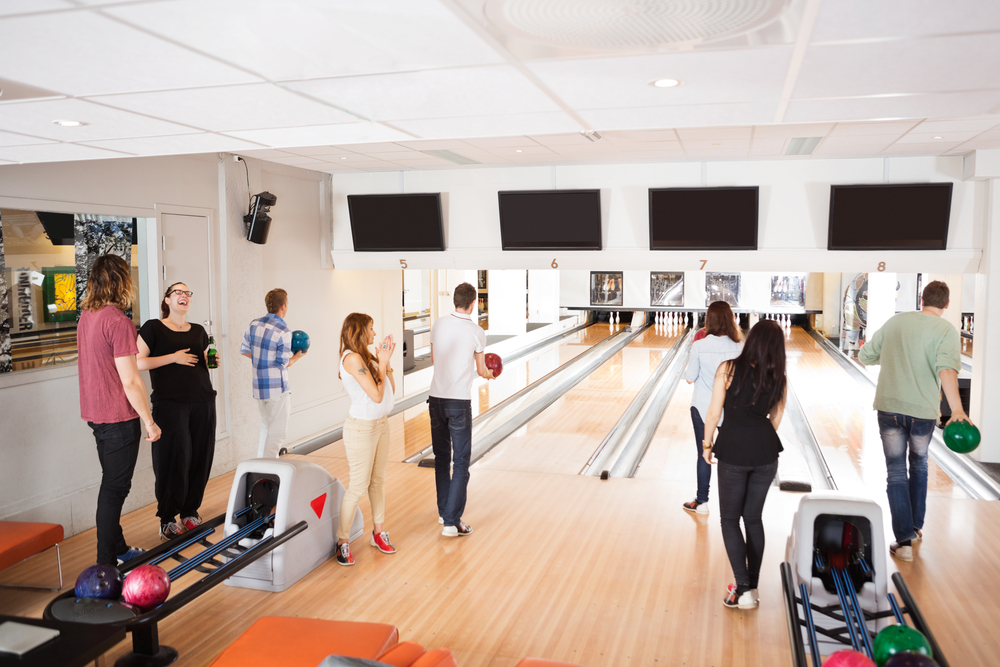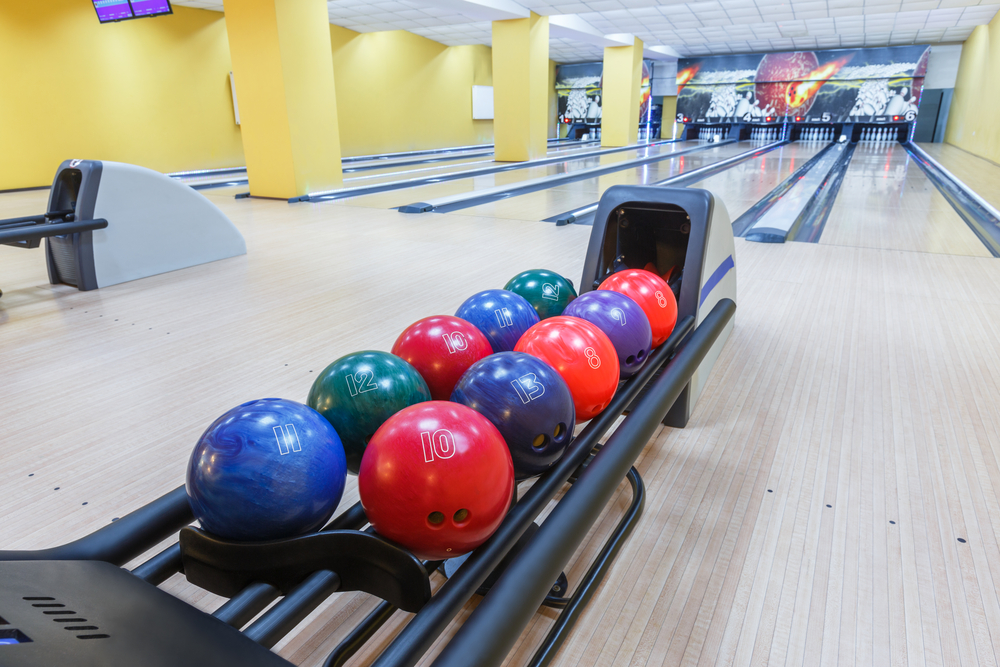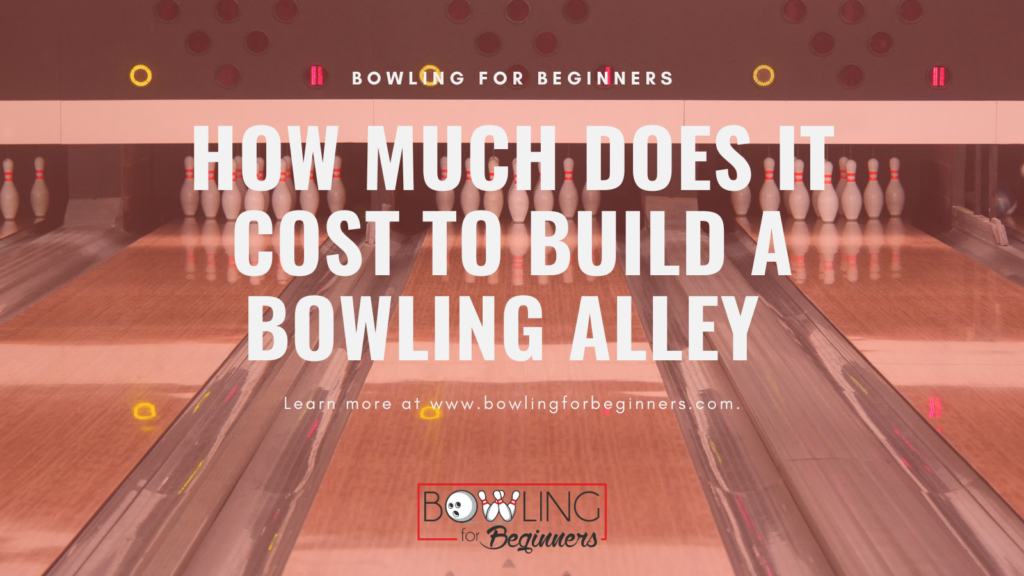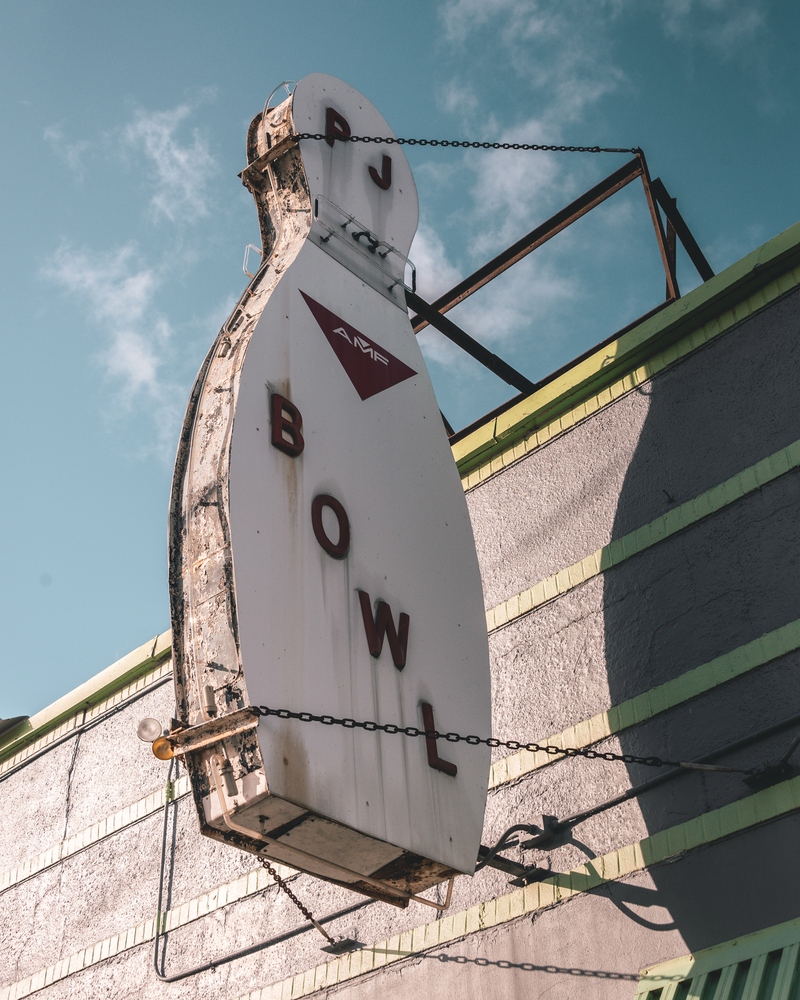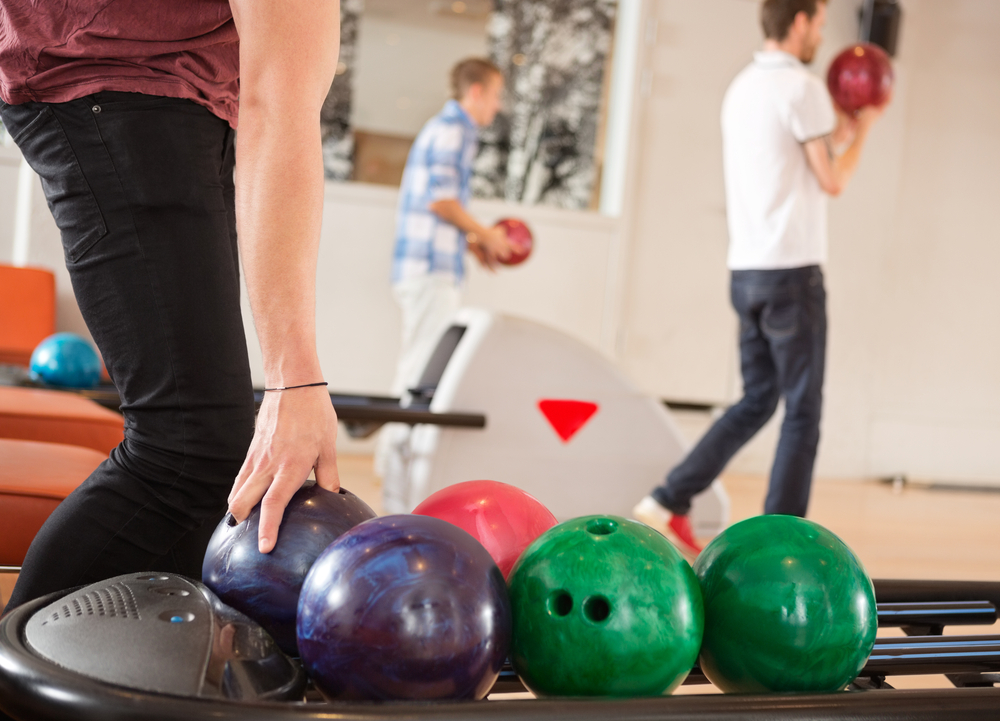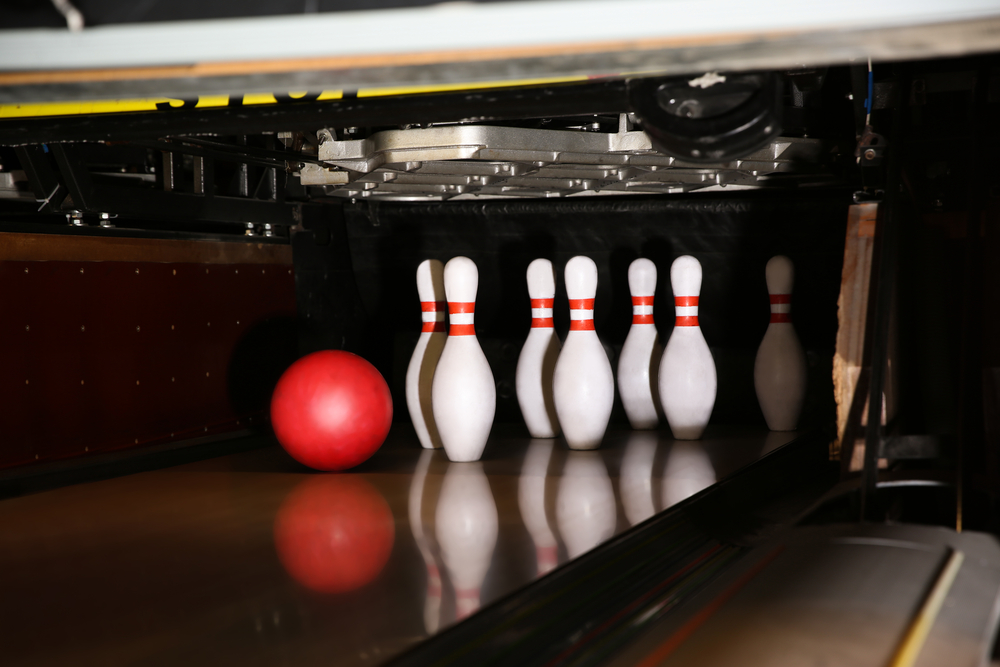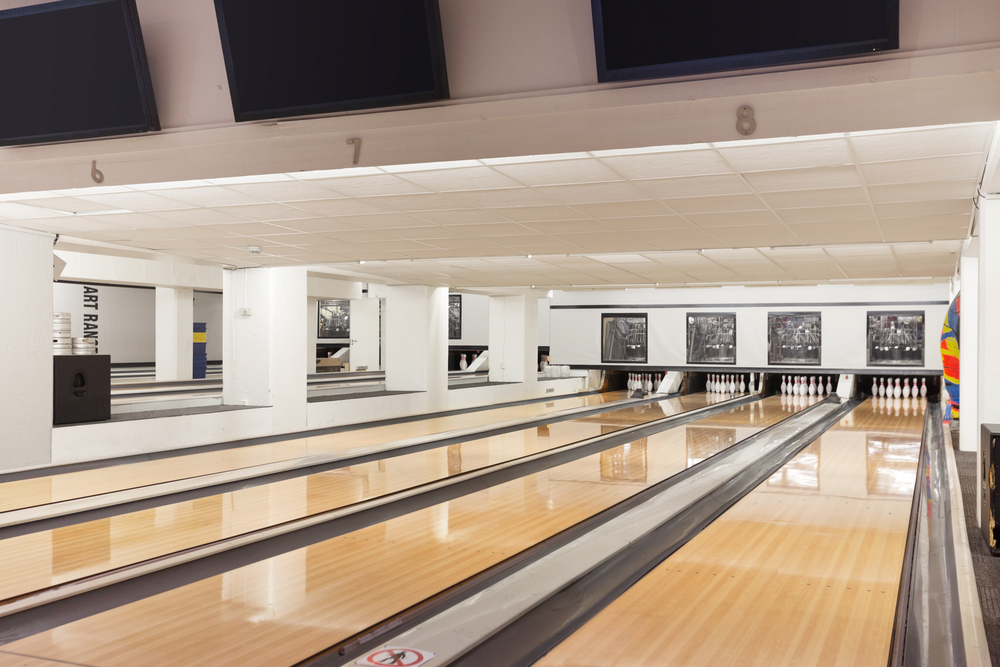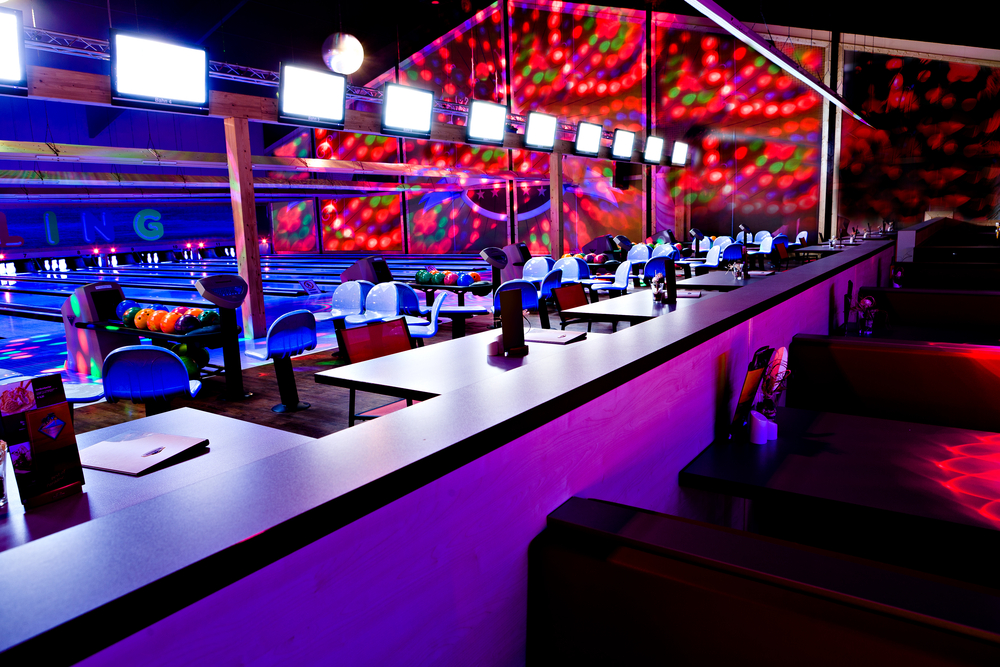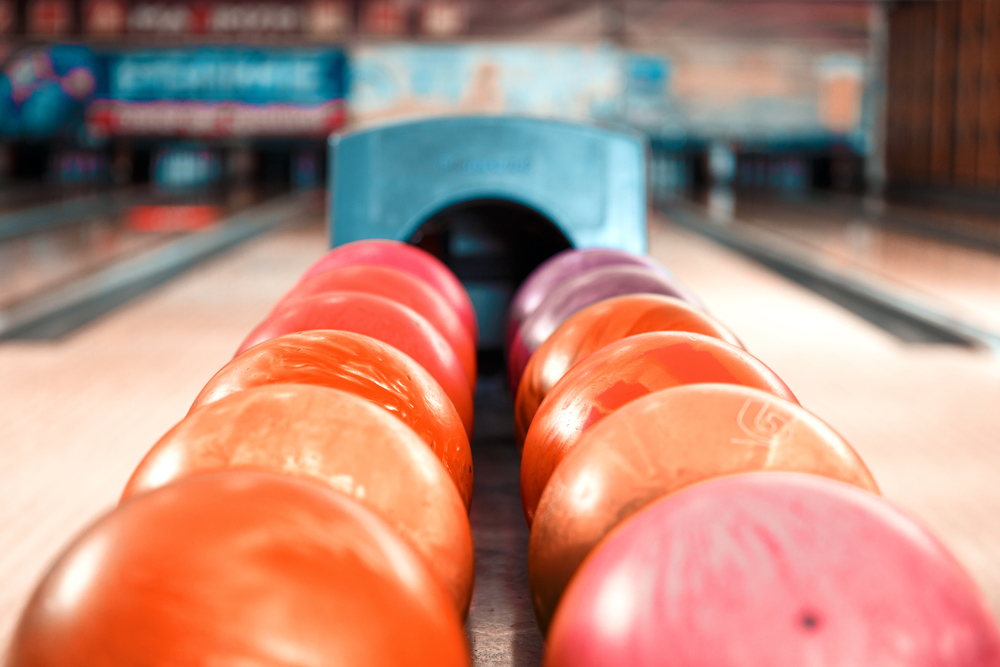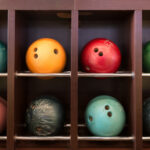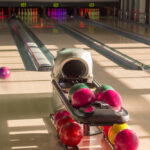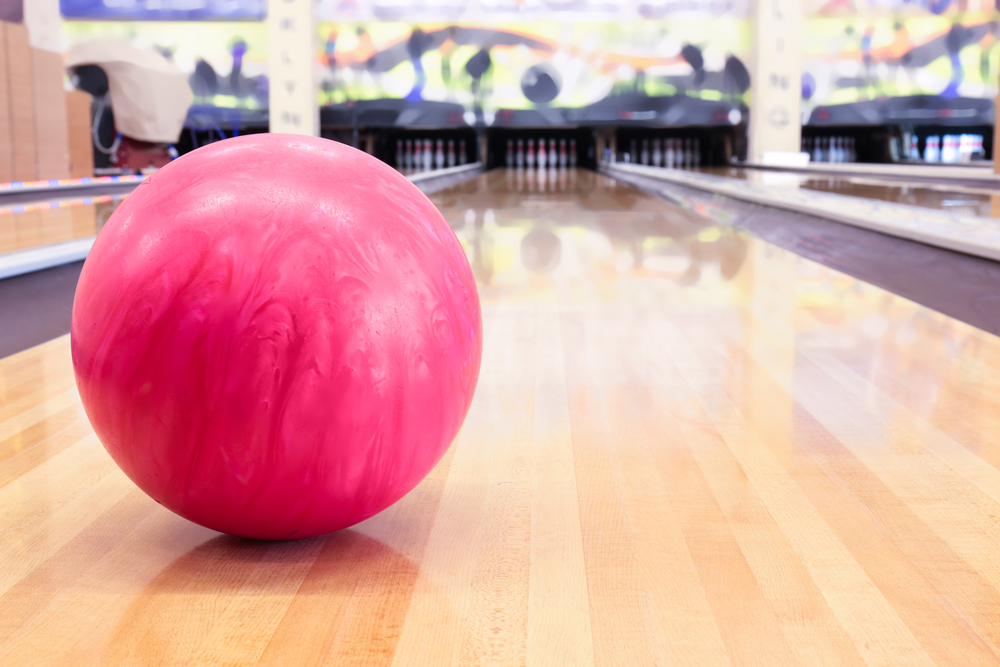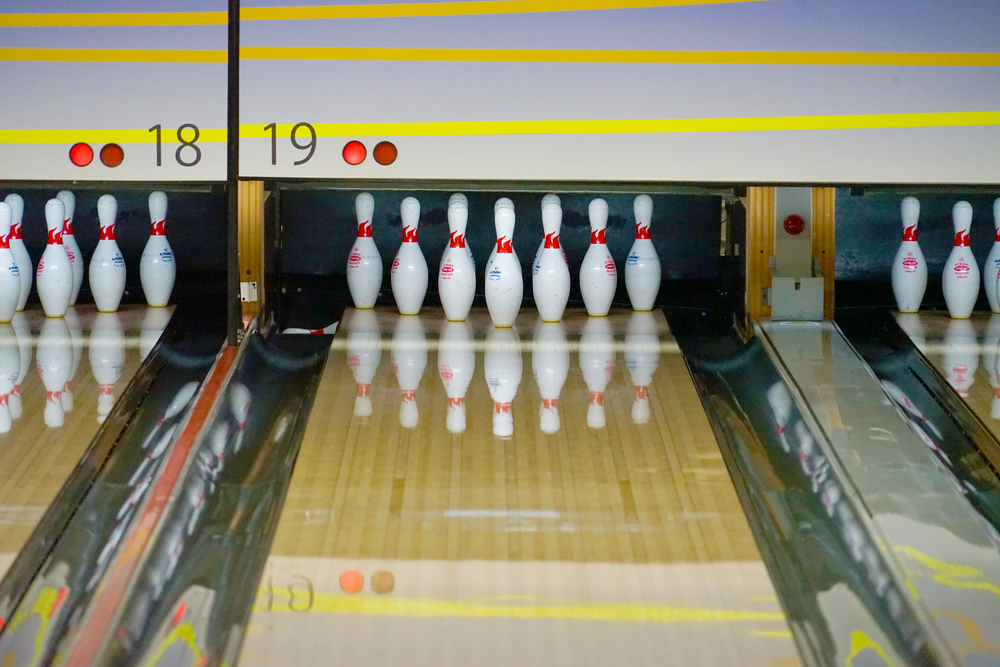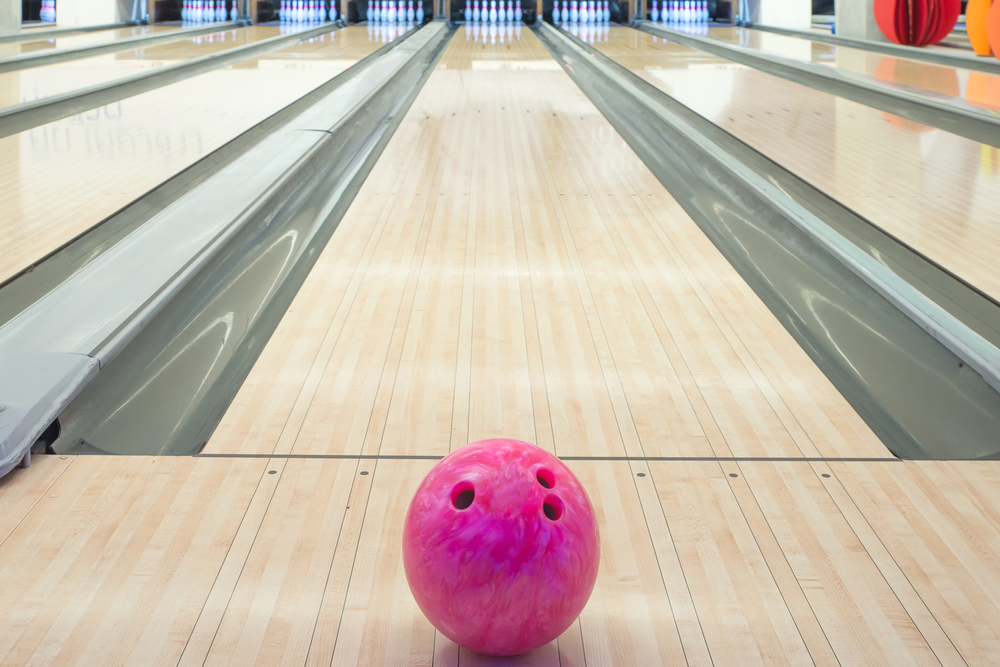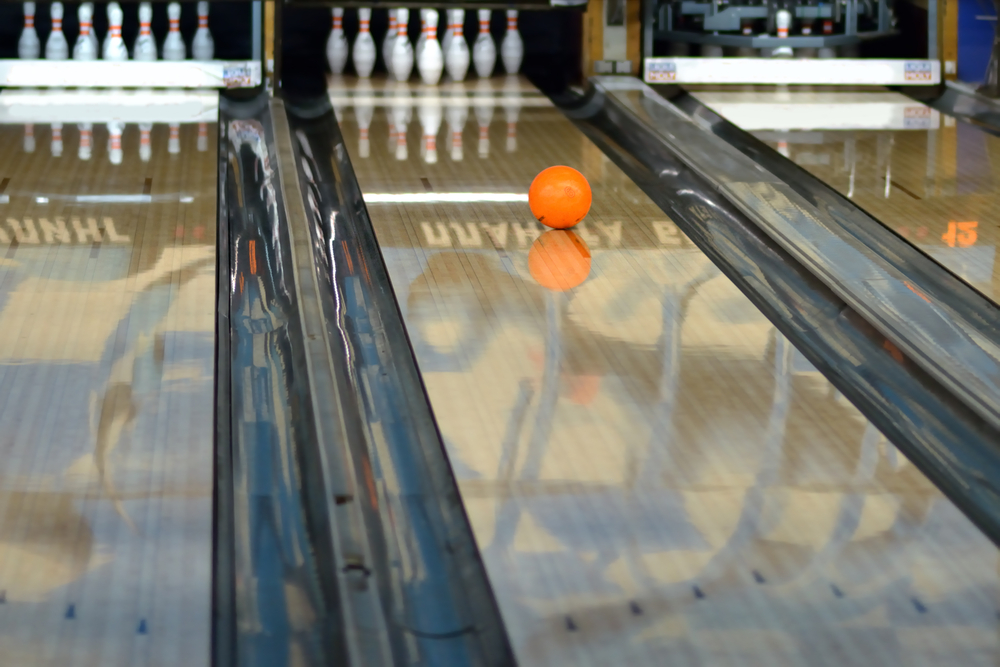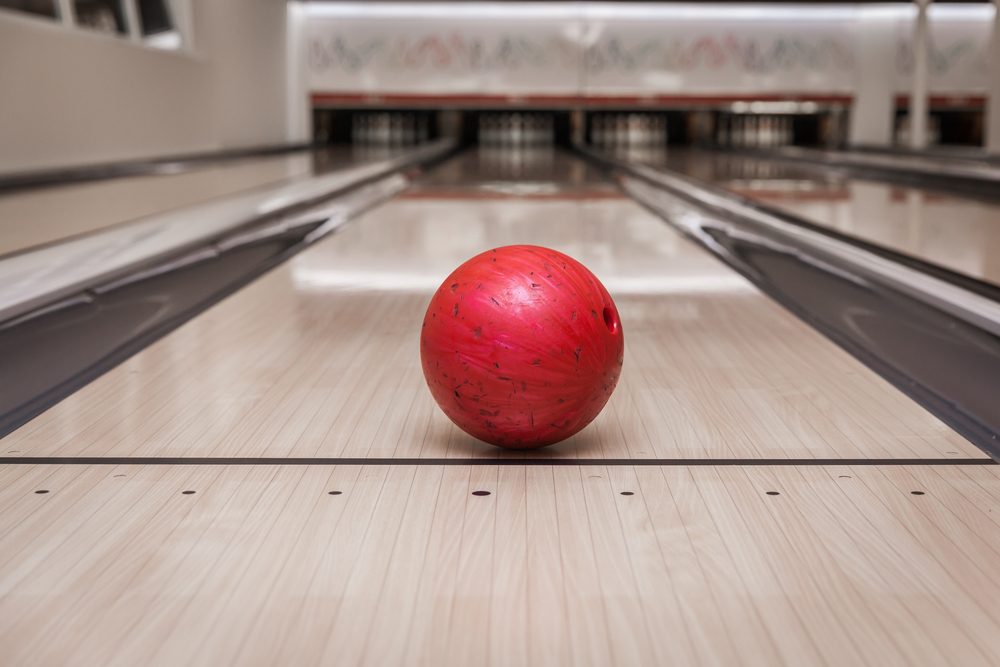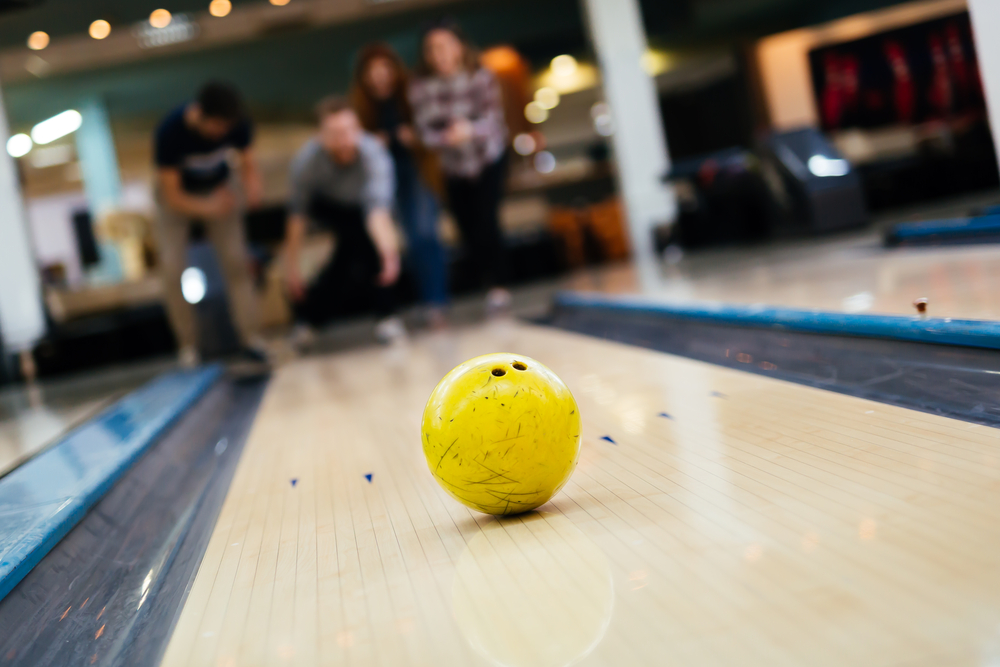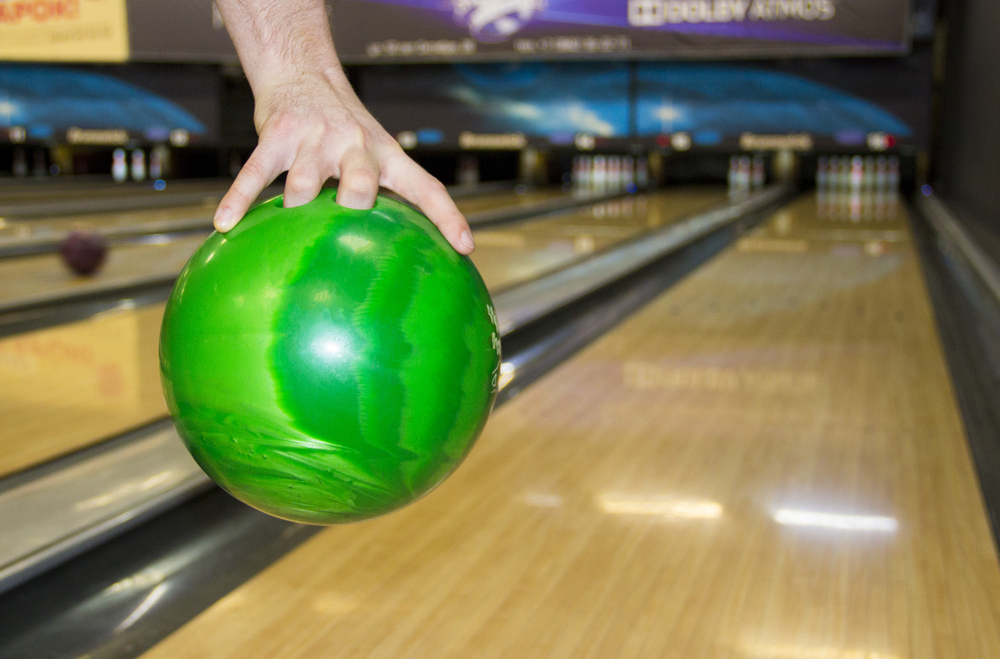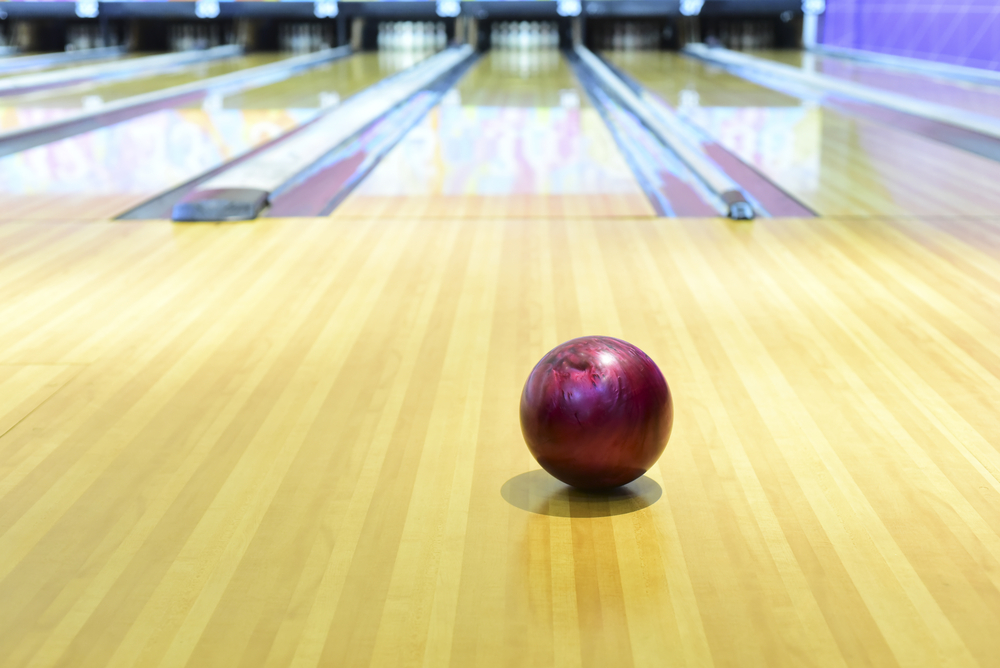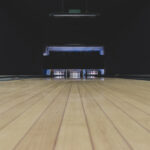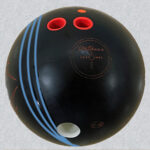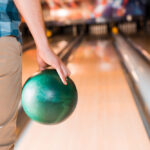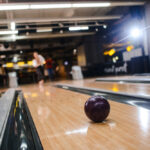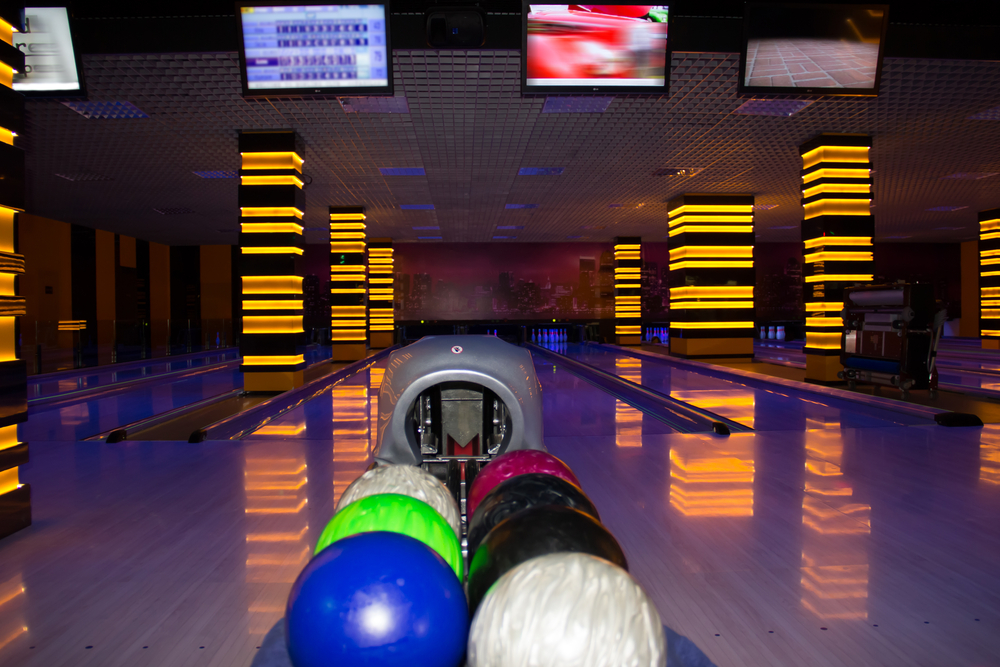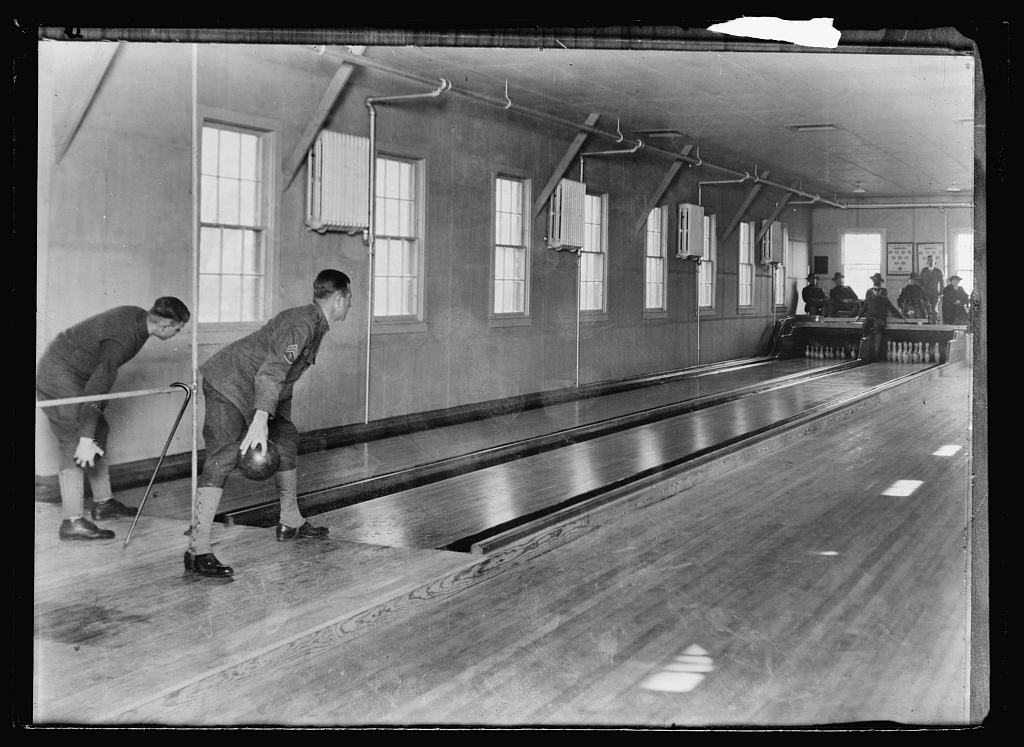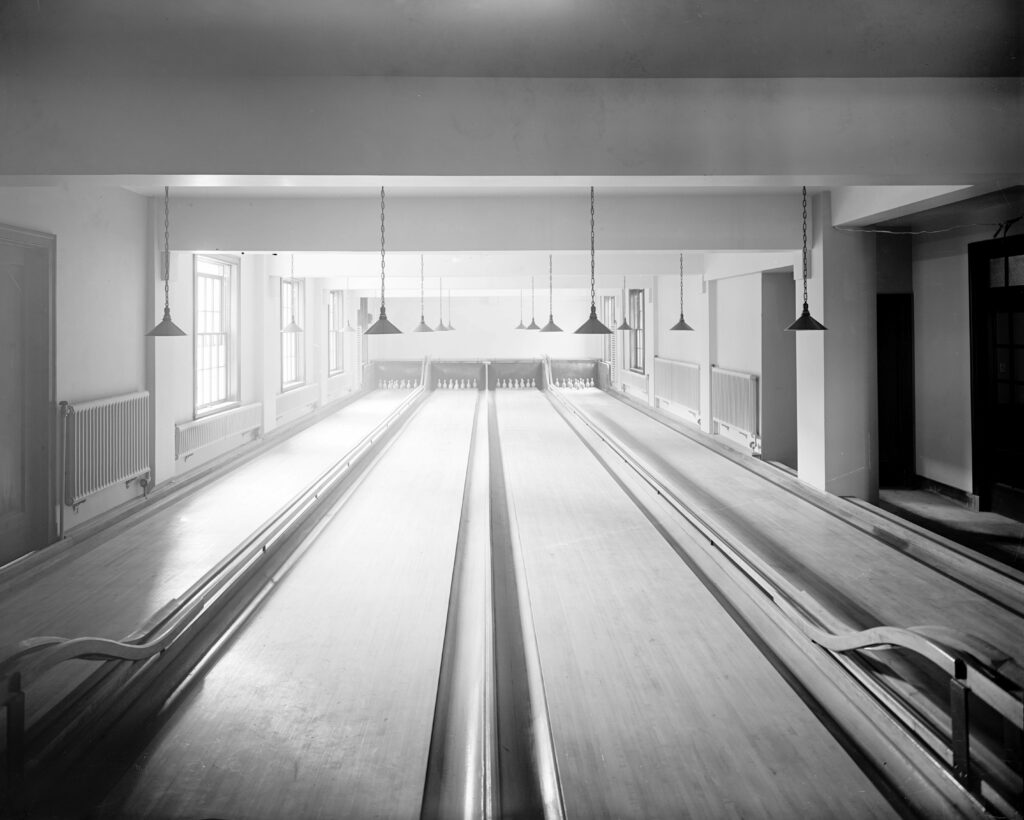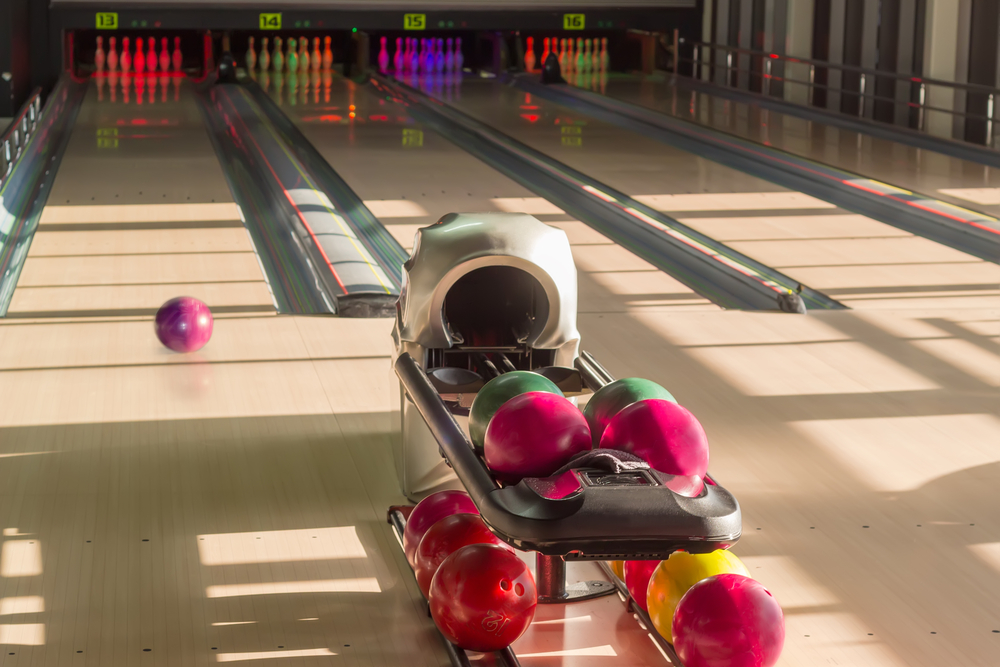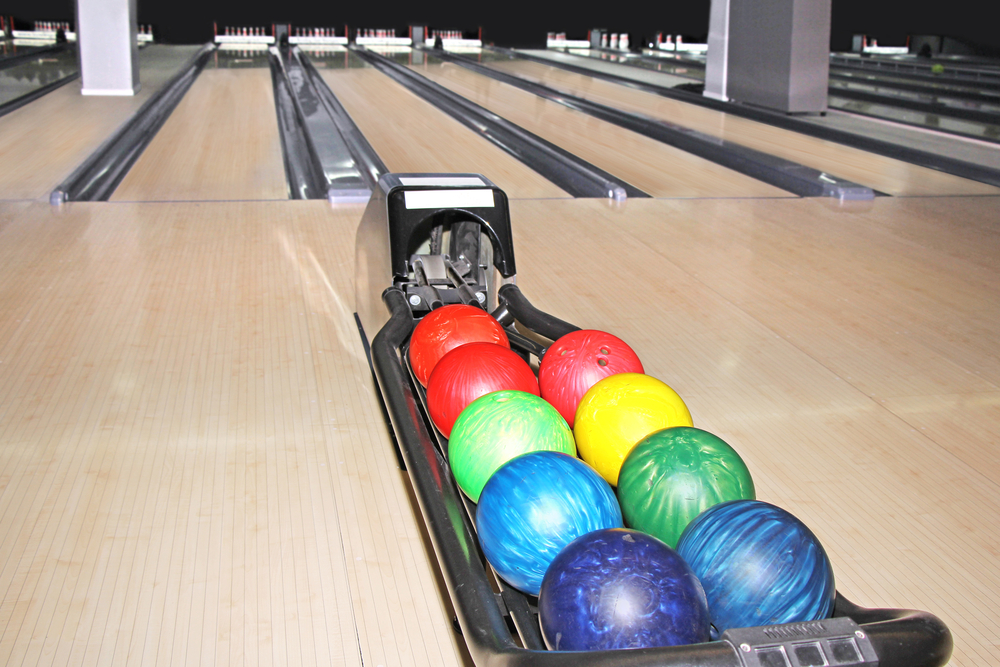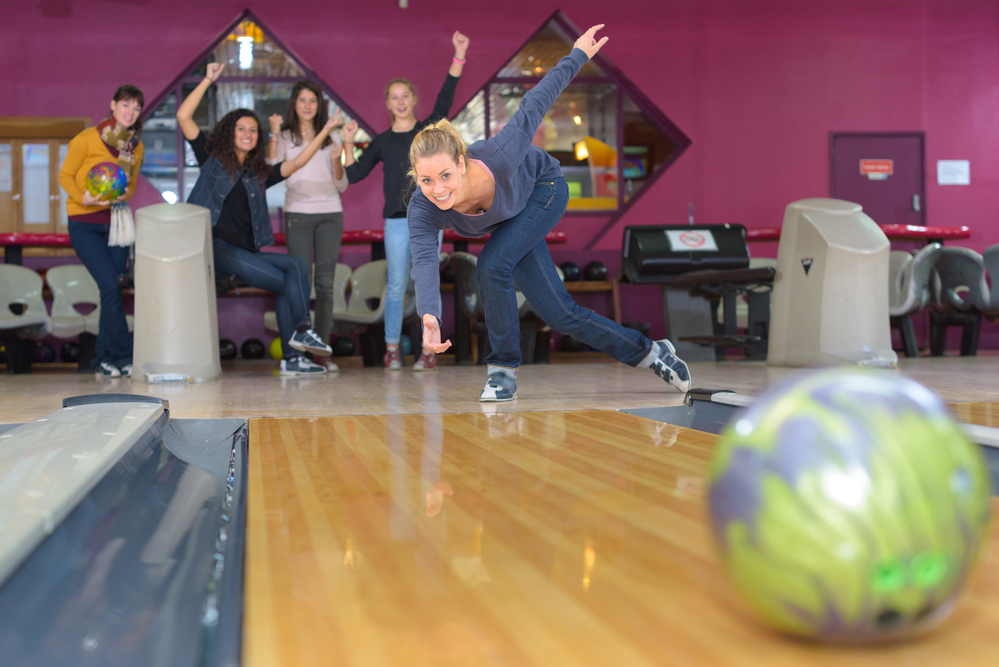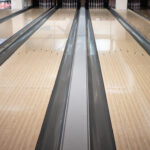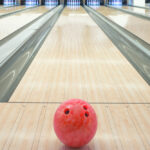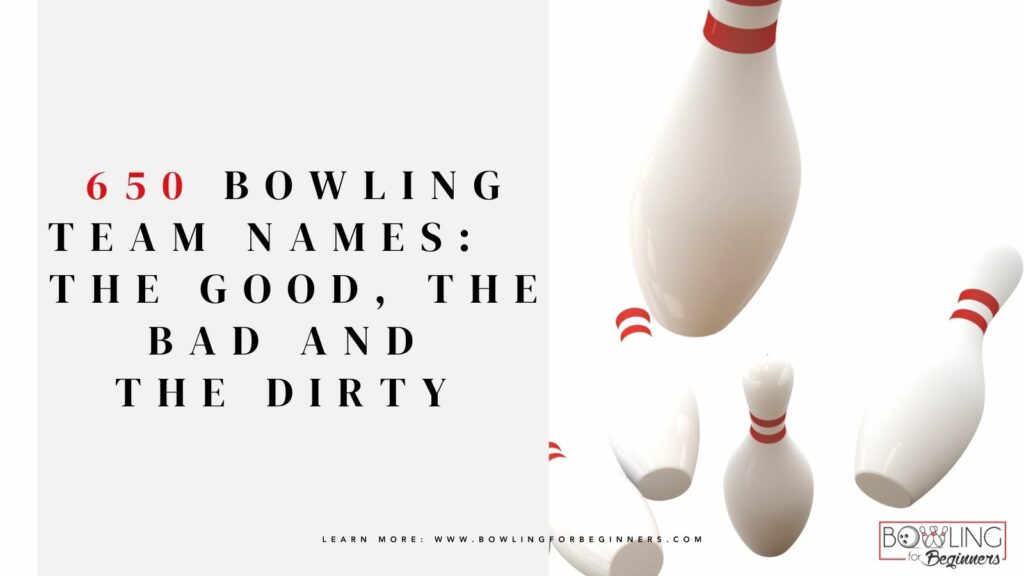
Picking the right team name is an integral part of the bowling experience - the name represents your squad, shows your spirit, and can even strike fear into the hearts of your competitors. So, it makes sense to put some thought into what your team name will be.
This article is a comprehensive bowling team name guide, including a list of unique and memorable team names to inspire you. From names that highlight the competitiveness of the sport to those that embrace the camaraderie and fun atmosphere of bowling, there's something for every type of bowling crew.
We also address related questions you might have on this topic. Let’s get right into it!
Contents
- 1 Types of Bowling Team Names
- 1.1 Key Takeaways
- 1.2 Punny Names
- 1.3 Professional Bowling Team Names
- 1.4 Pop Culture References Bowling Team Names
- 1.5 Location-Based Bowling Team Names
- 1.6 Funny Bowling Team Names
- 1.7 Top 10 Best Bowling Team Names
- 1.8 Bowling Team Names for Bad Bowlers
- 1.9 Drinking Team Bowling Names
- 1.10 Good Bowling Team Names
- 1.11 Catchy Bowling Team Names
- 1.12 Quirky Bowling Team Names
- 1.13 Speed, Stealth, and Agility-Themed Names
- 1.14 Mystical and Mythical-Themed Names
- 1.15 Legendary and Fantasy-Themed Names
- 1.16 Women's Bowling Team Names
- 1.17 Men's Bowling Team Names
- 1.18 Original Bowling Team Names
- 1.19 Co-Ed Bowling Team Names
- 1.20 Pop Culture and Movie Bowling Team Names
- 1.21 Food-Inspired Bowling Team Names
- 1.22 Bowling Technique and Strategy-Themed Team Names
- 1.23 Music, TV, and Pop Culture Bowling Team Names
- 1.24 Anime-Inspired Bowling Team Names
- 1.25 Car Brand-Inspired Bowling Team Names
- 1.26 R&B Music Artists-Inspired Bowling Team Names
- 1.27 Country Music Artists-Inspired Bowling Team Names
- 1.28 Rap and Hip-Hop Inspired Bowling Team Names
- 1.29 Vacation Destination-Inspired Bowling Team Names
- 1.30 American Sports Teams-Inspired Bowling Team Names
- 1.31 Work Bowling Team Names
- 1.32 Military-Inspired Bowling Team Names
- 1.33 Pokémon-Inspired Bowling Team Names
- 1.34 Grown & Mature Theme Bowling Name Ideas
- 1.35 70's Slang Inspired Bowling Team Names
- 1.36 80's Slang Inspired Bowling Team Names
- 1.37 90's Slang Inspired Bowling Team Names
- 2 The Importance of a Great Team Name in Bowling
- 3 How Do You Name a Bowling Team?
- 4 Mistakes to Avoid When Choosing a Bowling Team Name
- 4.1 Offensive or Inappropriate Names
- 4.2 Copying Other Team Names
- 4.3 Overcomplicated Names
- 4.4 Trademark Infringements
- 4.5 Brainstorming Techniques
- 4.6 Utilizing Online Generators and Tools
- 4.7 Asking For Outside Opinions
- 4.8 What Is a Good Team Name?
- 4.9 What Do You Do on a Bowling Team?
- 4.10 How Many People Should Be on a Bowling Team?
- 4.11 Related Articles
Types of Bowling Team Names
Now, let's dive into the various types of bowling team names. The right name can set the tone for your team's experiences and how others perceive you. Interestingly enough, there are several types of team names that tend to be popular among bowling teams.
Key Takeaways
- Team Name Significance: Bowling team names are essential for team unity, spirit, and competitiveness. They serve as icebreakers and reflect the team's personality and values.
- Types of Names: There are different types of team names. They can be punny, professional, based on location, or reference pop culture. Examples include 'The Alley Cats', 'Strike Squad', and 'The Brooklyn Bowlers'.
- Naming Considerations: When picking a team name, consider if it's legal, appropriate, easy to say, and fits the team members. Avoid offensive, overly complicated, or trademarked names.
- Brainstorming Techniques: To create a good name, brainstorm with others, use online name generators, and ask for feedback. Consider incorporating bowling jargon for relevance.
- Team Composition: Most bowling teams have 3-5 players. They focus on improving, building friendships, and participating in competitions and parties. Choosing a bowling team name involves legal and social factors and being part of a team.
Punny Names
Who doesn't love a good pun? Bowling team names that play on words or use clever wordplay are always a hit. Some popular examples include:
- Spare Me
- Pin Pals
- Spare Club
- Split Happens
- I Can't Believe It's Not Gutter
- Rolling Stones
- F Queens/Kings
When it comes to parody names, creativity is your best friend! When creating a punny team name, allow your creativity to flow and think outside the box.
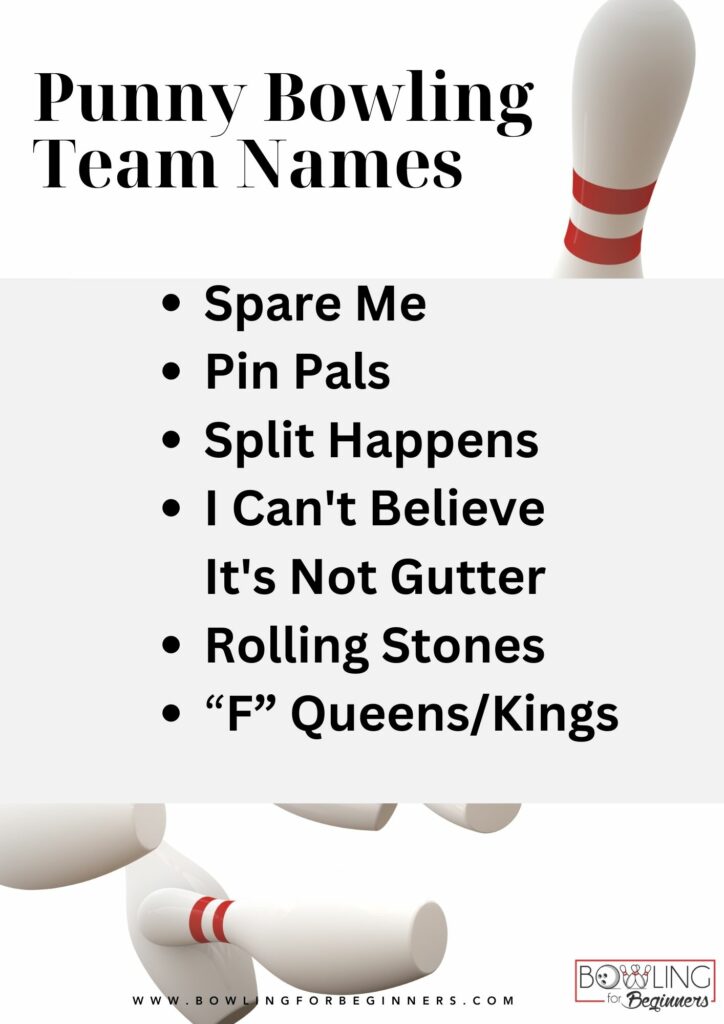
Professional Bowling Team Names
For those who take bowling more seriously and want to project a more professional image, using team names such as:
- Strike Squad
- Bowling Bandits
- Lane Legends
- High Rollers
- Strike Force
- King Pins
- Turkey Hunters
- Stealth Bowlers
These names show that you take your bowling skills seriously while still enjoying the sport.
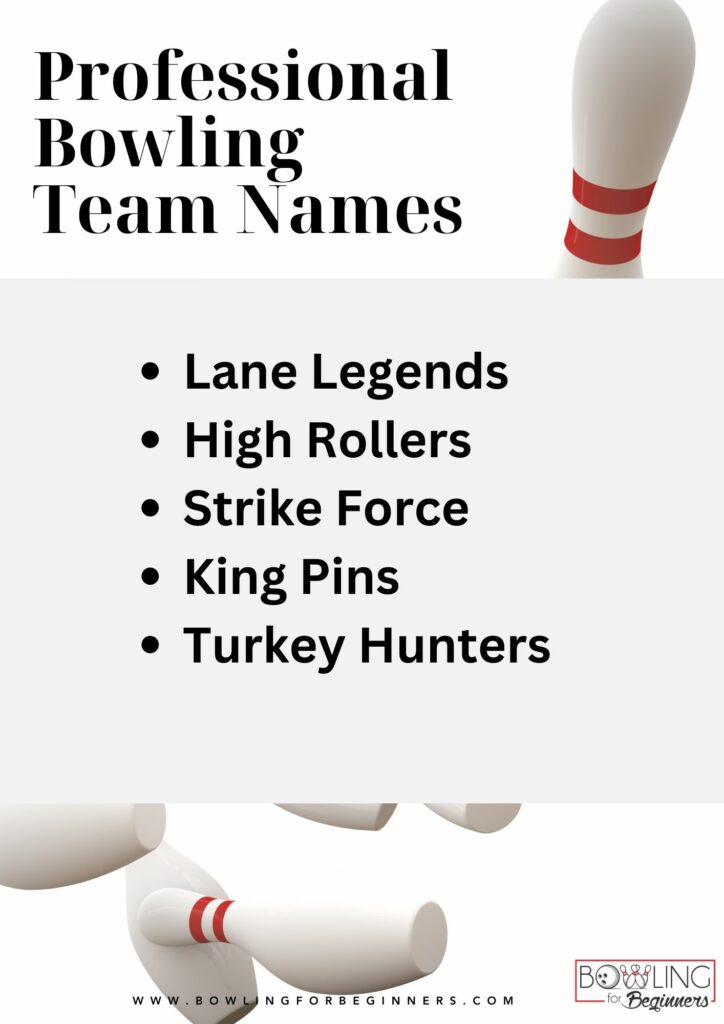
Pop Culture References Bowling Team Names
Incorporating elements of pop culture into your team name is another popular option. To add personality and flair, you can reference a favorite movie, TV show, or song in your team name. Some examples include:
- The Big Lebowski's
- The Dude Abides
- Bowling Stones
- Living/ Livin on a Spare
- Snakes on a Lane
- Pinnie Eyelash
Be sure you have the legal rights to use your given name. You don't want to be on the hook for copyright infringement.
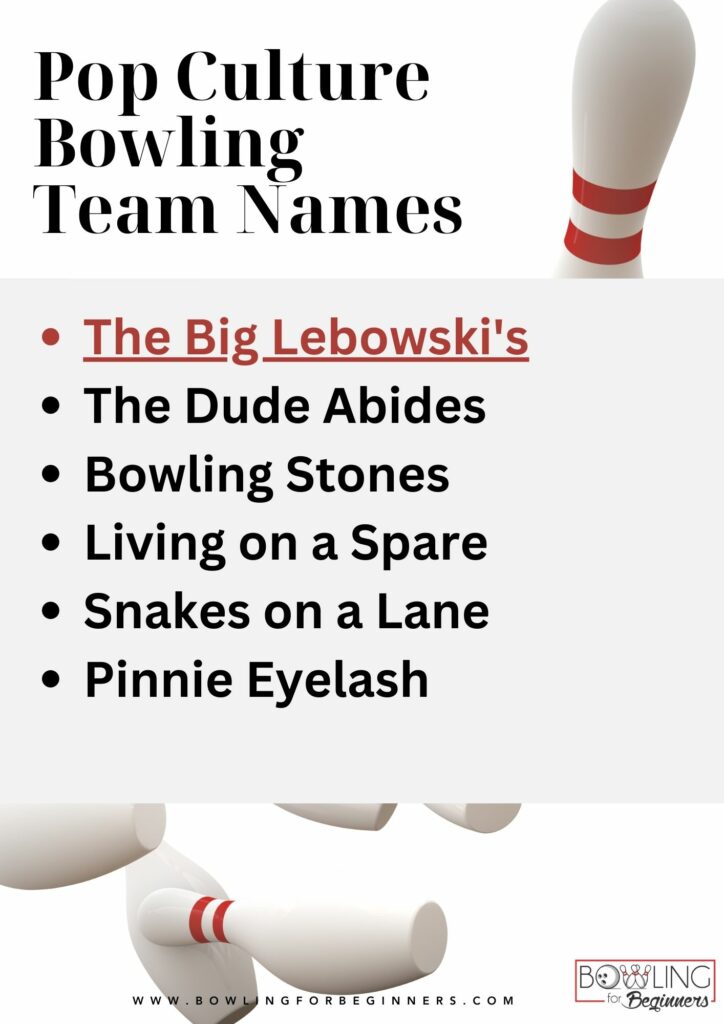
Location-Based Bowling Team Names
Many teams choose names that reflect their city, state, or region. These types of names can create a sense of pride among team members. Examples include:
- The Brooklyn Bowlers
- Midwest Mavericks
- Brooklyn Bowlers: Inspired by the vibrant and diverse Brooklyn borough in New York City.
- Texas Tenpins: Reflects the large and spirited nature of Texas.
- Midwest Mavericks: Represents the independent and pioneering spirit of the Midwestern United States.
- California Kingpins: A play on the term 'kingpin', combined with California's reputation for trendsetting.
- Seattle Strikers: Inspired by the dynamic and forward-thinking city of Seattle.
- Florida Framers: Reflects Florida’s sunny and lively atmosphere, framing a positive bowling experience.
- Vegas Rollers: Evokes the high energy and excitement of Las Vegas.
- Chicago Spinners: Represents the bustling, windy city of Chicago.
- Boston Bumpers: Inspired by the historical and vibrant city of Boston.
- Arizona Alleycats: Reflects the desert and dynamic spirit of Arizona.
- Miami Moonshiners: Captures the nightlife and lively culture of Miami.
- Oregon Overturns: Reflects Oregon's nature and spirit of change and renewal.
- Atlanta Axles: Suggests the dynamic and pivotal role of Atlanta in Georgia.
- Denver Dynamites: Reflects the explosive energy and mountainous backdrop of Denver, Colorado.
- Philly Pinheads: A fun, colloquial reference to Philadelphia’s passionate sports culture.
- New York Nightowls: Reflects the city that never sleeps - New York.
- Dallas Drifters: Suggests a free-spirited, moving nature, inspired by Dallas.
- Houston High Rollers: Reflects the energetic and ambitious spirit of Houston.
- New Orleans Knockouts: Captures the vibrant and impactful culture of New Orleans.
- Maine Maples: Inspired by the iconic maple trees found in Maine.
- Nashville Knockdowns: Reflects the strong musical and cultural vibe of Nashville.
- Utah Uprooters: Suggests a team that's disruptive in a positive way, inspired by Utah's unique landscapes.
- Alabama Aces: Reflects Alabama's tradition of excellence and a nod to card-playing terminology.
- Indiana Invincibles: Represents the unyielding spirit of Indiana.
- Detroit Destroyers: Inspired by Detroit's automotive history and resilient spirit.
- San Francisco Foggers: A nod to the iconic fog of San Francisco.
- Ohio Oilers: Reflects the industrial heritage of Ohio.
- Minnesota Moose: Inspired by the wildlife and natural beauty of Minnesota.
- Las Vegas Vipers: Reflects the sleek and dangerous allure of Las Vegas.
- Pennsylvania Pinsetters: A nod to Pennsylvania’s rich history and the traditional role of pinsetters in bowling.
- Wisconsin Whirlwinds: Represents the dynamic and energetic spirit of Wisconsin.
- Virginia Virtuosos: Suggests a team of skilled and artistic bowlers from Virginia.
- Carolina Crushers: Reflects the strength and determination found in both North and South Carolina.
- Kansas Kingpins: A play on bowling terminology combined with the central U.S. state of Kansas.
- Oklahoma Orbiters: Suggests a team with an out-of-this-world bowling approach inspired by Oklahoma’s aerospace sector.
- Memphis Mavericks: Represents the independent and musical spirit of Memphis.
- Louisiana Lightning: Reflects the fast and vibrant energy of Louisiana.
- Nebraska Navigators: Suggests a team skilled in navigating bowling challenges inspired by Nebraska's landscapes.
- Iowa Invaders: Represents a team that’s competitive and ready to take on challenges, inspired by Iowa.
- Connecticut Cyclones: Captures the dynamic and powerful nature of Connecticut.
- Rhode Island Rollers: A fun, alliterative name inspired by the small but mighty state of Rhode Island.
- Montana Mavericks: Reflects the adventurous and untamed spirit of Montana.
- Idaho Icons: Represents the standout and unique nature of Idaho.
- New Mexico Nighthawks: Inspired by the vibrant night culture and the state bird of New Mexico.
- South Dakota Strikers: Suggests a team with a striking presence inspired by South Dakota's landscapes.
- North Dakota Nightmares: Represents a formidable and challenging team inspired by North Dakota.
- Alaska Anchors: Reflects the strength and stability associated with Alaska.
- Hawaii High Tides: Captures the island spirit and natural beauty of Hawaii.
- Tennessee Twisters: Inspired by the dynamic and musical energy of Tennessee.
- Arkansas Arrows: Suggests precision and focus, reflective of Arkansas' natural and historical heritage.
These names can also be helpful if you are competing in local bowling leagues or tournaments.
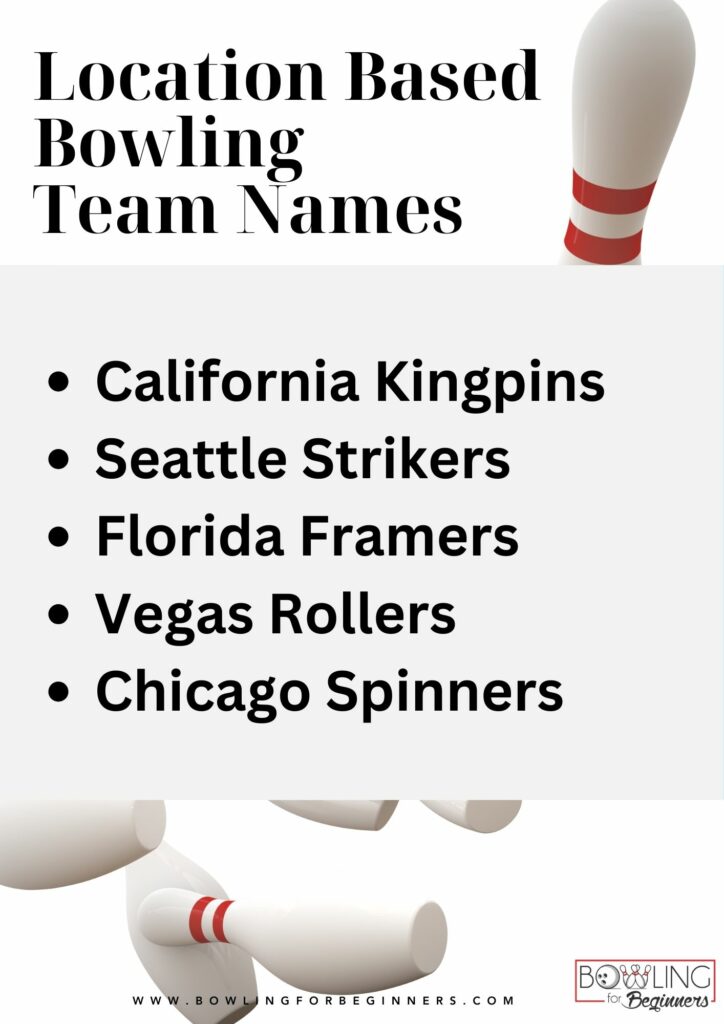
Funny Bowling Team Names
Team names with a personal meaning or inside joke can be a fun way to bond with teammates and showcase your connection. These names can range from silly and lighthearted to heartfelt and sentimental.
For example, "Gutter Gang" could reference the team's tendency to hit gutter balls. At the same time, "The Lucky Strikes" could be named after a particularly memorable game where everything seemed to go their way. "Ball Busters" and "Pocket Pounders" are other options.
Top 10 Best Bowling Team Names
Here are our top 10 bowling team name ideas that encapsulate various themes, from humor and pop culture references to local pride and personal anecdotes. These creative names are designed to add some excitement and team spirit to your bowling league experience.
Remember, the best team name is one that all the members can relate to, embodies your team's character, and, most importantly, is one you're proud to announce at the lanes!
- The Alley Cats: This name is a playful nod to bowling alleys and showcases a sense of fun and a bit of mischief.
- Split Personalities: A clever pun using the common bowling term "split," this name adds a humorous twist and shows off the team's fun-loving nature.
- Pin Pals: This punny name is all about team spirit, emphasizing friendly competition and companionship within the bowling team.
- Rolling Thunder: This name conveys power and energy, perfectly symbolizing the force with which the team throws their bowling balls.
- Strike Force: An assertive and powerful name, this one combines the bowling term "strike" with "force," implying that your team is a force to be reckoned with on the bowling lanes.
- Pin Pushers
- Spare Me: This clever play on words adds a touch of humor, making it clear that your team doesn't take themselves too seriously and enjoys a good laugh.
- Pin Princes: This name is a nod to the team's skill and royal status in the bowling alley, showcasing a degree of prowess and confidence.
- The Lane Rangers: Inspired by the famous "Lone Ranger," this name is a nod to pop culture and the team's adventurous spirit.
- Gutter-ly Fabulous: This team name, a play on the term "gutter ball," shows that the team embraces all aspects of the game, even the less glamorous ones, with a positive spirit.
- Pin Crushers: This name showcases the team's ability to crush the competition with their impressive bowling skills.
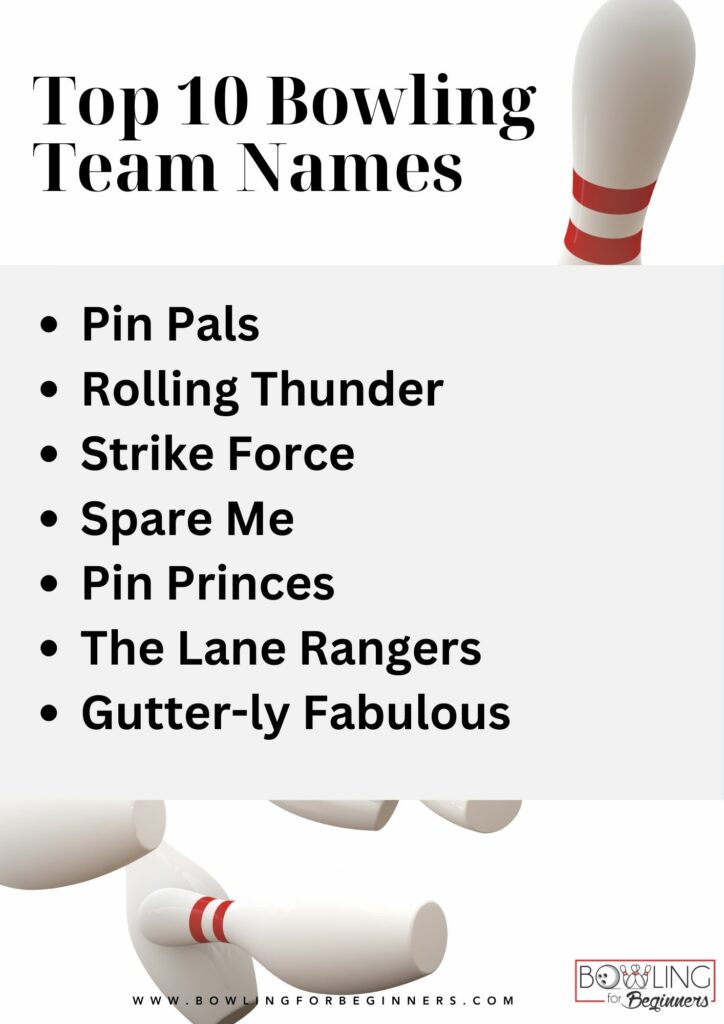
Note: There are endless potential team names for a bowling team, so feel free to get creative and come up with your own unique name. We'll offer you some help in this regard below.
Bowling Team Names for Bad Bowlers
This category embraces the lighter side of bowling, perfect for teams that enjoy the game regardless of their skill level. These names often play on common bowling terms and humorous acknowledgments of their less-than-stellar performances.
- No Deadwood: Deadwood is a down pin. Bad bowlers do not knock down pins.
- Gutter Gang: A playful nod to those frequent gutter balls. It’s a humorous way to acknowledge that the ball often ends up in the gutter, but the team spirit remains high.
- Gutter Boys: A play on a popular R&B song.
- Gutter Girls: These are girls who just want to bowl. They're having fun and gutters are mandatory.
- We Have a Bowling Problem
- Alley Oops: A clever play on the common exclamation "Oops!" used when something goes wrong, combined with "alley" from bowling alleys. It’s for those accidental moments that happen more often than not.
- Misstrike Mavericks: This name combines "misstrike," referring to missed strikes or mistakes, with "mavericks," suggesting a free-spirited and unconventional approach to bowling.
- Strikeless: For bad bowlers, rolling a strike is rare.
- Spare Me Not: A humorous twist on the phrase “spare me,” this name is for teams that rarely see spares but have fun regardless.
- Pin Misfits: Ideal for teams whose pins never seem to align with the ball. "Misfits" reflects their quirky, offbeat bowling outcomes.
- Lane Bumblers: Embracing those clumsy moments on the lanes, this name is for teams that stumble through their games with a smile.
- Just Wipe Off Ur Balls: Refers to the bowling ball having too much oil on it.
- Split Scramblers: For teams who often find themselves facing challenging splits and scrambling to make the best of it.
- Rolling Wonders: A name that encapsulates the surprise and wonder at each unpredictable roll, where the outcome is always a mystery.
- Strike Seekers: This name is for teams constantly in pursuit of that elusive perfect strike, always seeking but rarely finding.
- Bowling Bozos: A light-hearted, self-deprecating name that plays on the idea of being the clowns of the bowling alley, always ready for a laugh.
- Gutter Society: A secret society of bowlers who celebrate gutter balls.
- This Lane Ain't Right: A typical saying by bowlers who aren't hitting strikes.
These names are perfect for teams who prioritize fun and camaraderie over scores and strikes, reminding everyone that bowling is about enjoying the game and the company!
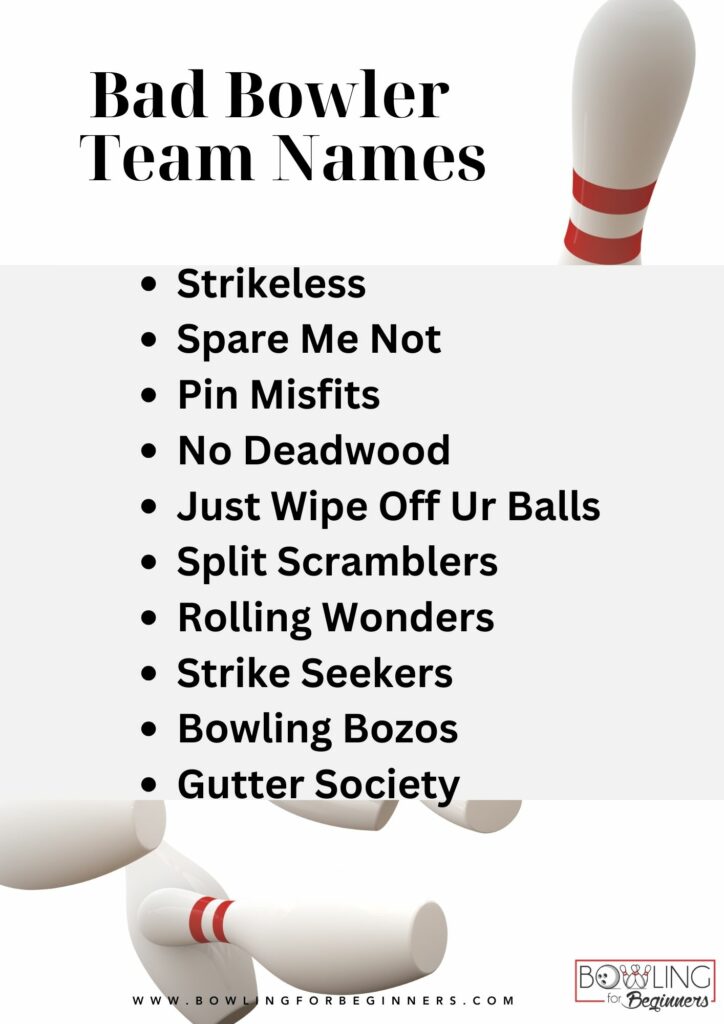
Drinking Team Bowling Names
Teams that enjoy bowling and drinking will find this category ideal. The names on this list cleverly refer to drinks. They create a relaxed, friendly atmosphere.
- Tipsy Pin Tumblers: Ideal for teams that might not consistently bowl straight due to being a little tipsy. The name suggests the pins are tumbling like tipsy party-goers, maybe the players too.
- Booze Frame Brigade: The Booze Frame Brigade is a fun twist on bowling teams. They enjoy frames with booze, suggesting a well-organized brigade.
- Spare Spirits: Spare Spirits means bowling spares and alcoholic drinks. It's for teams that enjoy their spirits, whether in a glass or on the lanes.
- Ale Alley Athletes: The name Ale Alley Athletes suggests a team that enjoys ale and bowling.
- Pin Pint Players: Pin Pint Players are teams that judge their bowling success by the amount of pints they drink. It’s a playful reference to enjoying a pint with every pin they play.
- Gutter Gulpers: The Gutter Gulpers team likes to drink more than avoid gutters. It embraces those gutter balls with a gulp of their favorite beverage.
- Strike Sippers: For teams that take a sip of their drink each time they hit a strike – a rare but celebrated event.
- Brew Bowl Buddies: Brew Bowl Buddies suggests friends who enjoy bowling as much as they enjoy a good brew. The name emphasizes camaraderie and shared enjoyment of both activities.
- Lager Lane Legends: "Lager Lane Legends" is for teams who love lager and are great at bowling (or at least try to be) in the lanes.
- Malt Pin Mavericks: Malt Pin Mavericks is the perfect name for your team if you like malt drinks and have a rebellious bowling style.
- Kegar Kings
These names are perfect for casual bowling teams who see bowling as a social activity. The names emphasize fun and relaxation.
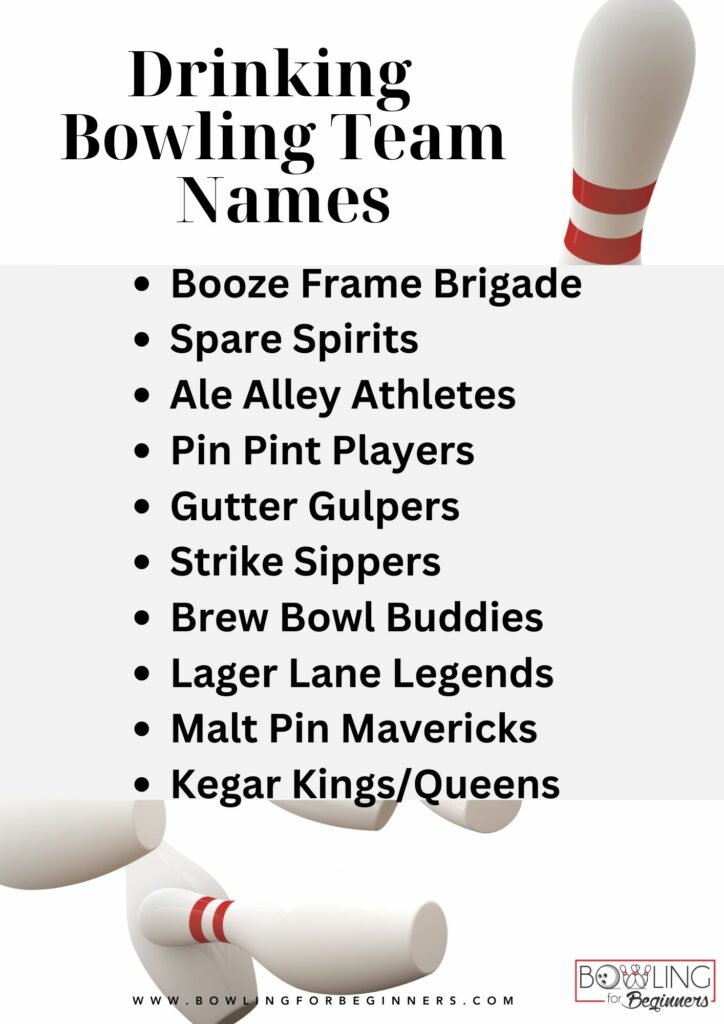
Good Bowling Team Names
- Alley Avengers: Inspired by superhero teams, suggests a group ready to conquer the lanes.
- Split Decisions: Refers to the crucial choices made in bowling, especially when facing splits.
- Pin Pioneers: Implies being trailblazers or innovators in the bowling world.
- Strike Seekers: Indicates a team consistently aiming for strikes.
- Gutter Guardians: Playfully represents those who often find their balls in the gutter but are determined to improve.
- Lane Legends: Suggests a team with a legendary status in their bowling prowess.
- Rolling Rebels: Implies a non-conformist, daring approach to the game.
- Pin Pranksters: A lighthearted name indicating a team that enjoys fun and games.
- Strike Squad: Implies a coordinated, strategic team aiming for strikes.
- Bowling Buccaneers: Inspired by pirates, suggests adventure and conquest on the lanes.
- Gutter Gurus: Indicates wisdom and expertise, even when facing challenging gutter balls.
- Pin Perfectionists: Suggests a team that strives for perfection in pinning down all the pins.
- Strike Warriors: Implies a combative, determined approach to achieving strikes.
- Lane Luminaries: Represents a team that shines bright in the bowling alley.
- Bowling Bandits: Suggests a mischievous, daring group in the bowling world.
- Gutter Geeks: A playful name for those passionate about bowling, perhaps with a technical approach.
- Pin Pirates: Again inspired by pirates, suggesting adventure and a quest for bowling treasures.
- Strike Saints: Indicates a team with a virtuous, almost 'saintly' talent for strikes.
- Lane Lions: Implies bravery and strength on the bowling lanes.
- Bowling Barracudas: Suggests a swift, aggressive approach, akin to the predatory fish.
- Gutter Gladiators: Implies fighting spirit, especially when facing the challenge of gutter balls.
- Pin Panthers: Suggests stealth and agility in the bowling approach.
- Strike Serpents: Implies a cunning, strategic approach to striking.
- Lane Leopards: Indicates speed and agility in bowling.
- Bowling Blizzards: Suggests an overwhelming, powerful force on the lanes.
- Gutter Gargoyles: Inspired by mythical creatures, suggests a fierce and intimidating presence.
- Pin Phoenixes: Symbolizes rebirth and resilience, especially after a tough frame.
- Strike Sharks: Implies a predatory, dominant approach in seeking strikes.
- Lane Lancers: Suggests precision and skill, like medieval horseback warriors.
- Bowling Bombers: Implies explosive power and impact in bowling.
- Gutter Gryphons: Inspired by the mythical griffin, symbolizing strength and majesty in bowling.
- Pin Paladins: Suggests chivalry and heroism in the approach to bowling.
- Strike Stallions: Implies power, grace, and competitiveness.
- Lane Lynxes: Suggests keen eyesight and agility on the lanes.
- Bowling Behemoths: Indicates a powerful, almost unbeatable team.
- Gutter Geniuses: Combines intellectual prowess with a knack for navigating the gutters.
- Pin Pumas: Suggests agility and power in the bowling approach.
- Strike Scorpions: Implies a deadly, precise striking ability.
- Lane Leviathans: Symbolizes immense size and power in the bowling world.
- Bowling Braves: Suggests courage and fearlessness on the lanes.
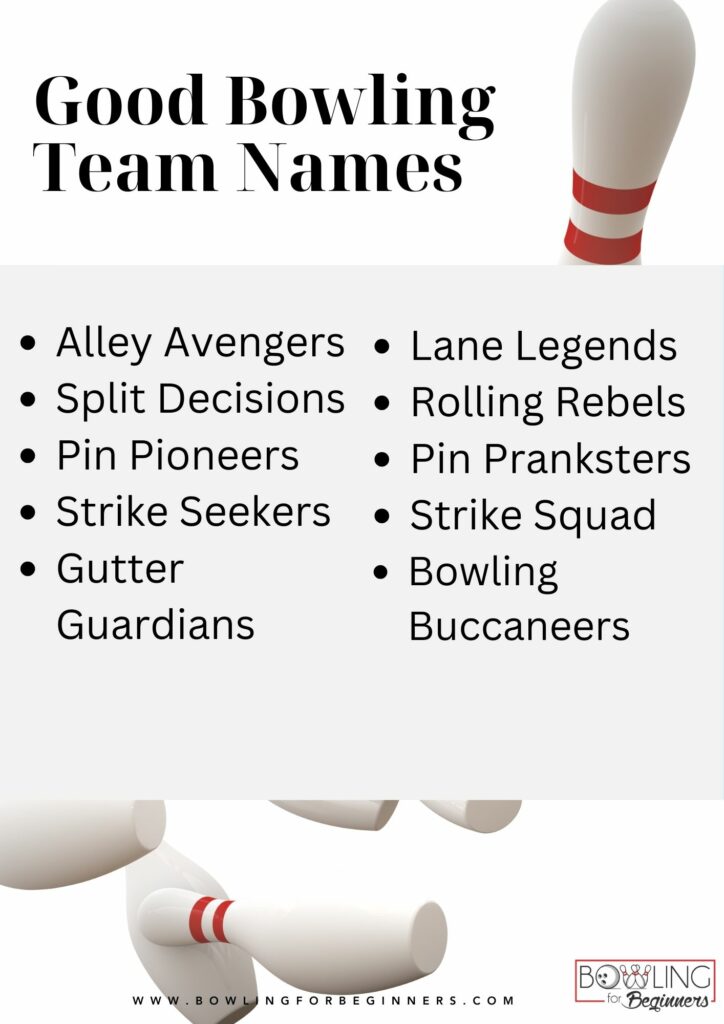
Catchy Bowling Team Names
- Strike Mavericks: A team that breaks conventions with their innovative and unorthodox approach to striking.
- Gutter Gladiators: Represents a fearless team that faces gutter balls with the courage and strength of gladiators.
- Pin Prowlers: Suggests a team known for their stealthy and strategic approach to knocking down pins.
- Alley Avengers: A team that brings a heroic and triumphant spirit to every game, seeking victory in the alleys.
- Frame Frenzy: Implies a team that plays with intense energy and excitement, mastering each frame with a frenzy.
- Rolling Thunder: Describes a team with a powerful and imposing presence, rolling balls down the lane like thunder.
- Spare Snipers: Indicates a team with precise accuracy, especially skilled at picking up spares.
- Lane Legends: A team renowned for their legendary skills and memorable performances in the bowling lanes.
- Tenpin Titans: Suggests a team with formidable strength and prowess in tenpin bowling.
- Split Seekers: Represents a team that relishes the challenge of difficult splits and tackles them expertly.
- Kingpin Crusaders: A team on a mission to conquer the pins, showing determination and skill in every roll.
- Bowl Brigade: Describes a united team moving forward with coordinated strategies and teamwork.
- Pinhead Panthers: Implies a team that's both agile and strategic, with a graceful approach to knocking down pins.
- Strike Squad: A team known for their consistent and impressive strike rate.
- Gutter Gangsters: Suggests a team that fearlessly takes on gutter balls and turns setbacks into comebacks.
- Lane Luminaries: Describes a team that shines in the bowling alley, known for their skill and charisma.
- Tenpin Tornadoes: Represents a team that sweeps through the lanes like a tornado, leaving struck pins in their wake.
- Strike Serpents: Implies a team with a sly and calculated approach, striking when least expected.
- Alley Assassins: A team that targets pins with precision and effectiveness, dominating the alley.
- Pinfall Pirates: Suggests a team with a daring, adventurous spirit, 'plundering' pins for high scores.
- Spare Spartans: Represents a disciplined and focused team, renowned for their ability to pick up spares consistently.
- Rolling Rebels: A team that defies norms with their unconventional but effective bowling tactics.
- Frame Fanatics: Describes a team passionate about every frame, playing with intense zeal.
- Strike Storm: Suggests a team that brings a whirlwind of strikes, overwhelming their opponents.
- Pin Wizards: Implies a team with almost magical skills in pin action and control.
- Gutter Gurus: A team that understands the intricacies of the game, even mastering the tricky gutter balls.
- Lane Lions: Represents a team with a regal and commanding presence in the bowling lanes.
- Tenpin Trailblazers: A team known for setting trends and pioneering new techniques in bowling.
- Strike Vipers: Suggests a team with a quick and striking approach, much like a viper's attack.
- Pin Panthers: Implies a team with a smooth and sleek style, gracefully knocking down pins with ease.
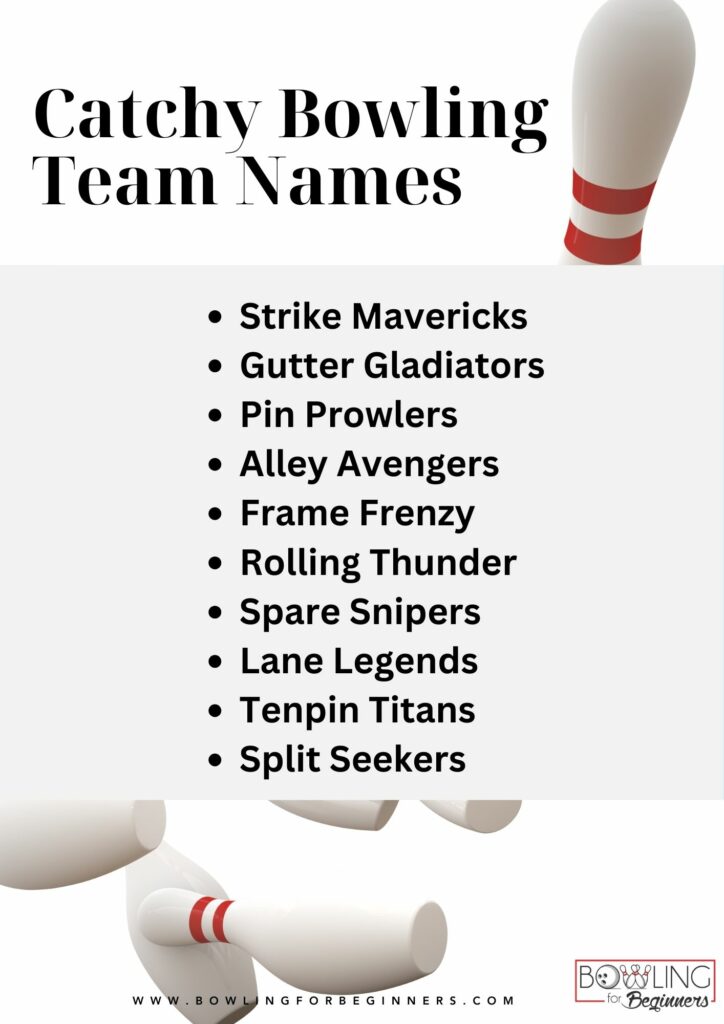
Quirky Bowling Team Names
- Alley Gators: Suggests a team with a bite, playfully aggressive in their approach to bowling.
- Pin Pandemonium: Implies a team that brings a chaotic yet fun energy to the game, creating a lively atmosphere.
- Gutter Bees: Represents a team that's always buzzing around the gutter, but with a cheerful and busy attitude.
- Strike Wizards: A team that seems to cast magical strikes with unexpected skill and flair.
- Spare Meerkats: Suggests a team that's alert and quick, especially when it comes to picking up spares.
- Bowl-a-Rama Llamas: Implies a team with a quirky and fun-loving nature, bringing a unique charm to the lanes.
- Rolling Raccoons: A team known for their clever and mischievous tactics in the bowling alley.
- Pin Penguins: Represents a team that might not be the fastest but has a fun and endearing style of play.
- Cosmic Bowlers: Suggests a team with an out-of-this-world approach, often surprising their opponents.
- Jolly Jellyfish: A team that moves with a flowy, graceful ease, making their way smoothly through the game.
- Hipster Pin-sters: Implies a team with a trendy, unconventional style, both in fashion and bowling technique.
- Bouncing Badgers: Represents a team with a determined, yet playful approach to knocking down pins.
- Alley Owls: A team known for their wise strategies and late-night bowling prowess.
- Mystic Mooses: Suggests a team with a large presence and a touch of northern mystery.
- Groovy Gorillas: Implies a team with a strong, powerful approach, mixed with a fun 70s vibe.
- Twinkle Toes Twisters: Represents a team known for their light-footed approach and twisty techniques.
- Retro Rollers: A team that brings a vintage flair to the lanes, reminiscent of bowling's golden era.
- Cheeky Chipmunks: Suggests a team full of energy, chatter, and playful tactics.
- Disco Duckpins: Implies a team that combines the fun of disco with the precision of duckpin bowling.
- Ninja Nightowls: A team that strikes quietly but effectively, often catching their opponents off guard.
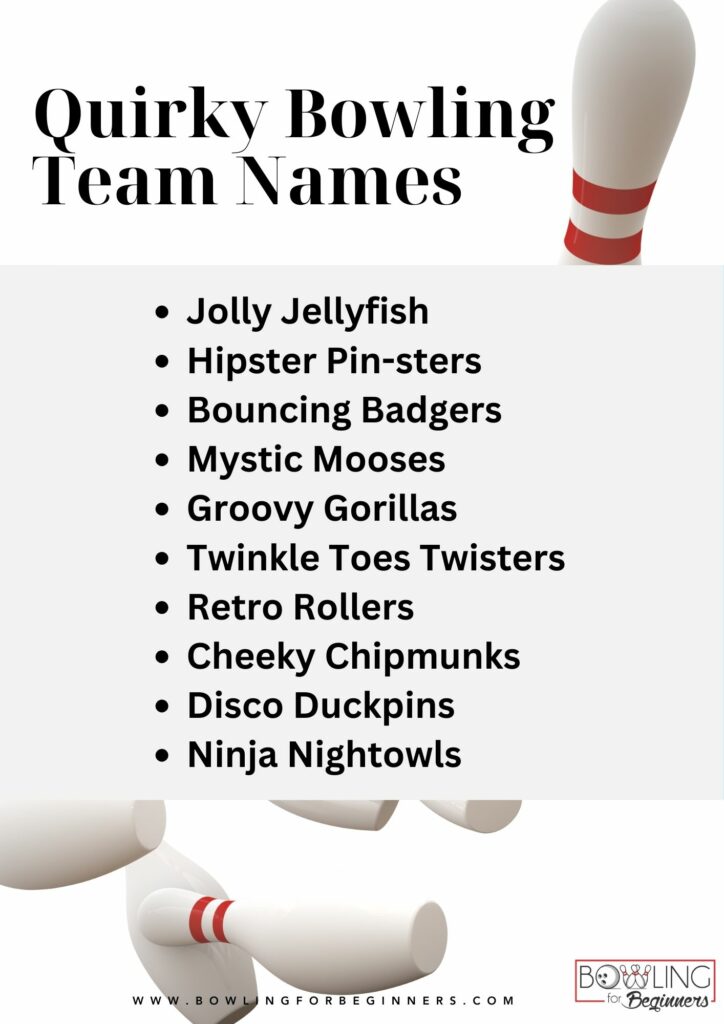
Speed, Stealth, and Agility-Themed Names
- Gutter Gazelles: Implies grace and speed, even when dealing with gutters.
- Pin Patriots: Indicates a team with a strong sense of pride and loyalty.
- Strike Sirens: Inspired by mythical sirens, suggesting an alluring, captivating bowling style.
- Lane Larks: Implies a cheerful, energetic approach to the game.
- Bowling Blitz: Suggests a rapid, overwhelming approach to bowling.
- Gutter Griffins: A variation on the mythical griffin, symbolizing strength and protection.
- Pin Panthers: Repeats the theme of stealth and agility.
- Strike Spartans: Implies discipline and strength, inspired by Spartan warriors.
- Lane Lightning: Suggests speed and precision in bowling.
- Bowling Boomerangs: Implies a fun, playful approach with a nod to returning success.
- Pin Prowlers: Suggests a team that stealthily and skillfully targets pins.
- Alley Aces: Implies top-notch performance and expertise in bowling alleys.
- Spare Strikers: Represents a team skilled at both striking and picking up spares.
- Gutter Gang: A playful name for a team that often encounters gutter balls.
- Strike Eagles: Symbolizes precision and majesty, akin to an eagle's strike.
- Lane Leopards: Indicates speed and agility on the bowling lanes.
- Bowling Blazers: Suggests a team that blazes through competition.
- Pin Predators: Implies a team that aggressively targets pins.
- Gutter Giants: A humorous twist, suggesting dominance even in challenging situations.
- Strike Stormers: Represents a team that strikes forcefully and rapidly.
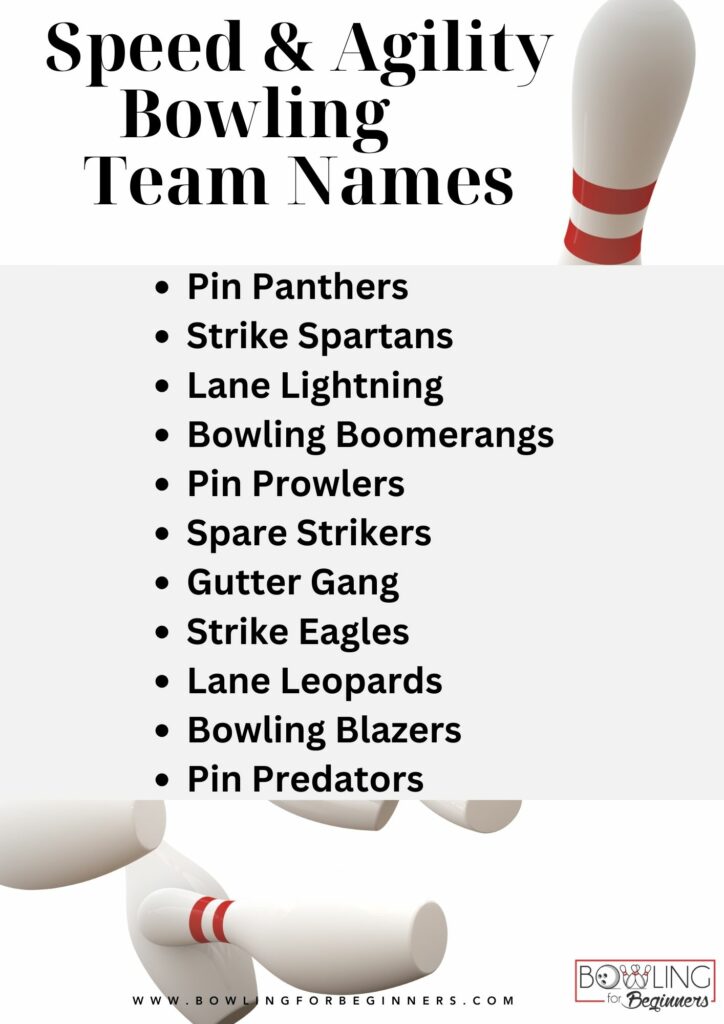
Mystical and Mythical-Themed Names
- Alley Assassins: Implies a stealthy, almost lethal approach to bowling.
- Bowling Barrage: Suggests a relentless, overwhelming bowling style.
- Spare Spartans: Reflects discipline and strength, inspired by Spartan warriors.
- Gutter Goblins: A playful, mythical twist on dealing with gutter balls.
- Strike Snipers: Indicates precision and accuracy in achieving strikes.
- Lane Luminaries: Suggests a team that shines in skill and talent.
- Bowling Boas: A creative twist, possibly inspired by the snake or flamboyance.
- Pin Pathfinders: Implies a team skilled in navigating and conquering the lanes.
- Gutter Griffons: Combines mythical imagery with the challenge of gutter balls.
- Strike Sentinels: Suggests a vigilant, protective approach towards the game.
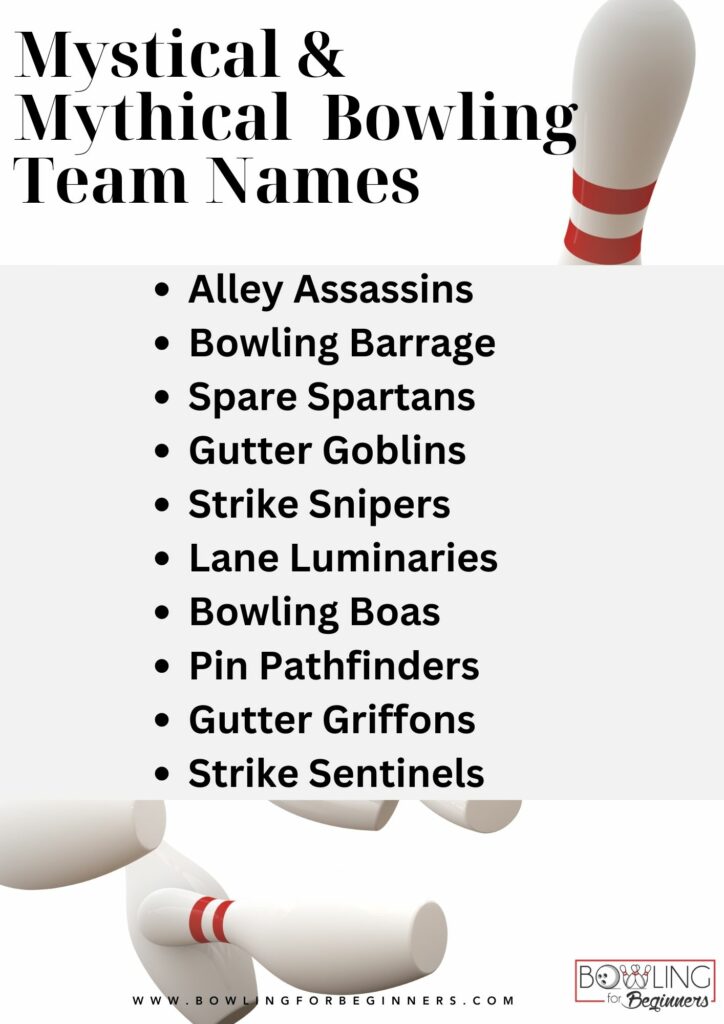
Legendary and Fantasy-Themed Names
- Alley Alphas: Implies leadership and dominance in the bowling alley.
- Bowling Bandwidth: A modern twist, suggesting capacity and broad skill range.
- Spare Samurai: Reflects discipline and skill, inspired by samurai warriors.
- Gutter Gnomes: A playful, whimsical name, perhaps suggesting a knack for tricky situations.
- Strike Swashbucklers: Combines adventurous pirate imagery with bowling prowess.
- Lane Legends: Suggests a team with a legendary status in their bowling prowess.
- Bowling Bravados: Implies a bold, confident approach to bowling.
- Pin Pioneers: Indicates innovativeness and trailblazing in bowling strategies.
- Gutter Gliders: Suggests a smooth, effortless approach, even when facing gutters.
- Strike Sultans: Implies a regal, commanding presence in achieving strikes.
- Alley Apollos: Inspired by the Greek god, suggesting a powerful, radiant approach.
- Bowling Battlers: Indicates a team that's always ready for a competitive battle.
- Spare Seraphs: Combines the grace of seraphs with the precision of spare shooting.
- Gutter Gales: Implies a team that powers through like a strong wind.
- Strike Spartacus: Draws from the legendary figure, suggesting rebellion and skill.
- Lane Labyrinths: Suggests a team adept at navigating complex situations.
- Bowling Beholders: Inspired by mythical creatures, indicating a formidable presence.
- Pin Palisades: Implies a strong, unbreakable defense in bowling tactics.
- Gutter Gryphons: Reiterates the mythical theme with a focus on strength.
- Strike Sphinxes: Combines mystery and intelligence with bowling prowess.
- Alley Avengers: Inspired by superhero teams, suggests a powerful, united team.
- Bowling Berserkers: Draws from Norse warriors, suggesting fierce competition.
- Spare Sorcerers: Implies a magical, almost supernatural skill in bowling.
- Gutter Gargantuans: A humorous, larger-than-life take on bowling challenges.
- Strike Sirens: Combines the allure of sirens with the allure of strikes.
- Lane Leviathans: Suggests a dominating, almost mythical presence in the lanes.
- Bowling Basilisks: Draws from mythical serpents, implying a deadly approach.
- Pin Pegasus: Combines the grace of Pegasus with pin-targeting skill.
- Gutter Genies: A whimsical, magical approach to mastering gutter balls.
- Strike Stalwarts: Implies a steadfast, unwavering commitment to strikes.
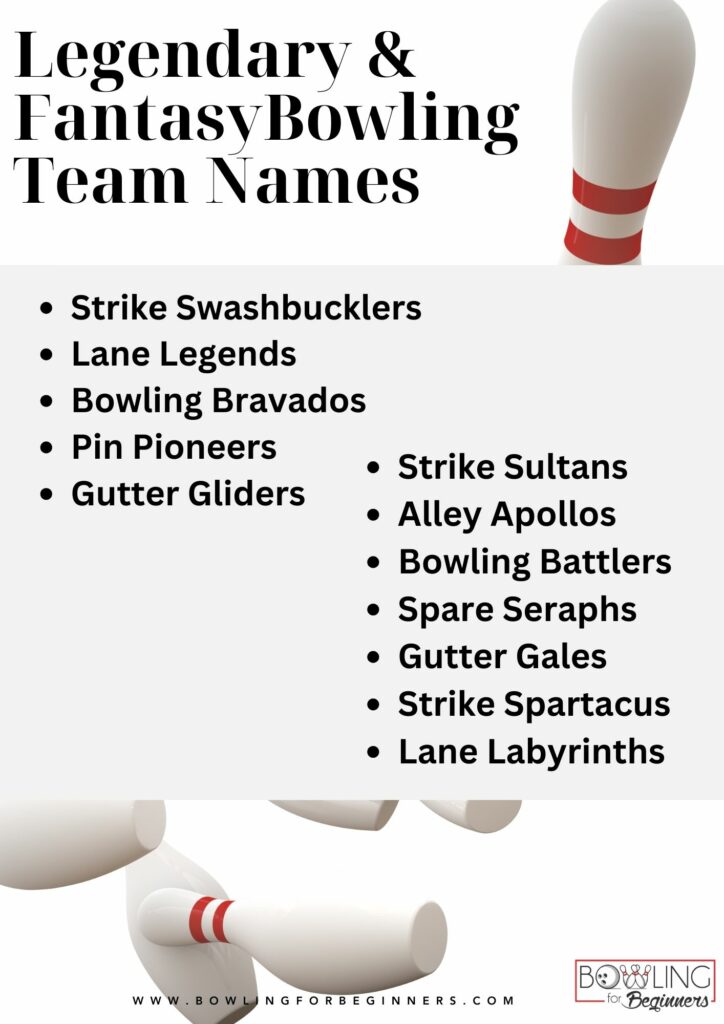
Women's Bowling Team Names
- Alley Amazons: Inspired by the legendary female warriors, symbolizing strength and empowerment.
- Pin Queens: Implies dominance and regality in the bowling alley.
- Strike Sisters: Represents a close-knit group of women excelling in strikes.
- Gutter Goddesses: A playful name suggesting mastery over even the trickiest parts of the lane.
- Green & Pink Ladies
- Lane Ladies: A classic, elegant name that denotes sophistication and skill.
- Bowling Belles: Combines charm and skill, inspired by the term 'southern belles'.
- Spare Sirens: Suggests an alluring team that's also proficient in picking up spares.
- Rolling Roses: Implies grace and beauty, combined with competitive spirit.
- Pin-Up Girls: A retro-inspired name, evoking the glamour of vintage pin-up models.
- Strike Queens /Divas: Implies a team of confident, powerful women who excel at striking.
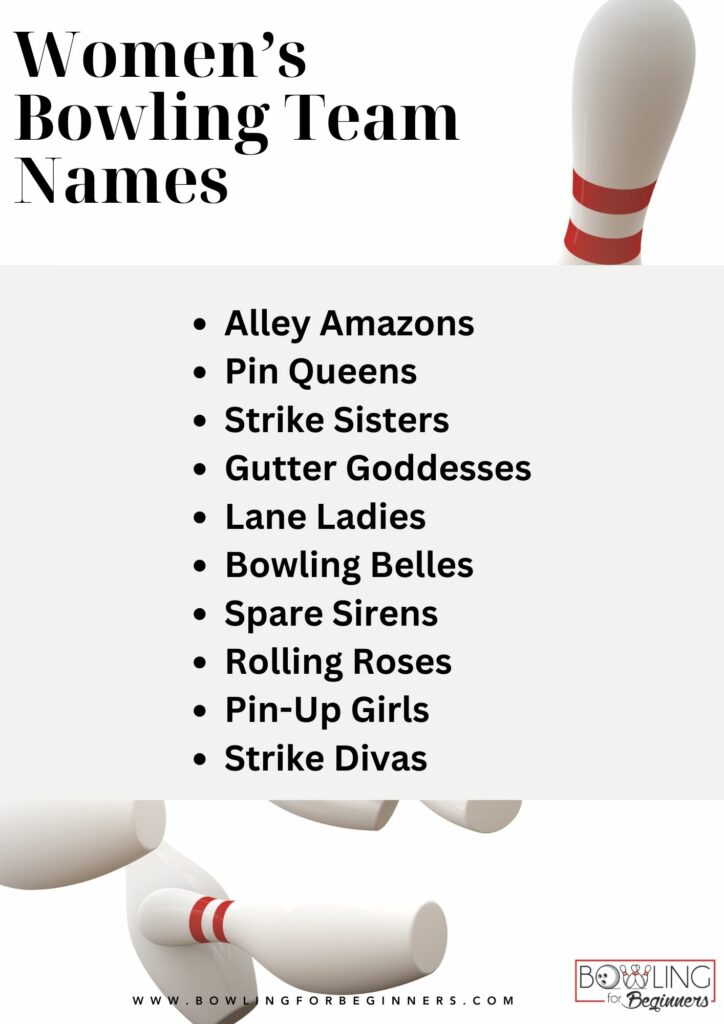
Men's Bowling Team Names
- Pin Kings: Suggests sovereignty and mastery in the bowling world.
- Alley Alpha Males: Implies leadership and dominance on the bowling lanes.
- Strike Brothers: Represents brotherhood and unity in achieving strikes.
- Gutter Giants: A playful name implying a commanding presence, even when facing gutter balls.
- Alley Masters
- Lane Lords: Suggests ruling over the lanes with skill and authority.
- Bowling Bruisers: Implies a tough, formidable team in the bowling alley.
- Spare Spartans: Reflects discipline, strength, and a strategic approach to spares.
- Rolling Rulers: Suggests control and dominance in the game.
- Pin Predators: Indicates an aggressive, focused approach to knocking down pins.
- Strike Stallions: Implies power, speed, and a competitive edge.
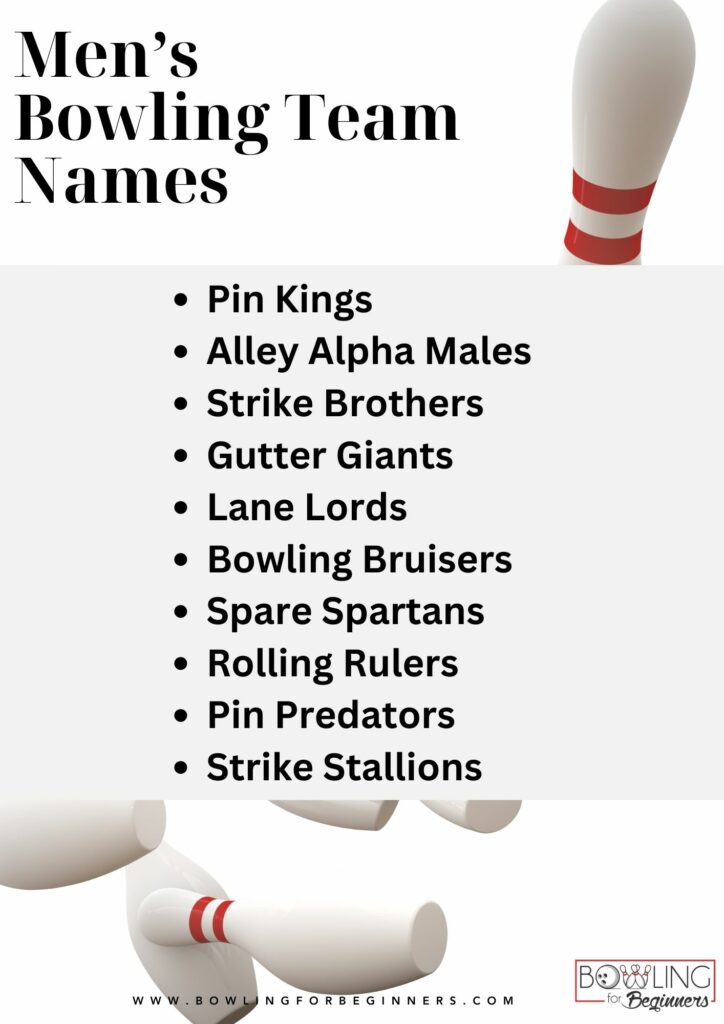
Original Bowling Team Names
This category features creative and original team names that are unique and inventive. They are ideal for teams looking to establish a distinct and memorable identity in the bowling community.
- Pinoptic Pioneers: Represents a team with a visionary approach, always exploring new strategies in bowling.
- Lane Luminosity: Suggests a team that brings brightness and brilliance to the bowling alley, known for their positive energy and skill.
- Strike Spectrum: Implies a team with a diverse range of bowling talents, covering the whole spectrum of skills.
- Alley Arcanum: Represents a team with a mysterious or hidden depth in their game strategy, akin to arcane knowledge.
- Twilight Tenpinners: Suggests a team that excels in the transitional moments of the game, just as twilight is between day and night.
- Orbiting Orbs: A team that seems to have their bowling balls orbiting the pins before striking, showing a mix of precision and grace.
- Quantum Quarters: Represents a team known for their unpredictable and quantum-like behavior in game tactics.
- Galactic Gutter Riders: Implies a team with an adventurous spirit, not afraid of taking risks, even if it means facing the gutters.
- Serendipity Strikers: Suggests a team that finds unexpected success and happy accidents in their game.
- Mystique Mavericks: Represents a team with an enigmatic and individualistic approach to bowling.
- Nebula Knockouts: Implies a team with a cosmic and powerful impact, reminiscent of a star-forming nebula.
- Zenith Zealots: A team that aims for the peak or zenith in every aspect of bowling, from skill to team spirit.
- Vortex Voyagers: Suggests a team that navigates the complexities of bowling as if traveling through a vortex.
- Eclipse Enthusiasts: Represents a team that enjoys the dramatic and rare moments in bowling, much like an eclipse.
- Aurora Alleycats: Implies a team that brings color and spectacular displays to the bowling alley, akin to the northern lights.
- Cosmo Pin Crafters: A team that crafts their game with astronomical precision and creativity.
- Polaris Pinheads: Represents a team that serves as a guiding star in bowling circles, known for their leadership and skill.
- Lunar Lane Legends: Suggests a team with a calm, moon-like presence that becomes dominant and influential in the game.
- Celestial Slingers: Implies a team that approaches bowling with heavenly skill and a star-like flair.
- Gravity Grippers: Represents a team that skillfully uses the force of gravity to their advantage, ensuring precise and impactful rolls.
Each of these original team names is crafted to evoke imagery and concepts beyond traditional bowling terms, offering a fresh and imaginative identity for teams.
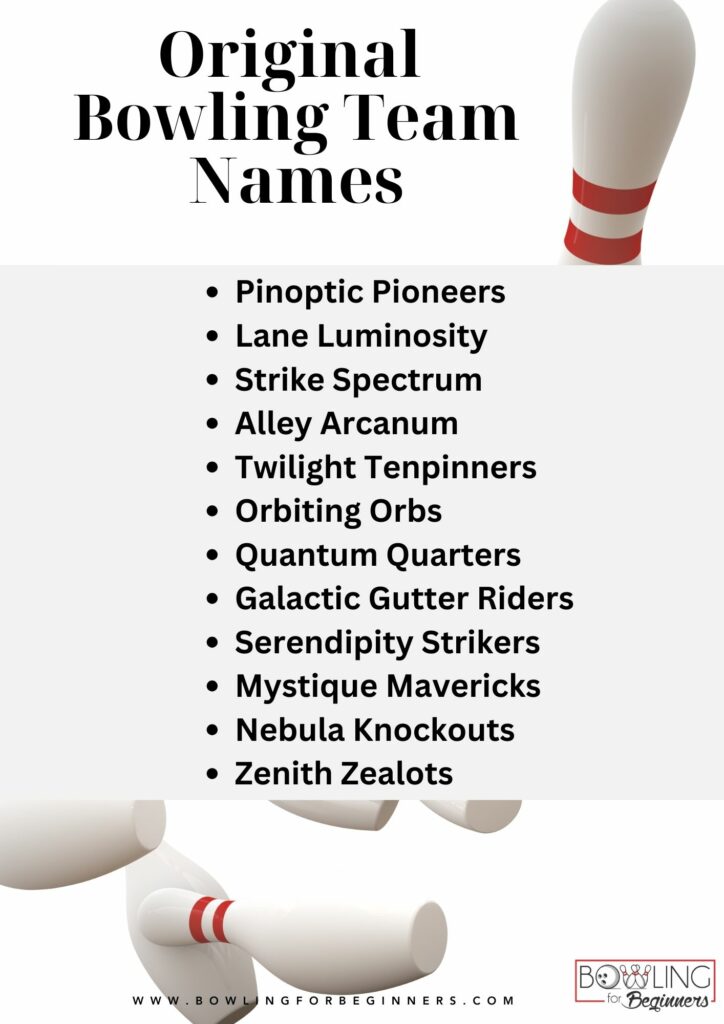
Co-Ed Bowling Team Names
- Alley Avengers: Inspired by superhero teams, suggests a powerful, united approach.
- Pin Pals: A friendly, approachable name that emphasizes camaraderie.
- Strike Squad: Indicates a coordinated, strategic approach to bowling.
- Gutter Gang: A playful name for a group that faces bowling challenges together.
- Lane Legends: Suggests a legendary status in the bowling world.
- Bowling Bandits: Implies a mischievous and adventurous team.
- Spare Spirits: Suggests a team with a spirited approach to picking up spares.
- Rolling Rebels: Indicates a non-conformist, daring team.
- Pin Pacers: Suggests a consistent, steady approach to the game.
- Strike Stars: Implies a team of standout performers in striking.
Each of these names is crafted to reflect the characteristics, strengths, and spirit of the respective teams, providing a sense of identity and pride.
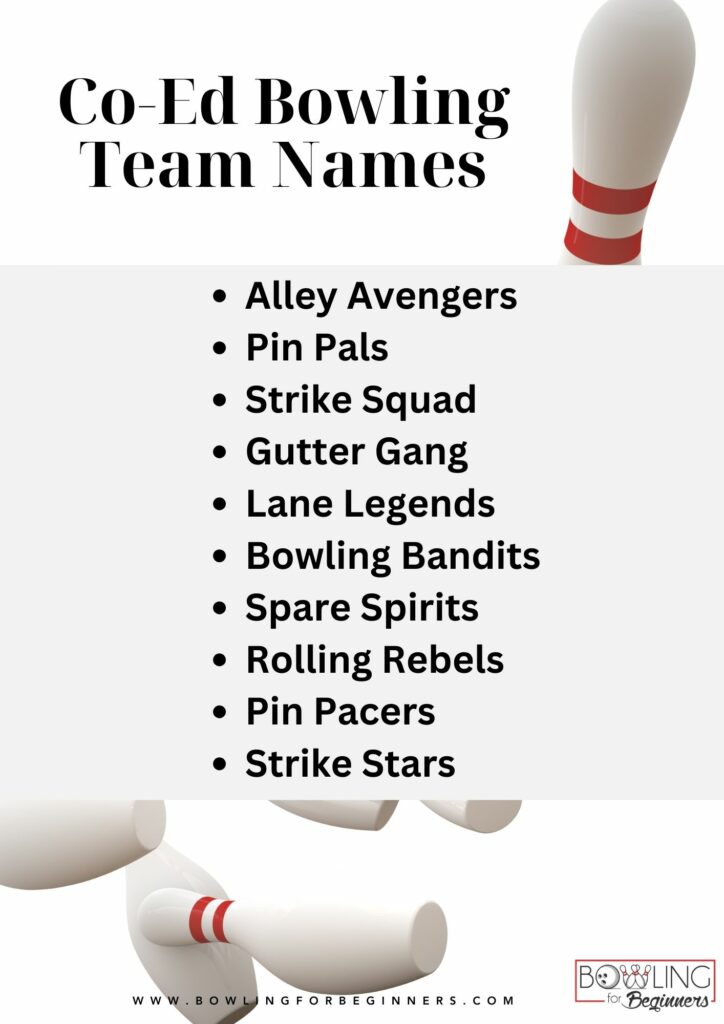
Pop Culture and Movie Bowling Team Names
Popular movies, TV shows, and cultural phenomena creatively inspire these names.
- Bowling Avengers: Inspired by Marvel's "Avengers", symbolizing a powerful and united team.
- Gutter Wars (Star Wars): A playful twist on the iconic "Star Wars" franchise.
- The Big Lebowski's: Derived from the cult classic film centered around a bowling aficionado.
- Pinbusters (Ghostbusters): A fun take on the "Ghostbusters" movie, implying a team that ‘busts’ pins.
- Rolling Stones (Indiana Jones): Inspired by the "Indiana Jones" series, particularly the iconic rolling boulder scene.
- Spare Wars (Star Wars): Another "Star Wars" inspired name, focusing on the art of picking up spares.
- Cool Bowling (Cool Running)
- Kingpins of the Galaxy (Guardians of the Galaxy): Combines bowling terminology with the "Guardians of the Galaxy" movie.
- Alley Jedis (Star Wars): A nod to the Jedi Knights from "Star Wars", suggesting skill and wisdom in bowling.
- The Lord of the Pins (Lord of the Rings): Inspired by "The Lord of the Rings" series, suggesting mastery over the pins.
- The Strike Matrix (The Matrix): A reference to "The Matrix", implying a team that skillfully navigates the bowling lanes.
- Pinception (Inception): A play on the movie "Inception", suggesting layers of skill and strategy in bowling.
- Mortal Pins (Mortal Combat)
- Jurassic Pins (Jurassic Park): Derived from "Jurassic Park", perhaps implying a team with a prehistoric level of power.
- Bowling Ninjas (Teenage Mutant Ninja Turtles): Inspired by the "Teenage Mutant Ninja Turtles", suggesting stealth and skill.
- The Pinfather (The Godfather): A clever play on "The Godfather", suggesting authority and respect in the bowling world.
- Forrest Grump (Forrest Gump): A humorous twist on "Forrest Gump", possibly implying a team with a lovable, quirky character.
- Strike Club (Fight Club): Inspired by "Fight Club", suggesting a team with a fierce, competitive spirit.
- Pin Raiders (Tomb Raider): A play on "Tomb Raider", implying a team on an adventurous quest for strikes.
- The Gutter Games (The Hunger Games): Derived from "The Hunger Games", suggesting a competitive and strategic team.
- Bowling Terminators (Terminator): A nod to "The Terminator", implying a team with unstoppable bowling prowess.
- Split Fiction (Pulp Fiction): Inspired by "Pulp Fiction", possibly suggesting a team with a flair for dramatic, unexpected plays.
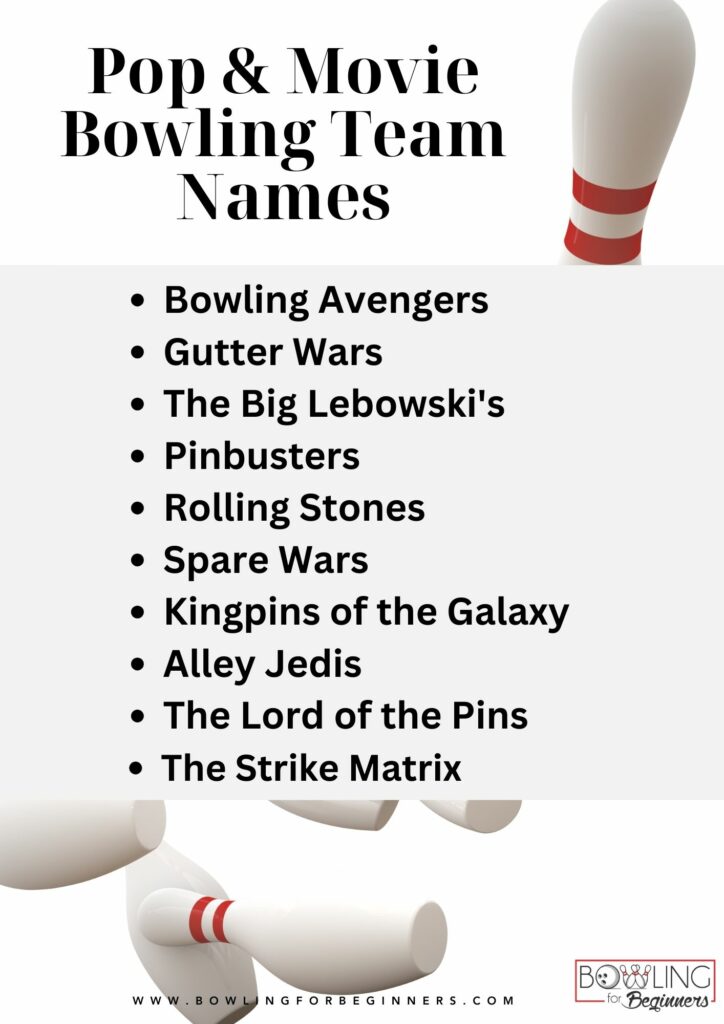
Food-Inspired Bowling Team Names
These names blend the love of food with the excitement of bowling, creating fun and relatable team identities:
- Spicy Strikers: Implies a team with a fiery, energetic approach, similar to spicy cuisine.
- Sushi Splitters: Suggests precision and delicacy in bowling, akin to the art of preparing sushi.
- Pizza Pinners: A fun name that combines the universal love for pizza with pinning down bowling pins.
- Burger Bowlers: Implies a team that's as classic and satisfying as a good burger.
- Taco Twisters: Suggests a playful and versatile team, just like the variety found in tacos.
- Donut Destroyers: A whimsical name, implying a team that enjoys sweet victories.
- Cheese Strike Chasers: Reflects a team that's after strikes as eagerly as one would chase delicious cheese.
- Rolling Raviolis: Implies a team with an Italian flair, rolling towards victory like ravioli.
- Gutter Guacamoles: A playful and quirky name, suggesting a team that mixes fun with skill.
- Pin Pancakes: Suggests a team that flattens pins like pancakes.
- Strike Sushi Squad: Combines the precision of sushi-making with striking prowess in bowling.
- Bagel Bumpers: A playful name, suggesting a team that's as well-rounded and consistent as bagels.
- Curry Crushers: Implies a team with a spicy, impactful bowling style, like a good curry.
- Alley Apple Pies: Suggests a team that brings classic, comforting skills to the alley, like a slice of apple pie.
- BBQ Ballers: Implies a team with a smoky, powerful approach, akin to BBQ flavors.
- Pasta Pinheads: Combines the love for pasta with a clever play on bowling pins.
- Burrito Bowlers: Suggests a team that wraps up strikes as neatly as a burrito.
- Noodle Knockouts: Implies a team with a flexible, surprising approach, like noodles.
- Salad Spinners: A light-hearted name, suggesting a team that's fresh and energetic.
- Steak Strikers: Implies a team with a robust, satisfying bowling style, like a good steak.
- A Spare R Us: Funny play off the vegetable, Asparagus.
Each name in this category is designed to resonate with food lovers and bowlers alike, adding a tasty twist to the bowling experience.
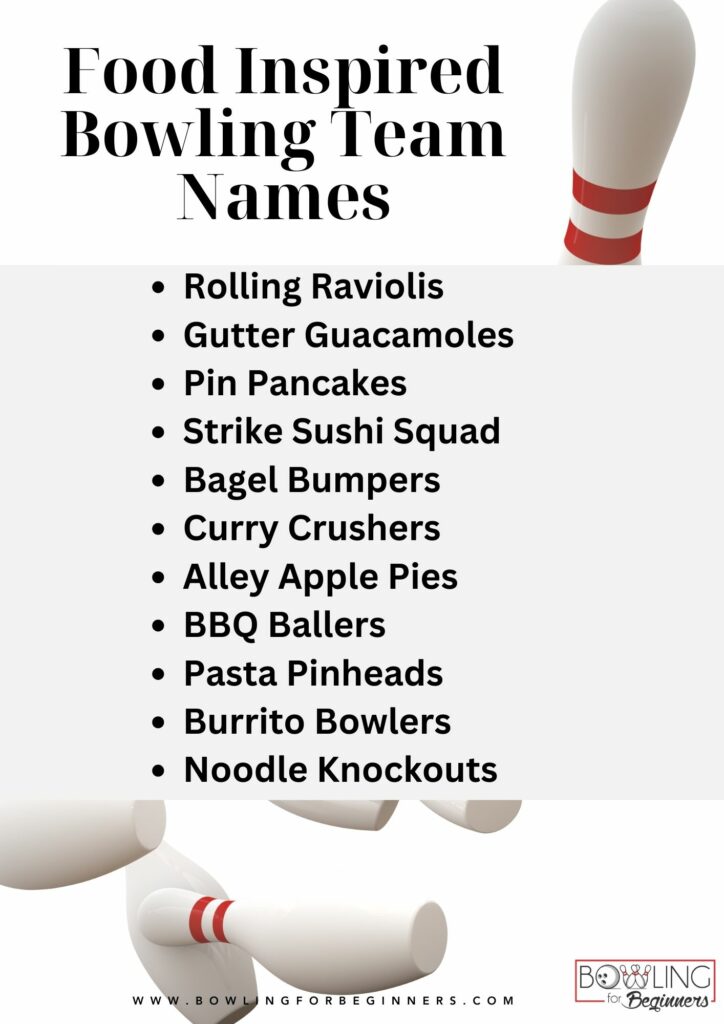
Bowling Technique and Strategy-Themed Team Names
These names are inspired by specific bowling terms, techniques, and strategies, appealing to those familiar with the nuances of the sport:
- Split Savvy: Suggests a team adept at handling challenging splits.
- Perfect Frame Players: Implies a focus on achieving the ideal frame in bowling.
- Alley-oop Aces: A playful twist on the basketball term, suggesting agile and unexpected moves in bowling.
- Tenpin Titans: Represents a powerful, dominant presence in ten-pin bowling.
- Spare Masters: Implies expertise in consistently scoring spares.
- Gutterball Gang: A humorous name for a team that often faces gutter balls but remains enthusiastic.
- Pinfall Pros: Suggests a team skilled in knocking down pins effectively.
- Strike Line Legends: Implies a team known for their exceptional ability to hit the strike line.
- Hook Ball Heroes: Represents bowlers who excel in throwing hook balls.
- Lane Oilers: Suggests a team that understands and adapts to different lane oil patterns.
- Pocket Hit Squad: Implies precision in hitting the pocket, the ideal point of contact between the ball and pins.
- Double Wood Dominators: Suggests a team skilled in tackling 'double wood' or sleeper pins.
- Kingpin Crusaders: A fun name implying a team on a mission to knock down the kingpin.
- Brooklyn Side Bowlers: Refers to hitting the pins from the 'Brooklyn side', or the opposite side of the usual pocket.
- Turkey Triumphs: Implies a team that often scores 'turkeys', or three consecutive strikes.
- Sleeper Sweepers: Suggests a team adept at hitting sleeper pins, which are hidden behind other pins.
- Clean Game Crew: Implies a team that excels in playing games without open frames.
- Pin Deck Prowlers: Represents a team strategically adept in controlling the pin deck area.
- Anchor Bowler Allies: Suggests a strong and reliable team, like the anchor bowler in a lineup.
- Sandbagger Strikers: A playful term, possibly suggesting a team that surprises opponents by outperforming expectations.
- Baby Split Squad: Implies a team skilled in picking up baby splits, a common but challenging spare.
- Foul Line Fighters: Represents a team vigilant about not crossing the foul line.
- Dead Wood Demolishers: Implies a team skilled at knocking down pins that are difficult to clear (dead wood).
- 7-10 Split Specialists: Suggests expertise in one of the most challenging splits in bowling.
- Back End Boomers: Represents a team with a strong finish in the latter part of the game.
- Channel Challengers: Implies a team that bravely faces the challenge of avoiding the gutter (channel).
- Cross Lane Crushers: Suggests a team adept at making shots that travel across the lane.
- Head Pin Hitters: Represents bowlers skilled in accurately hitting the head pin.
- Action Angles: Suggests a strategic approach to playing angles in bowling.
- Ball Return Rebels: A playful name, possibly suggesting a team that quickly recovers and responds in the game.
Each name reflects an aspect of skill, strategy, or a common scenario in bowling, making them appealing to enthusiasts and players who appreciate the technical side of the sport.
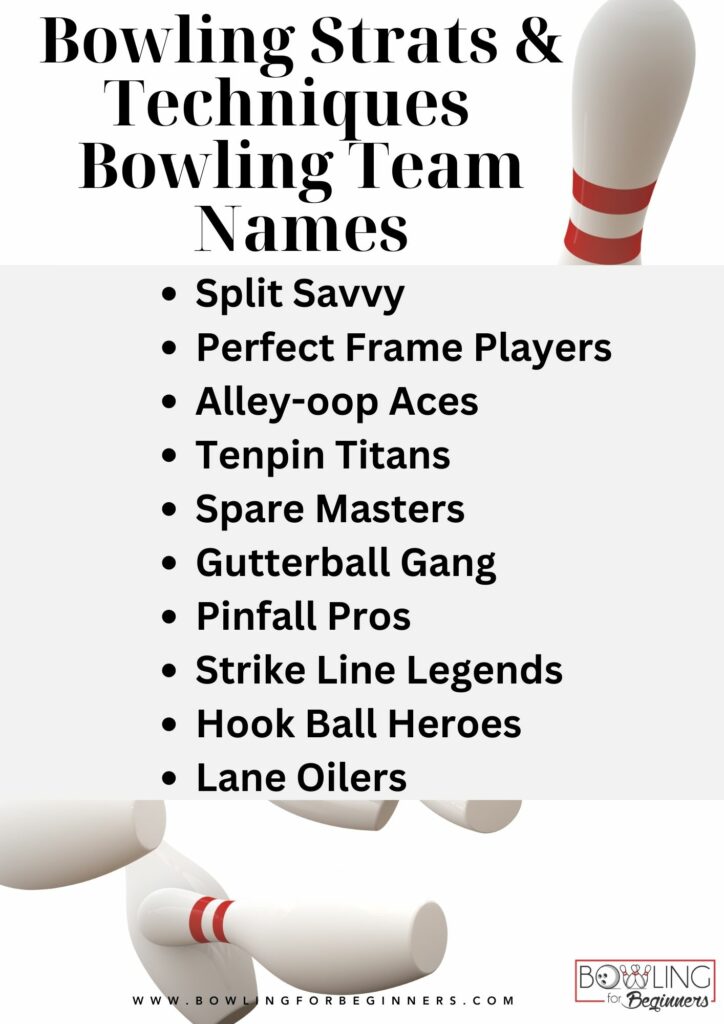
Music, TV, and Pop Culture Bowling Team Names
These names creatively merge the world of bowling with various elements of music, television, and broader pop culture.
- Bowling Stones (Rolling Stones): A play on the legendary rock band, The Rolling Stones.
- Pinny and the Jets (Benny and the Jets): Inspired by Elton John's hit song "Benny and the Jets."
- Gutter than the Rest (Better than the Rest): A clever play on the phrase, suggesting superiority in bowling.
- Splitstreet Boys (Backstreet Boys): A fun twist on the famous boy band, Backstreet Boys.
- The Pinheads (The Ramones): Inspired by the punk rock band The Ramones, with a bowling twist.
- Alley Swifts (Taylor Swift): A play on the name of pop star Taylor Swift.
- Rolling Adeles (Adele): Inspired by the singer Adele, with a bowling pun.
- Striking Zeppelins (Led Zeppelin): A clever play on the rock band Led Zeppelin, implying powerful strikes.
- Spare Direction (One Direction): A playful take on the boy band One Direction, focusing on spares.
- The Bowling Beatles (The Beatles): A tribute to The Beatles with a bowling twist.
- Queen Pins (Queen): Combines the elegance of being a 'queen' with the term 'kingpin' in bowling.
- The Big Bang Bowlers (The Big Bang Theory): Inspired by the TV show "The Big Bang Theory."
- Game of Throws (Game of Thrones): A play on the popular TV series "Game of Thrones."
- Pin Friends (Friends TV Show): Inspired by the iconic TV show "Friends."
- Strike is Right (The Price is Right): A pun on the game show "The Price is Right."
- Gutterball Glee (Glee): Inspired by the musical TV show "Glee," with a bowling twist.
- The Simpson Spares (The Simpsons): A playful nod to the animated TV show "The Simpsons."
- South Park Strikers (South Park): Inspired by the animated TV show "South Park."
- Alley McBeal (Ally McBeal): A play on the TV show "Ally McBeal."
- Bowling Breakers (Point Breakers): Inspired by the film "Point Break."
- The Fresh Pins of Bel-Air (The Fresh Prince of Bel-Air): A fun take on the TV show "The Fresh Prince of Bel-Air."
- Gutter Girls (Gilmore Girls): Inspired by the TV show "Gilmore Girls."
- Stranger Pins (Stranger Things): A play on the popular TV series "Stranger Things."
- The Office Rollers (The Office): Inspired by the TV show "The Office."
- Pinny Hill (Benny Hill): A pun on the comedian Benny Hill.
- Marvel-lous Strikers (Marvel Comics): A play on Marvel Comics, suggesting a marvelous bowling team.
- DC Comics Crew (DC Comics): Inspired by DC Comics, implying a team of superheroes on the lanes.
- Anime Alley (Anime): A name for fans of anime, suggesting a team with diverse, dynamic characters.
- Netflix (K)Nockdowns (Netflix): A play on Netflix, implying a team that's as entertaining as a binge-worthy show.
- Hulu Hookers (Hulu): A playful name inspired by the streaming service Hulu, with a bowling twist.
Each name reflects a unique blend of bowling and popular culture, making them appealing and relatable to fans of these genres and shows.
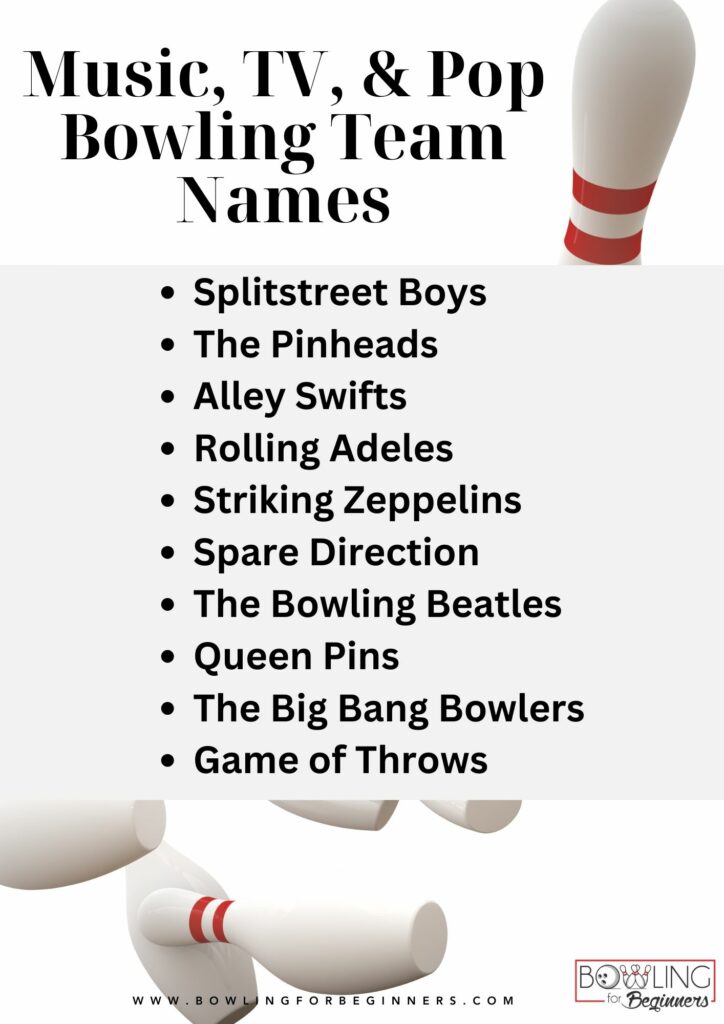
Anime-Inspired Bowling Team Names
These names creatively incorporate elements from popular anime series, appealing to fans of the genre:
- Saiyan Strikers (Dragon Ball): Inspired by the powerful Saiyan race in "Dragon Ball."
- Naruto Ninjas: A reference to the skilled ninjas in the "Naruto" series.
- One Punch Pins (One Punch Man): Plays on "One Punch Man," suggesting a team that knocks down pins with one strike.
- Titan Bowlers (Attack on Titan): Inspired by the titanic battles in "Attack on Titan."
- Ghoul Gutter Gang (Tokyo Ghoul): A reference to "Tokyo Ghoul," implying a team with a fierce, mysterious style.
- Alchemist Alleys (Fullmetal Alchemist): Draws from "Fullmetal Alchemist," suggesting a team that magically transforms their game.
- Spirited Strikers (Spirited Away): Inspired by the enchanting world of "Spirited Away."
- Death Note Knockdowns: A play on "Death Note," suggesting a team with strategic, decisive moves.
- Bleach Bowlers: Based on the anime "Bleach," implying a team that cleans up the pins efficiently.
- Cowboy Bebop Rollers: Draws from the stylish, jazz-infused world of "Cowboy Bebop."
- Inuyasha Incredibles: Inspired by the characters and adventures in "Inuyasha."
- Striker x Strikers (Hunter × Hunter): A nod to the anime "Hunter × Hunter," suggesting a team of skilled, strategic players.
- JoJo's Bowling Adventure (JoJo's Bizarre Adventure): Based on "JoJo's Bizarre Adventure," implying a team with unique, standout qualities.
- Gintama Gutterballs: From the anime "Gintama," suggesting a team with a humorous and unconventional approach.
- Fairy Tail Frames: Draws from "Fairy Tail," implying a team with magical skills and camaraderie.
- Dragon Rollers (Dragon Ball): Another "Dragon Ball" inspired name, suggesting a team with powerful, dragon-like prowess.
- One Piece Pin Pirates: Based on "One Piece," suggesting a team on a quest for bowling treasure.
- Full Moon Frames (Sailor Moon): Inspired by "Sailor Moon," suggesting a team with moon-like mystique and grace.
- Evangelion Eagles (Neon Genesis Evangelion): From "Neon Genesis Evangelion," implying a team with epic, high-stakes gameplay.
- Gundam Gutter Gods (Gundam Series): Draws from the "Gundam" series, suggesting a team with mechanical precision and power.
Each of these names brings a bit of the anime world into the bowling alley, creating a unique and fun identity for teams that are fans of these popular series.
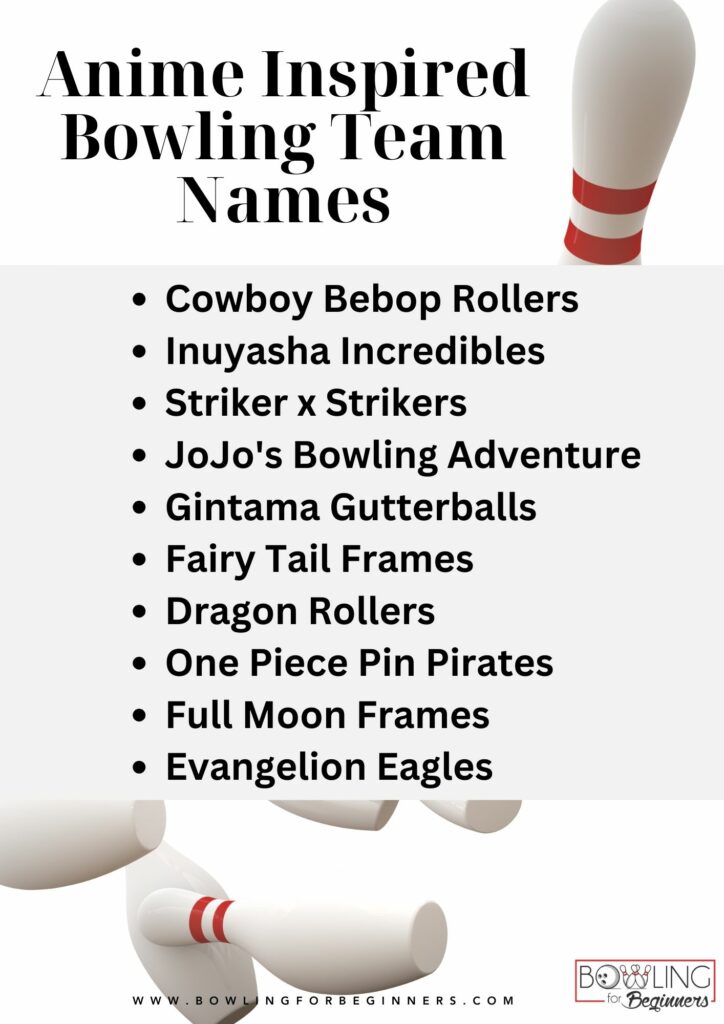
Car Brand-Inspired Bowling Team Names
These names creatively incorporate famous car brands and models, ideal for teams that are car enthusiasts or want a name with a touch of speed and luxury.
- Mustang Strikers: Inspired by the Ford Mustang, suggesting a team with power and speed.
- Bowling Camaros: Based on the Chevrolet Camaro, implying a stylish and powerful team.
- Pin Chargers (Dodge Charger): A play on the Dodge Charger, suggesting a team that 'charges' towards the pins.
- Strike Teslas: Inspired by Tesla, indicating a team that’s innovative and efficient.
- Gutter GTs (Ford GT): Based on the Ford GT, a name for a team that’s fast and sleek, even when facing gutters.
- Bowling Beetles (Volkswagen Beetle): A nod to the iconic Volkswagen Beetle, suggesting a fun and unique team.
- Alley Audis: Based on the Audi brand, indicating a team with a reputation for precision and quality.
- Spare Subarus: Inspired by Subaru, known for reliability, suggesting a team that consistently picks up spares.
- Corvette Crushers: Based on the Chevrolet Corvette, implying a team with a powerful, crushing style.
- Lamborghini Lanes: Draws from Lamborghini, suggesting a team with high-end performance and style.
- Rolls-Royce Rollers: Based on Rolls-Royce, indicating a team with a luxurious and flawless approach.
- Ferrari Framers: Inspired by Ferrari, suggesting a team that's fast and frames up strikes efficiently.
- BMW Bowlers: Based on BMW, implying a team with a blend of luxury and performance.
- Pin Porsches: Draws from Porsche, suggesting a team with precision and high performance.
- Cadillac Crushers: Based on Cadillac, implying a team with a classic and powerful approach.
- Jaguar Jammers: Inspired by Jaguar, suggesting a team with agility and grace.
- Gutter Golfers (Volkswagen Golf): A play on the Volkswagen Golf, implying a team skilled in navigating gutters.
- Mini Cooper Masters: Based on the Mini Cooper, suggesting a team that's nimble and skillful.
- Bowling Broncos (Ford Bronco): Inspired by the Ford Bronco, indicating a rugged and adventurous team.
- Kia Kingpins: Based on Kia, suggesting a team that's reliable and consistently hits kingpins.
- Honda Hookers: A playful name inspired by Honda, known for reliability and efficiency.
- Toyota Tenpins: Draws from Toyota, suggesting a dependable and strong team.
- Bowling Bugattis: Based on Bugatti, implying a team with exceptional speed and luxury.
- Nissan Knockouts: Inspired by Nissan, suggesting a team with a powerful, knockout style.
- Mercedes Pin Mercenaries: Based on Mercedes-Benz, indicating a team with sophistication and precision.
Each name in this category brings a touch of automotive elegance and power, making them appealing for teams that admire these qualities in both cars and bowling.
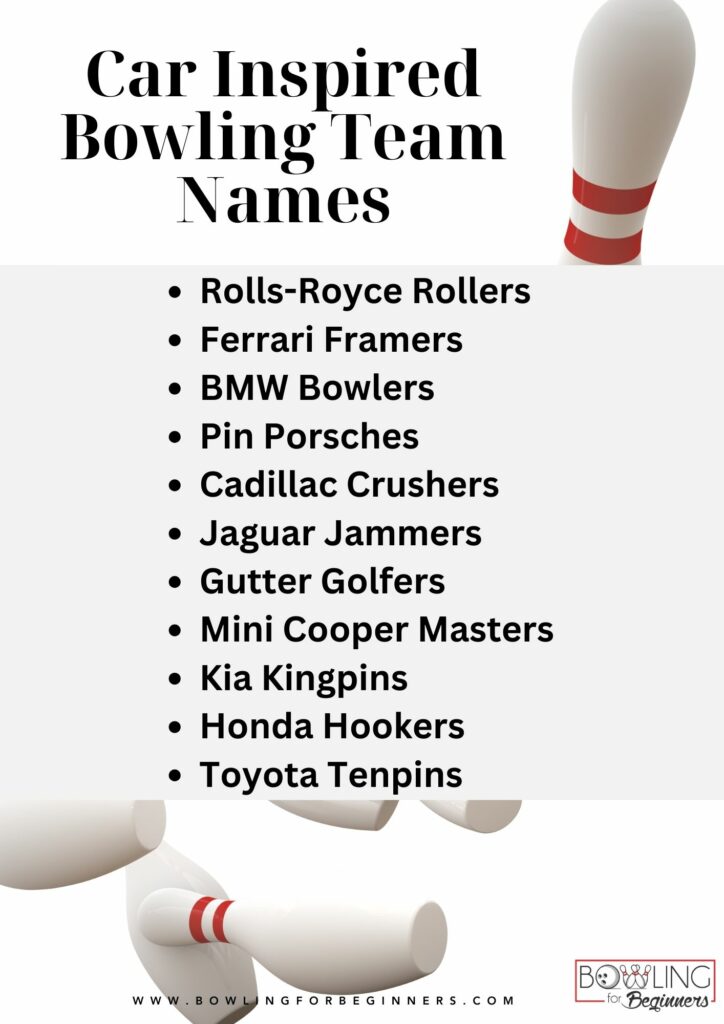
R&B Music Artists-Inspired Bowling Team Names
These names creatively blend the world of bowling with famous R&B music artists, making them particularly appealing to fans of the genre.
- Rolling in the Deep (Adele): Inspired by Adele’s hit song, suggesting a team with deep skills and emotions.
- Spare-yoncé Bowlers (Beyoncé): A playful twist on Beyoncé’s name, indicating a team as fierce as the singer herself.
- Usher's Alley Cats (Usher): Based on the artist Usher, suggesting a team with smooth moves in the alley.
- Mariah's Pin Carriers (Mariah Carey): Inspired by Mariah Carey, indicating a team with a high level of skill and style.
- TLC Tenpins (TLC): A nod to the R&B group TLC, suggesting a team with care and strategy.
- Strike-son 5 (Jackson 5): Based on the Jackson 5, implying a team with harmonious coordination.
- Gutter Gaye (Marvin Gaye): A play on Marvin Gaye’s name, suggesting a team with soul and depth, even when facing gutters.
- Bowling Blige (Mary J. Blige): Inspired by Mary J. Blige, suggesting a team with resilience and strength.
- Pin-it Aiko (Jhené Aiko): A clever twist on Jhené Aiko’s name, indicating a team with a unique and soft approach.
- Strike Legend (John Legend): Based on John Legend, suggesting a team known for legendary strikes.
- Gutter Ocean (Frank Ocean): A play on Frank Ocean’s name, suggesting a team with a deep, thoughtful approach to the game.
- Alley Keys (Alicia Keys): Based on Alicia Keys, implying a team with class and a harmonious approach.
- The Weeknd Warriors (The Weeknd): A fun take on The Weeknd, suggesting a team that excels during weekend games.
- Lauryn Pin's Pinners (Lauryn Hill): Inspired by Lauryn Hill, indicating a team with a soulful and skillful approach.
- Pin-tha Groove (Aaliyah): A playful twist on Aaliyah’s song "Back & Forth," suggesting a team with a great groove.
- Strike Sweat (Keith Sweat): Based on Keith Sweat, suggesting a team that puts effort and passion into every strike.
- Gutter Brown (Chris Brown): A play on Chris Brown’s name, implying a team that can dance around the gutters.
- Rolling Temptations (The Temptations): Inspired by The Temptations, suggesting a team with irresistible skill.
- Destiny's Bowlers (Destiny's Child): A nod to Destiny's Child, implying a team destined for greatness.
- Sade's Spare Squad (Sade): Based on Sade, suggesting a team with smooth and elegant spare skills.
- Bowling Boyz II Men (Boyz II Men): A fun twist on Boyz II Men, implying a team with harmonious skills.
- Pin-it Jackson (Janet Jackson): Inspired by Janet Jackson, suggesting a team with dynamic and powerful play.
- Whitney's Knockdowns (Whitney Houston): Based on Whitney Houston, implying a team with striking vocal and bowling prowess.
- Toni's Tenpins (Toni Braxton): A play on Toni Braxton’s name, suggesting a team with a deep, soulful approach to bowling.
- Alley Vandross (Luther Vandross): Inspired by Luther Vandross, indicating a team with smooth and sophisticated style.
- The Pinners (The Spinners): A play off the group the Spinners, suggesting stylish, hit makers and a must see performance.
Each name brings a touch of R&B soul and flair to the bowling alley, creating unique and memorable team identities.
Country Music Artists-Inspired Bowling Team Names
These names creatively blend the world of bowling with famous country music artists, making them ideal for teams that are fans of the genre.
- Rolling Cash (Johnny Cash): Inspired by Johnny Cash, suggesting a team with a strong, resonant presence.
- Parton Pinners (Dolly Parton): A play on Dolly Parton’s name, implying a team with charisma and talent.
- Bowling Brooks (Garth Brooks): Based on Garth Brooks, suggesting a team that's as popular and skillful as the artist.
- Underwood Alley (Carrie Underwood): Inspired by Carrie Underwood, indicating a team with grace and power.
- Twain's Tenpins (Shania Twain): A nod to Shania Twain, suggesting a team that 'feels like a woman' in command.
- Nashville Strikers: Represents the heart of country music, Nashville, with a strong bowling connotation.
- Aldean Aces (Jason Aldean): Based on Jason Aldean, implying a team that's consistently on top.
- Urban's Uproar (Keith Urban): A play on Keith Urban’s name, suggesting a team with a lively, energetic style.
- Lady A Rollers (Lady Antebellum): Inspired by Lady Antebellum, indicating a team with elegance and skill.
- Strait Strikes (George Strait): Based on George Strait, suggesting a team with straightforward, effective strikes.
- Rascal Rollers (Rascal Flatts): A playful take on Rascal Flatts, suggesting a team that's fun and skillful.
- Bowling Sheltons (Blake Shelton): Inspired by Blake Shelton, implying a team with a charming, competitive edge.
- Spare McGraw (Tim McGraw): A play on Tim McGraw’s name, suggesting a team that's as skillful in spares as McGraw is in music.
- Lambert Lanes (Miranda Lambert): Based on Miranda Lambert, indicating a team with a fiery, independent spirit.
- Zac Brown's Bowlers (Zac Brown Band): Inspired by the Zac Brown Band, suggesting a team with a harmonious and versatile approach.
- Alley Chesneys (Kenny Chesney): A nod to Kenny Chesney, implying a team with a relaxed, beach-like vibe.
- Paisley Pins (Brad Paisley): Based on Brad Paisley, suggesting a team with wit and skill.
- Rhinestone Rollers: Implies a team with flashy, showy skills, akin to the rhinestone cowboy image.
- The Judds' Jammers (The Judds): Inspired by The Judds, indicating a team with a strong, harmonious bond.
- Luke's Lane Combs (Luke Combs): A play on Luke Combs, suggesting a team that's rising fast and striking hard.
- Willie's Rollin' Nelsons (Willie Nelson): Based on Willie Nelson, implying a team with a laid-back yet skillful approach.
- Little Big Rollers (Little Big Town): Inspired by Little Big Town, suggesting a team with a big presence in the bowling alley.
- The Dixie Pin Chicks (The Dixie Chicks): A nod to The Dixie Chicks, indicating a team with strong, independent women.
- Florida Georgia Lineup (Florida Georgia Line): Based on Florida Georgia Line, suggesting a team with a catchy, dynamic approach.
- Toby's Tenpin Team (Toby Keith): Inspired by Toby Keith, implying a team with a patriotic, strong-willed spirit.
Each name brings a bit of country music flair and personality to the bowling alley, creating unique and memorable team identities.
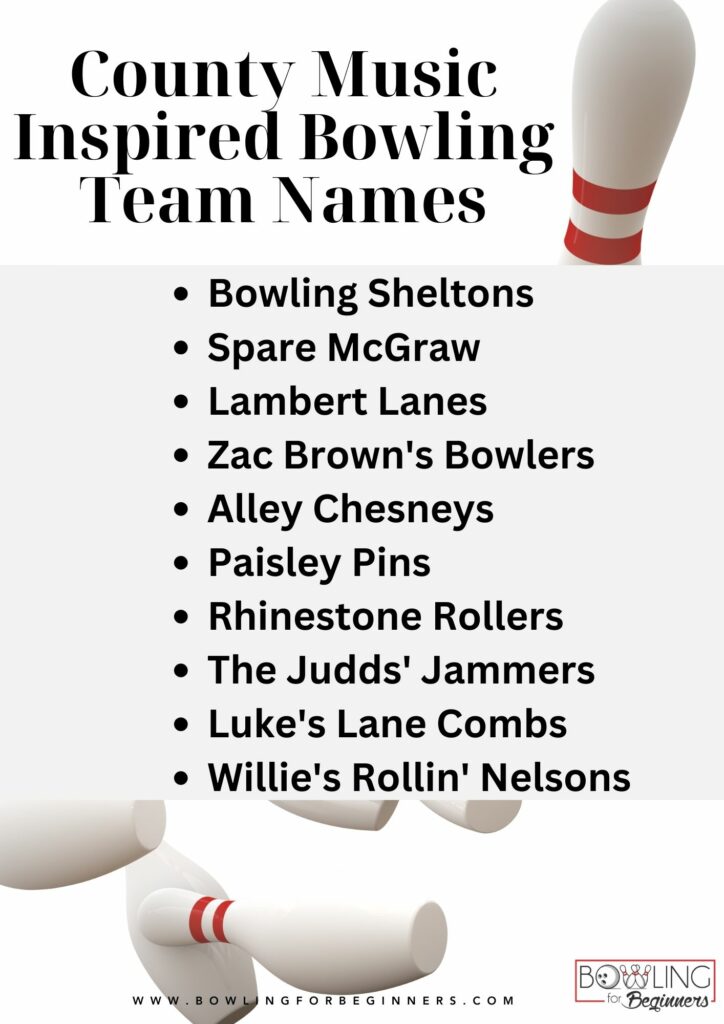
Rap and Hip-Hop Inspired Bowling Team Names
These names creatively merge the dynamic world of rap and hip-hop music with bowling, appealing to fans of the genres.
- Rap Battle Rollers: Suggests a team skilled in the competitive spirit of rap battles, applied to bowling.
- Strike Cyphers: A play on the term 'cypher' in rap, implying a team that comes together to deliver striking performances.
- Freestyle Pin Fighters: Implies a team with an improvisational, spontaneous style, akin to freestyle rap.
- Rhyme Spitters Strike: Suggests a team that combines the rhythmic delivery of rap with striking prowess.
- Alley MCs: Based on the term 'MC' in rap, indicating a team that commands the alley with skill and presence.
- Pin Poets: Implies a team that approaches bowling with the creativity and finesse of a poet.
- Gutter Lyricists: A playful twist, suggesting a team that turns gutter balls into an art form, much like a skilled lyricist.
- Bowling Bars Brigade: Refers to 'bars' in rap music, implying a team that delivers impressive performances.
- Mic Drop Mavericks: Suggests a team known for their standout, 'mic drop' moments in bowling.
- Verse Versus Pins: Implies a team that uses their bowling skills as effectively as a rapper uses verses.
- Rhyme Scheme Rollers: Suggests a team with a strategic approach, similar to the complex rhyme schemes in rap.
- Spitfire Strikers: Implies a team with rapid, fiery delivery in their bowling, akin to a spitfire rap.
- Bowling Battlers: Reflects the competitive nature of both rap battles and bowling competitions.
- Pin Punchliners: Suggests a team that's as witty and impactful in bowling as a punchline in rap.
- Flow & Roll: Combines the smooth flow of rap with the rolling motion of bowling.
- Rap Rhythm Rollers: Implies a team that bowls with rhythm and style, similar to a rap rhythm.
- Hip-Hop Hookers: Suggests a team that incorporates the hook of a hip-hop song into their bowling style.
- Beats & Bowls: Combines the beat-making aspect of hip-hop with bowling.
- Gutter Grinders: Implies a team that works hard and grinds, both in the gutter and in achieving success.
- Lyrical Lane Legends: Suggests a team with legendary skills, both in bowling and lyrical prowess.
- Alley Emcees: Indicates a team that dominates the bowling alley like an MC controls the stage.
- Wordplay Warriors: Reflects a team skilled in both verbal wordplay and strategic bowling.
- Rhyme Rollers: Suggests a team with a rhythmic, consistent bowling style, akin to a rhyming flow.
- Freestyle Framers: Implies a team with an improvisational approach to each frame in bowling.
- Battle Beats Bowlers: Combines the competitive nature of beat battles in hip-hop with bowling.
- Spit Splitters: spitting bars is common saying in battle rap.
Each name in this category reflects the creativity, rhythm, and competitive spirit of rap and hip-hop, making them unique and appealing to fans and players alike.
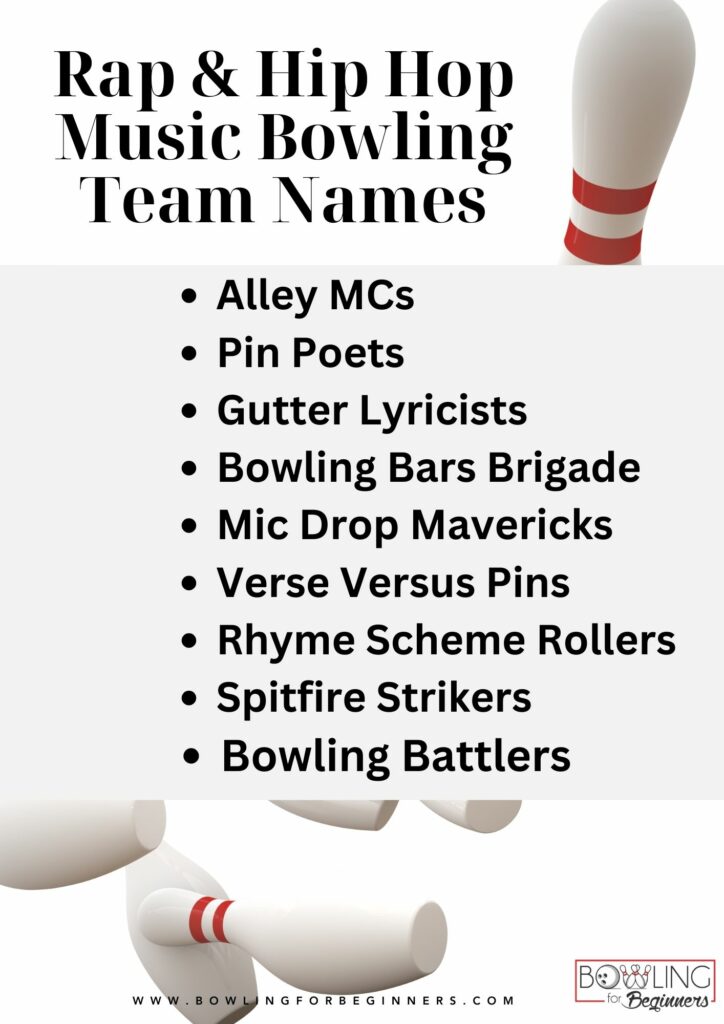
Vacation Destination-Inspired Bowling Team Names
These names draw inspiration from famous vacation spots around the world, combining the allure of travel with the fun of bowling.
- Paris Pin Pals: Suggests a team as chic and sophisticated as the city of Paris.
- Rolling Rome: Implies a team with the historical grandeur and enduring appeal of Rome.
- Venice Lane Venturers: Reflects the adventurous and romantic spirit of Venice.
- Maui Mavericks: Suggests a team with the laid-back, adventurous vibe of Maui.
- Bali Bowlers: Implies a team that embodies the tropical, serene essence of Bali.
- Caribbean Kingpins: A fun play on 'kingpins' in bowling, suggesting a team with a relaxed, island vibe.
- Greek Isle Gutterballs: Combines the beauty of the Greek Isles with a playful take on gutter balls.
- Tahiti Tenpins: Suggests a team that brings the exotic and tranquil spirit of Tahiti to the lanes.
- Sahara Split Seekers: Reflects a team with the adventurous spirit of exploring the Sahara Desert.
- Malibu Pin Masters: Implies a team with the cool, sunny vibe of Malibu.
- Hawaiian Lane Hulas: Combines the festive spirit of Hawaiian hula with bowling.
- Alpine Alley Aces: Suggests a team as majestic and challenging as the Alpine mountains.
- Fiji Frame Fillers: Implies a team that's as delightful and refreshing as a vacation in Fiji.
- Amsterdam Alleycats: A nod to the vibrant and eclectic nature of Amsterdam.
- Phuket Pinsetters: Combines the exotic allure of Phuket with the skill of setting pins in bowling.
- Sydney Strike Squad: Suggests a team as vibrant and dynamic as the city of Sydney.
- Vegas Vacationers: Implies a team with the excitement and energy of a Las Vegas vacation.
- Bahama Bowl Brigade: Reflects the relaxed, paradisiacal vibe of the Bahamas.
- Tuscany Tenpin Travelers: Suggests a team with the charm and rustic elegance of Tuscany.
- Cancun Kingpins: Implies a team with the fun and lively spirit of Cancun.
- Barcelona Bowlers: Reflects the artistic and vibrant culture of Barcelona.
- Dublin Downpins: A playful take on Dublin, suggesting a team with a friendly and spirited approach.
- Rockies Rollers: Implies a team with the rugged, adventurous spirit of the Rocky Mountains.
- Egyptian Pin Explorers: Suggests a team with the curiosity and wonder of exploring Egypt.
- Tokyo Tenpin Tourists: Combines the modern, bustling energy of Tokyo with the skill of tenpin bowling.
Each name brings the essence of a popular travel destination to the bowling alley, creating a sense of adventure and worldly charm.
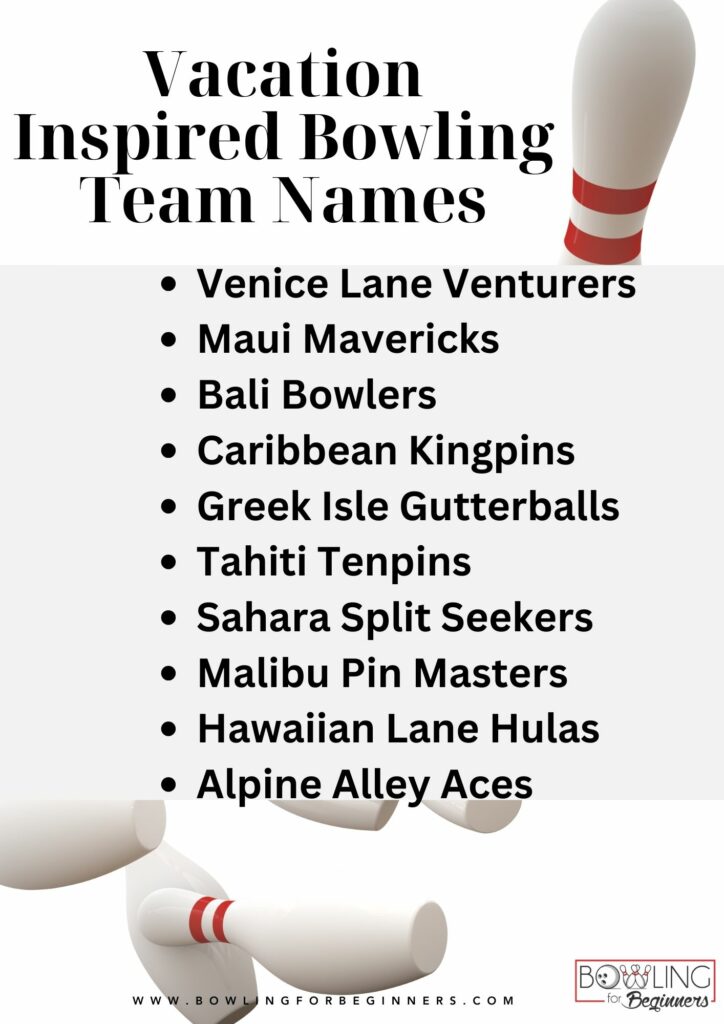
American Sports Teams-Inspired Bowling Team Names
These names are inspired by well-known American sports teams from baseball, football, and basketball, ideal for fans who want to bring their sports enthusiasm into the bowling alley.
- Alley Yankees (Baseball - New York Yankees): Inspired by the New York Yankees, implying a team with a winning legacy.
- Bowling Patriots (Football - New England Patriots): Based on the New England Patriots, suggesting a team with strategic excellence.
- Strike Lakers (Basketball - Los Angeles Lakers): Draws from the Los Angeles Lakers, implying a team with star power and success.
- Pin Packers (Football - Green Bay Packers): Based on the Green Bay Packers, suggesting a team with a strong, dedicated fan base.
- Gutter Bulls (Basketball - Chicago Bulls): A play on the Chicago Bulls, implying a team with dominating prowess.
- Rolling Raiders (Football - Las Vegas Raiders): Inspired by the Las Vegas Raiders, suggesting a team with a bold and adventurous spirit.
- Spare Steelers (Football - Pittsburgh Steelers): Based on the Pittsburgh Steelers, implying a team with a tough, resilient approach.
- Dodgers' Downpins (Baseball - Los Angeles Dodgers): Draws from the Los Angeles Dodgers, suggesting skillful play and strategy.
- Miami Heat Rollers (Basketball - Miami Heat): Based on the Miami Heat, implying a team with intensity and flair.
- Alley Cowboys (Football - Dallas Cowboys): A nod to the Dallas Cowboys, suggesting a team with widespread appeal and a competitive edge.
- Bowling Celtics (Basketball - Boston Celtics): Inspired by the Boston Celtics, implying a team with a rich history and strong team dynamics.
- Strike Broncos (Football - Denver Broncos): Based on the Denver Broncos, suggesting a team with determination and resilience.
- Gutter Giants (Baseball - San Francisco Giants): A play on the San Francisco Giants, implying a team with a commanding presence.
- Pin 49ers (Football - San Francisco 49ers): Draws from the San Francisco 49ers, suggesting a team with a legacy of success.
- Alley Astros (Baseball - Houston Astros): Based on the Houston Astros, implying a team with skill and innovation.
- Bowling Bears (Football - Chicago Bears): Inspired by the Chicago Bears, suggesting a team with strength and tenacity.
- Spare Seahawks (Football - Seattle Seahawks): Based on the Seattle Seahawks, implying a team with a loud and proud presence.
- Rolling Red Sox (Baseball - Boston Red Sox): A nod to the Boston Red Sox, suggesting a team with a passionate and loyal fan base.
- Strike Eagles (Football - Philadelphia Eagles): Based on the Philadelphia Eagles, implying a team with a soaring and strategic approach.
- Gutter Warriors (Basketball - Golden State Warriors): Draws from the Golden State Warriors, suggesting a team with exceptional skill and teamwork.
- Bowling Braves (Baseball - Atlanta Braves): Inspired by the Atlanta Braves, suggesting a team with a spirited and dynamic approach.
- Pin Cavaliers (Basketball - Cleveland Cavaliers): Based on the Cleveland Cavaliers, implying a team with determination and a fighting spirit.
- Alley Cardinals (Baseball - St. Louis Cardinals): A play on the St. Louis Cardinals, suggesting a team with a rich history and consistent performance.
- Spare Spurs (Basketball - San Antonio Spurs): Draws from the San Antonio Spurs, implying a team with a strategic and disciplined approach.
- Rolling Ravens (Football - Baltimore Ravens): Based on the Baltimore Ravens, suggesting a team with a strong and intimidating presence.
Each name in this category reflects the spirit, ethos, and characteristics of the respective sports teams, making them appealing to fans and bowling teams alike.
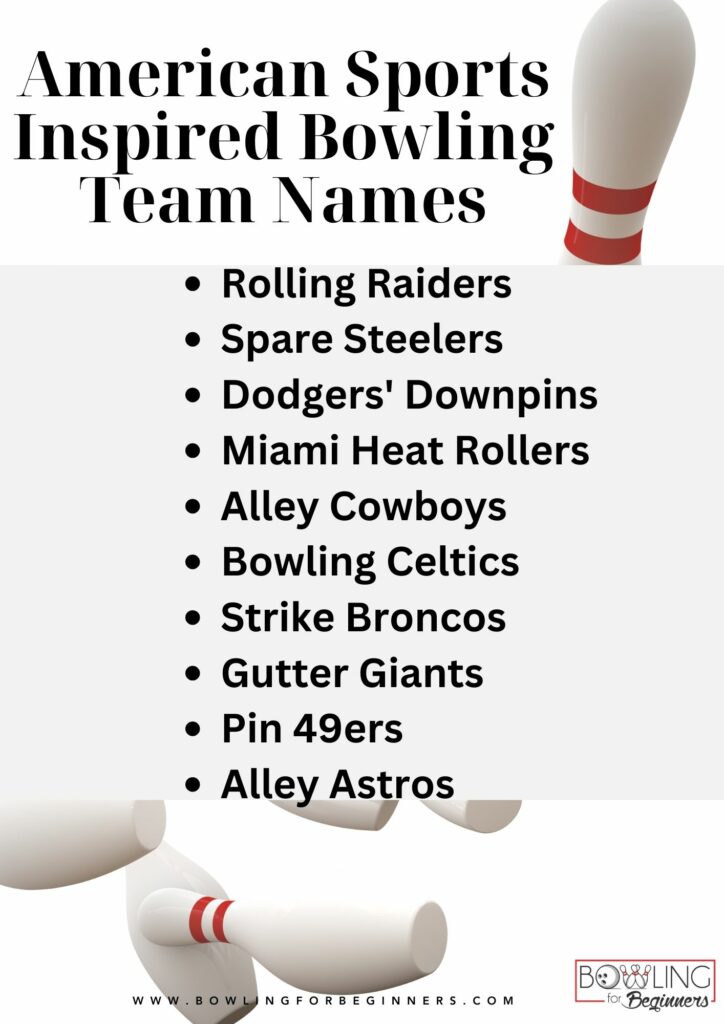
Work Bowling Team Names
These names convey a sense of skill, strategy, and professionalism in bowling, ideal for teams that take the sport seriously and strive for excellence.
- Elite Pin Strikers: Suggests a team of highly skilled bowlers who excel in striking pins.
- Precision Pinners: Implies a team with an accurate and precise approach to hitting pins.
- Pro Lane Masters: Indicates a team with professional-level mastery over bowling lanes.
- Strikeforce Elite: Suggests a top-tier team known for their striking prowess.
- Kingpin Commanders: Implies a team that leads and dominates in bowling, much like a kingpin.
- Pin Precisionists: Indicates bowlers who are meticulous and exact in their pin targeting.
- Elite Rollers Club: Suggests a group of elite-level bowlers with a prestigious reputation.
- Superior Strike Squad: A team known for their exceptional ability to deliver strikes.
- Pro Bowl Strategists: Implies a team that uses professional-level strategies in their game.
- Pinfall Professionals: Indicates expert bowlers with a consistent pinfall record.
- Masterframe Mavericks: Suggests innovative bowlers who excel in framing up strikes and spares.
- High Rollers Society: Implies a team that not only excels in bowling but also enjoys the finer aspects of the sport.
- Strike Syndicate: A group that’s organized and strategic in their striking technique.
- Pin Dominators: Indicates a team that consistently dominates the pin deck.
- Elite Alley Engineers: Suggests bowlers who are skilled in understanding and utilizing the alley's conditions.
- Sovereign Strikers: Implies a team with a commanding and superior striking ability.
- Professional Pin Pioneers: Indicates a team that leads and innovates in the world of pin bowling. Prime Pin Practitioners: Suggests bowlers who practice and perfect their pin hitting skills.
- Supreme Strike Squad: A team known for their unparalleled ability in delivering strikes.
- Bowling Brilliance Brigade: Indicates a group known for their overall brilliance and strategy in bowling.
- Pin Perfection Pros: Suggests bowlers who aim for and often achieve perfection in pin bowling.
- Strike Specialists: A team renowned for their specialized skills in striking.
- Precision Pin Pros: Implies bowlers who are professional and precise in hitting pins.
- Elite Frame Fighters: Indicates a team that competes fiercely for each frame.
- Pro Pin Executors: Suggests a team skilled in executing perfect pin hits.
- Masters of the Lanes: Implies bowlers who have mastered all aspects of the bowling lanes.
- Strike Strategy Syndicate: Suggests a team that uses well-thought-out strategies for striking.
- Alley Achievers: Indicates a team that consistently achieves high scores and success in the alley.
- Bowling Precisionists: Bowlers who emphasize precision in every aspect of their game.
- Pinfall Pacesetters: Implies a team that sets the pace and standards in achieving pinfalls.
Each name in this category is designed to reflect a high level of skill, professionalism, and mastery in bowling, making them fitting for teams that aim for excellence and precision in their gameplay.
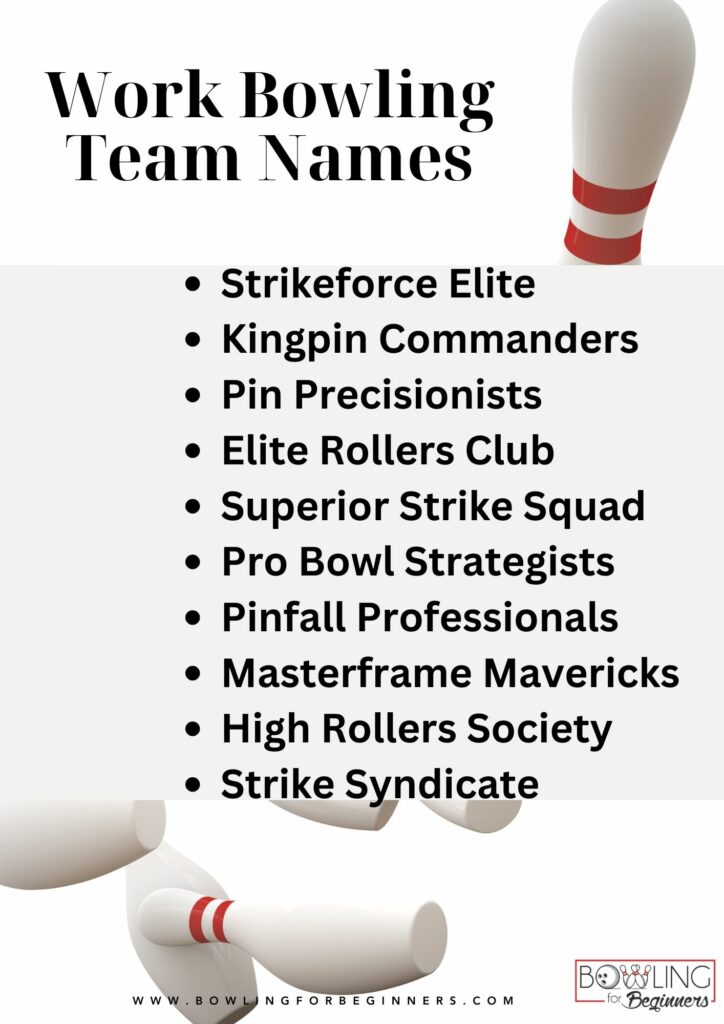
Military-Inspired Bowling Team Names
These names draw inspiration from veterans, various military terms and units, ideal for teams that admire the discipline, strategy, and teamwork associated with military operations.
- Strike Force Squad: Implies a team with a powerful and strategic approach, like a specialized military force.
- Gutter Guard Brigade: Suggests a team that expertly defends against gutter balls, similar to a guard brigade.
- Alley Assault Team: Indicates a team with an aggressive and coordinated approach in the bowling alley.
- Bowling Battalion: Implies a large, organized group of bowlers with a unified strategy.
- Pin Platoon: Suggests a team that works closely together, like a military platoon, to knock down pins.
- Spare Sniper Unit: Implies a team with precision in picking up spares, akin to the accuracy of snipers.
- Lane Rangers: Inspired by army rangers, suggesting a team that excels in various bowling conditions.
- Strike Commandos: Indicates a team with a stealthy, impactful approach, similar to commando operations.
- Pin Grenadiers: Suggests a team that attacks the pins with explosive force, like a grenadier.
- Bowling Bombers: Implies a team that hits the pins with powerful, bomb-like impact.
- Elite Pin Infantry: Suggests a highly trained and skilled team, akin to elite infantry units.
- Gutter Recon: Implies a team skilled in analyzing and adapting to gutter ball situations, like a reconnaissance unit.
- Strike Artillery: Indicates a team that delivers strikes with the power and precision of artillery.
- Alley Airborne: Suggests a team with a dynamic and high-flying approach, like airborne troops.
- Pin Paratroopers: Implies a team that swiftly and effectively targets pins, similar to the sudden deployment of paratroopers.
- Spare Special Ops: Indicates a team specialized in handling spares, akin to special operations in the military.
- Bowling Berets: Inspired by the Green Berets, suggesting a team with specialized skills and versatility.
- Lane Logistics Corps: Implies a team skilled in planning and executing bowling strategies, similar to a logistics corps.
- Pin Artillery: Suggests a team that launches their bowling balls with the precision and power of artillery.
- Tactical Tenpin Team: Indicates a team with a tactical and strategic approach to tenpin bowling.
- Veterans' Strike League: Suggests a league or team comprised of veterans with striking prowess.
- Valor Pin Veterans: Implies a team of veterans who display valor both in service and in bowling.
- Heroes' Lane Honor: Suggests a bowling team that honors heroes and their values in the bowling alley.
- Brave Bowlers Brigade: Indicates a team that approaches bowling with bravery, akin to a military brigade.
- Military Merit Rollers: Implies a team that brings military discipline and merit to their bowling game.
- Veteran Vanguard Pins: Suggests veterans who are also front-runners or leaders in the bowling world.
- Freedom Fighters Frames: Implies a team dedicated to achieving freedom, represented through their frames in bowling.
- Honor Guard Bowlers: Indicates a team that bowls with the precision and respect of a ceremonial honor guard.
- Patriotic Pin Pals: Suggests a team of bowlers who share a love for their country and the sport.
- Service Star Strikers: Implies a team of bowlers who have earned recognition, akin to a service star, for their skill in striking.
- Veteran Valor Rollers: Indicates veteran bowlers who bring courage and valor to the lanes.
- Liberty Lane Legends: Suggests a legendary team that values liberty, both in service and in sport.
- Courageous Pin Commanders: Implies a team that leads with courage in their pursuit of knocking down pins.
- Defender's Alley Division: Indicates a team dedicated to defending and excelling in their bowling alley.
- Duty, Honor, Bowling: A motto that combines the values of duty and honor with the passion for bowling.
- Armed Forces Alley Aces: Suggests a team that brings the skill and precision of the armed forces to bowling.
- Purple Heart Pinners: Implies a team of distinguished bowlers, akin to the honor of receiving a Purple Heart.
- Veteran Victory Rollers: Suggests a team of veterans who strive for and often achieve victory in bowling.
- Wartime Bowling Warriors: Indicates a team that approaches bowling with the spirit and determination of warriors.
- Salute to Strike Squad: A team that pays tribute to striking prowess, akin to a military salute.
Each name in this category reflects the volunteer service, discipline, precision, and teamwork of military units, making them fitting for bowling teams that value these qualities in their gameplay.
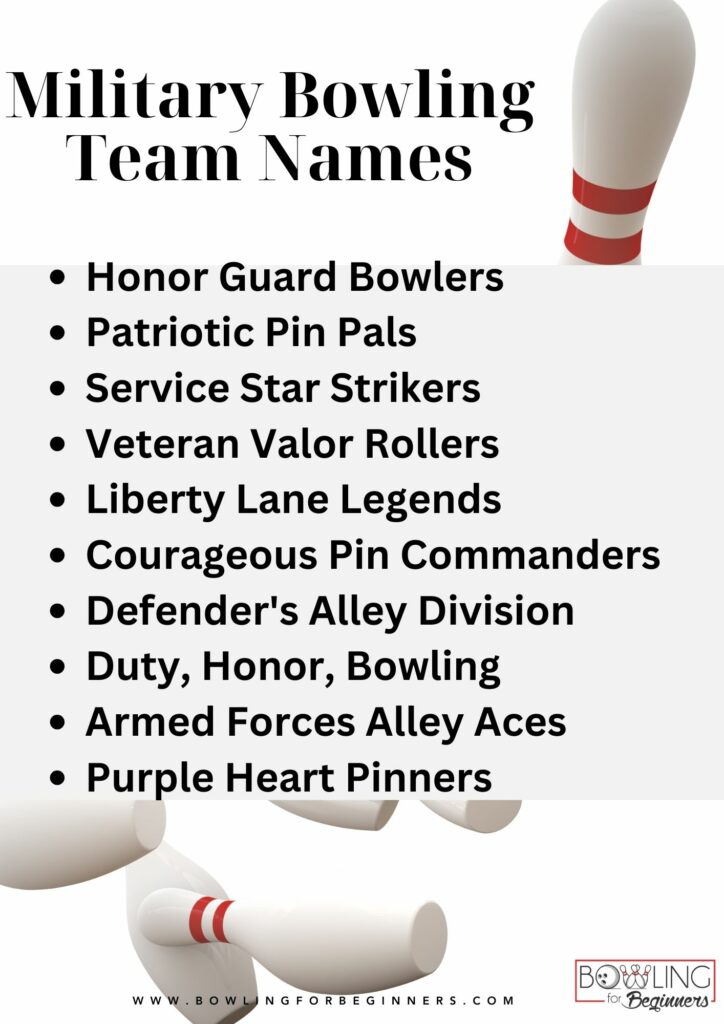
Pokémon-Inspired Bowling Team Names
These names creatively incorporate characters from the Pokémon franchise, making them appealing to fans of the series and adding a playful twist to bowling team identities.
- Pikachu Pin Pals: Inspired by the iconic Pokémon Pikachu, suggesting a team with energetic and electric bowling skills.
- Bowling Bulbasaurs: Based on Bulbasaur, implying a team that's as steadfast and reliable as this grass-type Pokémon.
- Charmander Chargers: Reflects the fiery spirit of Charmander, suggesting a team with a fiery approach to bowling.
- Squirtle Strikers: Implies a team with a cool, strategic approach, similar to the water-type Pokémon Squirtle.
- Jigglypuff Jammers: Suggests a team that's as charming and disarming in bowling as Jigglypuff is in battles.
- Gengar Gutterballs: A playful twist on Gengar, suggesting a team that might enjoy the trickier parts of bowling.
- Eevee Evolvers: Inspired by Eevee's ability to evolve into various forms, suggesting a versatile and adaptive bowling team.
- Psyduck Pinsetters: Reflects the quirky and unpredictable nature of Psyduck in a bowling context.
- Machamp Masters: Based on the powerful Pokémon Machamp, suggesting a team with formidable bowling strength.
- Snorlax Spares: Implies a team that's as relaxed yet effective in picking up spares as Snorlax is in battles.
- Blastoise Bowlers: Suggests a team with the power and precision of the water-type Pokémon Blastoise.
- Alakazam Aces: Reflects the psychic prowess of Alakazam, suggesting a team with a strategic and mental edge.
- Gyarados Gutter Gods: A nod to the intimidating presence of Gyarados, even when dealing with gutter balls.
- Vaporeon Victors: Implies a team as adaptable and fluid in their bowling strategy as Vaporeon is in water.
- Meowth Mavericks: Suggests a team with the cunning and resourcefulness of the Pokémon Meowth.
- Dragonite Dynamos: Based on Dragonite, suggesting a team with powerful and dynamic bowling skills.
- Mewtwo Masters: Implies a team with extraordinary bowling skills, akin to the legendary Pokémon Mewtwo.
- Onix Oilers: Reflects the solid and imposing nature of Onix, suggesting a team that's a formidable presence in the alley.
- Rapidash Rollers: Suggests a team with the speed and agility of the fire-type Pokémon Rapidash.
- Articuno Alley: Inspired by the ice-type Pokémon Articuno, suggesting a team with a cool and majestic approach.
- Zapdos Zappers: Reflects the electric energy of Zapdos, implying a team with a shocking and powerful strike.
- Moltres Masters: Suggests a team with the fiery and soaring spirit of the fire-type Pokémon Moltres.
- Ditto Duplicators: Implies a team skilled in adapting their strategy, much like Ditto adapts its form.
- Lickitung Lane Lovers: A playful name inspired by Lickitung, suggesting a team that truly enjoys the bowling experience.
- Koffing Kingpins: Reflects the persistent and impactful nature of Koffing in a bowling setting.
- Cubone Crushers: Suggests a team with the determination and strength of the ground-type Pokémon Cubone.
- Rhydon Rollers: Based on Rhydon, implying a team that's as sturdy and powerful in bowling as Rhydon is in battles.
- Lapras Lane Leaders: Implies a team with the grace and leadership qualities of the water/ice-type Pokémon Lapras.
- Mr. Mime Magic: Suggests a team with a skillful and almost magical approach to bowling, inspired by Mr. Mime.
- Scyther Strikers: Reflects the sharp and precise striking ability akin to the Pokémon Scyther.
Each name in this category brings a touch of Pokémon charm and characteristics to the bowling teams, making them unique and enjoyable for fans of the series.
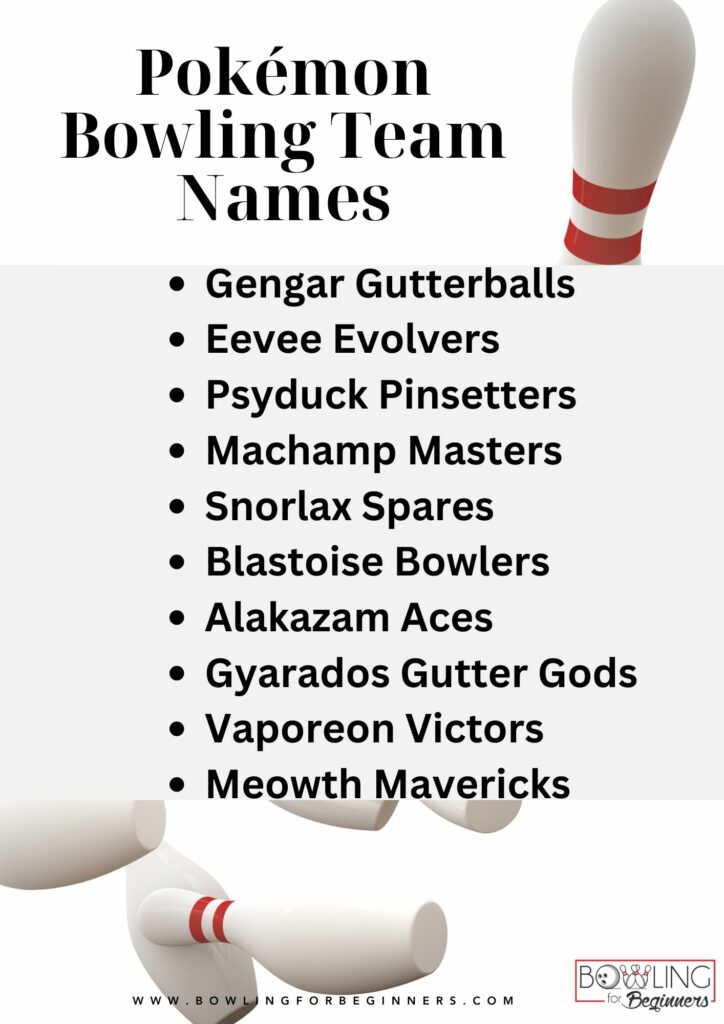
Grown & Mature Theme Bowling Name Ideas
Mature and grown themed bowling team names requires a balance of sophistication, a hint of playfulness, and ensuring they remain respectful and inclusive. Here are some ideas with descriptions.
- Velvet Strike Vixens: Implies a team with a smooth, luxurious, and confident approach, akin to the texture of velvet.
- Midnight Mystique Rollers: Suggests a team that brings an aura of mystery and allure to the lanes, evocative of the intrigue of the night.
- Sultry Split Seducers: Indicates a team known for their captivating and seductive prowess in tackling challenging splits.
- Cocktail Pin Charmers: Reflects a team with the sophistication and appeal of a fine cocktail, blending skill and social charm.
- Cabaret Kingpins: Suggests a team with a flair for dramatic and theatrical performances, akin to a cabaret show.
- Rouge Alley Rebels: Implies a team with a bold, daring approach, symbolized by the boldness of the color rouge.
- Lace Lane Luminaries: Reflects a team with an intricate and refined style, much like the elegance of lace.
- Champagne Strike Celebrants: Suggests a team that celebrates each strike with the joy and exuberance of popping champagne.
- Boudoir Bowlers: Implies a team with an intimate and personal approach to the game, reminiscent of the privacy of a boudoir.
- Moonlight Serenade Strikers: Indicates a team that plays with the romance and charm of a serenade under the moonlight.
Each of these names combines an element of mature and sophisticated charm with the fun and competitiveness of bowling. These names are intended to be playful and engaging while remaining respectful and inclusive.
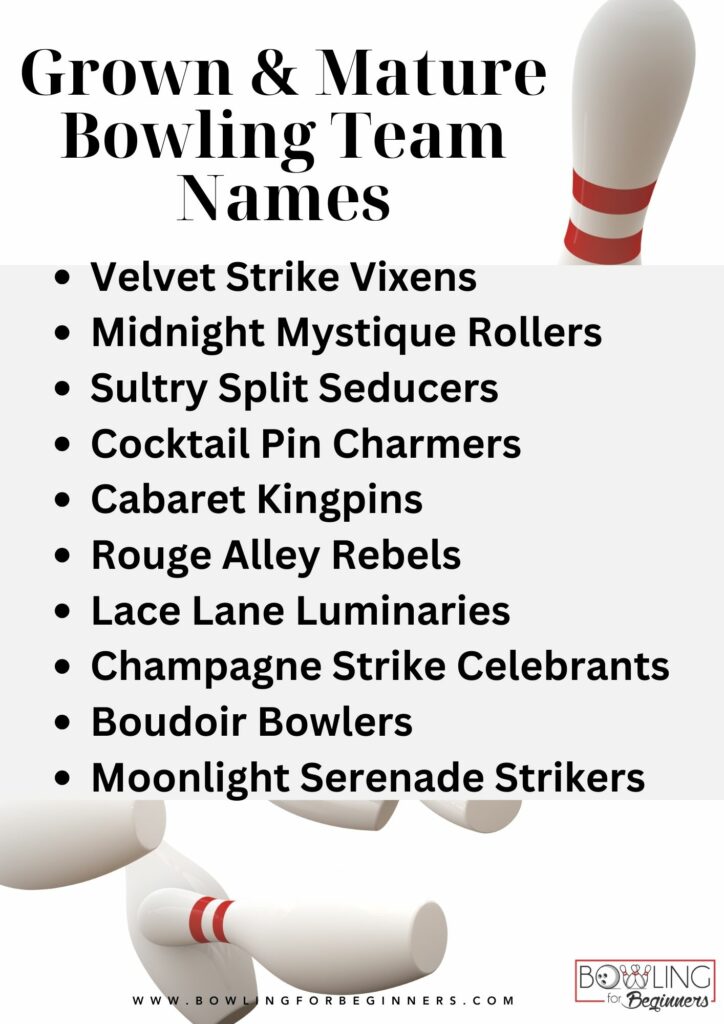
70's Slang Inspired Bowling Team Names
Creating bowling team names based on 70s slang words can add a fun and nostalgic twist to your team's identity. Here are some ideas with descriptions, reflecting the vibrant language and culture of the 1970s.
- Groovy Pin Gurus: "Groovy" was a term for something fashionable or exciting, suggesting a team with a stylish and upbeat approach to bowling.
- Far Out Frames: "Far Out" was used to express amazement. This team name implies extraordinary skill in achieving great frames.
- Boogie Down Bowlers: "Boogie" referred to dancing to pop music. This name suggests a team that brings rhythm and energy to the lanes.
- Funky Strike Force: "Funky" was often used to describe something unconventional. This team could be known for their unique and unconventional bowling style.
- Psychedelic Pinners: "Psychedelic" referred to the wild and colorful patterns associated with the 70s. This team name implies a vibrant and eye-catching approach to the game.
- Dynomite Dynamizers: Inspired by the popular exclamation "Dynomite!" from the sitcom "Good Times," indicating a team that brings excitement and power to their play.
- Jive Turkey Spares: "Jive Turkey" was a playful insult. This name could be for a team that doesn't take themselves too seriously and has fun with the game.
- Disco Alley Dancers: "Disco" was the defining music genre of the 70s. This team could be known for their smooth, rhythmic bowling moves.
- Peace & Love Pinners: Reflecting the era's catchphrases, this team name suggests a harmonious and positive approach to bowling.
- Bell Bottom Bowlers: "Bell Bottoms" were a popular style of trousers. This team could be known for bringing a classic 70s fashion sense to the lanes.
Each name reflects the unique lingo and cultural trends of the 1970s, making them perfect for teams that appreciate the era's distinctive style and vibe.
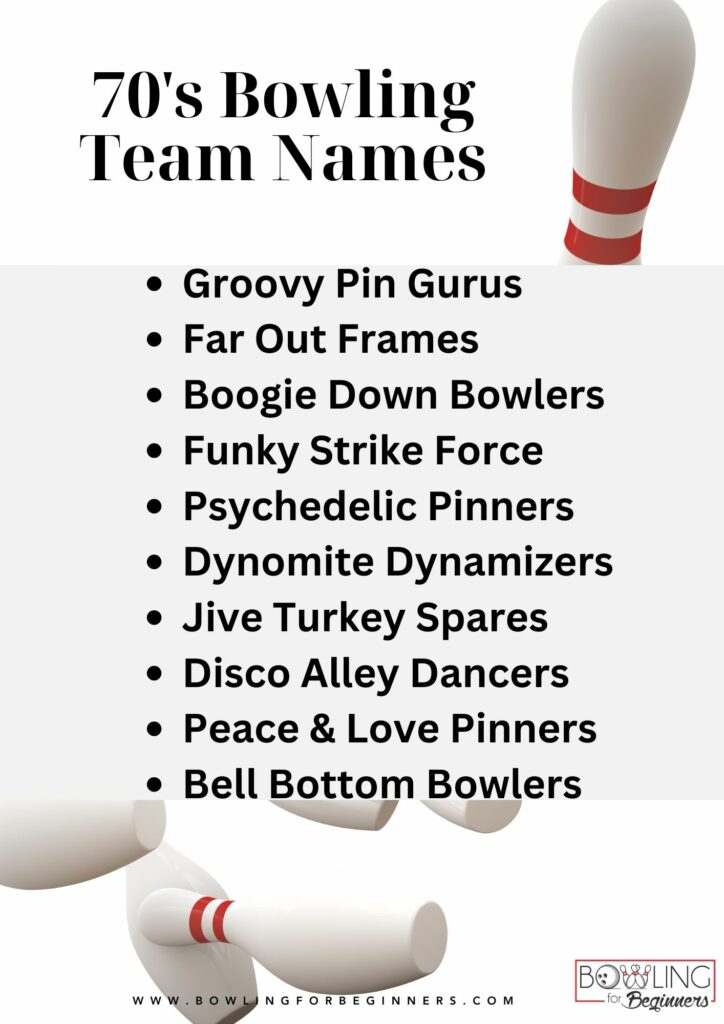
80's Slang Inspired Bowling Team Names
Creating bowling team names inspired by 1980s slang offers a fun throwback to the unique and vibrant culture of that era. Here are some ideas with descriptions that embody the spirit and language of the '80s.
- Radical Rollers: "Radical" was a term for something excellent or cool in the '80s. This team is known for their outstanding and impressive bowling skills.
- Totally Tubular Tenpins: "Tubular" was used to describe something awesome. This team brings an awesome and exciting approach to the game.
- Bodacious Bowlers: "Bodacious" referred to something bold and remarkable. This team stands out for their bold and confident style.
- Gnarly Pin Gurus: "Gnarly" was used for something extreme, especially in a good way. This team is known for their extreme precision and skill.
- Wicked Pin Wizards: "Wicked" was used to describe something excellent or great. This team excels with seemingly magical skills on the lanes.
- Maxed Out Mavericks: "Maxed Out" meant something taken to the limit. This team pushes their bowling abilities to the max.
- Rad Pin Rebels: "Rad" was a shorter form of "radical," also meaning cool or excellent. This team brings a cool and rebellious energy to the alley.
- Mega Strike Maniacs: "Mega" was used for something large or great. This team is known for their great enthusiasm and striking power.
- Fresh Frame Fanatics: "Fresh" referred to something new and good. This team brings a fresh and innovative approach to each frame.
- Grody to the Max Pinners: "Grody" meant something unpleasant, but in a playful context, it can suggest a team that’s tough and gritty in their play.
Each of these names captures the essence of '80s slang, offering a nostalgic nod to the era while adding a fun and unique identity to a bowling team.
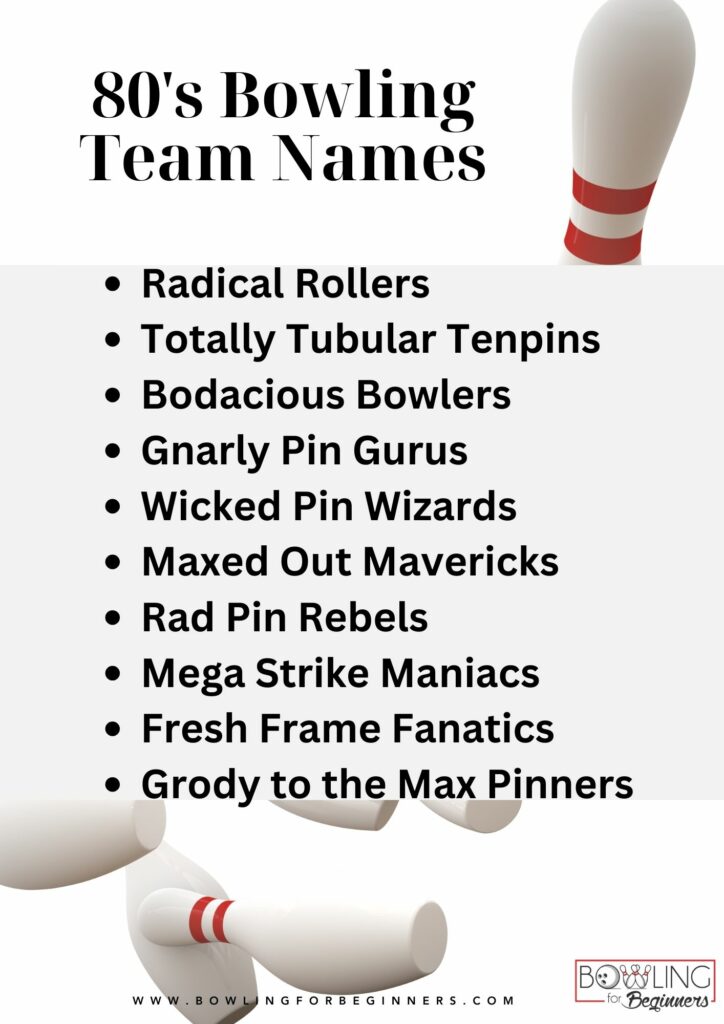
90's Slang Inspired Bowling Team Names
Creating bowling team names based on 1990s urban and suburban slang brings a touch of retro coolness and nostalgia. Here are some ideas with descriptions reflecting the unique language and culture of the '90s.
- Phat Pin Players: "Phat" was a term for something cool or excellent. This team is known for their exceptional and impressive style in bowling.
- Da Bomb Bowlers: "Da Bomb" meant something outstanding or the best. This team is recognized for being top-notch in their game.
- All That Alley Cats: "All That" was used to describe something or someone who had it all. This team is versatile and excels in every aspect of bowling.
- Fly Frame Fanatics: "Fly" was a term for stylish or cool. This team is known for their stylish approach and flair on the lanes.
- Mad Props Pinners: "Mad Props" was used to give someone respect. This team earns respect for their skill and sportsmanship.
- Wicked Wheelers: "Wicked" in urban slang meant something excellent. This team is known for their excellent and impactful performances.
- Booyah Bowlers: "Booyah" was an exclamation of joy or victory. This team celebrates their strikes and spares with great enthusiasm.
- Hella Good Rollers: "Hella" was used for emphasis, meaning very or a lot. This team is known for their outstanding bowling skills.
- Word Up Warriors: "Word Up" was an affirmation of truth or agreement. This team is consistent and trustworthy in their bowling strategies.
- Fresh to Death Strikers: "Fresh to Death" meant looking cool or great. This team not only plays well but also brings a cool vibe to the alley.
These names capture the essence of '90s urban and suburban slang, adding a playful and nostalgic element to the team's identity, perfect for groups that appreciate the unique style and vibe of the 1990s.
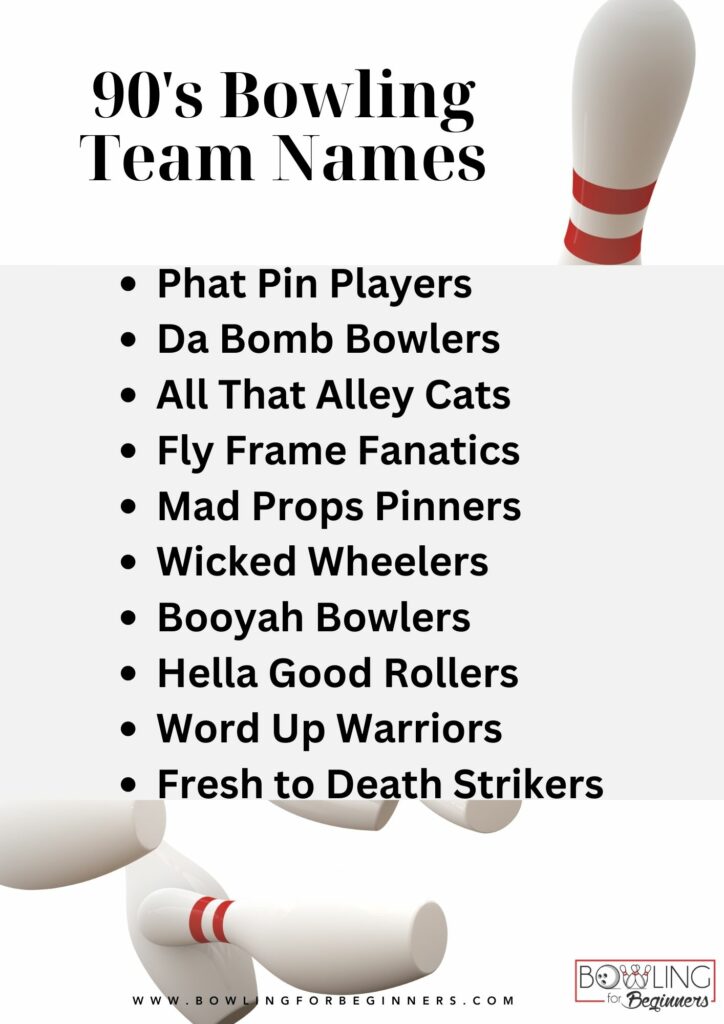
The Importance of a Great Team Name in Bowling
A great team name in bowling does more than identify your group; it sets the tone, creates camaraderie, and provides a psychological edge over opponents.
Whether playing in a casual league, a corporate tournament, or even a national championship, your team name carries more weight than you might initially realize. Let's explore why a strong, resonant team name is a key ingredient to the bowling experience.
Creating Unity and Team Spirit
When you come up with a team name that everyone in your group likes, it can foster a sense of unity. It's amazing how something as simple as a name can bond people together, creating a stronger team dynamic. In the high-pressure environment of bowling competitions, having that sense of togetherness and support from your teammates can make all the difference.
Adding a Competitive Edge
A great team name can also add an element of competition and motivation. Having a strong and intimidating team name can give your opponents a little extra something to worry about. It can also serve as a reminder to your own team to bring their A-game and live up to the reputation of their chosen moniker.
Icebreakers and Conversation Starters
In less competitive settings, such as casual bowling leagues or social outings with friends, a creative bowling team name can serve as a great icebreaker and conversation starter. It's an easy way to break the ice and get people chatting, especially if you're part of a new group that may not know each other well.
How Do You Name a Bowling Team?
When it comes to naming your bowling team, creativity, humor, and a bit of bowling jargon can go a long way. The perfect team name can reflect your team's personality, a clever pun, or even an inside joke among your teammates.
But how do you find the perfect name that strikes the right chord? Here's a handy guide to help you come up with a unique and catchy name for your bowling team.
Know Your Audience
Before you start brainstorming team names, it's essential to consider your audience. Are you playing in a casual league with friends or competing in a more professional setting? Knowing your audience will help guide the tone and level of creativity for your team name.
Getting Team Input
Creating a team name can be a fun and collaborative process. Get your team involved in the brainstorming process by hosting a team meeting or creating an online poll, where everyone can contribute their ideas and vote on their favorites. After all, the team name should represent everyone's collective identity.
Legal Considerations
Before you settle on a name, make sure to research if another team has already taken it. You don't want your team name to be confused with another or face potential legal issues. Also, make sure the name is appropriate and aligns with any league guidelines.
Using Bowling Jargon
Incorporating bowling terminology is one way to make your team name stand out. For example, "Pin Heads" or "Gutter Ballers." This makes your team name more relevant and brings a smile to anyone who understands the jargon.
Consider Your Team’s Personality
Your team name should reflect your team's personality and values. If your team is known for its competitive spirit, "Striking Vipers" could be a fitting name. "Lane Surfers" could be a fun option for a more laid-back team.
The Name Length and Pronunciation
When choosing a team name, remember how easy it is to pronounce and remember. You don't want it to be a mouthful. A shorter and catchier name may be more memorable and easier to chant at tournaments. Can your name fit nicely on a cake?
Team Demographic
Are you an all-girl or all-boy team? Are you a mix of different ages and backgrounds? Consider these factors when choosing a team name. It's essential to have a name that everyone on the team can feel comfortable and proud of.
You wouldn't want to choose a name that excludes or offends anyone - "The Pin Ups" may not work for a team with guys on it.
Mistakes to Avoid When Choosing a Bowling Team Name
While the process of choosing a bowling team name should be fun and inclusive, there are a few common pitfalls you'll want to dodge to ensure your team's name is a winner. Let's delve into some mistakes to avoid when picking a bowling team name.
Offensive or Inappropriate Names
Many bowling teams may choose humorous or cheeky names, but it's important to steer clear of any names that could be considered offensive or inappropriate. "Uzi Bowlers" might accurately convey the aggression your team brings on the lanes, but it references a weapon, and some may find that inappropriate.
You'll want to avoid any potentially offensive references to race, gender, religion, or political views. Your team name should bring people together, not cause division or harm.
Copying Other Team Names
Imitation may be the sincerest form of flattery, but it can also be the greatest source of agitation. Choosing a unique and original name for your bowling team is best. Avoid copying names from other teams in your league, as this can lead to confusion and may even come across as lazy.
Overcomplicated Names
Overcomplicated names with too many words or difficult spellings can be hard to remember and may even make your team seem pretentious. Stick to something catchy, easy to pronounce, and reflective of your team's personality.
Imagine onlookers trying to chant "The Rowdy Royal Bowling Ladies" during a tournament - it doesn't have the same ring as "Strike Squad."
Trademark Infringements
While it may be tempting to choose a name that references a popular brand or character, this can lead to legal issues down the line. Make sure to avoid any potential trademark infringements by researching before finalizing your team's name.
Brainstorming Techniques
Having a hard time choosing a bowling team name? Get together with your teammates and have a brainstorming session. Write down any ideas that come to mind, no matter how silly or random they may seem.
You never know - something unexpected might spark the perfect name for your team. You can then narrow down your options by considering the following questions:
- Does the name reflect our team's personality and values?
- Is it catchy and memorable?
- Will it stand out among other team names in our league?
- Can we easily chant or cheer this name during tournaments?
Utilizing Online Generators and Tools
Did you know that there are websites and tools specifically designed to help you come up with a unique name? Online generators allow you to input keywords, themes, or words related to your team and generate a list of potential names for you to choose from. This can be a helpful resource if you're struggling to come up with something on your own.
Asking For Outside Opinions
Don't be afraid to ask friends, family, or other bowlers for opinions. They may have a fresh perspective and suggest a name you hadn't thought of before. Plus, getting feedback from others who will potentially be chanting your team's name alongside you during tournaments is always helpful.
Also, if you have a name in mind, share it with others and ask them how it sounds. Sometimes a name may look great on paper but doesn't have the same impact when spoken out loud.
What Is a Good Team Name?
A great team name is one that each team member feels represents and embodies the essence of the team as a whole.
With that said, a good team name for one person might not be the same for another, as it is subjective and based on personal preferences. Ultimately, the best team name is one that you and your teammates are proud to represent on the lanes.
If you come across a name that just feels right and encompasses your team's personality and values, then go for it! Of course, remember the tips mentioned above to ensure it would actually work in a realistic sense.
What Do You Do on a Bowling Team?
Come to practice, support each other's skills, build camaraderie, participate in tournaments, compete/challenge each other, and fundraising.
When you're on a bowling team, you participate in regular practice sessions where you work on improving your skills and technique. It's about teamwork, where players strategize and support each other to maximize their overall score.
In addition, you'll attend tournaments and compete against other teams, which can be both thrilling and challenging. Team members often participate in social events, bonding activities, and fundraisers outside the bowling alley.
This might include team dinners, charity events, or even bowling-themed parties. A bowling team is about camaraderie, competition, and continuous improvement.
How Many People Should Be on a Bowling Team?
Typically, between 3-5 people are on a bowling team.
The ideal number of people on bowling teams is typically between 3 to 5 members. This allows for a good balance between having enough players to participate in tournaments and events, while still maintaining effective communication and teamwork within the group.
However, some leagues or tournaments may have specific rules and regulations regarding team size, so it's important to check beforehand.
Related Articles
There are some clever bowling team names listed. Be sure the name you choose reflects your team's character and spirit, setting the tone for the fun, competition, and continuous improvement that lies ahead in the bowling alley.
Whether you're rolling strikes or gutters, the most important aspect is the unity and enjoyment you share as a team. So, there you have it - everything you need to know about coming up with good bowling team names, the best bowling team names we've heard, and more.
We hope you found all the information you were looking for, and we wish you the best of luck in choosing the perfect name for your team!
Happy bowling!

